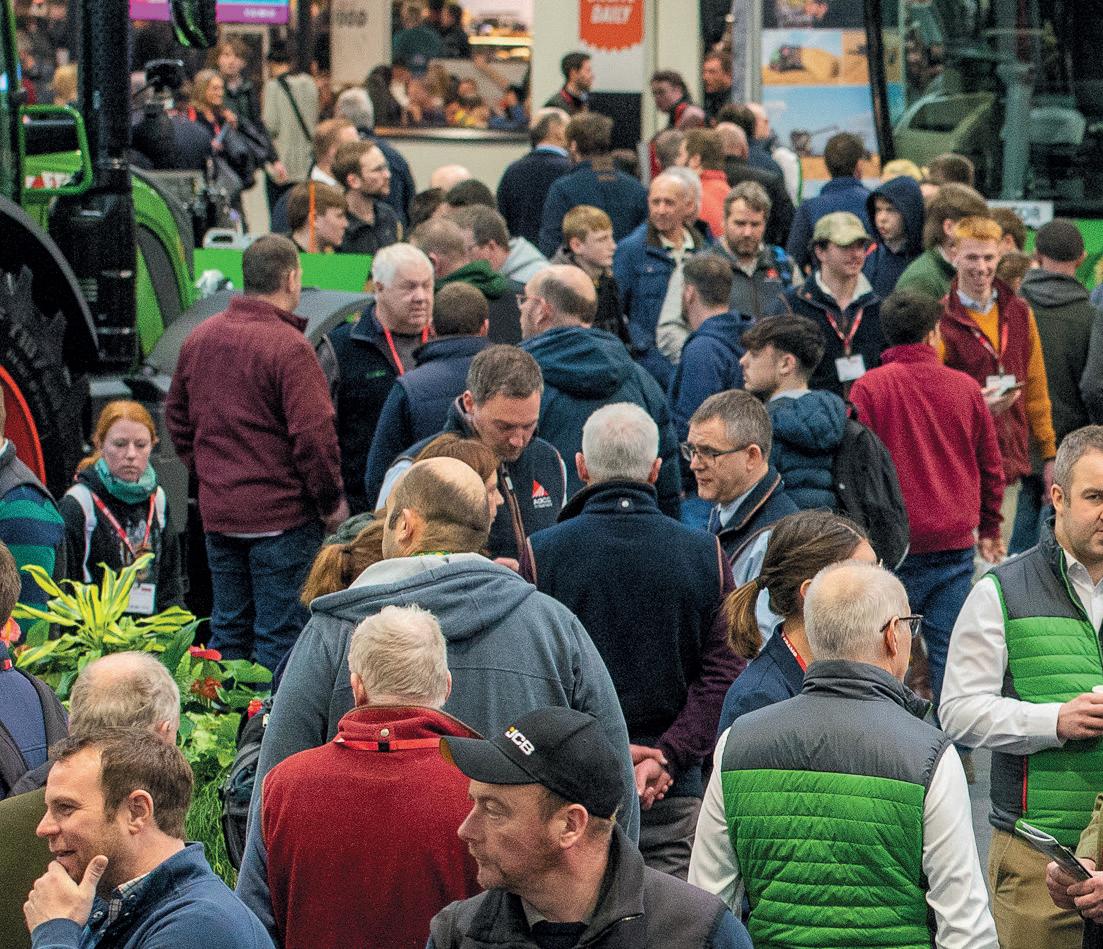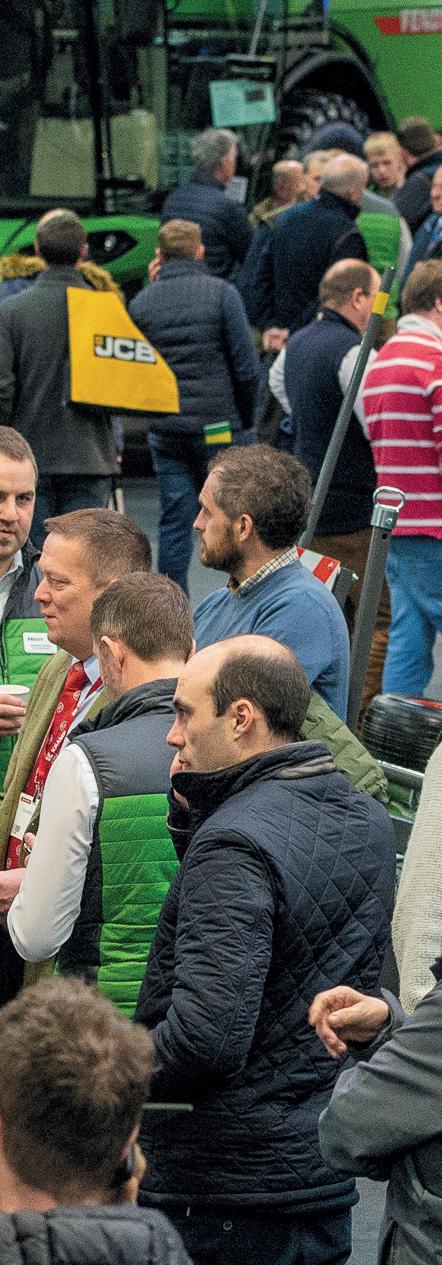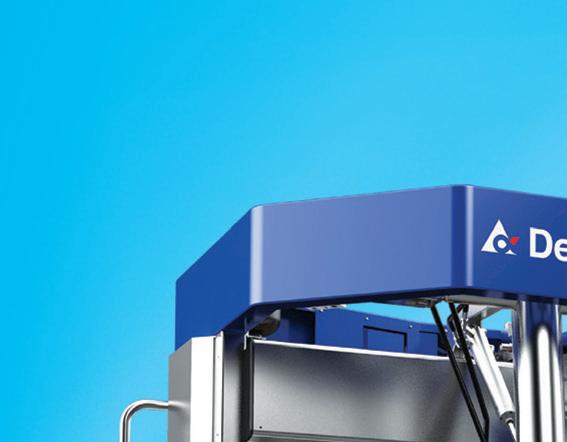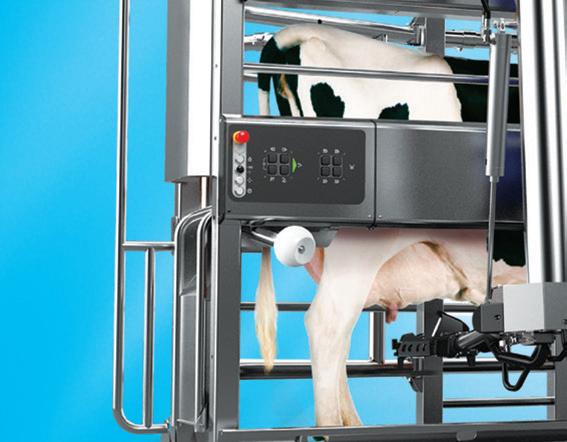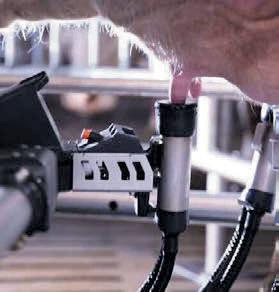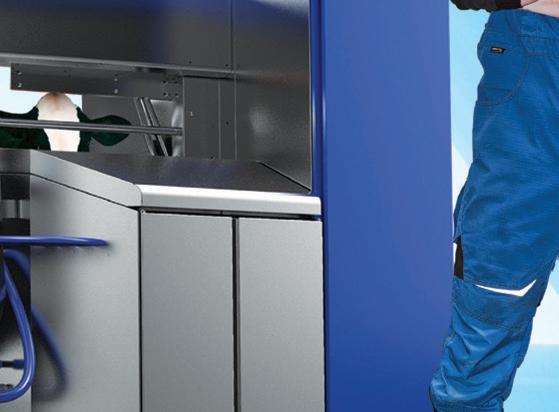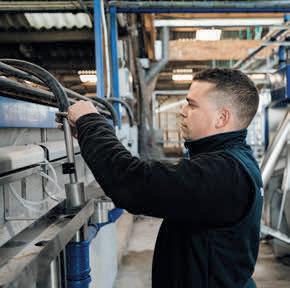
















































































































At NFU Mutual, we understand the unique opportunities and challenges that come with diversifying. Whether you’re exploring new ventures or enhancing your current operations, our local experts are here to provide tailored advice and comprehensive insurance solutions, so you can focus on what matters most.

Scan the QR code or search ‘NFU Mutual Farming Diversification’ to discover the latest trends, expert insights, and inspiring real-life success stories.
Editor Katie Jones 07786 856 439 katie.jones@agriconnect.com
Creative Services
Mike Begley
mike.begley@agriconnect.com
Katie Haydock katie.haydock@agriconnect.com
Picture Editor
Marcello Garbagnoli 07815 003 236 marcello.garbagnoli@agriconnect.com
Sales Gemma Thorpe 01772 799 500 gemma.thorpe@agriconnect.com
Account Manager
Mark Jackson 01322 449 624, mark.jackson@agriconnect.com
Classified Advertisements 01772 799 400 fgclassified@agriconnect.com
Advertising Production
Justine Sumner 01772 799 437 Fax: 01772 796 747 justine.sumner@agriconnect.com
Circulation and subscriptions 0330 333 0056 help@subscribe.farmers-guardian.com
Subscription rates: UK £65 a year Europe: £85 World: £95
ISSN 1475-6994
© Farmers Guardian 2024 All rights reserved. No part of this publication may be reproduced or transmitted in any form or by any means, electronic or mechanical including photocopying, recording, or any information storage or retrieval system without the express prior written consent of the publisher. The contents of Dairy Farmer are subject to reproduction in information storage and retrieval systems.
Dairy Farmer, Unit 4, Fulwood Business Park, Caxton Road, Preston, Lancashire PR2 9NZ
Origination by Farmers Guardian, Unit 4, Fulwood Business Park, Caxton Road, Preston, Lancashire PR2 9NZ. Printed by Warners Midlands, The Maltings, Manor Lane, Bourne, Lincolnshire, PE10 9PH. No responsibility can be accepted by Dairy Farmer for the opinions expressed by contributors.

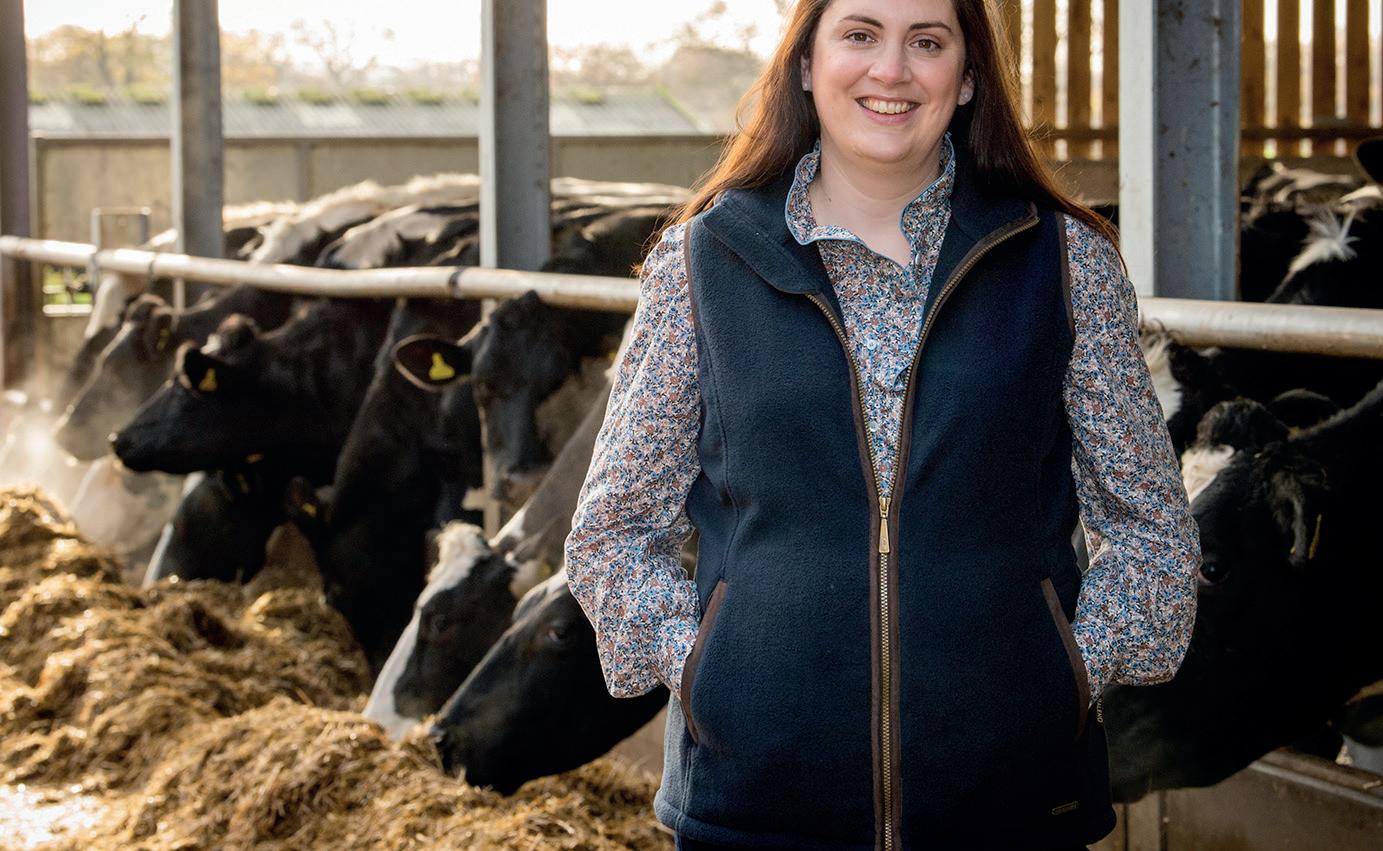
News over recent weeks has been dominated by the fallout from Chancellor Rachel Reeves’ Budget announcement, which has been heralded as one of the biggest changes farming has seen in generations.
Farmers across the country are now looking ahead to a future with a great deal of uncertainty and concern following the announcement that there will be a new Inheritance Tax threshold of £1 million.
So, in this month’s edition, we have spoken to a range of experts to gain their advice on what farmers should be doing now to navigate and mitigate the changes announced in the Budget.
e message continually comes back to the importance of succession planning and gaining as
much advice as possible when it comes to business structures and tax planning.
While this has always been important for our businesses, the changes announced in the Budget make it more important than ever.
Some in the industry have suggested one bene t of the new rules is that those who have not made plans for the next generation will now be compelled to do so.
Elsewhere in this issue, we take a look at technology, in particular that which is found in the parlour, and also consider the best ways to optimise the use of muck and slurry, which is an increasingly valuable product on-farm.
And nally, as this is the last edition of 2024, I would like to wish you and your families a Merry Christmas and a Happy New Year.





Farmers could face Inheritance Tax (IHT) bills that would wipe out their profits every year for 10 years following changes announced in this year’s Budget, an industry body has warned. It comes as Ministers doubled down on their claims the Budget announcements would not affect small farms.


The CLA said its latest modelling counteracted Government claims only ‘wealthy’ landowners would be affected by the swathe of changes which would be applied
to Agricultural Property Relief (APR), IHT and Business Property Relief (BPR).
According to CLA modelling, a typical 80.9-hectare (200-acre) arable farm owned by an individual with an expected annual profit of £27,300 would face an IHT liability of £435,000.
If spread over a period of 10 years, this would require the farm to allocate 159% of its profit each year to cover the tax bill. To meet this payment, successors could be compelled to sell 20% of their land. Similarly, a 101ha (250-acre)
JAlongside the radical shake-up of Agricultural Property Relief as announced in the recent Budget, farmers were also facing a rapid reduction to direct payments over the coming year.
As of 2024, the Basic Payment Scheme was replaced by a system of delinked payments, with funding due to reduce gradually for qualifying landowners until 2027.
Although the phased reduction in the payments had been announced to include 2024, Chancellor Rachel Reeves revealed on November 5 that as of 2025, delinked payments
to farmers would be cut by 76% compared with the 2020 base level, taking a previous £30,000 payment to just £7,200, with no payments above that level.
Ed Barker, head of policy at Agricultural Industries Confederation, said: “Businesses are already starting to work out what this means for the cashflow. [The cut] is clearly going to impact purchases on inputs for the year ahead. We have already had concerned phone calls from farmers on how they are going to manage that and how they will be able to address that for the year ahead.”
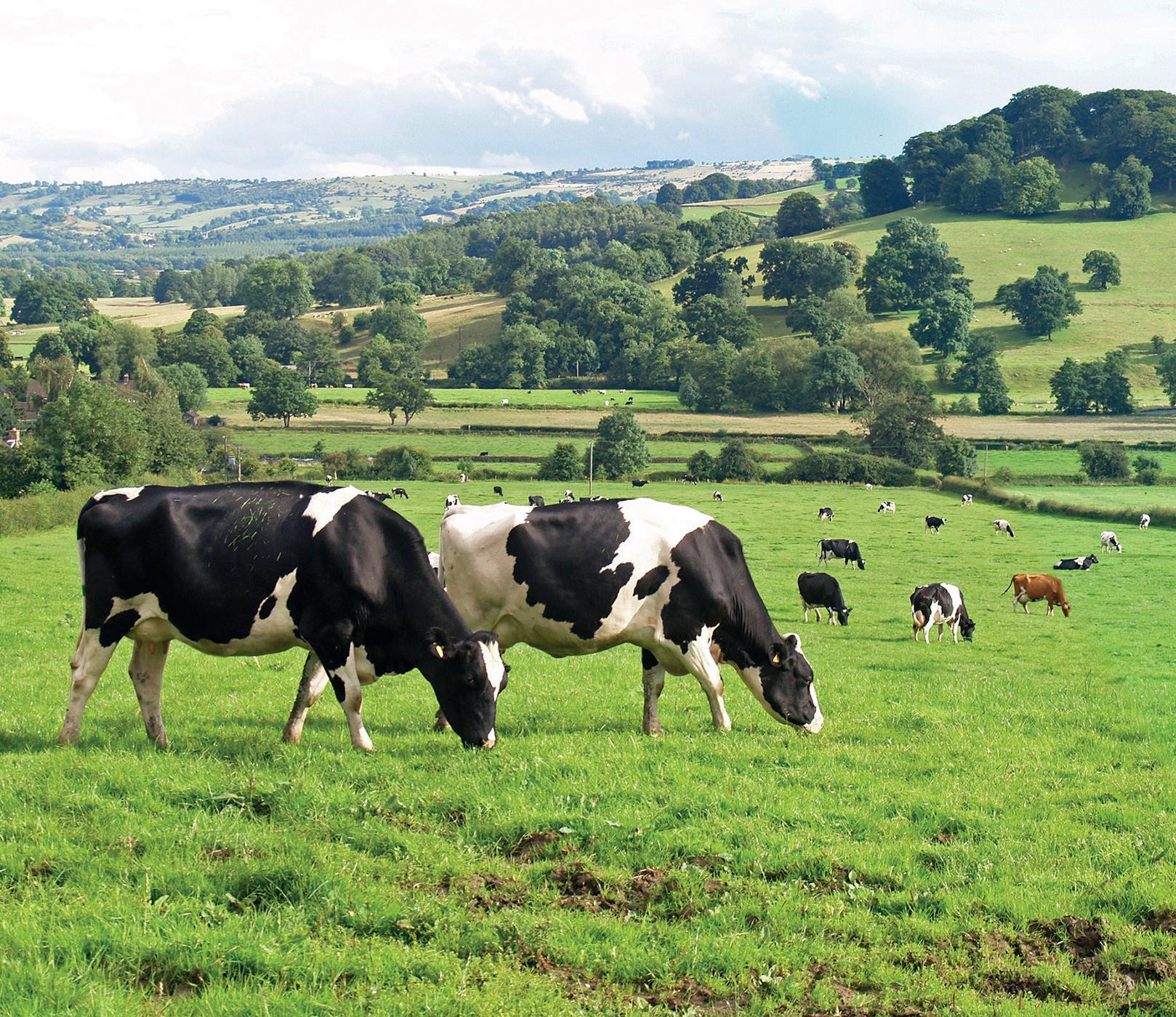
arable farm owned between a couple (in the way the Chancellor expected to be possible) with an expected annual pro t of £34,130 would face an IHT liability of £267,000, amounting to 78% of its pro t each year over a decade.
e research debunked gures released by Chancellor Rachel Reeves which said three-quarters of farms would be una ected once combined allowances were taken into account.
Judicaelle Hammond, director of policy and advice at the CLA,
said the introduction of the taxes showed a ‘lack of understanding by Ministers’ regarding farming’s long-term future.
“ e model outcomes are unsustainable and will not promote growth,” she said.
“ is is before we have factored in BPR, Capital Gains Tax, higher employer National Insurance contributions and minimum wage rises.”
A spokesperson for Defra said the

Research from the CLA counteracted Government claims that only ‘wealthy’ landowners would be affected by tax changes.
Government had made a ‘di cult decision’ in the face of ‘crumbling’ public services and a ‘£22 billion scal hole inherited from the previous Government’.
“About 500 claims each year will be impacted and farm-owning couples can pass on up to £3 million without paying any Inheritance Tax – this is a fair and balanced approach,” the spokesperson said.
rFor more on the Autumn Budget, see pages 72-74.
JFarmers attended two mass lobby events in London on November 19 to demonstrate their strength of feeling towards the Chancellor’s changes to Inheritance Tax.
The NFU event was held at Church House, Westminster, with 1,800 members registered to attend, and warnings that this was ‘just the start of the fight’.
Farmer and grower members were asked to get in front of their MP, to ‘look them in the eyes and tell them from the heart how the changes to Agricultural Property Relief will affect farming and growing businesses’.
The NFU stressed it was important Ministers understood the industry would ‘not get tired’ and farmers would ‘not go away’ until the changes were ‘overturned’.
Another ‘complimentary’ event was organised by a group of farmers, held on the same day at Richmond Terrace, Whitehall. The organisers asked those attending to bring British produce to make a mass food bank donation.

Plans to introduce new rules rede ning doublecab and king-cab pickups as cars bring an end to an era and remove the once grey area of vehicle class and taxation. Historically, HMRC’s interpretation of law de ned any vehicle with a one-tonne payload or above as a commercial vehicle with the associated VAT entitlements.
HMRC has announced this will change from April 1, and doublecab and king-cab vehicles purchased from this date will be de ned as cars. is could have serious implications for farm businesses that traditionally purchased a double-cab pickup for tax relief against a businesses’ trading pro ts, alongside its farm-focused practicalities.
A grace period will allow any company buying a double-cab or
HMRC has announced that from April 1, doublecab and king-cab pickups will be defined as cars.


king-cab in the interim until April to access the same bene t-in-kind tax rules that currently apply.
JFarming Minister Daniel Zeichner has con rmed the Government will appoint the rst Tenant Farming Commissioner for England as part of its support for a ‘thriving tenant farming sector’.
e Commissioner’s role will be to improve collaboration between tenant farmers, landowners and their advisers; help ensure fairness in the sector by investigating and facilitating solutions to complaints; and play an important leadership and advocacy role for the sector.
e role will promote the standards outlined in the Agricultural
Landlord and Tenant Code of Practice and will work alongside Defra and the Farm Tenancy Forum to ensure a fair, balanced and collaborative relationship between tenant and landowner.
Tenant Farmers Association (TFA) chief executive George Dunn said the appointment would give the Code of Conduct ‘additional and much-needed teeth’.
He said: “With a TFA survey concluding that 30% of tenants felt bullied or harassed by their landlords and 37% by their landlords’ agents, clearly there is some very important work to do south of the border.”
Vehicles must be ordered before April 1, 2025, to retain the commercial entitlement, but in order
to qualify for plant and machinery capital allowances, the unit must be delivered before October 1, 2025.
J e UK’s Competition and Markets Authority (CMA) has approved Arla Foods Ingredients’ acquisition of Volac’s Whey Nutrition business.
It comes a er the two companies signed an acquisition agreement on April 18, 2024.
Luis Cubel, group vice-president and managing director of Arla Foods Ingredients, said he welcomed the decision at a time when demand for high-quality whey ingredients was ‘growing’.
He said: “It means we are a step closer to a signi cant acquisition that would consolidate our position as a leader in the whey nutrition space. We will now move forward
with the formal process necessary to make Volac’s Whey Nutrition business part of Arla Foods Ingredients.
“Once that is complete, we will be able to comment further on the many advantages of bringing together these two major manufacturers of whey ingredients – not just for both companies, but also for our customers and the industry as a whole.”
James Neville, joint owner of Volac, said they had always been con dent that Arla Foods Ingredients had the ‘necessary expertise and values to take its Whey Nutrition business to the next level’.









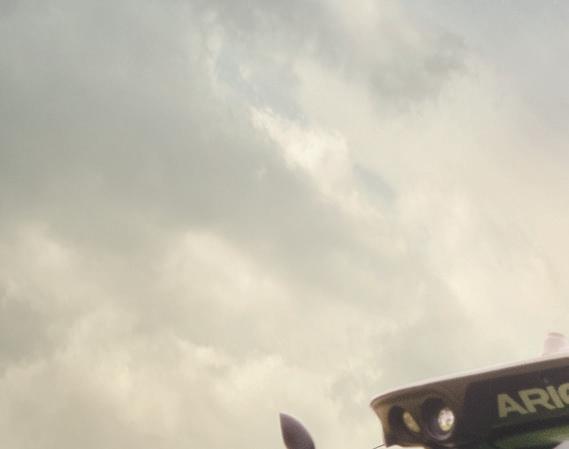

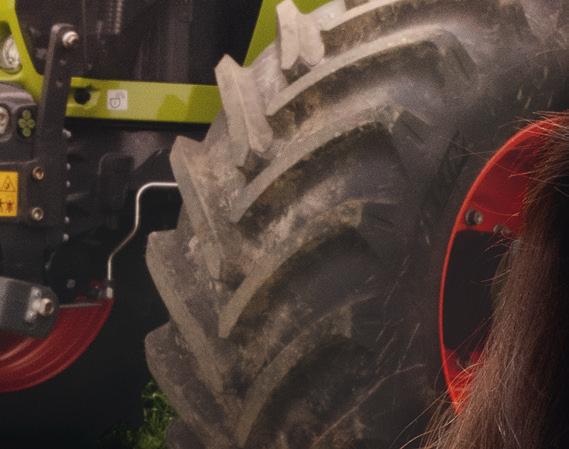
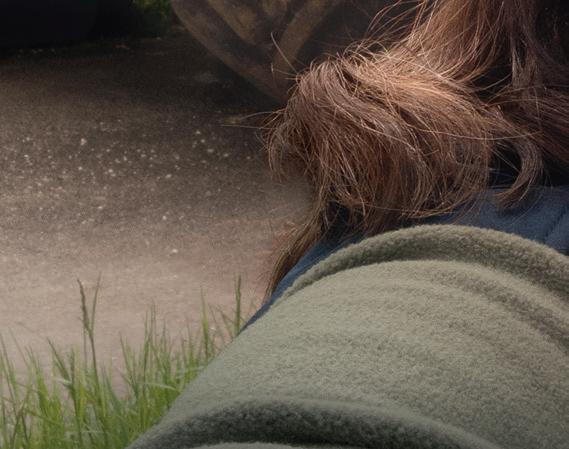

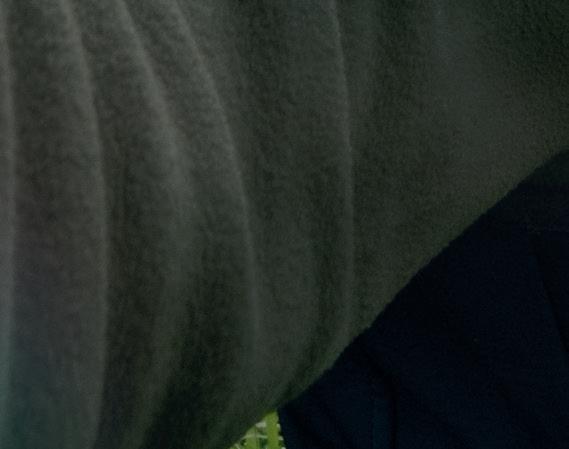
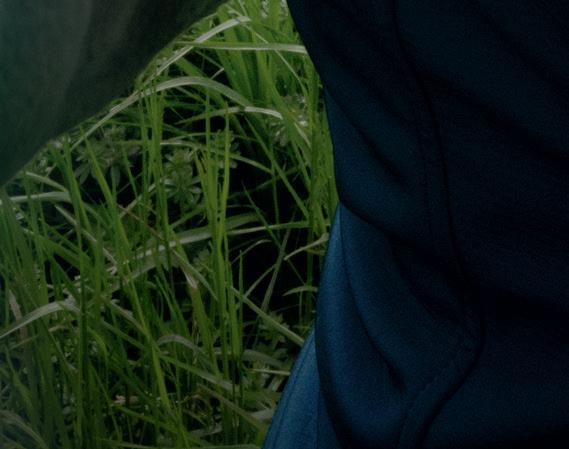

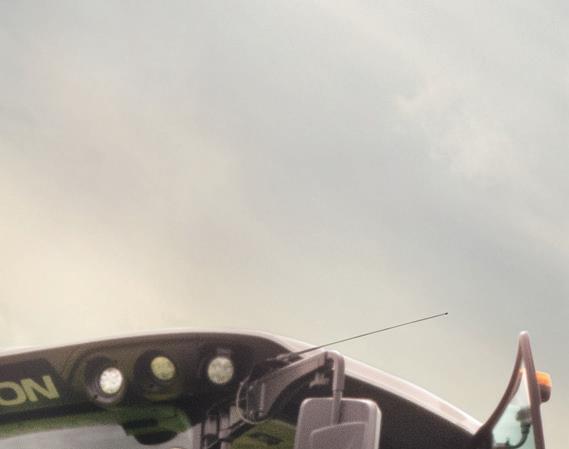



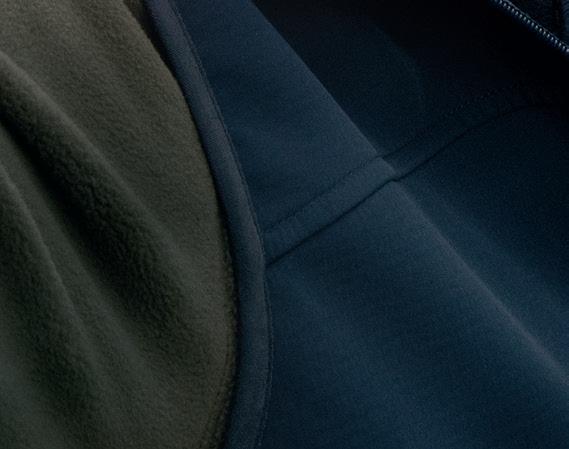





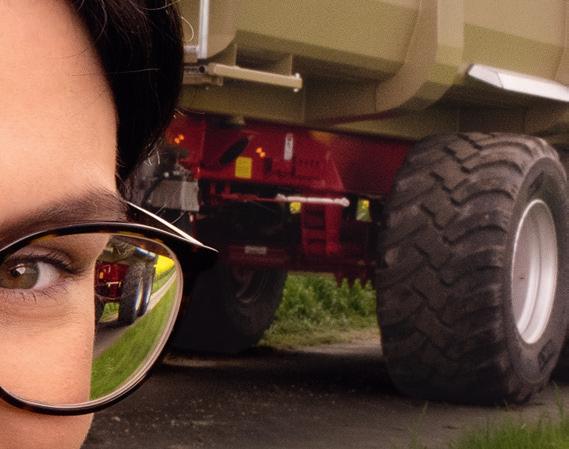
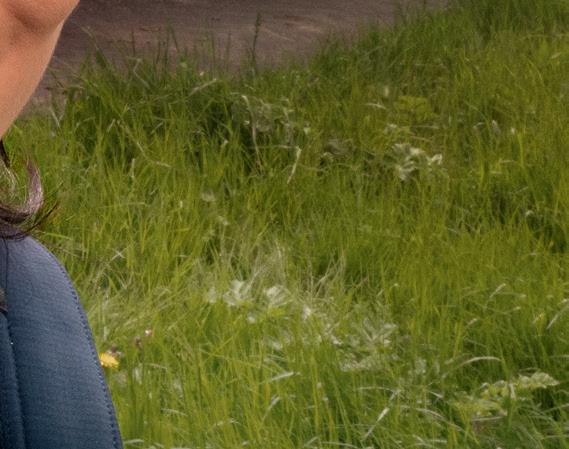
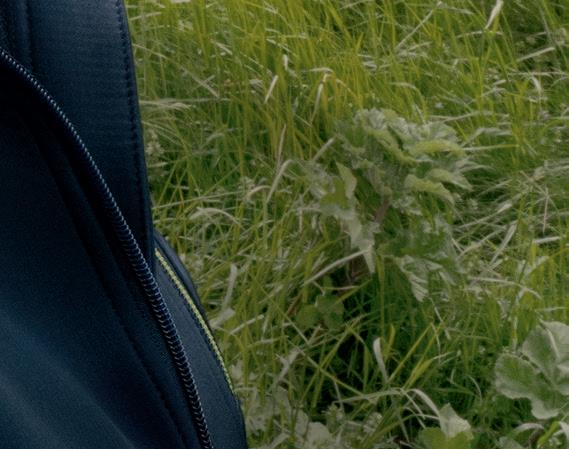






Dan and his family own and run the 300-hectare (741-acre) Cockhaise Farm, near Haywards Heath, West Sussex. The farm is home to an organic autumn-calving herd of 240 Holstein and Friesian crosses. He also contract farms another organic autumn-calving herd of 220 cows at Bore Place, near Edenbridge, Kent.
“ I
Another year, another calving block comes to an end, filled with a few surprises and challenges, but mainly positive memories.
At home we followed the usual course of the first 85% running without a hitch and then the last 15% dragging on, with the odd issue thrown in.
This year I had a real challenge with the Octoberborn calves, some of which had rotavirus, something I have rarely seen and so was unprepared for, leading to a handful of losses.
As with all tough lessons, we must learn and be more prepared next year, with better pen hygiene and possibly vaccinating later calving cows.
In Kent, Ryan and the students did an amazing job to have zero cow or calf losses through the whole period.
Earlier in the year I had been worried about how a team with such little experience would get on, but they have proved themselves to be hard-working, diligent and, above all, deeply passionate for looking after cows and calves.
The extreme wet weather meant cows were fully housed by October 14, two weeks earlier than planned, as field conditions just wouldn’t allow us to stay out any longer.
I used to farm by certain dates in mind for turnout and housing, but am now having to be much more flexible in how we approach both, with extreme weather now becoming the norm.
With some dry and warm weather over the last 10 days, the grass looks unbelievably good, with a healthy closing cover of 2,500kg of dry matter/hectare, ready for grazing hopefully in the New Year.
Earlier this year I wrote about the measures we were going to take to reduce levels of slurry in the lagoons. With a grant from South East Water we have upgraded all gutters on the farm, with them all now flowing away from lagoons.
Unfortunately, we weren’t able to put the floating cover on due to the constant wet weather. I am hoping that the upcoming inspection from the Environment Agency is understanding of our intent as it assesses whether or not we are working hard enough to ensure compliance.
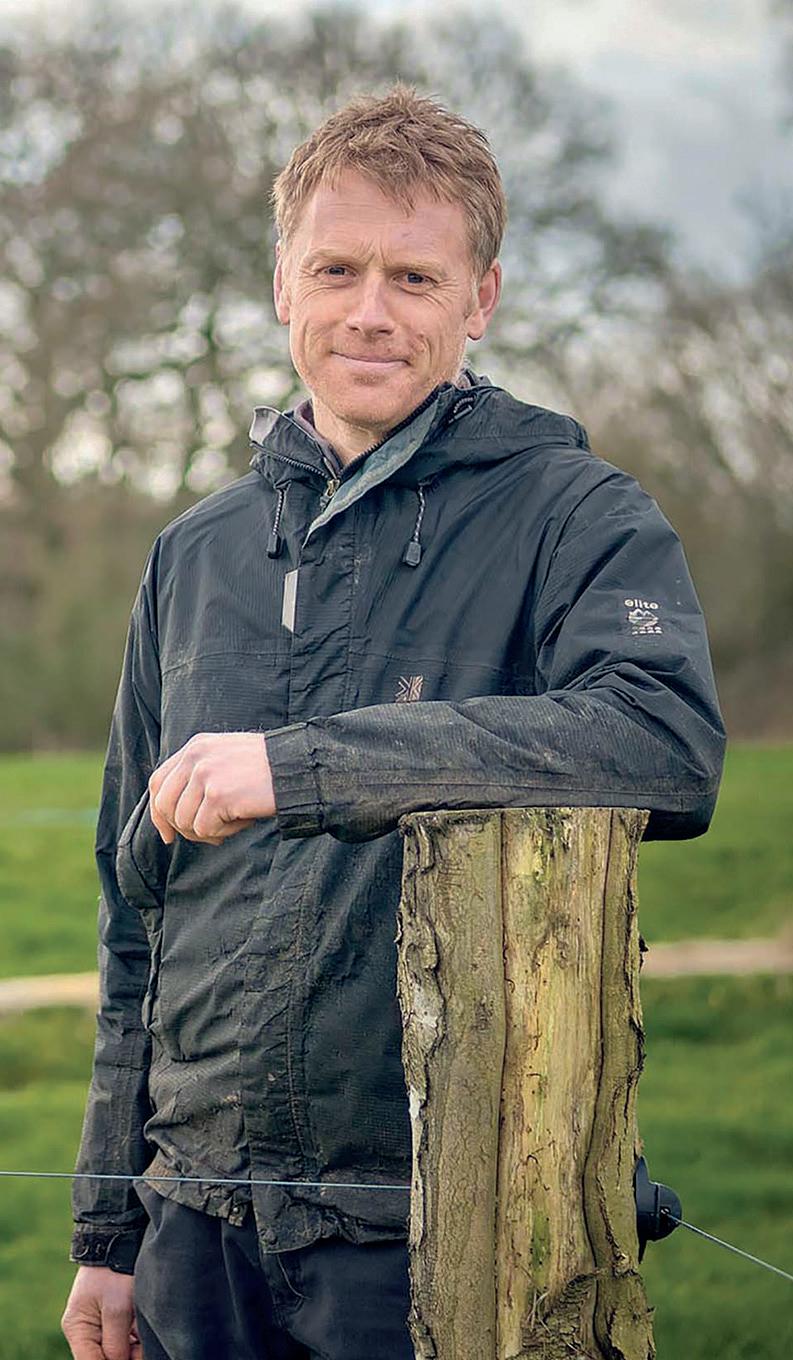
Recently our discussion group had our first Comparable Farm Profit meeting since pre-Covid-19 days. As a result of the lack of meetings, I feel we have become a bit stagnant in our approach to the business, with little to challenge what we do and how we do it.
In my first 15 years of farming I was lucky enough to travel and see many other farms across the country and could never understand why some other farmers would rarely attend meetings or take part in discussion groups, as this is where I found my inspiration to constantly improve what we do.
Over the last two years I have become that farmer, as margins have tightened and my time has become more limited I have simply stopped learning from others. This has left me feeling a little stale, with my love for the job waning as a result.
Hopefully the resurrection of the discussion group will be the spur to get back out on the road again.
Becky Fenton and husband Paul milk 200 pedigree Holsteins under the Springlebee prefix at Centenary Farm, a Cheshire county council farm. In 2021, they bought a farm in Staffordshire and they plan to farm there once the new dairy set-up has been built.
“ While the discussions were valuable, I didn’t hear much which was truly groundbreaking
As I write this at the beginning of November, we are currently in the midst of doing our maize in Cheshire. Last week we did our maize in Staffordshire and have been getting it off with no trouble.
Unlike last year, we’ve managed to get the cover crop in, using last year’s grass seed. We will welcome this crop come spring, especially after a disappointing fourth cut silage, which didn’t yield as well as expected. We’ve also reseeded 92 acres, all on the Sustainable Farming Incentive improved grassland action.
October saw us move to a new milk buyer. It wasn’t a choice we made lightly, but it’s already proving worthwhile. With our previous milk buyer, we saw a lot of variation in daily samples, but with the new one our samples are consistent.
I’d be intrigued to know how much independent quality control takes place on the dairies themselves. The finger is always quick to point at the producer.
Our new contract is within the cheese sector; we look forward to dealing with them henceforth. The new contract comes with the bonus of cheese discounts.
I recently found myself at a round table event hosted by Tesco’s Sustainable Farming Group, where farmers came together to discuss some of the big issues facing UK agriculture.
We talked a lot about how to make the most of low carbon opportunities, sustainable approaches and the challenges ahead.
While the discussions were valuable, I didn’t hear much which was truly groundbreaking. Soil health remains at the forefront; it’s where most carbon is stored, even on farms with woodland.
Take care of your soil and it will take care of you. Alongside the usual advice of reducing calving age, reducing the age of slaughter, increasing crop yields and educating the consumer (more difficult).
We’re making good progress with the new calf shed, which is nearly finished. We’ve chosen Holm and Laue automatic feeders after a lot of research. They’re not the cheapest option, but they come highly recommended. We have secured funding through the Farming Equipment and Technology Fund grant, which is a huge help.
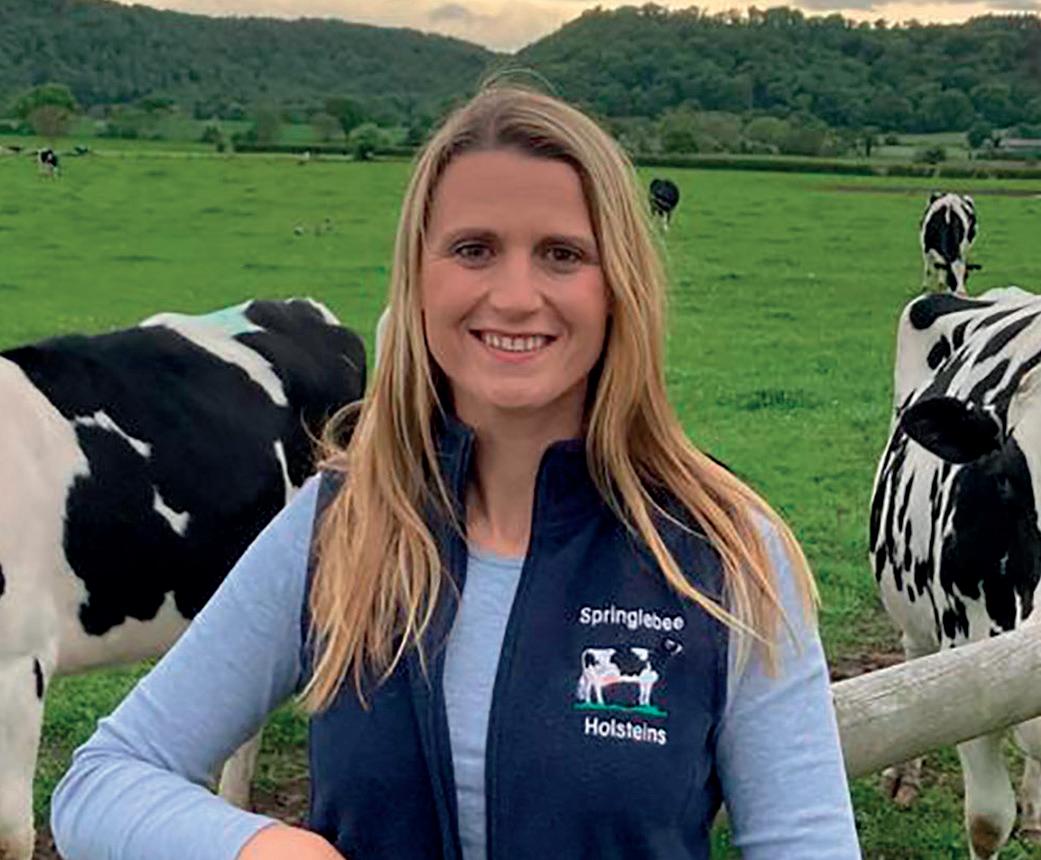
The shed is 200ft long and after pricing up gates we have decided to make those ourselves to save a couple of thousand pounds.
When it comes to the recent Budget announcement, I don’t know much yet, but I’m hopeful that professionals can identify ways to support farmers through challenges in the future.
I believe we need to communicate better as an industry, sharing knowledge and supporting each other. Farming isn’t a competition.
I had the privilege of attending the British Farming Awards in October. It was a real honour to be part of the event and I’d like to congratulate everyone involved, nominated, shortlisted or winners. Our industry has so much to be proud of. I might have had a bit too much wine though and ended up losing my shoes.
We are lucky to have the best team on the farm and I try to keep them well hydrated and well fed. During one milking I took a brew out to one of them and he told me of his eventful morning. He’d had piles a few weeks earlier; in his sleepy haze he grabbed the wrong tube to brush his teeth. Had me in stitches.
Finally, I recently turned 40, and I was feeling a bit down about it. Talking to our vet I said: “What have I got to be happy about?” He simply replied: “You’re alive.”
A moment of reflection made me appreciate the simple things: I’m healthy, happy and lucky to be doing what I love, surrounded by great people.
Pedigree Dairy Shorthorns are milked alongside commercial Holsteins on Jonny Wyatt’s Norfolk unit, with the two breeds bringing different attributes to the table. Wendy Short reports.
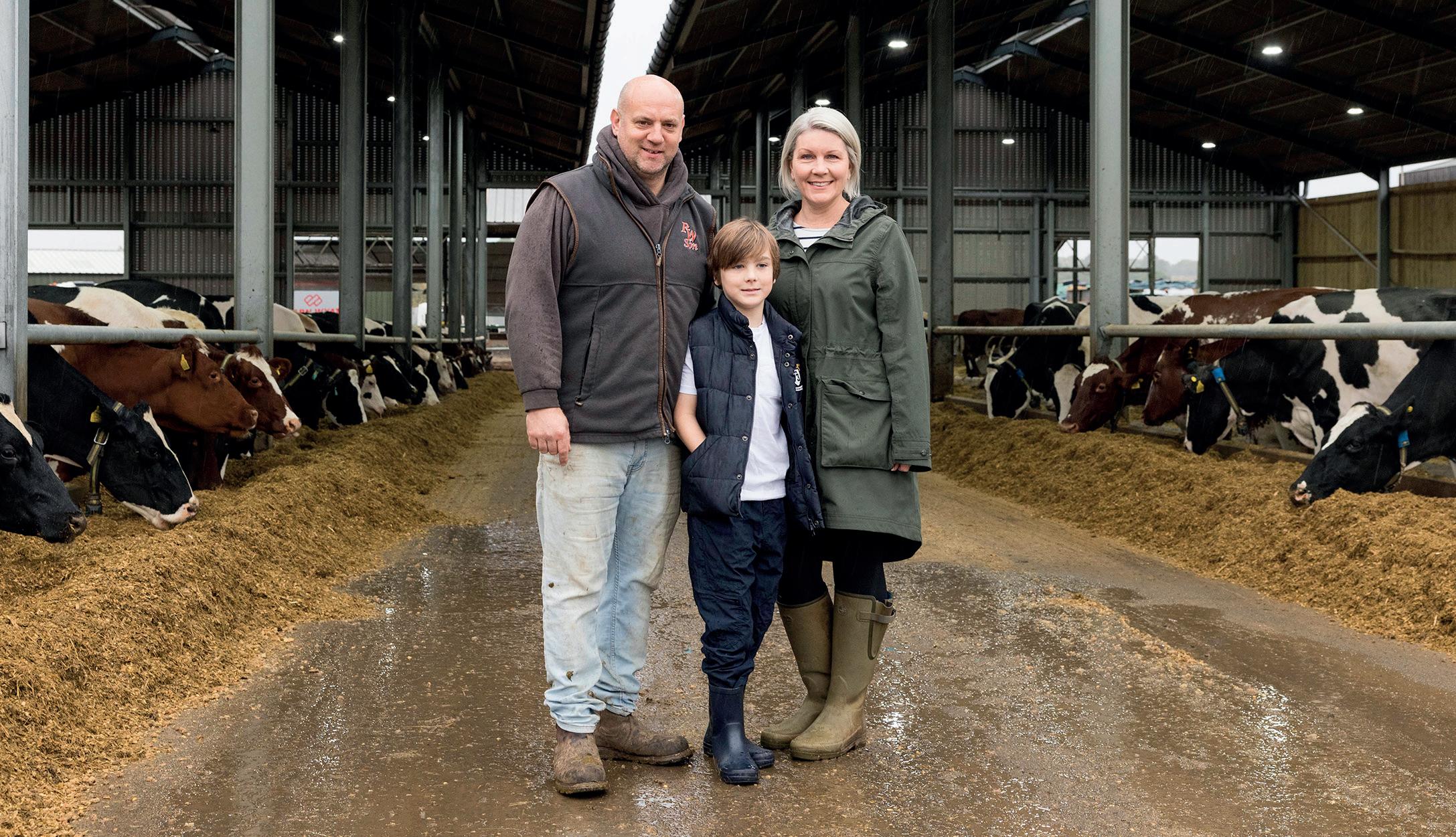




The ‘Twells’ herd of Dairy Shorthorns at Grange Farm, near Norwich, dates back to the 1930s, with Holsteins introduced in 2010, says Jonny Wya , who farms in partnership with his wife Emma and his mother Anne.
Milked twice a day, the 260-cow herd, split 50:50 between the two breeds, has a 305-day average yield of 9,240kg at 4.3% bu erfat and 3.3% protein.
Milk is sold to Arla on a CARE contract, which o ers bonuses for high health and welfare standards.
Performance
Jonny says: “ e Holsteins produce about 25% more milk compared with the Shorthorns on average. However, one of our Shorthorn cows gave 13,093kg over a 305-day lactation period, for example.
“ ere is a general perception that Shorthorns have relatively low yield potential, but with the right genetics and correct management
they can match the performance of other top dairy breeds.
“ e Shorthorns are slightly more resilient, producing an additional one calf per lifetime on average. Some will have as many as 10 calves and this has a positive impact on overall herd pro tability.
“ e breed also li s the bu erfat percentage in the tank and their beef cross calves have a slightly higher value than the Holstein crosses. e Shorthorn is a robust breed, easy to manage and a very good converter of grass.”
Calving is mainly in autumn, says Jonny. He says: “All the heifers are au-
tumn-calving, but a small percentage of the cows calve all year round because it spreads labour demand and takes the pressure o the youngstock facilities.
“ e primary focus is on winter milk production because of the frequent risk of summer droughts which depress grass yields. e soil on most elds has a high sand content and the area has a low annual rainfall compared with other parts of the country.
“ erefore, we cannot a ord to rely on grazed grass for milk production and it is used primarily for the dry cows. e main calving period starts in September and
nishes in January, and the grazing season usually runs from April until September.”
While the Shorthorn bulls used via arti cial insemination (AI) are registered, the bloodlines of some of the home-bred sires also contain some Holstein genetics.
Pedigree females are shown on occasion, and one of the top achievements was when Twells Susie 69 won the breed championship at the 2019 Dairy Event.
Jonny says: “Predominantly, sexed semen is used on the Holsteins, while the Shorthorns receive a mixture of sexed semen from our own bulls and conventional semen.
“ ere are no females by sexed semen in the milking herd at present, although there will be some coming through soon.
“ e Holsteins are genomically tested, but it is not an option for the Shorthorn due to low breed numbers. e lower end will be given beef breed semen via DIY AI.”
Twells bloodlines have been exported worldwide.
“One of our home-bred Shorthorn bulls, Twells Tornado, has performed particularly well in the herd and his straws have proved popular with other breeders. He is by Cotonhall Ambrose and out of our show cow, Susie,” says Jonny.
“ e two breeds are not usually crossed, because there is enough high-quality Shorthorn semen available on the market to allow us to carry on making genetic progress in the pedigree herd.
“ e type of Shorthorn we like to breed has plenty of width
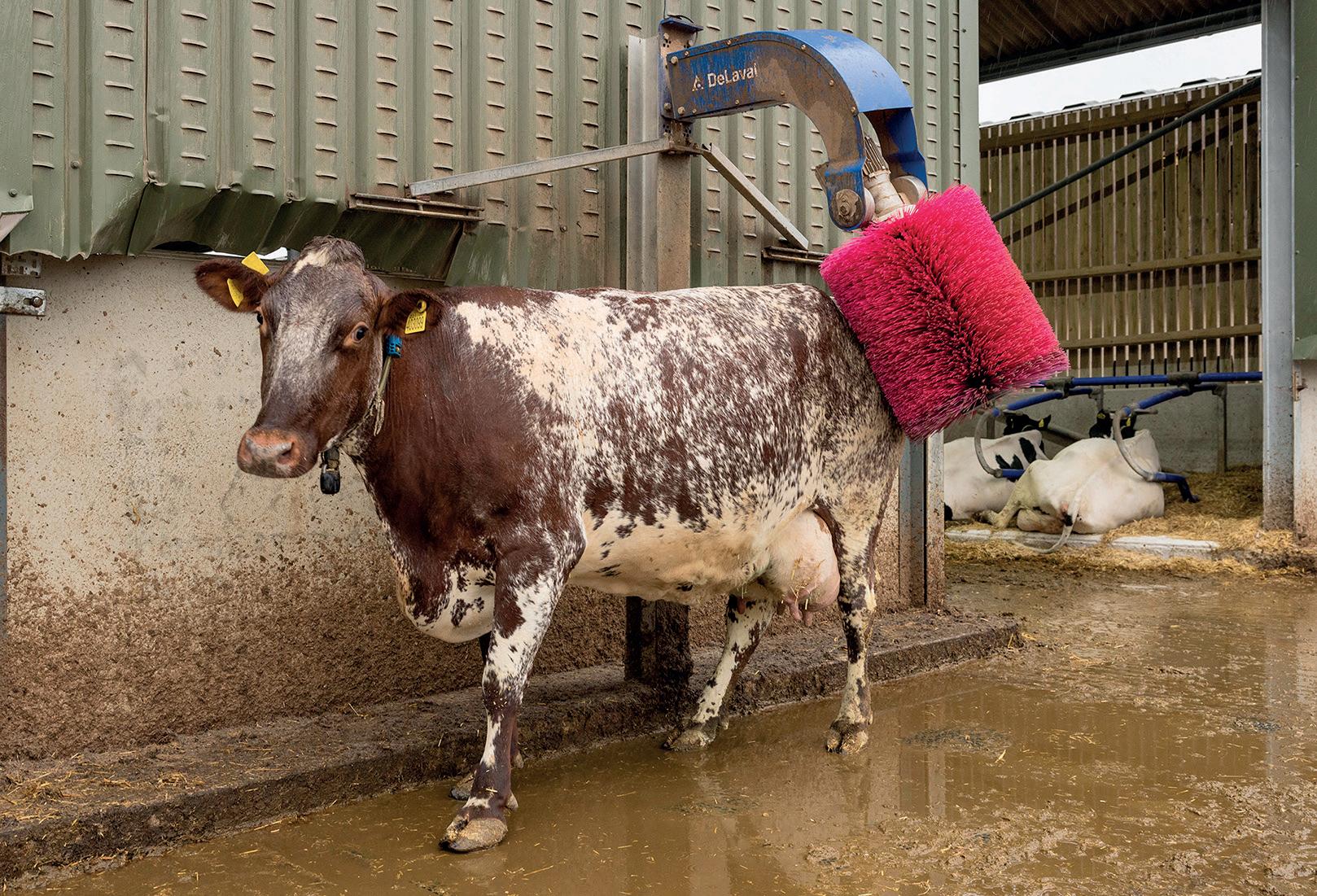

A further 101ha (250 acres) of and strength in its conformation. Despite being shorter in stature than the Holstein, it tends to be a fairly heavy animal, weighing about 600-700kg.”
e family farm spans 303 hectares (750 acres), which is used to grow irrigated vegetables and sugar beet as well as grass.
rented land grows grass and maize, some of which is added to slurry and sugar beet pulp to power the on-site anaerobic digester plant. Two new cubicle sheds

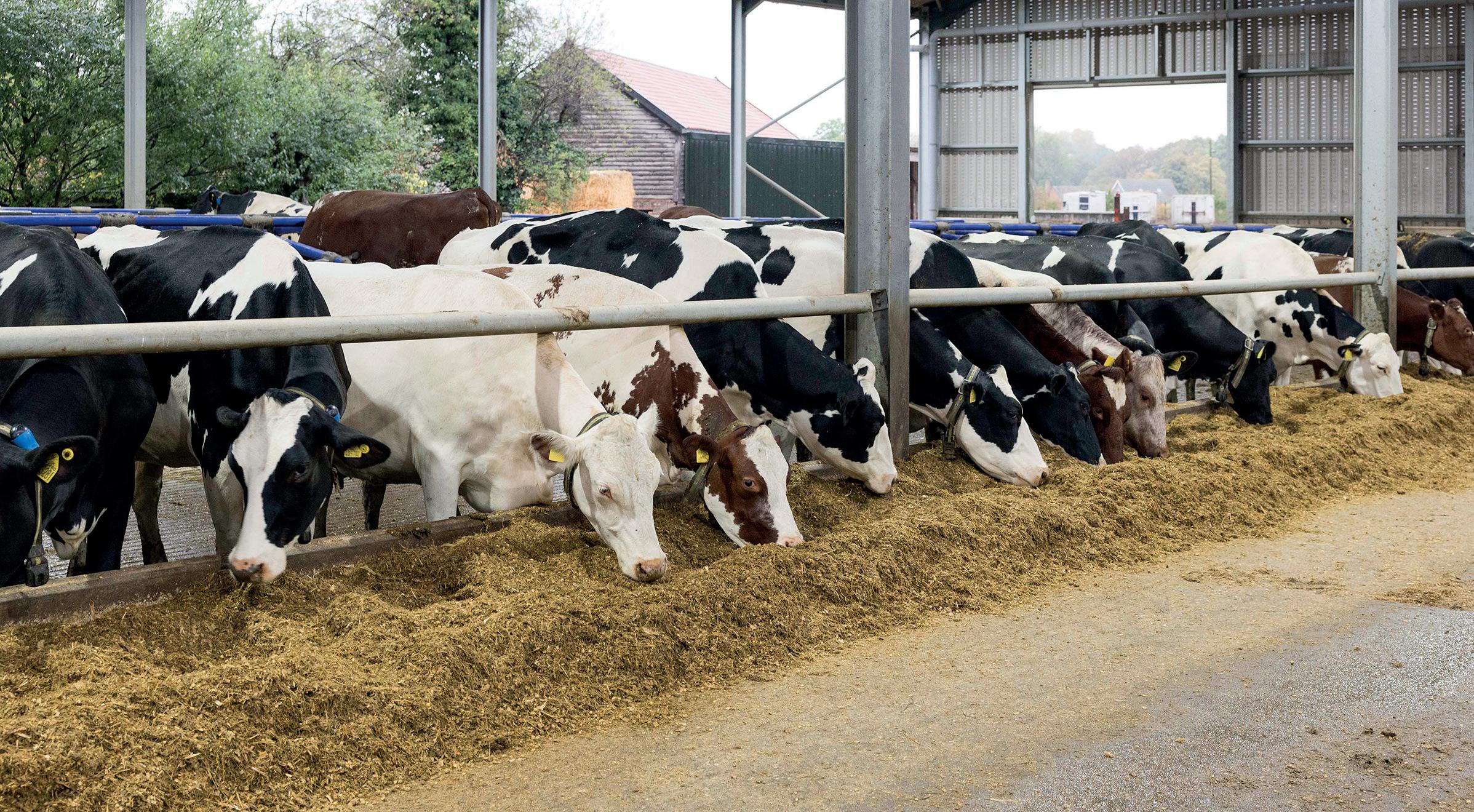
were built in 2023 to replace the loose housing.
“It has halved the incidence of mastitis from 37 cases per 100 on straw to 18 cases, and numbers are still falling,” says Jonny, who is assisted by herd manager Andrew Smith.
Jonny says: “Having two sheds is convenient, as it allows the herd to be split into high and low-yielding groups.
“ e dairy unit now has a workable infrastructure, and the most recent development is an automated feed pusher, which has li ed
feed intakes by 10%, with a yield increase of 1.5 litres/cow in the rst few months. e next project under consideration is a new calf unit, to replace the old building.”
e business is working towards a number of environmental goals as part of the milk contract requirements and to bolster business sustainability, while cow welfare is also high on the agenda.
“ e generation of our own electricity improves the farm’s credentials,” says Jonny.
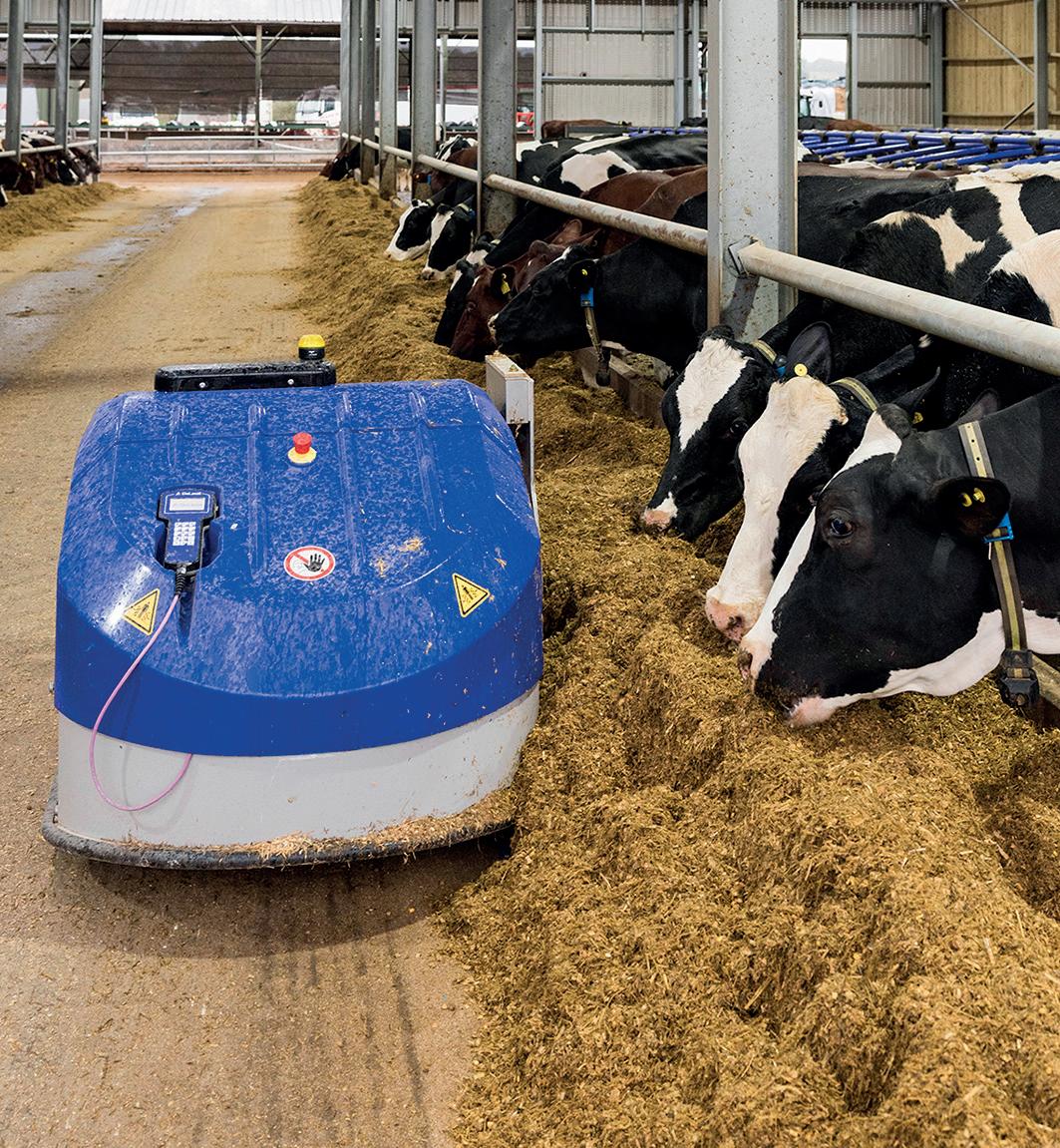

“Some 75% of the parlour chemical usage has been replaced with a biocide product which is just as e ective, and a goal has been set to plant 1,000 trees in 1,000 days.
“ e most recent carbon audit showed a gure of 1.19 kg of CO2e per kg of fat and protein corrected milk. We are always striving towards improvement.
“ e building is ed with brushes and the cubicles were picked with regard for cow comfort, with top-quality ma resses topped with chopped straw. Rubber ma ing has been laid wherever the cows stand for any length of time, including the feed passages and the concrete around the water troughs.”
e cows are vaccinated against IBR and leptospirosis and given a mastitis vaccine, he adds.
e farm is in a high-risk area for the BTV-3 bluetongue virus and the herd is on the waiting list to receive the latest vaccine.
e dairy business looks very di erent today, compared with a decade ago, he comments.
“In 2010, it became clear that a decision would have to be made about whether or not to stay in dairying. Running 100-120 cows was becoming unviable, the eightpoint rotary parlour was in dire need of replacement and the loose housing was 50 years old.
“We decided to carry on, partly because of our commitment to the pedigree Dairy Shorthorns

rThe business, which trades as Pearn Wyatt and Son, also runs a fleet of haulage wagons (Pearn Wyatt Transport), specialising in agricultural produce
rThe winter diet comprises maize and grass silage at a 60:40 ratio, plus a protein blend, soya hulls, brewers’ grains and minerals
rThe same ration is also used to buffer grazing shortfalls and is offered at the feed fence for a couple of hours after each milking
and a new 18:36 swingover parlour was installed in 2012. e AD plant was built in 2014 and it has been a bonus, supplying all the farm’s electricity and producing an income from sales to the National Grid.
“ e digestate is spread either by tanker or through an umbilical system. It has cut the purchased fertiliser bill by about 35% and it also acts as a soil conditioner. Yet another bene t is that it utilises some of the slurry, so storage and spreading times are no longer an issue.
“Probably our biggest concern is continuing to nd the right sta . ere are too few young people coming into the industry and it is a concern for the future,” says Jonny.
CRYPTOSPORIDIOSIS


COCCIDIOSIS
ROTAVIRUS, CORONAVIRUS, E. COLI


SALMONELLOSIS



In the event of a Cryptosporidium parvum outbreak Halocur® can help. Contact us to find out how we can help protect the long-term productivity of your herd or visit www.msd-animal-health-hub.co.uk
Reference: 1. APHA 2012-2019 Neonatal, Prewean, Postwean calf groups. https://www.gov.uk/government/statistics/veterinary-investigation-diagnosis-analysis-vida-report-2012 Bovilis Cryptium® contains inactivated Cryptosporidium parvum Gp40. POM-V. Bovilis® Rotavec® Corona contains inactivated rotavirus, coronavirus and E. coli strain CN7985, serotype O101:K99:F41. POM-VPS. Vecoxan® contains 2.5mg/ml diclazuril. POM-VPS. Bovilis® Bovivac® S contains inactivated cells of Salmonella dublin, strain S342/70 and Salmonella typhimurium, strain S341/70. POM-V Halocur® contains 0.5mg/ml halofuginone lactate in an aqueous excipient. POM-V Further information is available from the respective SPC, datasheet or package leaflets. MSD Animal Health UK Limited. Registered office Walton Manor, Walton, Milton Keynes MK7 7AJ, UK. Registered in England & Wales no. 946942. Advice should be sought from the medicine prescriber. Prescription decisions are for the person issuing the prescription alone. Use Medicines Responsibly. Copyright © 2024 Merck & Co., Inc., Rahway, NJ, USA and its affiliates. All rights reserved. UK-VCN-240900001
‘I think there will be a
Philip Kirkpatrick is a director at Old Mill, one of the leading specialist farm accountants, which employs more than 300 staff at offices in Yeovil, Wells, Exeter and Chippenham, and look after over 1,200 farmers.
Farmers and rural businesses are rightly up in arms following the Budget, in which valuable Inheritance Tax (IHT) reliefs for agricultural and business assets were decimated. But there are practical steps which people can take to try and mitigate the effect of the changes.
There is no getting away from the fact that these are huge changes, which are going to cause a lot of heartache.
The important thing is not to panic. Take stock, ensure your accountant has a thorough understanding of asset values and ownership, and make a plan.
The headline change is that agricultural and businesses assets will only qualify for 100% relief up to a cap of £1 million per person (over and above the nil-rate band, which is tax-free up to £325,000 per person, or up to £500,000 where eligible for the residence nil-rate band as well).

Above the £1m cap, relief on eligible assets will apply at a rate of 50%, meaning effectively IHT will be levied at 20%.
So, for an individual owning a farm worth £3m, attracting a nil-rate band of £325,000, the first £325,000 is tax-free, the next £1m qualifies for Agricultural Property Relief (APR) or Business Property Relief (BPR) at 100%, so remains tax-free. The remaining £1.675m incurs a tax bill of £335,000.
It is important to remember that the £1m eligible for APR/BPR is not just land – it is all the working assets, including livestock and machinery. So that can very quickly be taken up. However, the cost of any loans or mortgages secured against the property could be deductible.
The changes only take effect for deaths after April 5, 2026, so any inheritance triggered by death before that date will be subject to the existing, unlimited APR/BPR rules. However, even then, check the reliefs available; do not take them for granted.
Those whose estates will be subject to large tax bills on death will have to decide what to do about it; either spread the ownership of assets among family members to maximise the reliefs available, sell land to fund the tax bill, or borrow money to pay the tax bill.
Borrowing money to service that debt will put a considerable strain on a farm business. I think there will be a lot more land coming to the market. The most sensible option to mitigate tax bills is to spread assets around the family. The £1m APR/BPR allowance does not pass automatically to a spouse, so the first thing is to ensure that both spouses are making the most of their allowances.
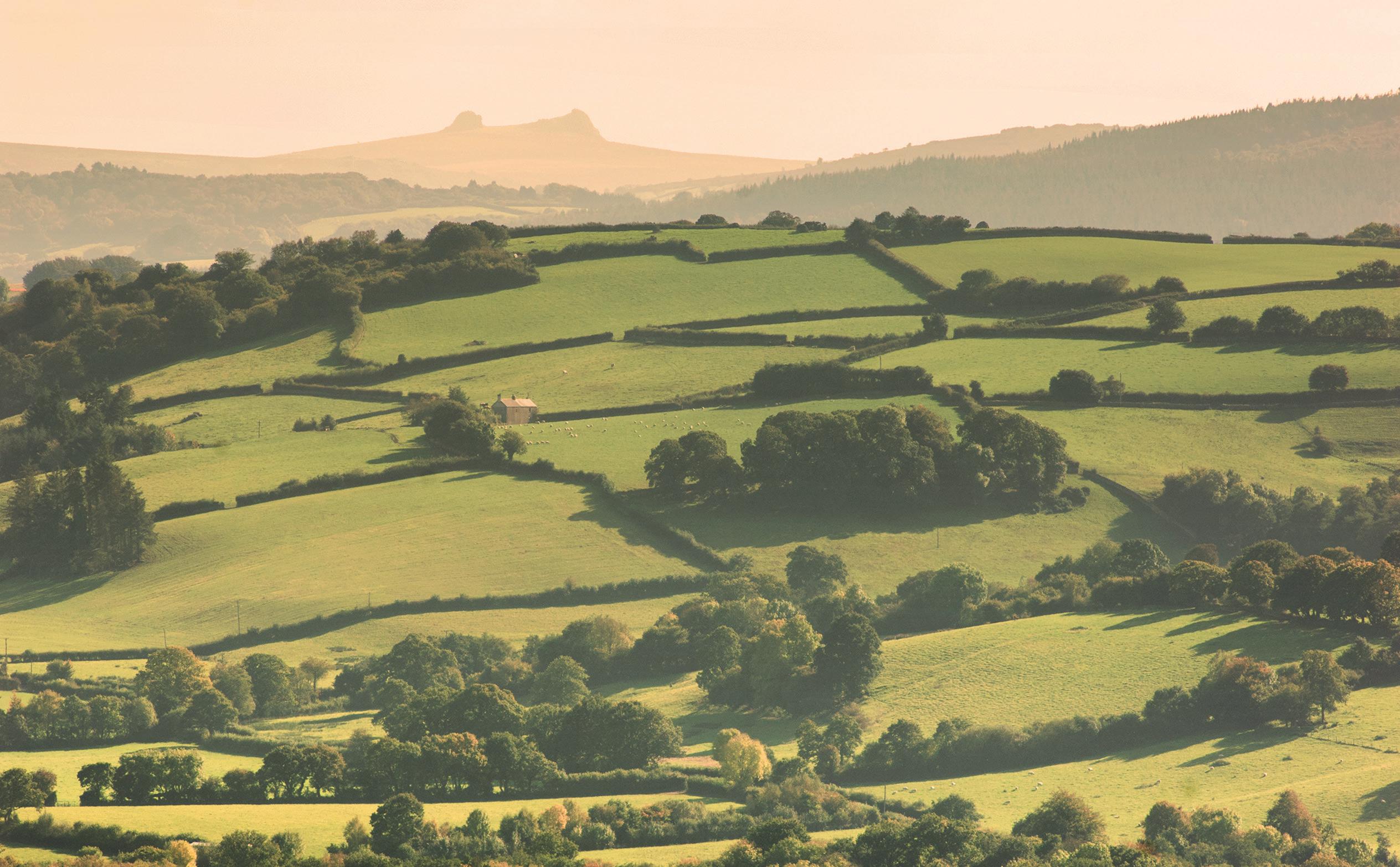
“ I envisage considerable uncertainty for tenant farmers and the overall land market
You can pass assets onto a spouse without any tax being incurred.
Landowners can also pass assets on free of IHT, provided they survive seven years from the date of the gi . For any gi s made before the day of the Budget (October 30), there is no cap on the value or tax-free element of the gi .
But gi s made from October 30 onwards will count towards the £1m cap – should the landowner die within seven years, the gi falls within that cap. If they survive more than seven years, the gi should fall outside the scope of IHT.
ese changes are going to encourage people to hand on assets much earlier in life, which probably is not a bad thing for the industry.
However, how the Government has chosen to do this is going to hurt some families – particularly those su ering unexpected deaths. And early inheritance will not suit everyone – each family and business situation is di erent, and the day-to-day implications must be considered, not just the tax bene ts.
One option which is likely to see signi cant uptake is life insurance, to cover the potential cost of IHT bills. If you are making gi s and are concerned you could die within the seven-year window, you might take out insurance to cover the potential tax, just for that period; it could be an a ordable solution.
When restructuring asset ownership, it is also important to consider Capital Gains Tax (CGT) implications.
While gi s to spouses are tax-free, other gi s are liable to CGT, at 18% (basic rate taxpayers)


There is no getting away from the fact that the Budget brought about huge changes, says Philip Kirkpatrick.
or 24% (higher rate taxpayers). Holdover relief is one option, to defer the tax liability, and if it is the donor’s main house, principal private residence relief can be available.
If it is a more comprehensive business restructure or sale, business asset disposal relief (BADR), formerly Entrepreneur’s Relief, may apply on gains up to £1m per person. Currently levied at 10% tax, BADR will increase to 14% from April 2025 and 18% from April 2026.
In terms of the wider e ects of these changes, I envisage considerable uncertainty for tenant farmers and the overall land market.
Landlords le ing land only qualify for the £1m APR/BPR allowance, so on death we could see parts of estates sold o to pay the tax.
And the investment case for non-farmers to buy land has got worse. is may end up being a positive for the industry. However, it will certainly cause some upheaval over the next few years.
Pension funds – pending a consultation – are also expected to fall within the estate from April 2027, and will therefore be subject to tax on death.
And those who are looking at passing assets down to the next generation will need to consider what assets they retain for their own nancial security over the course of their life.
Every business and situation is di erent. But what is critical now is not to bury your head in the sand. Take stock, work with your accountant and trusted professionals, and do not rely on any tax planning or wills which have been done in the past without checking it still stacks up.
ere is no substitute for careful planning for the future, now more than ever.
Oen caused by changes in nutrition, but also the result of bacterial or viral infections, diarrhoea or scour in adult dairy ca le can result in reduced milk production and poor fertility.
A ecting herds all year round, scour is more common during the winter months following the housing of ca le and changes to diet and nutrition. And with this year’s silage analysis proving variable, ca le could be at an increased risk of scouring this winter, as balancing diets continues to be a challenge for some.
Jim McKinstry, vet and director at the Lancashire-based Farm Gate Vets practice, says in most cases scour is the result of nutrition, however, it can be caused by a salmonella infection or winter dysentery.
Relatively uncommon in the UK’s dairy herds today, winter dysentery is a highly infectious viral disease which causes explosive scour among adult ca le.
Mr McKinstry says the disease was more common in previous years, when there were more grazing herds.
He says: “Cows would come inside for winter and within a month you would see perfuse scour.
“It was so explosive as cows were out at grass then would come inside and mix, and infection would spread quickly throughout the shed.”
While di cult to diagnose, winter dysentery can still be a cause of scour in adult ca le,

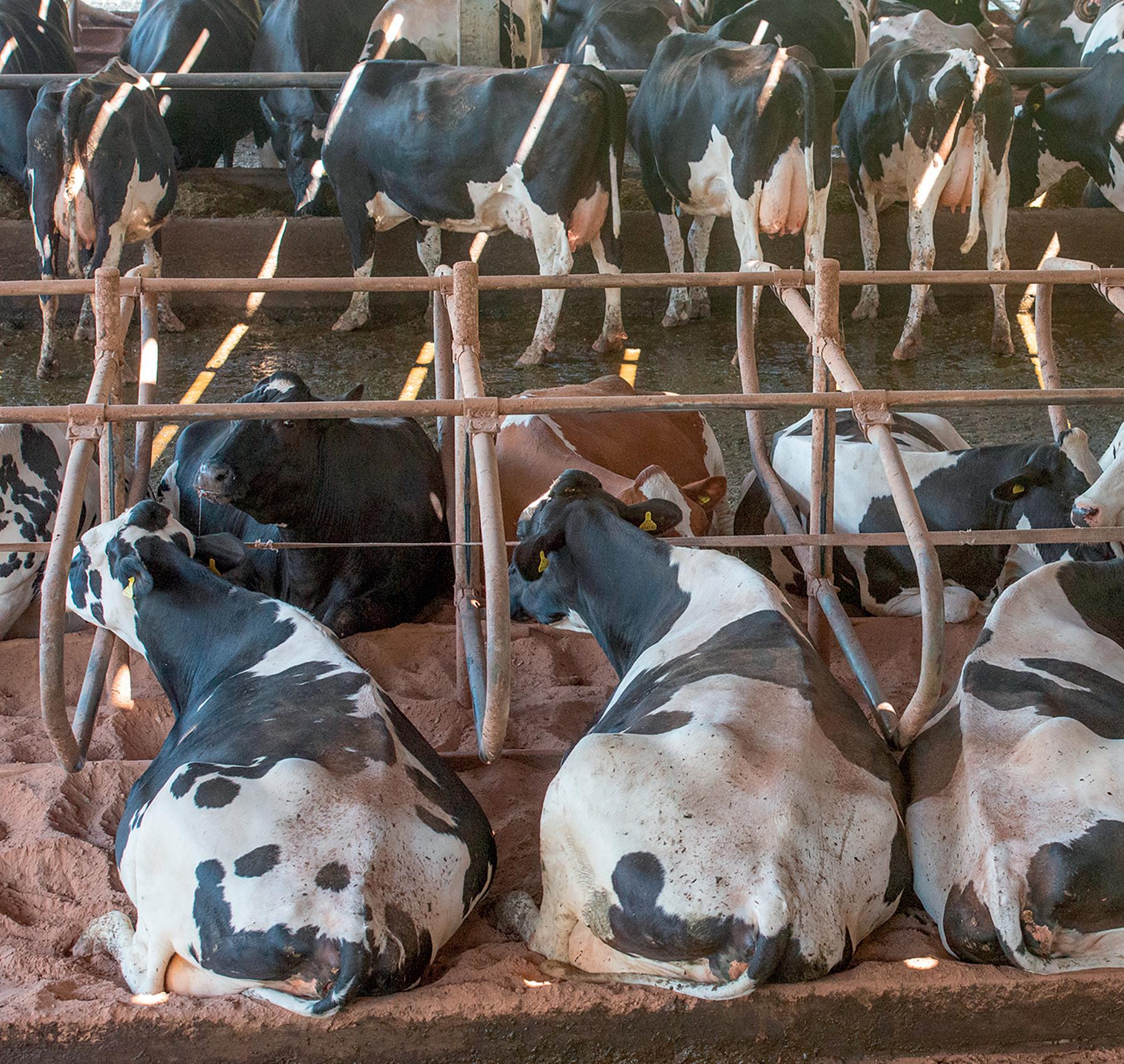
Ensuring you feed adequate fibre and do not overcrowd sheds are two ways to minimise scour in the herd.

Variable silage quality and nutrition challenges could be a driver of scour among milking herds this winter. Katie Fallon reports.
however, changes to nutrition are likely to be the most common cause.
Mr McKinstry says: “Winter dysentery is still a di erential, but it would be further down the list.
In my experience, it is usually nutritional issues which cause cows to scour
JIM McKINSTRY
“It is not the easiest thing to diagnose and if it is that then cows will just get over it.
“You need to ask if it is a scouring cow or if is it a change in faeces which have become looser. In my experience, it is usually nutritional issues which can cause cows to scour rather than something infectious.”
Mr McKinstry says diets will be di cult to manage this winter due to silage variability and be er milk prices.
He says: “I think a big problem we are going to have this year is that milk price is decent, feed price is lower and with the silage not being as good, the danger is people push the cows hard on the concentrates
and we will run into more nutritional problems and potentially more scour.”
He advises farmers to be conscious of including enough bre in milking rations to reduce the risk of scouring cows.
He says: “I always say to farmers; remember they are ruminants not pigs. They need some fibre in the diet.”
When diagnosing scour, Mr McKinstry advises looking at how many cows are a ected and the impacts to milk yield.
He says: “If cows are looking o , have loose dung and a drop in milk yield, I would advise farmers to have a chat with their vet.”
He says investigating the cause of scour is important to identify

diseases such as salmonella, which can start to appear during winter as ca le are housed. He advises taking faeces samples, as the quickest and easiest way to diagnose scouring cows and check for salmonella.
Mr McKinstry advises all causes of scouring will likely cause impacts to milk production and fertility.
He says: “Anything that causes a decreased transit time means you are making good slurry, but not good milk.”
“And anything that drops production and decreases energy utilisation is de nitely going to have impacts on fertility.
“Plus, if you have got salmonella that can cause abortions and embryonic death.”
When treating scour, Mr McKinstry advises supportive therapy, ge ing uids into ca le to help with dehydration and se ling the rumen, as well as a course of non-steroidal anti-in ammatories.
In the case of salmonella, he advises farmers diagnose what type of salmonella is infecting
the herd, then speak with their farm vet to decide next steps.
In most cases antibiotic treatment may be required alongside vaccination but is important to nd out what strain is at play.
With nutrition one of the main causes of scour, Mr McKinstry advises ensuring milking rations are balanced as a way of preventing scours.
“Make sure you have got a well-balanced diet that has not got too much concentrate in it. Remember short cut, multi cut systems feed like a concentrate not a forage.”
Mr McKinstry also advises ensuring there are no other concurrent diseases among the herd, including IBR and BVD as these can also cause issues with scouring in the herd.
He advises farmers to also be mindful of overcrowding in sheds, to prevent infection spread.
He says: “Every building has got a number of litres and once you pile too many cows in, you are not going to get more litres just more problems.”

In addition to monitoring the subtle behavioural and activity patterns associated with the various stages of the fertility cycle and health parameters of dairy cows, heifers and calves, the electronic neck collars and eartags used by SenseHub Dairy can also act as ID tags for compatible milking parlours and automatic shedding gates.

When paired with a SenseHub sorting gate, the data collected by SenseHub Dairy automatically segregates cows for artificial insemination (AI), or those which are showing suspected signs of ill health and are in need of additional attention or veterinary intervention.
Automating the drafting process reduces the requirement for skilled labour and eliminates the need to visually identify each cow as she passes through the parlour. It also removes the need for staff to leave the milking parlour to physically segregate animals – a process which can be time-consuming, dangerous and stressful for staff and animals.
Automatic drafting also eliminates the scope for human error, thereby ensuring every animal is presented for insemination or treatment at the optimum time.
The SenseHub smartphone app can also be used to remotely hand-pick or pre-select any additional animals
which need to be segregated from the herd for inspection, treatment or routine management purposes.
SenseHub Dairy also sends text alerts to highlight potential health issues, often before any clinical symptoms have been seen.
This early intervention, coupled with the ability to segregate affected animals quickly and safely, enables herd managers and farm vets to instigate remedial measures before the underlying problem has a significant impact on the animal’s health, performance or future fertility.
Connecting to a SenseHub sorting gate enhances day-to-day operations by:
● Accurately segregating animals based on heat events or health alerts
● Presenting animals for artificial insemination or treatment at the optimum time
● Reducing labour inputs and improving work rate efficiency
● Removing stress on cows and staff
● Minimising disruption to cow flow
Pasteurisation is increasingly being used on farms to help calves get off to a good start. Wendy Short looks at the recommendations around pasteurising calf colostrum and milk.

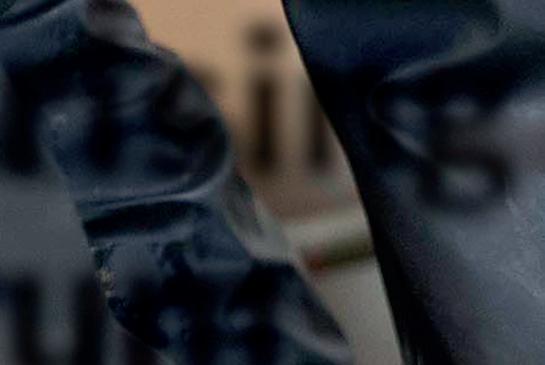

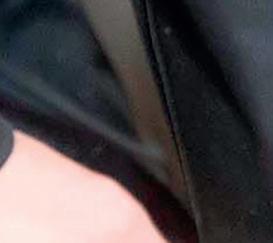
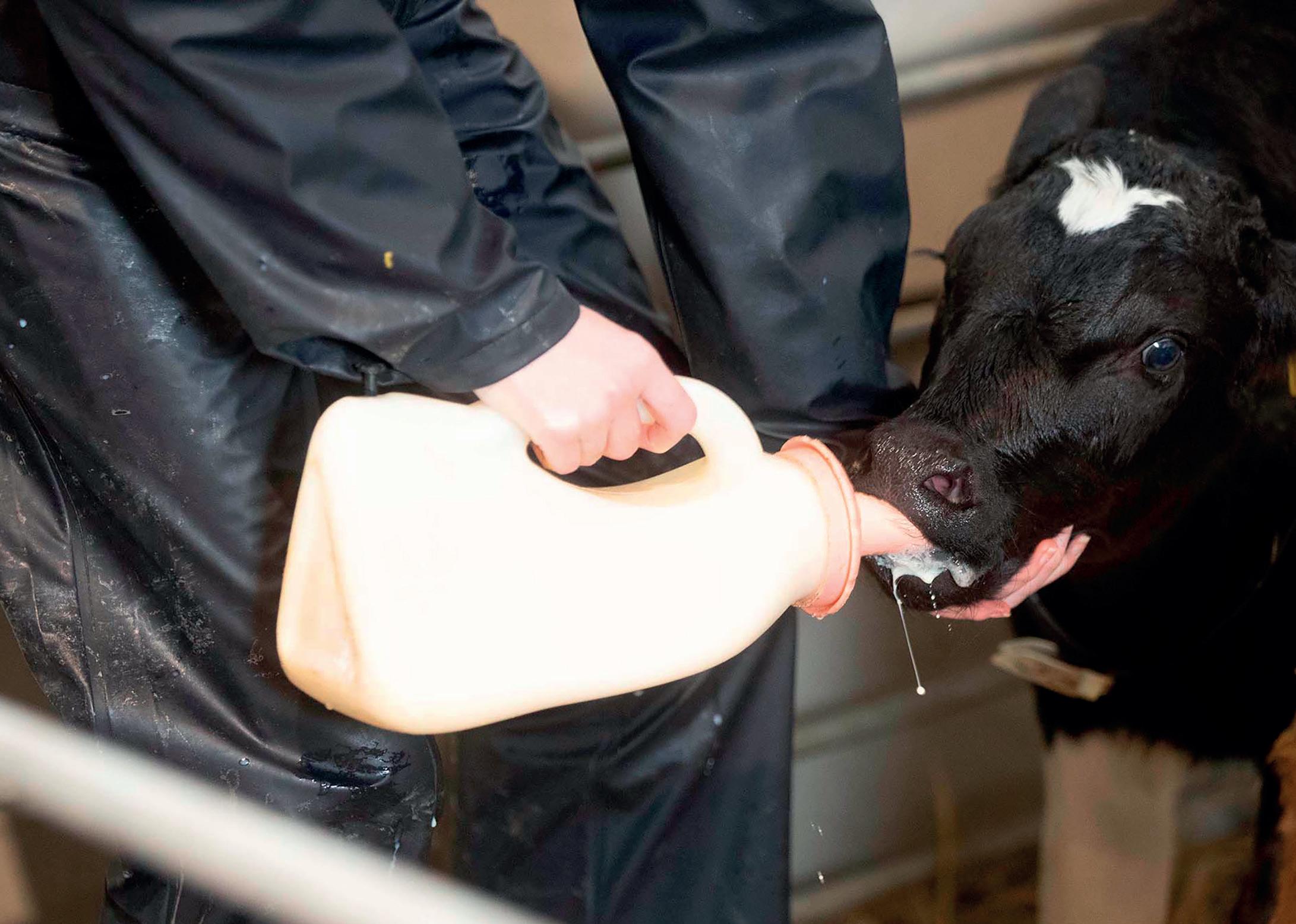
Calf colostrum and milk pasteurisation plays an important role in ge ing calves o to a good start, says livestock research consultant Jamie Robertson.
e process greatly reduces bacterial load, boosting immunity and minimising disease risk.
General calf husbandry has made signi cant progress over the past decade, but there is still room for improvement, says Mr Robertson, of Livestock Management Systems.
He says that investment in calf colostrum pasteurisation will pay dividends, in terms of future herd performance.
“Pasteurisation can remove from colostrum many of the pathogens that restrict the
absorption of the immunoglobulins which give the calf immunity,” says Mr Robertson.
“Many colostrum handling systems have been modernised, but there are still opportunities for raising standards when feeding youngstock.
“One recent study, which tested more than 4,500 calves, found that about 30% showed signs of ine ective colostrum transfer.
“ is is a worrying statistic. It indicates that while colostrum is being given to calves at the correct time, volume and temperature, the problem could lie in the handling process, with bacteria allowed to multiply within the system.
“ is will hugely reduce the passive transfer of immunity from cow to calf which is vital for the
calf’s future health. Pasteurisation can help to remedy the issue.”
Colostrum pasteurisation can, however, reduce the level of valuable immunoglobulins that protect the calf against disease by about 10%, although the gure can be higher if the heat se ings exceed the recommended temperature, he says.
“ e overall e ect of pasteurisation is positive, but this minor e ect on immunoglobulin levels underlines the advice that it is only worth pasteurising good quality colostrum.
“ e target benchmark is 60g-plus per litre of immunoglobulin G, measured on a colostrum refractometer.”
Pasteurisation has some

limits, when it comes to disease prevention, he adds.
“Pasteurisation will tackle many harmful pathogens, including many of those responsible for causing diarrhoea and respiratory infections,” he says.
“However, it will not control Johne’s disease. Another exception is staphylococcus aureus, one of the mastitis pathogens.
“High-temperature, shorttime machines may control mycobacterium paratuberculosis, plus the salmonella enterica and mycoplasma species, but these units come with complications and are outside the scope of general recommendations.
“Nevertheless, the overall bene ts of standard pasteurisation outweigh its limitations and it is worth investing in a machine.”
Pasteurisation machines,

which can operate on an automatic timer, are available in various sizes from 30 litres upward, and there are milk dispenser carts on the market which also have pasteurisation capability. It will take about 75 minutes to pasteurise fresh colostrum or milk, with a gure of two-and-ahalf hours for frozen liquid.
Electricity usage must be factored in, and Mr Robertson suggests an estimated running cost of 2p per litre.
e machines can be operated in conjunction with single-use plastic storage bags, with some designs having a reusable feeding a achment.
e stored liquid can be frozen and transferred directly into the machine, using the defrost and heat se ing.
“ e machines must be thoroughly cleaned on a regular basis. is involves labour hours, but in most cases it will take less time, compared with manual systems for calf colostrum handling,” says Mr Robertson.
Once the investment has been made in pasteurisation, the equipment can also be used to treat whole milk, he adds.
He is an advocate of feeding pasteurised waste milk to beef cross and male calves.
He says: “In my opinion, whole milk should always be pasteurised for calves. e industry has focused on colostrum produced immediately a er
JAMIE ROBERTSON
the calf’s birth, but the passive immunity does not have a clearly de ned cut-o point.
“Milk will retain some immunity value for up to four days a er parturition, so it could be argued that there are bene ts in delaying the feeding of powdered milk for the rst few days of life. It will depend on having a system which is set up to follow the practice.
“Waste milk feeding is a controversial subject, but margins are tight and while pasteurisation o ers no protection against antibiotic residues, it provides an economically sound solution for treating a product that would otherwise be discarded.
“It is not recommended that waste milk is fed to very young calves, as their intestines are particularly vulnerable to toxins.”
Colostrum pasteurisation is an important piece of the jigsaw in rearing heifers for maximum performance from day one.
“Bacteria thrive in milk and their numbers can double every hour if a bucket is le overnight for feeding the following morning.
“A high standard of cleanliness is essential when handling feeding equipment; there is no point in thoroughly washing calf buckets and then leaving them to dry on the oor, for example.
“A dedicated ‘calf kitchen’ will make it easier to set up a routine for everyone to follow and a pasteurisation machine makes a very useful addition to the system,” says Mr Robertson.

























Safely navigate to a successful maize crop, whatever the challenge. Choose Skipper for top starch yields from a very early harvest.

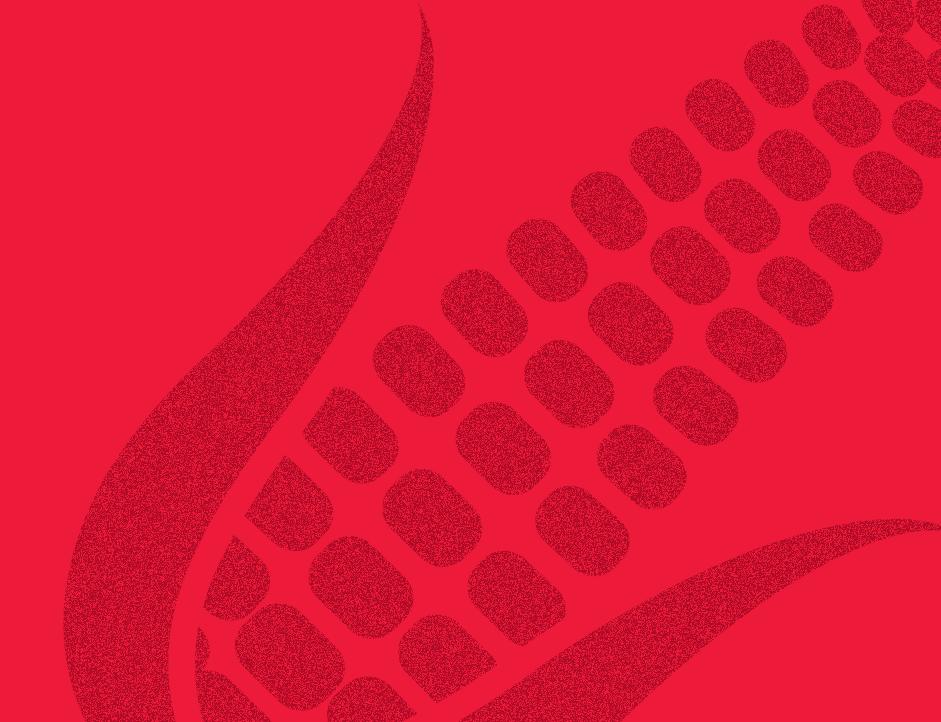


The dairy industry in Menorca is characterised by extensive systems, with a focus on getting the right genetics to facilitate good grazing attributes. Chris McCullough reports.
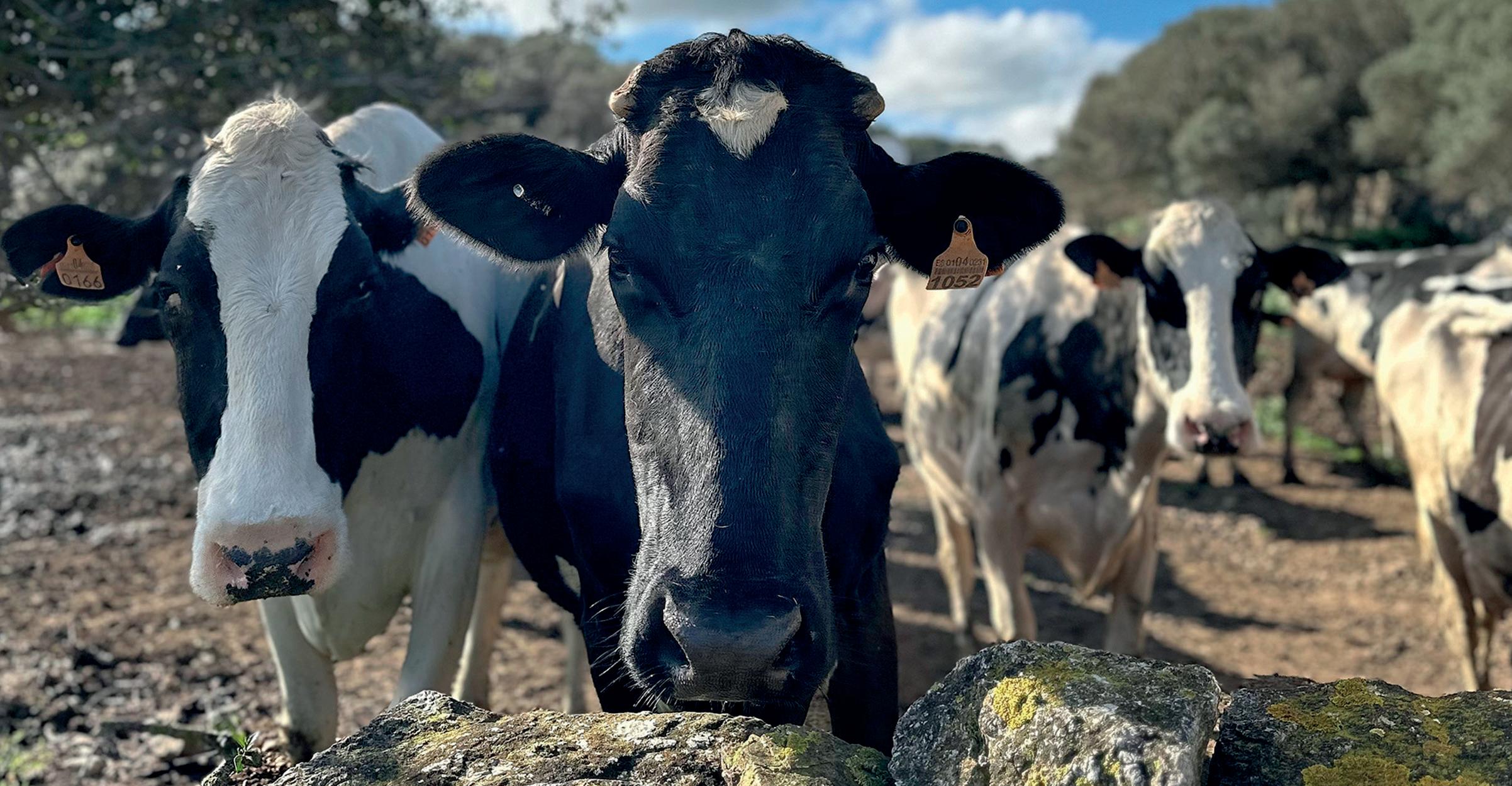

With a population of just 100,000, plus an in ux of seasonal tourists, Menorca is blessed with endless sandy beaches, an enviable climate and a thriving dairy sector.
In fact, Menorca is home to the highest number of dairy farms on any of the Balearic Islands, and has just over 8,000 dairy cows, producing milk to make the island’s famous cheeses.
Dairy farming on Menorca a racts a slower pace of life, but its farmers do face some nancial challenges when it comes to importing and exporting.
For the past 19 years, Joan Coll Alles has been running Binialcala Farm, situated in the municipality of Es Mercadal.
Dating back 150 years, his farm extends to 86 hectares (212 acres), plus another 60ha (148 acres) rented from a neighbouring farmer. ere is an additional 40ha (99 acres) rented to rear youngstock.
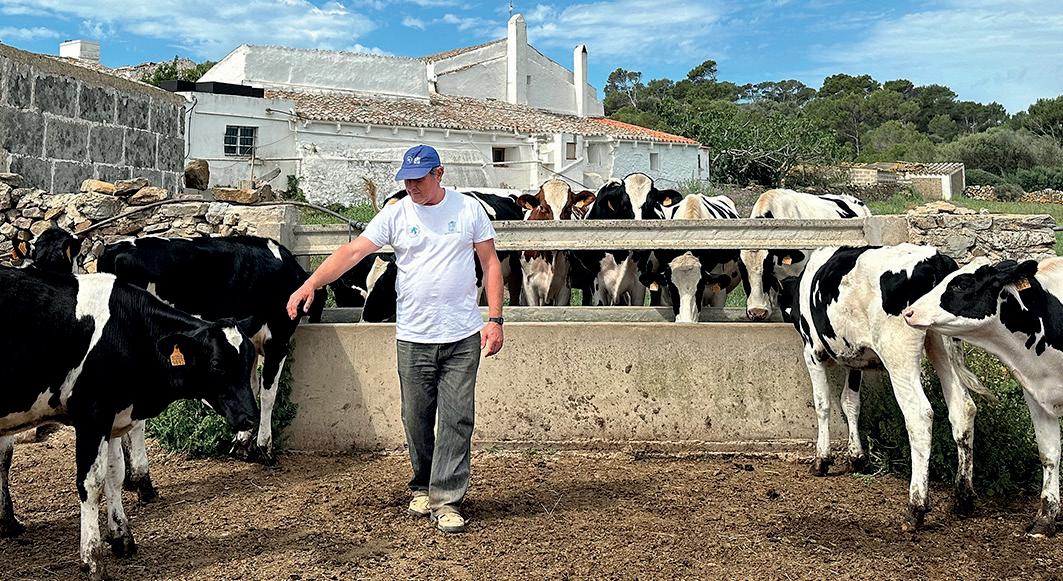
e farm operates through a ‘d’amitges,’ a legal system administered by the Menorcan Rural Society, where both parties sign a contract to operate the farm in close collaboration.
e contract outlines the duration the agreement will run for, which has to be a minimum

of one year. It also details the breakdown for pro ts and losses, the amount or endowment contributed by the owner of the property, and also the contributions that each of the parties has to make.
e contract is a safeguard to ensure succession because
when farmers like Joan, with no children interested to farm, retire, there will be another young farmer ready to take the farm over.
Joan says: “At Binialcala Farm we have 60 Friesian cows that are milked twice daily. Menorca has an average of 50 cows per farm, and has always been characterised by extensive livestock farming. However, by law there can be no more than one cow per hectare.
“We milk the cows at 7am and again at 7pm and on average they give between 28 and 30 litres of milk daily.
A vet visits Joan’s farm every three weeks to PD cows and when it comes to breeding
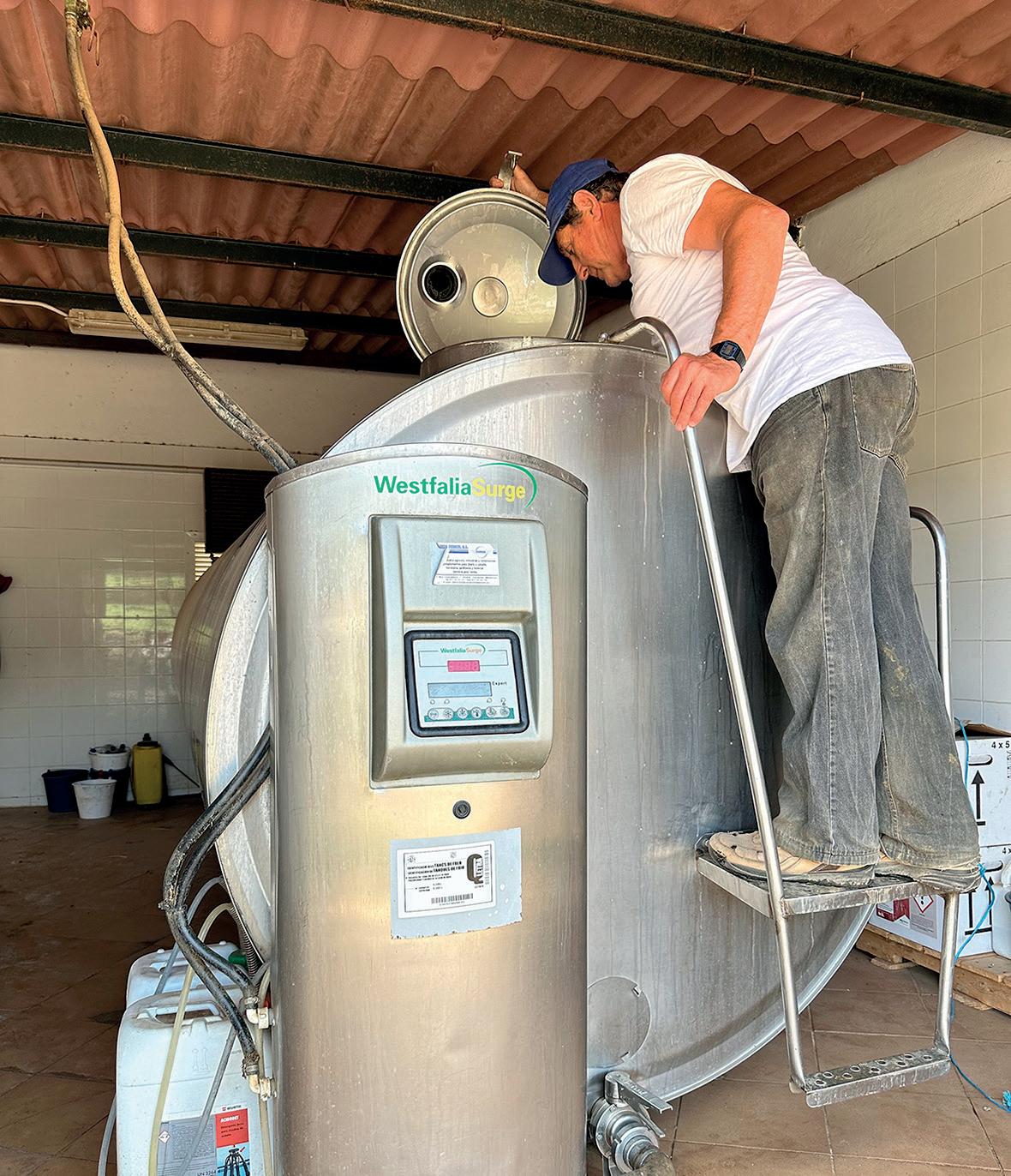
Joan says he is looking for longevity, and robustness.
Cows are arti cally inseminated using Canadian and American genetics.
Joan supplies his milk to the Coinga Cooperative and the current milk price is about 46 euro cents per litre (38ppl).
Cows receive a bu er feed of silage, with ryegrass and barley.
Joan says: “Our concentrate feed is 50% corn, with vitamins, barley, carob, soyabeans, beets and co on that we produce ourselves. A nutritionist guides us on the correct rations for the cows. I buy in feed two times a month.”
Joan likes to invest in technology to make the job easier, as he does most of the work on the farm himself, assisted by a part-time apprentice.
He says: “We are always making improvements, and recently installed a slurry scraping system.
“ e refrigeration tank has also been renovated to incorporate a new washing system, and I also managed to upgrade the tractor and cultivator.”
Joan says the main problems associated with dairying on Menorca is the higher costs of raw materials, including higher import transport costs.
He admits that he has li le






rCows are milked in a 6/12 milking parlour with electronic meters and automatic cluster removers
rAverage lactation is 305 days
rAverage yield is 10,800 litres at 3.8% butterfat and 3.2% protein
time le before retiring age, but is determined to continue working and maintaining the farm for as long as he can.
“It is a way of life on this island but it sure involves a lot of hard work,” he says.
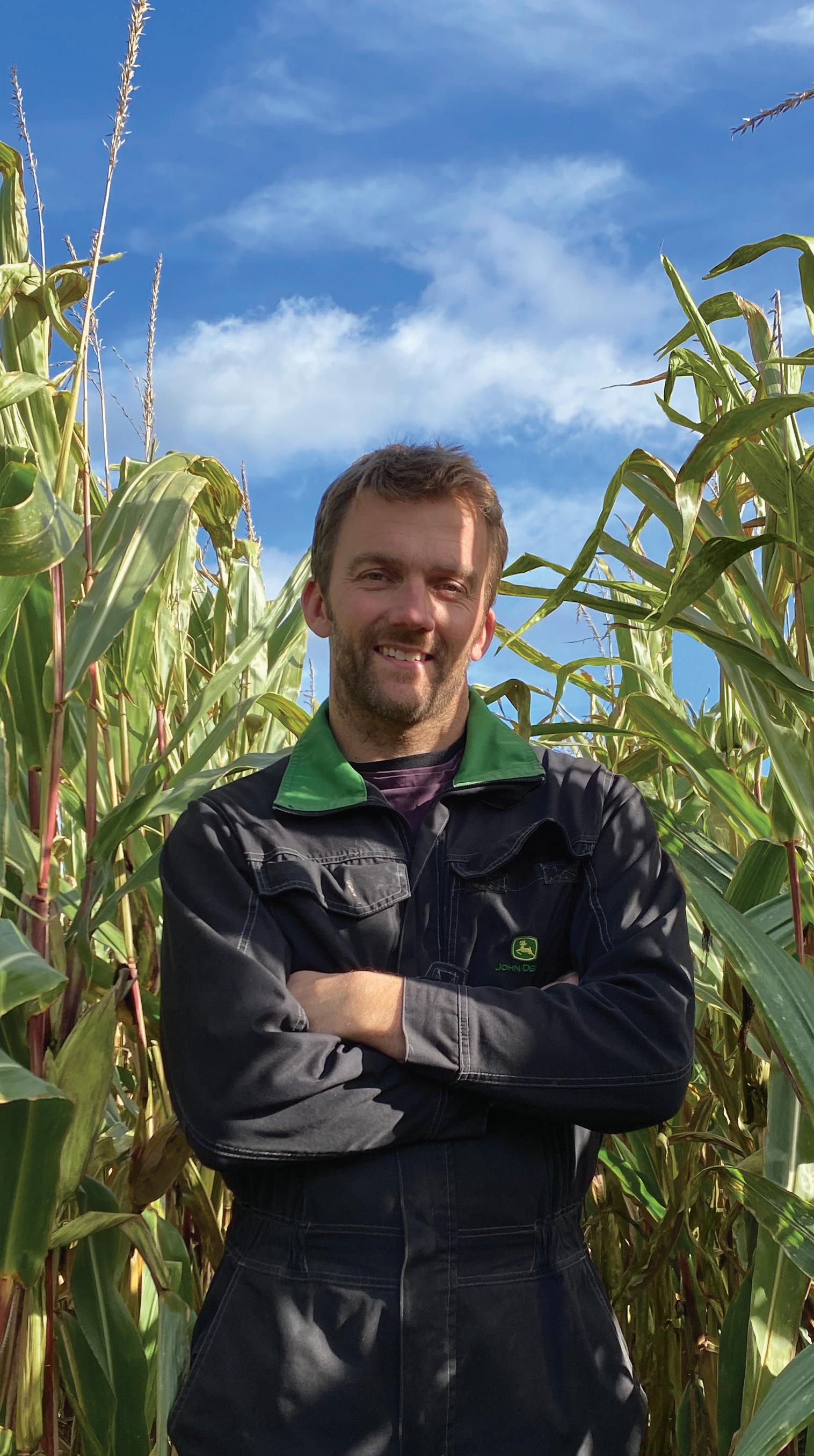












“Saxon’s improved vigour meant it was greener at harvest and it out-performed our other varieties.”

Nigel Harper, Cheshire
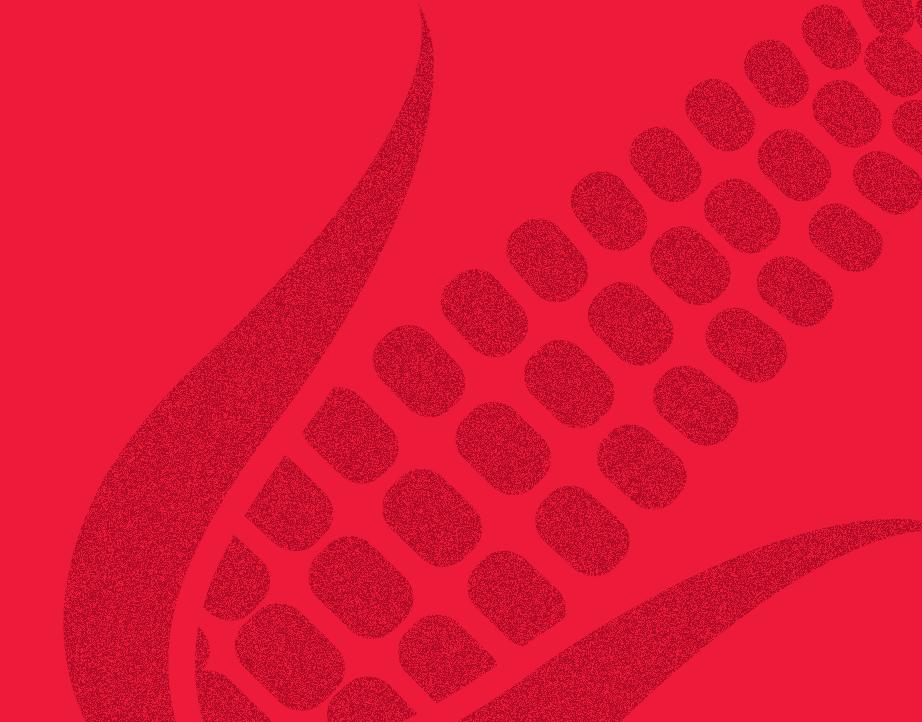

One of the main causes of mobility challenges in dairy cows, white line disease can impact milk yields and lead to an increased risk of culling.
And with evidence to suggest cows su ering from white line disease will exit the herd a year earlier than if they had not, management and prevention is key to cow health and herd productivity.
Foot health consultant at Herd Health Consultancy, Dr James Wilson, says the disease a ects both housed herds and grazing herds, however, it is typically more common in grazing herds.
He says this is largely due to cows travelling longer distances to access grazing pastures, resulting in more wear to the hoof, and an increased risk of shearing forces.
However, the disease can also be seen in housed herds with poor quality concrete ooring, particularly in high-tra c areas, resulting in increased shearing forces, and inappropriate horn wear leading to a greater risk of white line disease.
Dr Wilson says: “ in soles are a big risk factor and one which gets underplayed a lot.”
He also advises poor cow ow as another risk factor, with dead ends in yards and heifers mixed with larger bully cows o en resulting in ‘scrabbling’ on concrete.
He advises looking at cow handling and ow and nding the pinch points in housed environments.
With early treatment and diagnosis key to managing white line disease on-farm, Dr Wilson advises using sensitive mobility scoring to detect the early stages, such as bruising.
He says: “My main detection method is to look at how a cow is walking. She should be sinking her dewclaws to the oor symmetrically on the back feet, as that is where we see most white line disease. If she is not, I would check her in the trimming chute.”
Dr Wilson says that farms should be mobility scoring
A focus on cow flow and suitable concrete flooring in high-traffic areas can help reduce the risk of white line disease. Katie Fallon reports.


cows on at least a monthly basis if not fortnightly.
He says: “Many farms are scoring for quality assurance and not making used of this information for action lists of cows to be checked.”
However, he says the farms which will gain the most bene t from mobility scoring are ones which are scoring on a fortnightly basis, which has evidence to show improved cure rates and reduced recurrences. is is best implemented in
tandem with individual inspections of the animal in the trimming chute.
When completing a mobility score, Dr Wilson says he is looking for shoulder muscle tension and head nodding as signs of lameness in the front feet.
He says: “If you drew straight lines across the cow, could you spot a di erence in symmetry? Could you pick a leg that you would want to check and if the answer is yes, you should check her.”
“Let’s move away from focusing
only on ‘lame cows’, although they still need treatment, and focus on cows that would bene t from inspection.”
When treating white line disease, Dr Wilson says lesions might not always be obvious upon inspection, therefore he advises using hoof testers to identify lesions before removing more horn. It is common for some white line separation to take
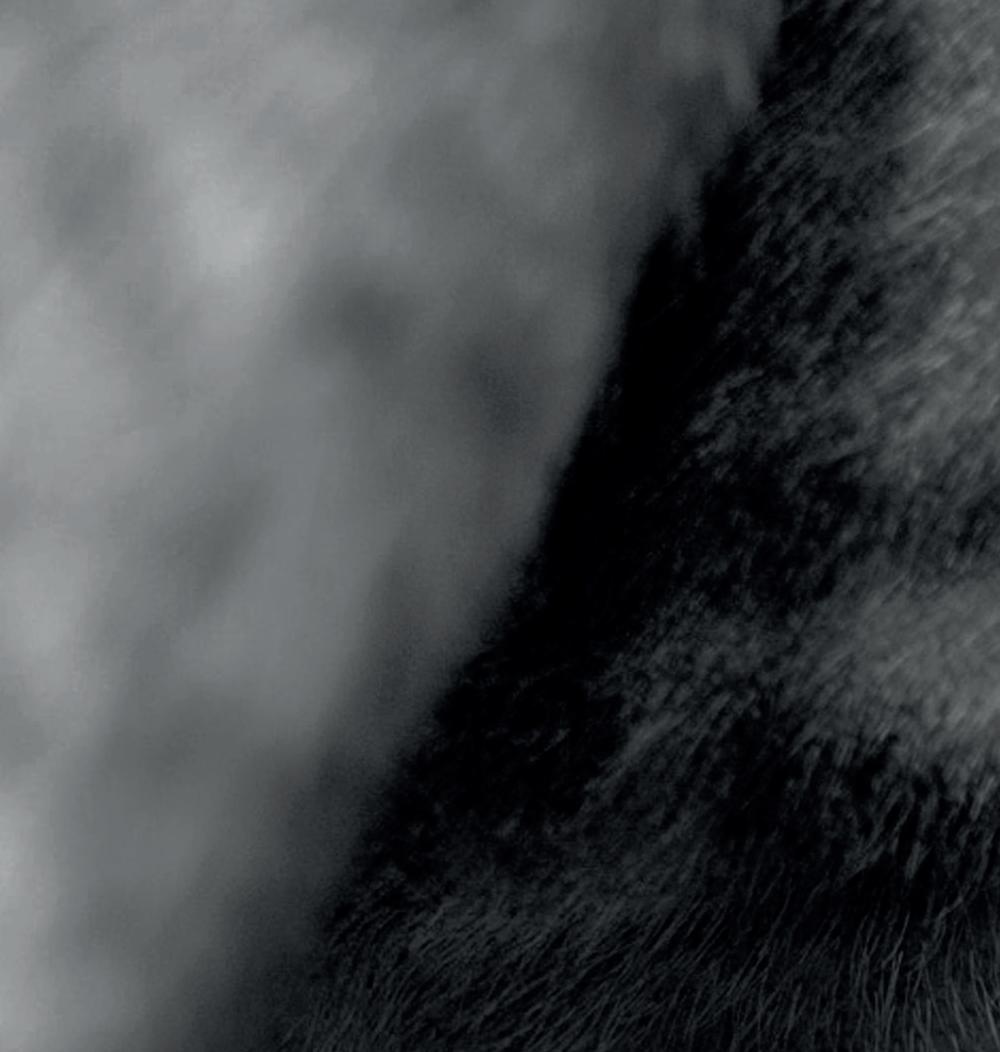
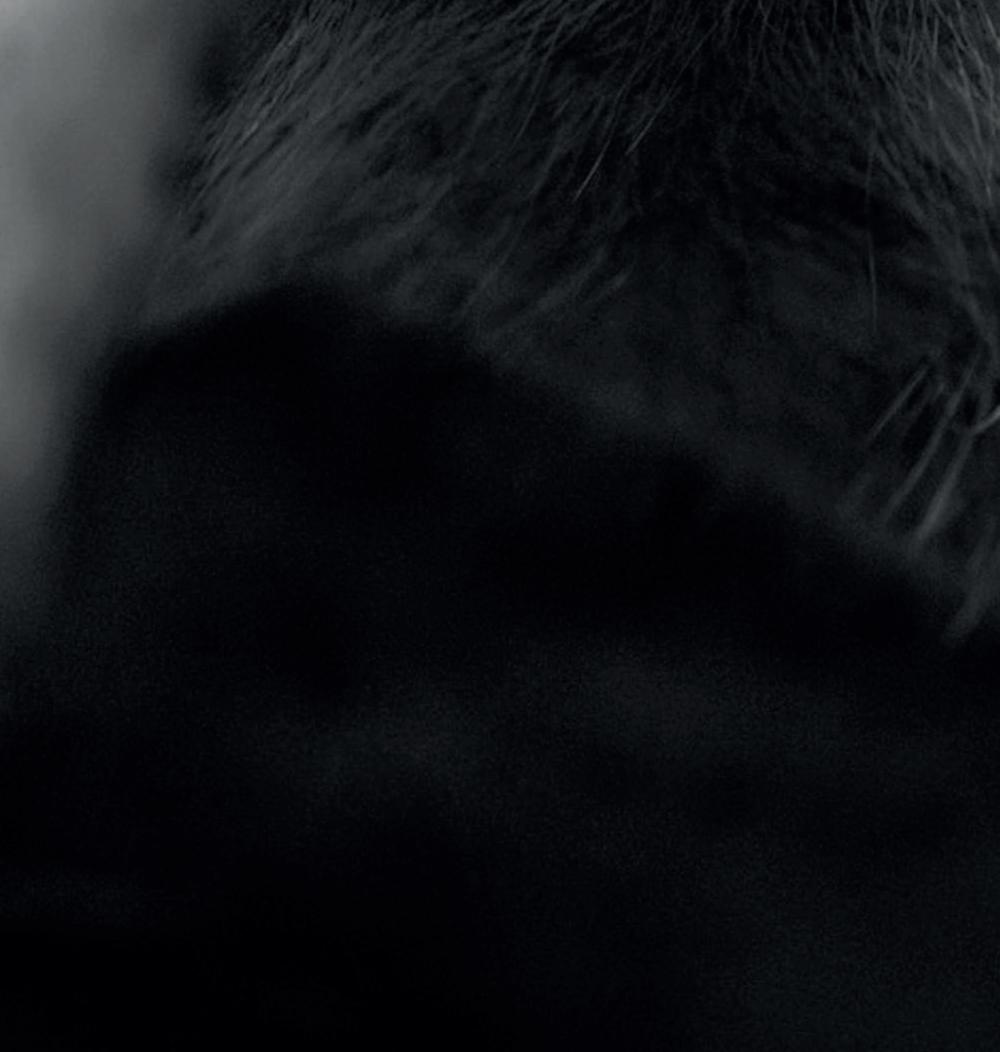

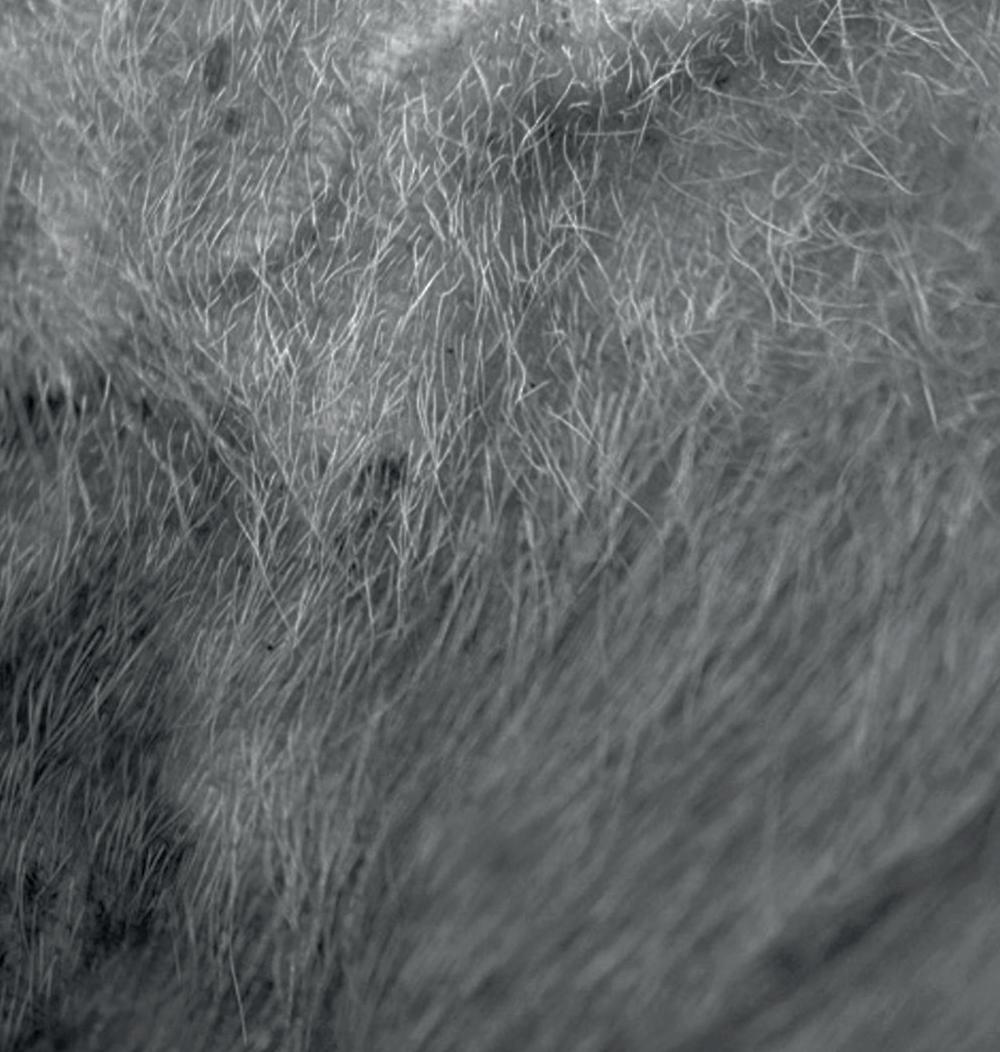
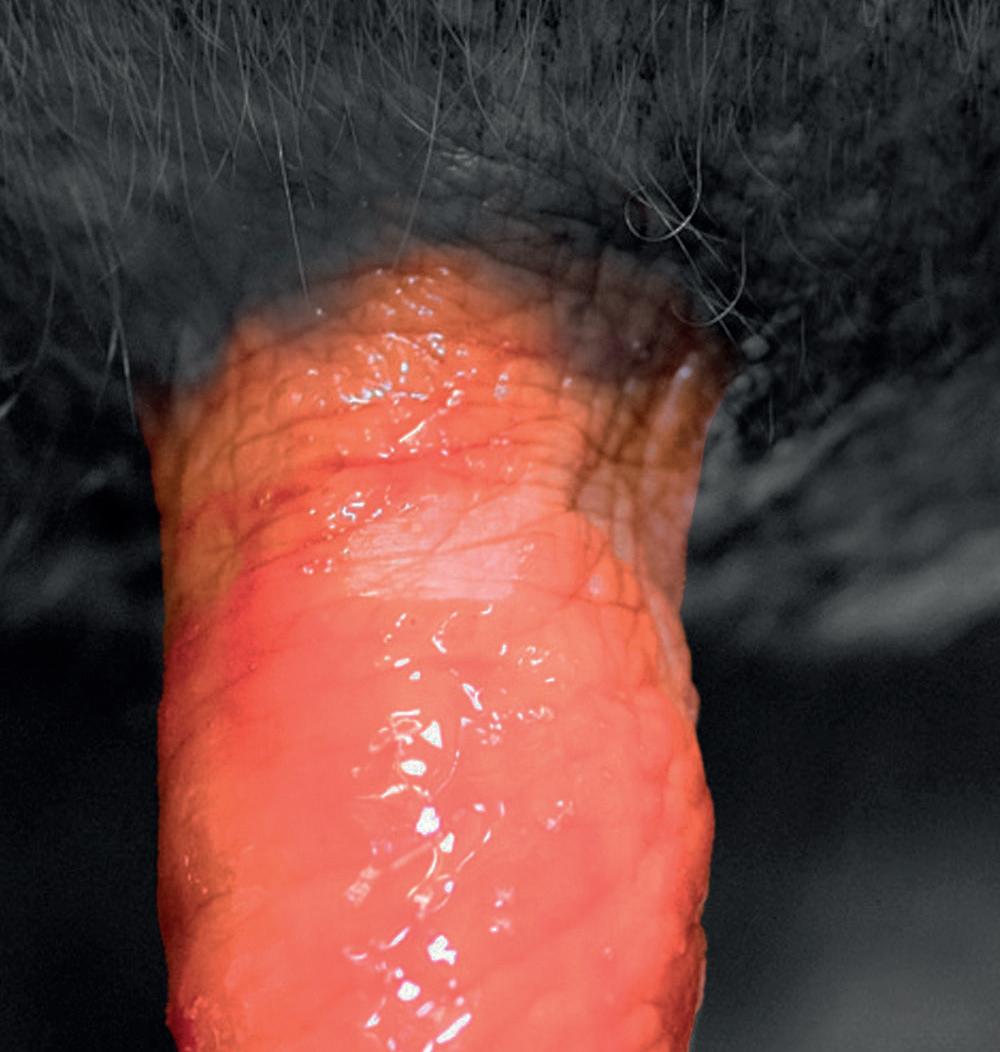


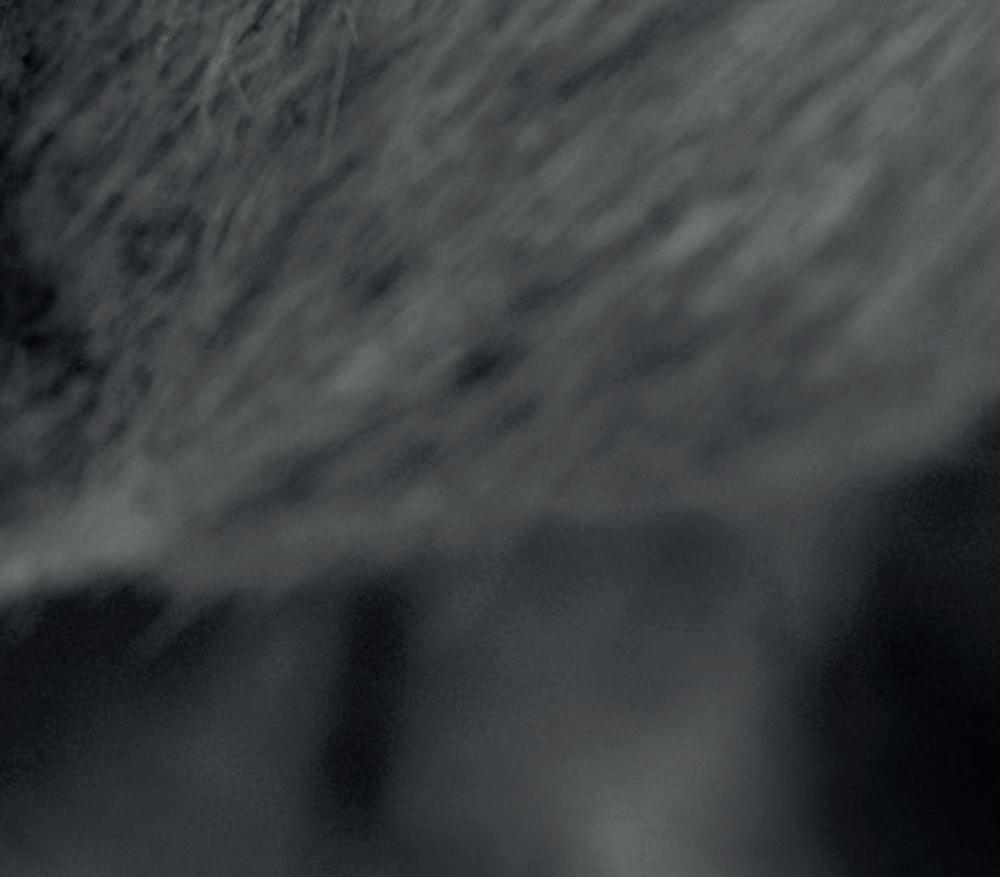
Receive a pair of overalls with all orders over 200 L
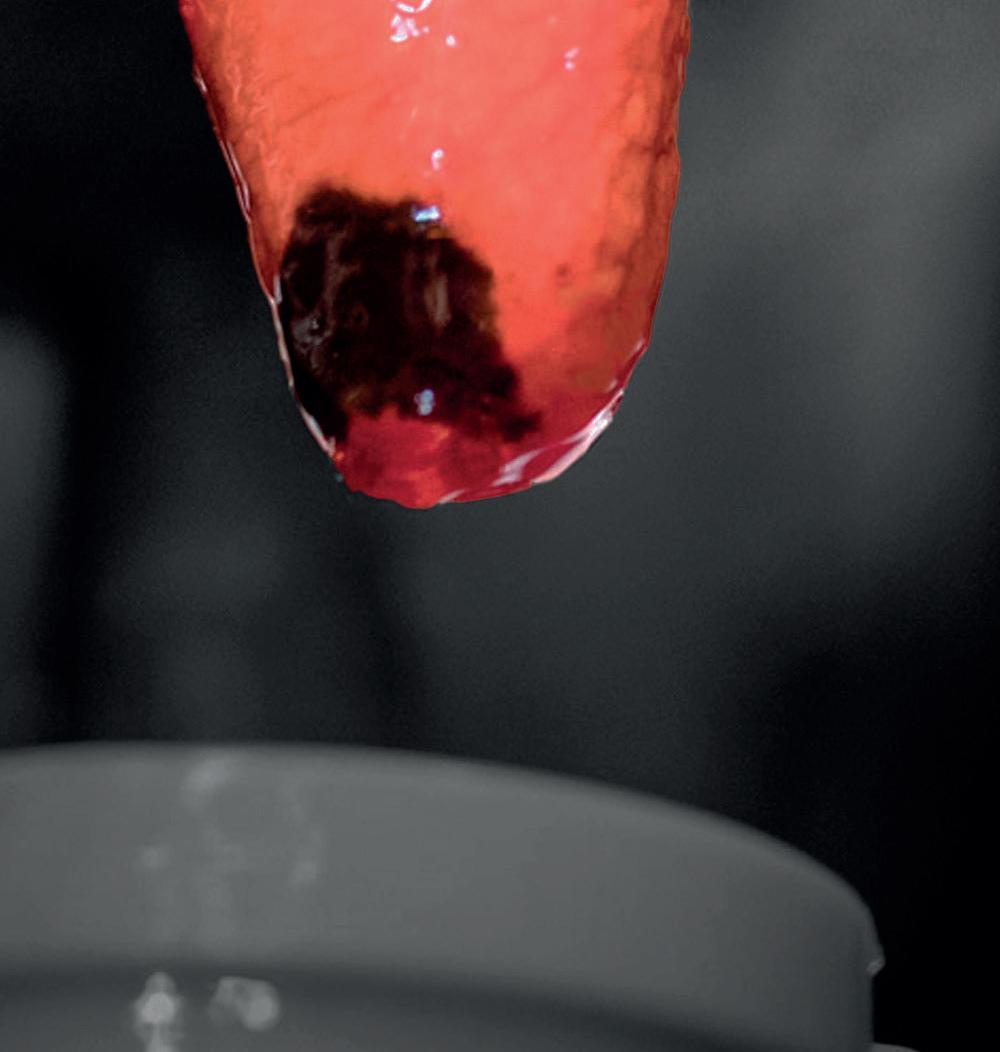
Synofilm GL is a Post-Milking Teat Dip Based on Lactic Acid and Glycolic By Neogen

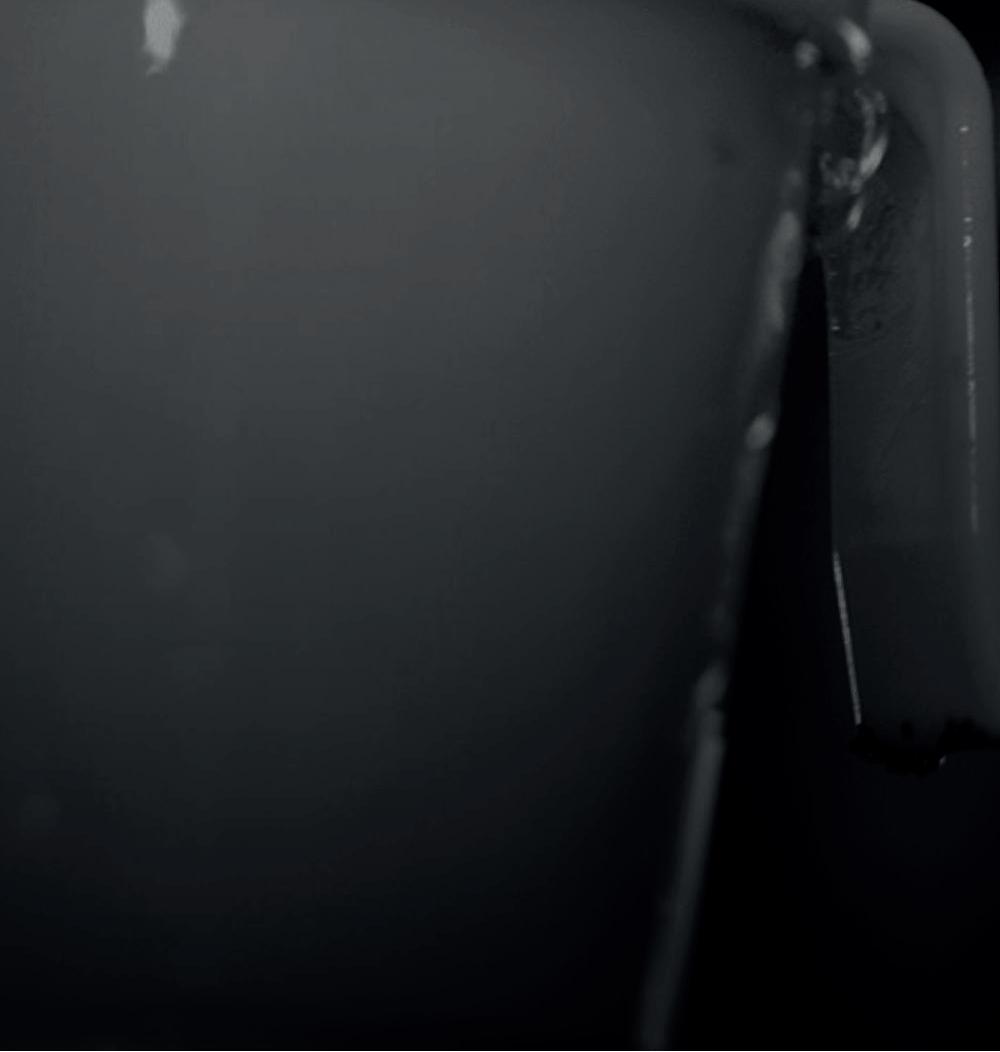



place without any challenge to mobility, which is perfectly normal.
“If we ag a cow on a mobility score and start digging away, or using search cuts, we can cause more damage than good.
“I use a combination of hoof testers and sensitive scoring to get to the bo om of problems.
“We inspect a foot to trim it rather than trim it to inspect it.”
Dr Wilson advises applying pressure with hoof testers on an area of the hoof where there is a suspected problem.
He says: “I look for three consecutive withdrawal responses, which tells me there is a problem that I can investigate and treat.
“I then tend to test the other claw in the same way and if I do not get a response I will put a block on it.”
Once lesions have been identied, Dr Wilson says a treatment protocol of sensitive trimming, applying an orthopaedic block and a course of non-steroidal anti-in ammatory drugs for three days, has a strong evidence base.
He says: “Studies have shown applying orthopaedic blocks can promote a return to good mobility by more than 30%, when used in combination with an anti-in ammatory drug.
“I would always advocate three days of non-steroidal anti-in ammatory drugs as part of a lameness treatment, as we can pre y much halve the risk of them being culled


over three years, when we are working with heifers.”
Dr Wilson says some white line lesions are incredibly di cult to treat, especially when complicated with digital dermatitis infections and can require surgical treatment with veterinary assistance.
“We can get cows walking really well through this approach, but it is not for everyone as it is a higher value intervention, but for higher value cows and in-calf cows I think it is a no-brainer.”
Dr Wilson says re-checking feet following the treatment of white line disease is an important part of treatment protocols and one which is o en forgo en.
He advises checking cows feet four to six weeks a er treatment and a two week re-check

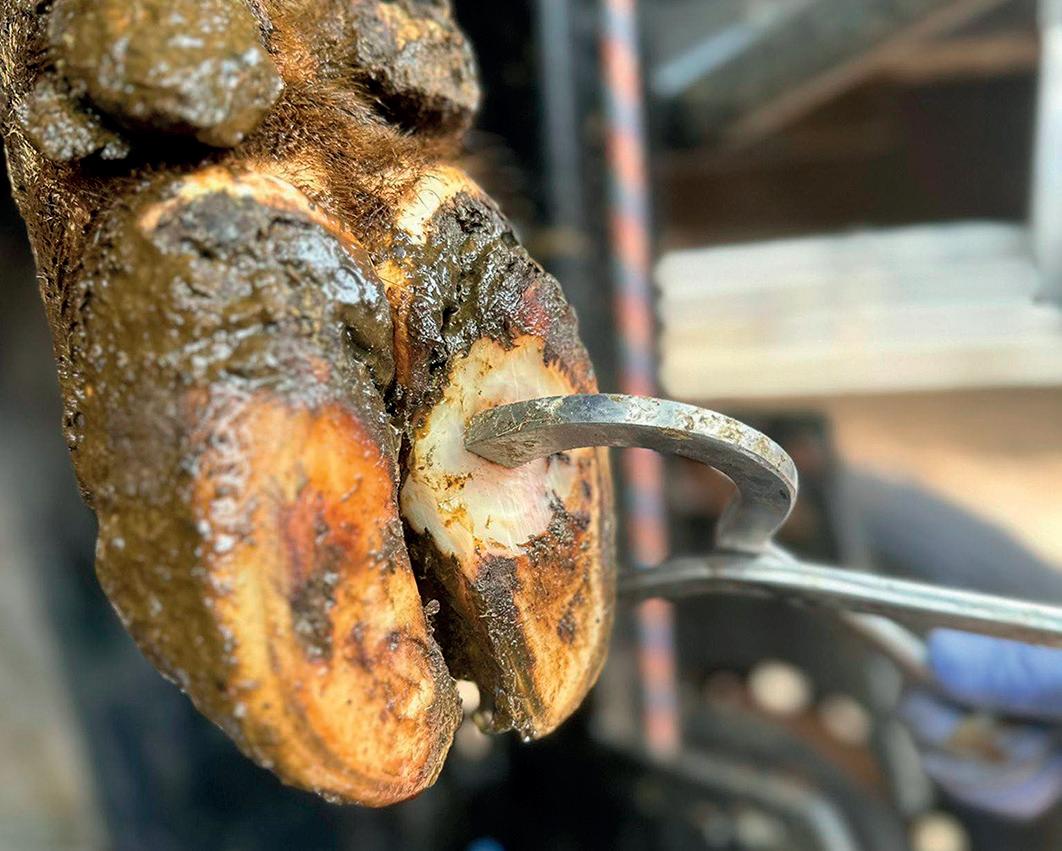
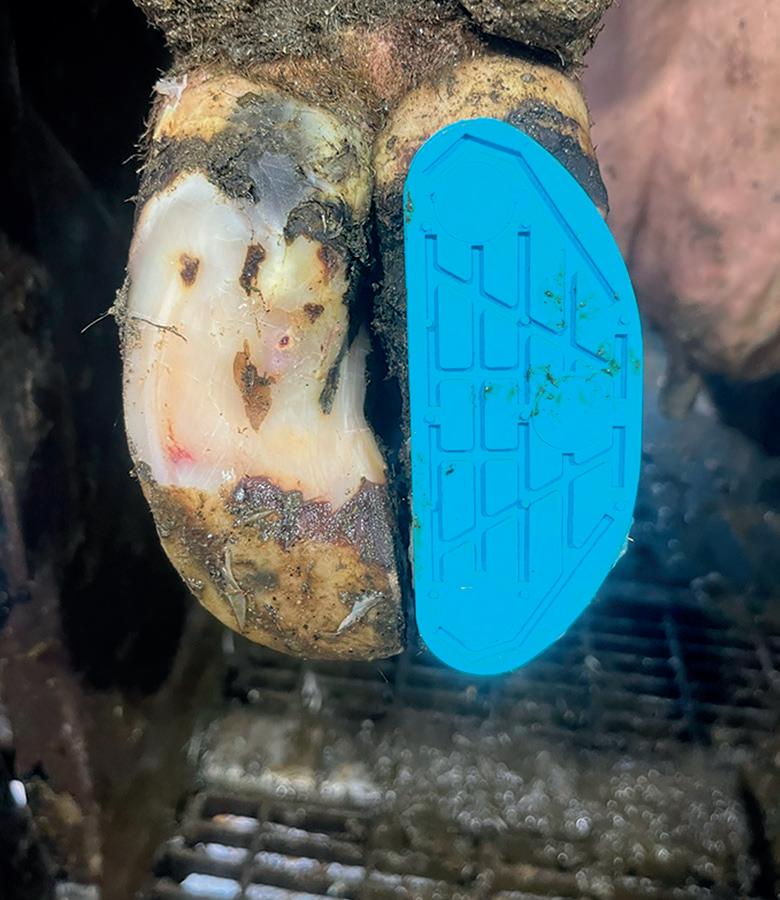

for cows which have had surgical intervention.
Dr Wilson says he also tends to avoid bandaging lesions with the exception of surgical treatments or cows which are going onto straw yards.
He says: “ e risk is what goes underneath the bandage and how long that bandage is going to stay on. For me one bandage staying on too long is one too many.”
If bandages are applied, Dr Wilson advises changing them every 48 hours or using dissolvable bandages.
With poor concrete ooring one of the biggest risk factors for cows developing white line disease, Dr Wilson advises using a diamond cut concrete ooring to prevent slips and wear to cows’ feet, with mini grooving recommended in high turning and high-tra c areas.
He also advises farmers to think about cow ow and cow handling, with the use of dogs to move cows and backing gates also big risk factors.
He says: “Every time you hear scrabbling on concrete you are creating white line disease.”
Managing and reducing debris on trackways is another way to prevent cows from developing white line disease, as well as ensuring the camber of tracks is correct so there are no puddles or si ing water.
“Contemplate having multiple
rFocus on walking surfaces and cow flow – avoid slippages where possible
rTreatment follows trim, block and anti-inflammatory
rAlways better outcomes from earlier stage disease
rTrim sympathetically to the hoof – always preserve sole thickness
entrances and exits to elds to avoid poaching and debris being brought onto the track.”
Dr Wilson advises installing cow tracks with either arti cial grass or oolitic limestone top dressing to create a non-slip and even surface. He says the width of tracks is also important and is another opportunity to improve cow ow by giving the cows more space to move.
He adds: “Including biotin in rations can also help prevent white line disease and studies have shown the inclusion of 20mg of biotin per head per day in the dry period and during lactation can substantially reduce the risk of white line disease.”
Dr Wilson also advises that functional trimming of cow’s feet has a role to play in reducing the risk of the disease, with preserving sole thickness and the wall horn crucial.
®
Farming is not just a job – it’s a way of life and is often an incredibly rewarding profession, but it can also prove incredibly challenging at times.
95% of farmers aged 40 and under believe that poor mental health is the biggest hidden problem faced by farmers today
1 in 4 people in the UK experience poor mental health at some stage in their lives
98 % of farmers believe that promoting good mental health is crucial in the battle to keep farmers safe and save lives
Remember, you’re not alone – find help here
If you, or someone you care about, needs help, then don’t hesitate to contact the organisations below for practical advice, guidance and support:

The Farming Community Network
A network of volunteers from the farming community and rural churches providing pastoral and practical support to help people find a positive way through their problems. fcn.org.uk / 03000 111 999

The DPJ Foundation
Spreading awareness in the agricultural sector by offering training on poor mental health and its impact. thedpjfoundation.co.uk / 0800 587 4262

Mind
Provides advice and support to empower anyone experiencing a mental health problem. They campaign to improve services, raise awareness and promote understanding. mind.org.uk / 0300 123 3393


Yellow Wellies
Helps to raise awareness of farm safety among young farmers with their Mind Your Head campaign and provides links to helpful resources. yellowwellies.org / Farm_Safety_Foundation@nfumutual.co.uk

RABI: The Royal Agricultural Benevolent Institution
Provides financial support for farmers in times of crisis such as illness, bereavement or events beyond their control. rabi.org.uk / 0808 281 9490
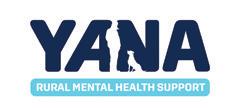
YANA: You Are Not Alone
Provides unique support and advice for the wide farming community from sympathetic GPs and counsellors. yanahelp.org / 0300 323 0400
The results of the first 750 maize silages analysed by Trouw Nutrition GB this year clearly demonstrate the effect of the growing season on feed quality. Dairy Farmer reports.
While many good maize feeds have been made, there is greater variability than usual, indicating that careful balancing will be required.
Nacia Bonnick, ruminant technical adviser at Trouw Nutrition, says later drilling of some crops, combined with the cooler summer, increased the risk of a higher proportion of immature crops being harvested, or of delayed harvest.
She says: “ e growing season has clearly impacted on many crops and while the average analysis is similar to recent years, we are seeing a greater proportion of poorer analysis, indicating some feeding challenges.”
e average dry ma er (DM) of feeds sampled is down 3% compared to 2023 at 30.7%, with a picture of fewer, drier silages.
Ms Bonnick says typically maize silages average 33-34% and this year’s reduced level indicates
younger, less mature crops have been harvested. e lower DM will clearly have an impact on inclusion rates in diets and management of forage stocks over winter.
Average metabolisable energy and crude protein contents are virtually unchanged. However, while average starch levels are marginally improved at 28.4%, Ms Bonnick says that the range of data shows we are not seeing as many high starch crops compared to last year, which is another indication of immature crops.
She says: “Starch degradability is slightly higher, which combined with higher fermentable carbohydrates, results in a higher acid load than in 2023. Since starch degradability increases with time in the clamp, crops will need regular monitoring to allow steps to be taken to mitigate any acidosis risk.”
e trend in increasing neutral detergent bre (NDF) contents seen over the last three years has
Maize silage analysis 2022-2024
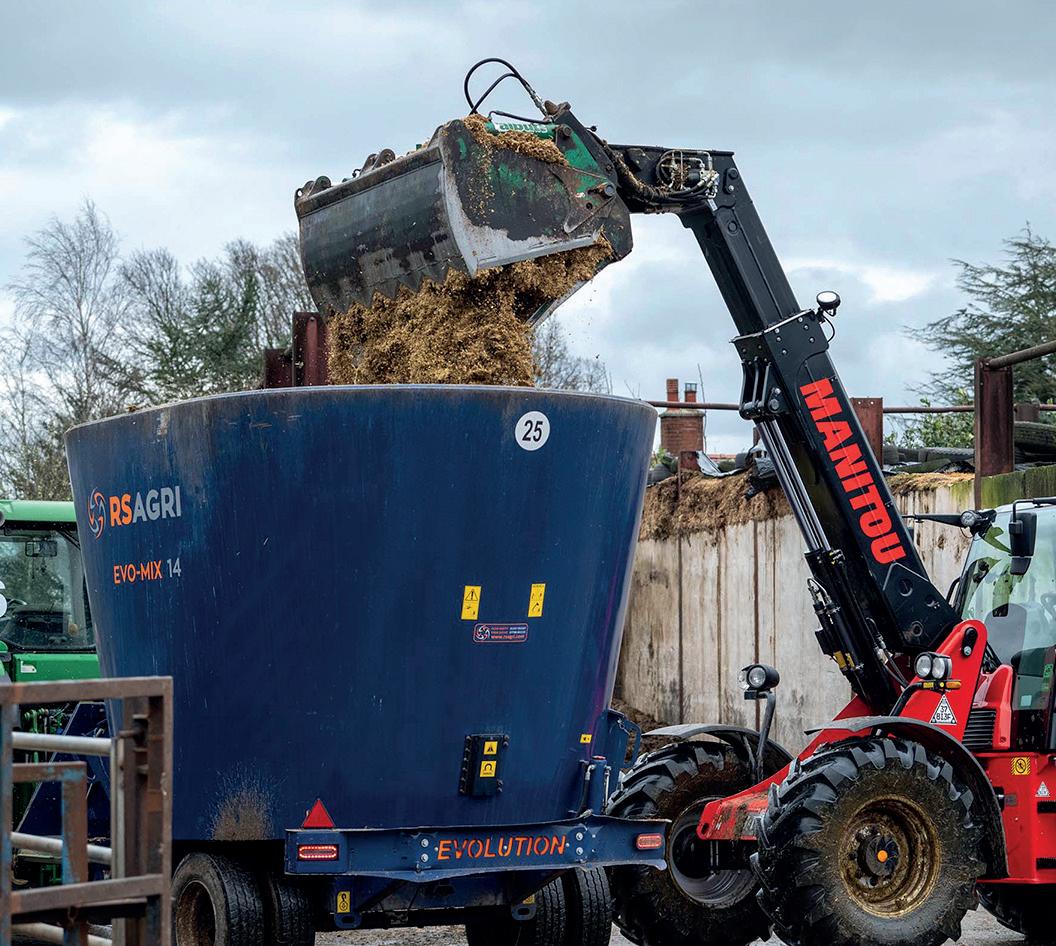
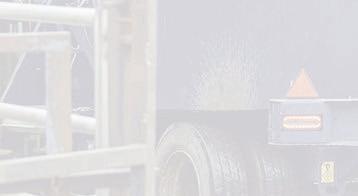
continued, with NDF in the DM increasing by 2.1%.
However, lignin levels have reduced, re ected in slightly higher energy content shown by an increase in dynamic net energy, the energy actually available to the cow for milk production.
By accounting for the higher propionate yield from the increased fermentable carbohydrates in this year’s maize, producers will have the ability to utilise more of the energy coming from maize silage.
Mr Bonnick says: “When including maize in diets this winter, the key will be to avoid overloading the rumen with starch to minimise the acidosis risk.
“ e increased energy availability may allow cost savings, especially as starch degradability increases.
“Regularly reviewing rations will allow this opportunity to be realised.
“Most importantly, make sure to get clamps analysed at least monthly so you know the actual quality of maize being fed and watch for signs of mould on the clamp, as many crops will be at increased risk of mycotoxins this winter.
Source: Trouw Nutrition GB
“Feeding a mycotoxin binder, such as Selko Toxo, as standard practice in diets containing maize silage will help minimise the risk.”


























































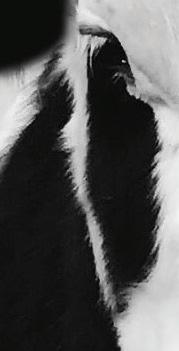






















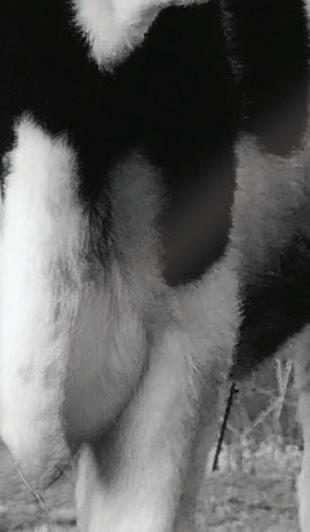
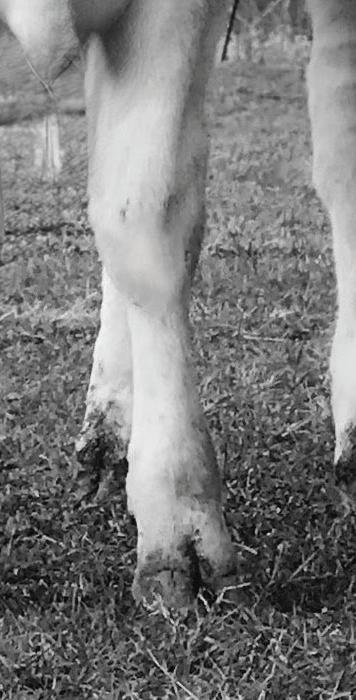






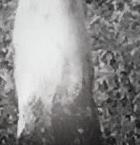










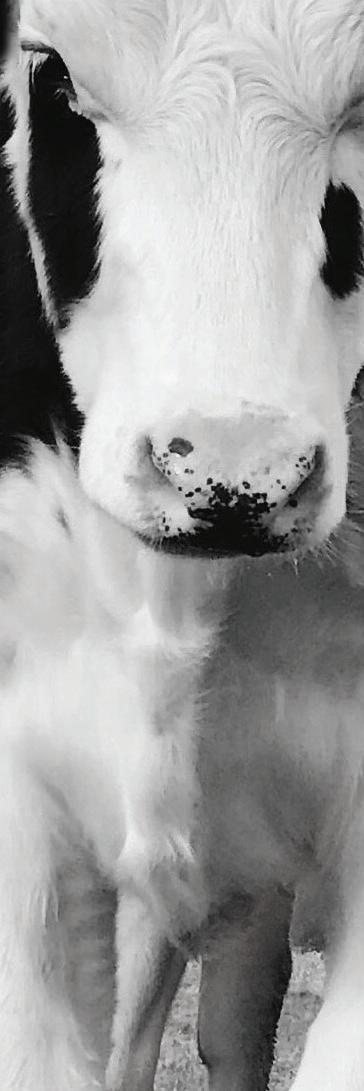










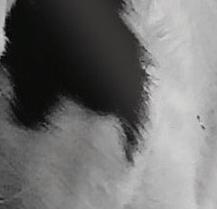





















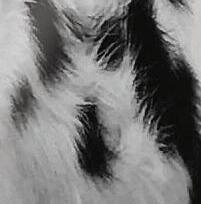
























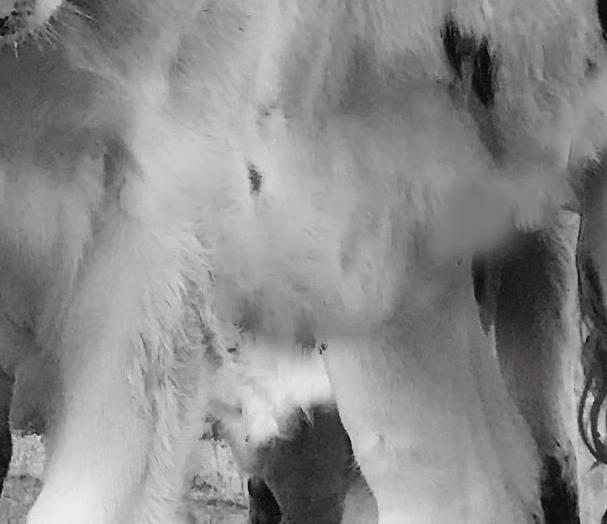













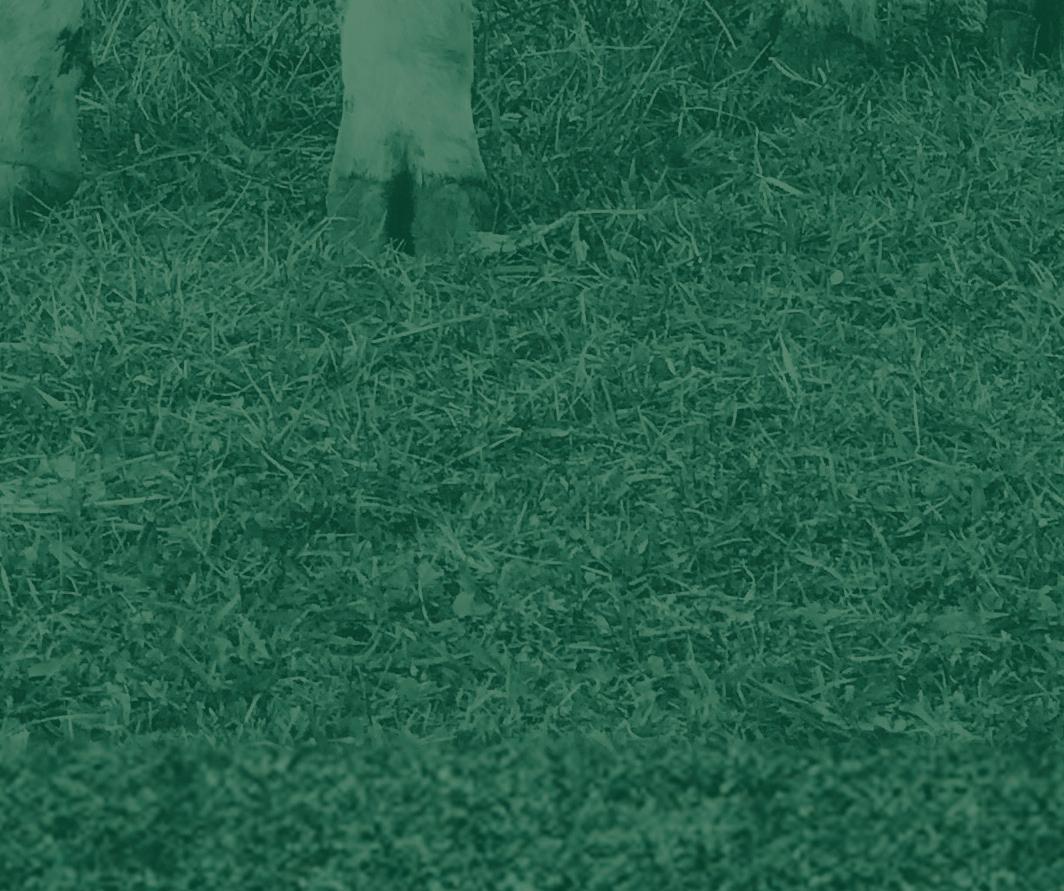

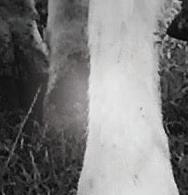







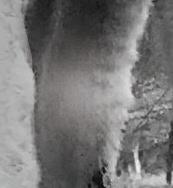
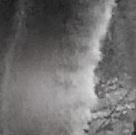























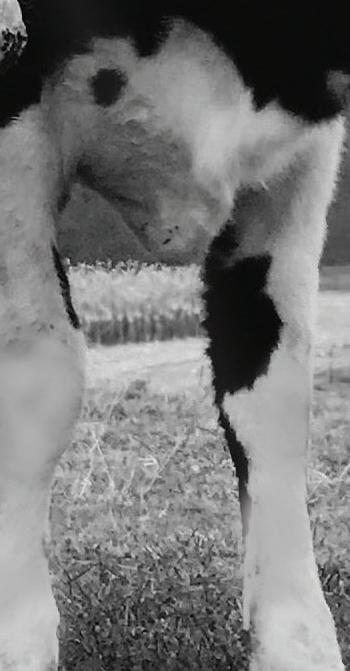
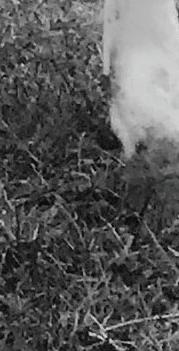
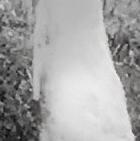
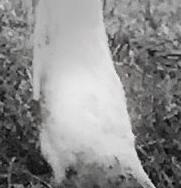





What zero treatment and zero calf losses looks like on-farm
on a day-to-day basis was discussed by Dr Jodi Wallace, of Ormstown Veterinary Hospital, Quebec, Canada, at the Total Dairy Conference held in Stratford-upon-Avon.
Dr Wallace, a guest of Boehringer Ingelheim Animal Health, spoke jointly with vet adviser Dr Becca Cavill.
Dr Cavill is working with vets and farmers up and down the country on the Optimax project, a targeted plan to examine and improve all aspects of neonatal calf health management on individual farms.
This project delivers performance benefits, and has been designed
JDr Jodi Wallace explained why colostrum was at the heart of successful calf production and helps any system work towards a zero zero approach. She said: “Calves are born without a functioning immune system, so feeding colostrum allows antibodies to be transferred into their blood system.
Is zero treatment and zero calf losses achievable and realistic, and if so how do farmers go about setting it as a target? Dairy Farmer reports.
to make all the processes involved easier and more efficient for those undertaking them.
As a dairy producer and vet, Dr Wallace is ideally placed to spot
“These antibodies serve to defend against disease until the calf’s own immune system develops, and the process is called achieving passive transfer [PT].
“Research has shown that calves which receive adequate colostrum have PT of antibodies and have higher average daily gains, improved health pre- and post-weaning, as well as higher
and understand the challenges being faced on a daily basis for anyone working with calves.
She said ‘zero zero’ calf care (no treatment and no losses) was achievable, but ‘will not happen overnight’.
She added: “It takes a team of
milk production in their first lactation than calves which did not receive enough colostrum.”
Dr Wallace said that every farm should be equipped to measure colostrum quality, most commonly with a Brix refractometer. And once tested, only excellent quality colostrum,
ARE CALVES GETTING ENOUGH CLEAN MILK TO DRINK?
rCalves should double their birth weight by 60 days. They should be fed up to 20% of their body weight in milk. Consider feeding three times per day or offering freechoice milk. The cleanliness of feeding utensils (buckets, bottles and nipples) is also key for healthy calves.
DO THEY HAVE ACCESS TO FREE-CHOICE WATER AND STARTER?
rResearch has shown that calves which have free-choice
water versus no water have a 45% increase in starter intake and a 60% in weight gain in the first four weeks of life. Starter intake is important because it increases rumen development.
ARE YOU CALVES PROTECTED AGAINST DIARRHOEA AND PNEUMONIA WITH SPECIFIC VACCINATION PROTOCOLS?
rVaccines help protect against infection and disease and establish immunity in the young calf.
ARE YOU FOCUSING ENOUGH ON YOUR TRANSITION COWS?
rDid you know that dry cows get easily stressed? The issue with stress is the release of adrenaline, cortisol and other hormones.
These hormones are needed for the fight or flight response, but can also cause oxidative damage to the cells. This means they slow down and impair immune system function. If the immune function of the dry cow is impaired too long, there are many detrimental consequences. These include reduced dry mater intake, increased rate of stillbirths, and other metabolic
dedicated caregivers and professionals who care and consistently do the basics right. The starting point is to understand the ‘why’ of each of the daily calf tasks and then set out a protocol around these to get closer to zero zero.”
greater than 24% Brix, should be fed.
She also said that many farms consistently average 28-30% Brix measurements for colostrum quality and that if it is routinely difficult to attain values over 24%, re-evaluating transition cow ration and management is a good starting point.
diseases, such as retained placentas, milk fever and ketosis.
Not to mention a reduction in total lactation milk production and increased risk of lameness, mastitis and days open. Stress is not a good thing.
IS THERE ALWAYS FRESH, CLEAN, DRAFT-FREE AIR FOR YOUR CALVES TO BREATHE?
rPneumonia has serious economic impacts now and for the future of that calf. It can negatively impact growth, reproductive performance, milk production and longevity.
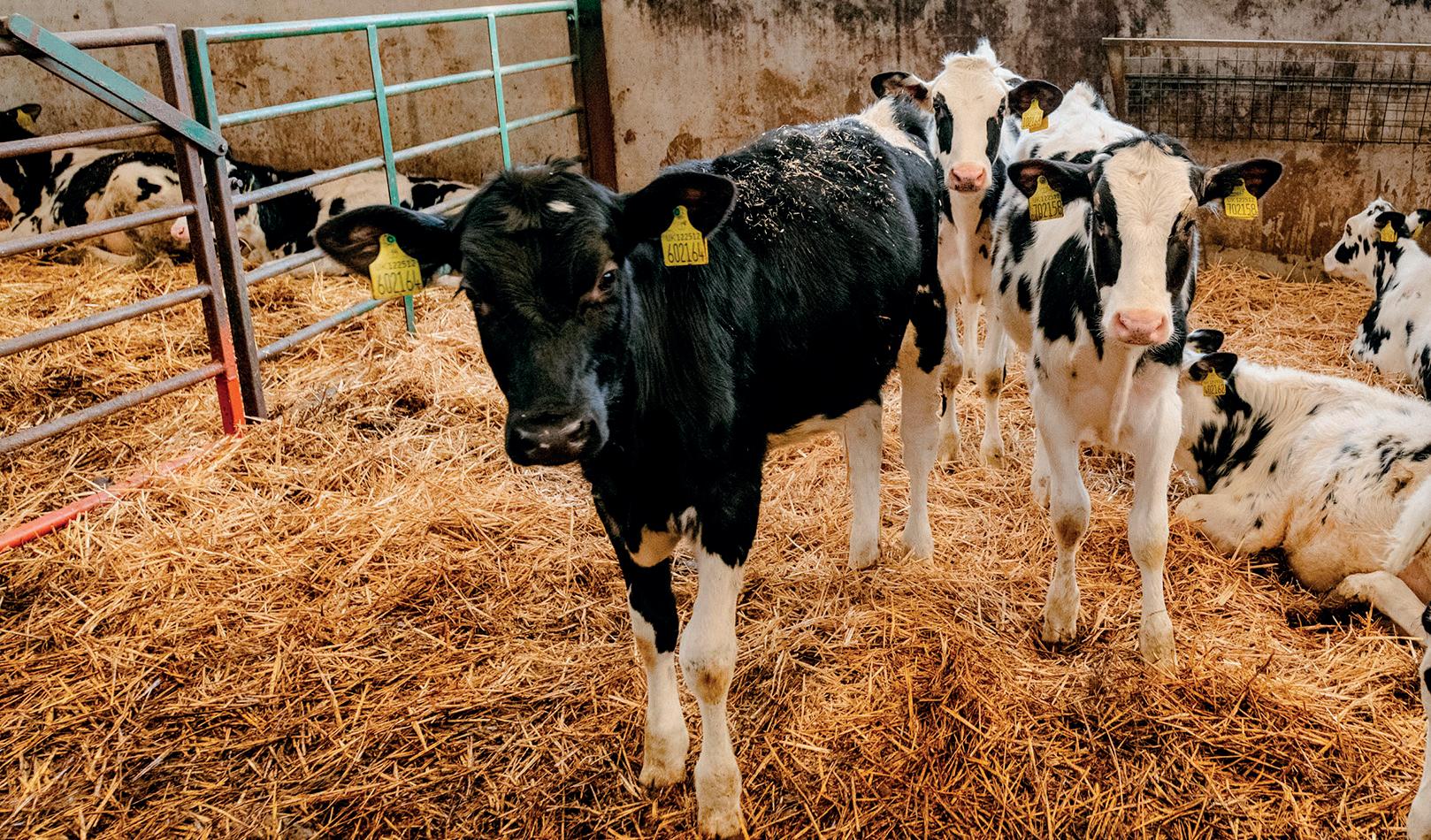

Dr Jodi Wallace said calf treatment and mortality had been regarded as being ‘normal’ because it was what farmers were accustomed to seeing.
Dr Wallace challenged delegates to think about what was ‘normal’. She said: “Calf treatment and mortality is not normal on-farm.
“It is only ‘normal’ because it was what we are accustomed to seeing.
“When abnormal becomes normal, that is a problem. The industry standard is to have less than 5% mortality and 25% treatment rates in preweaned calves. This is abnormal. Strive to better than current standards.”
She reminded conference a endees that the calf was born in good health and that was only as a result of challenge in the environment
that they succumb to either of the most commonly seen diseases – scour and pneumonia.
She said: “At the end of the day, diarrhoea and pneumonia are not the calf’s fault. ey will most likely occur as a result of some failure on our side.
“Yes, medication can help, but not in place of digging deeper to understand the problem and preventing it in the rst place.”
e Optimax approach, as described by Dr Cavill, is an
on-farm exercise with a trained vet and the whole farm team.
e vet will lead a walk around the farm looking at important areas, such as calving pens, colostrum management, calf housing and feeding equipment, to end up with a sound understanding of what is working well, what is working less well and possible solutions.
A proactive plan with a timeline to help move from A to B is then put in place, with regular reviews built in to check progress. Dr Wallace said it was not good enough to say ‘I have always done it that way’.
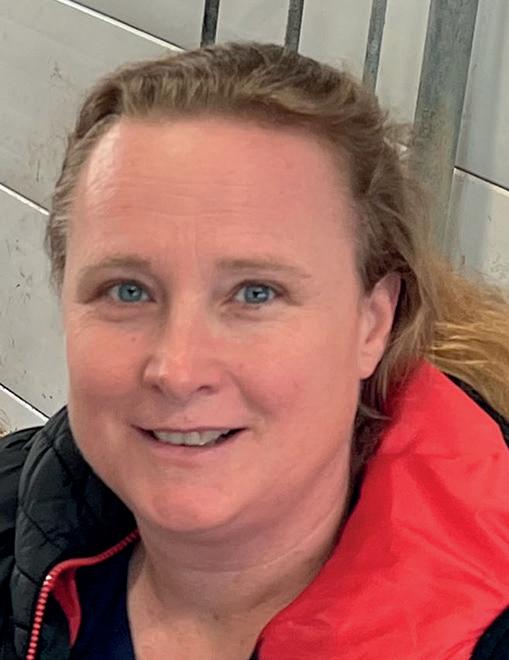
She said: “Raising calves can be the most rewarding and most frustrating aspect of the dairy farm.
“ ere is a considerable amount of e ort and cost invested in the rst day of life and in the next two years to get her to the milking herd.
“Nobody likes to have sick calves on-farm. It is time-consuming, costly, emotionally draining and stressful. e closer we can get to zero zero, the more enjoyable and more pro table calf raising can be.”

This year’s World Dairy Summit was held in Paris where the main theme was sustainability. Katie Jones takes a look at some of the information that was shared relating to production.
While the production of cows’ milk in France has declined by about 8% since 2015, it is the opposite for the milking goat and sheep sectors, which have increased by 12% and 11% respectively.
France is still the second player in the EU for cow milk (16% of European volume) and is now the fourth largest producer in the EU for sheep milk (14% of global volume), and is the biggest producer of goat milk (30% of global volume).
However, there are some regional variations, said Benoit Rouyer, an economist at CNIEL, which is the French organisation responsible for sharing tools, standards and promoting milk and dairy products.
Speaking at a press brie ng, Mr Rouyer said: “Cow milk is produced in almost every French region, with a high concentration in
the west. Sheep milk production is highly concentrated in Occitanie, which accounts for three-quarters of the national production and includes the famous area where Roquefort is produced.
“And goat milk is mostly produced in the western and central parts of the country.”
Mr Rouyer said milk production in France is still largely based on traditional family-run farms.
He said: “Among the 46,000 dairy farms producing cows’ milk in France, there are none that have more than 1,000 cows.
“A typical French dairy farm has 110 hectares and 70 cows producing about 500,000 litres of milk per year, with two people working on it.”
Protected Designation of Origin (PDO) dairy products are an important feature in the French dairy sector and are present in almost
JWorld milk production for all species has been growing continuously for more than 30 years despite the global challenges, said Jean-Marc Chaumet, of CNIEL.
Quoting figures from the International Dairy Federation’s World Dairy Situation report 2024, Mr Chaumet said recent figures show that in 2022 there was a slow growth of milk production of all species because of extremely high production costs and limited consumption.
He said: “In 2023, we saw a rebound by 2.1%, which is in line within the medium-term growth rate. And it reached a volume of 964 million tonnes, setting a new record.”
And he said that cows’ milk accounts for more than 80% of the total global milk production.
The second species is buffalo, which is growing at twice the rate of cow milk production.
He added the increase in global production was being

PDO products account for 12% of cow milk production in France.

every region of the country (for more on this see p32-34).
France has 51 PDO dairy products, including 46 cheeses mostly made from raw milk, three bu ers and two creams.
Milk manufactured for PDO dairy products accounts for 12% of cow milk production, 14% of goat
‘propped up’ by production in Asia and Africa.
He said: “It appears clearly that there is an increasing gap between the growth of the traditional milk producing and exporting regions and the emerging dairy countries/ regions, which strive to achieve self-sufficiency and also reduce reliance on imports.”
He added that US and EU production had been levelling off for the past two years, due mainly to skyrocketing costs and adverse weather.
milk production and 36% of sheep milk production.
Mr Rouyer said: “PDO products play a growing role in the dairy industry.
“ is is notably the case for cow milk and, even though milk production has been decreasing over the past few years, the volume of milk intake dedicated to PDO products has grown to almost three billion litres per year.”
rPer capita, consumption of liquid milk is 52 litres per year, which is far below countries such as USA, India and Australia, but consumption of butter (8.2kg) and cheeses (27.4kg) are extremely high on a global scale
rAlmost 40% of milk produced in France is exported and imports represent one-third of the domestic consumption

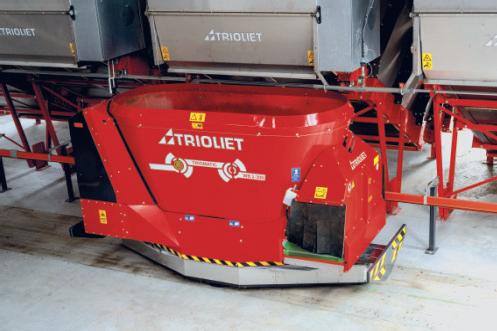
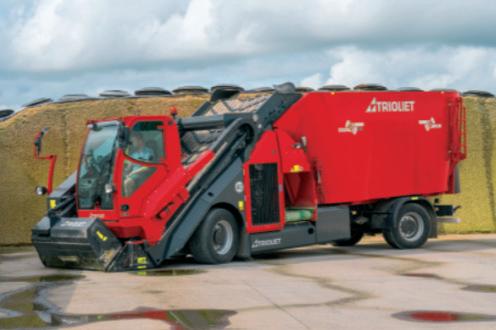



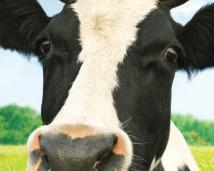



























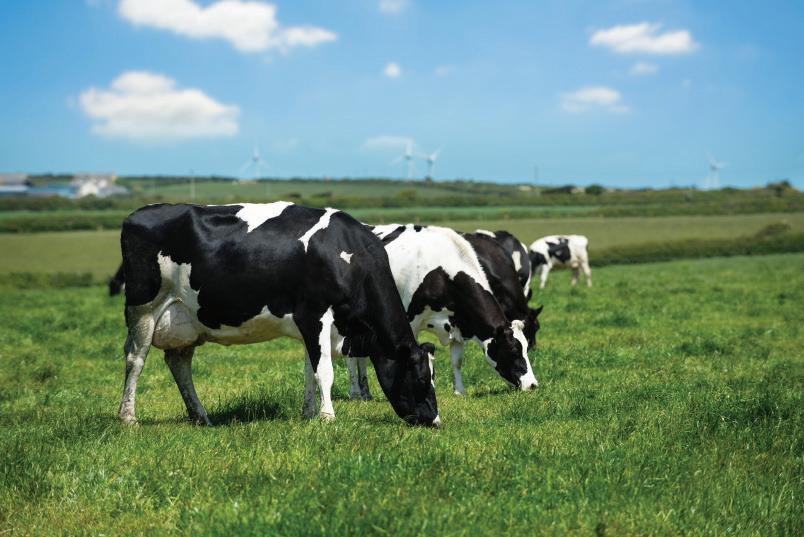

















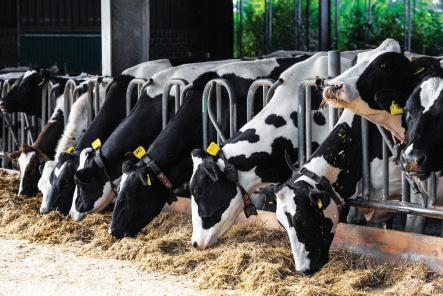











































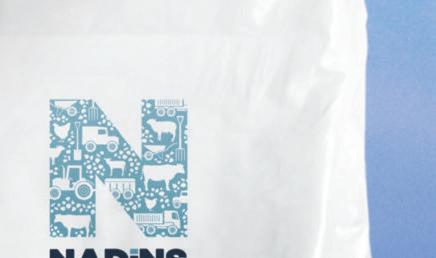





































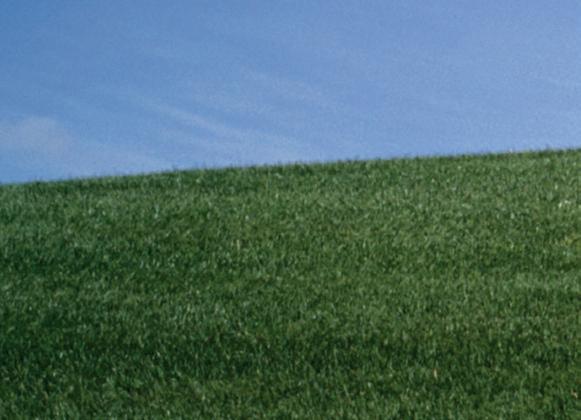






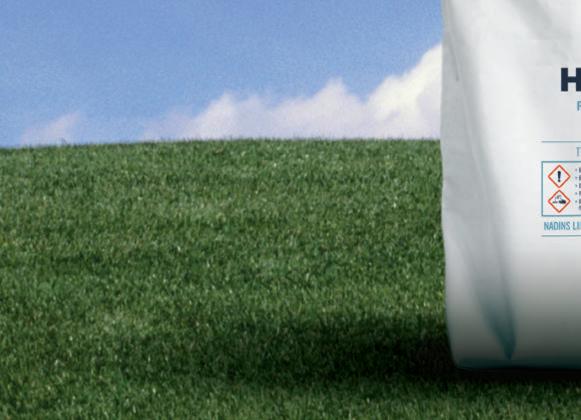










France has more Protected Designation of Origin cheeses than any other European country, but what does this mean for the farmers supplying the milk? Katie Jones finds out more.
The Jura Massif region in Eastern France is home to the Comte cheese, which is one of 46 cheeses produced in the country, which have a Protected Designation of Origin (PDO).
Some 70,000 tonnes of Comte cheese is produced by about 2,500 farmers in the region, with the cheese sold across the world.
e farmers come together in a unique way to help produce this cheese to an exacting set of rules and regulations, while also seeing a nancial incentive to producing this milk.
e origins of Comte cheese can be traced back to more than 1,000 years ago, when farmers in the region began to follow a process adopted by producers in nearby Switzerland who were pooling their excess milk in order to produce cheese for consumption during the long winter months.
Back then, groups of 20 to 50 farmers, each with a handful of milking cows, would pool any milk not immediately consumed to make large wheels of cheese that would mature over several months.
e cheese was made at the village ‘fruitiere’, which loosely trans-
rCows stay in the herd for an average of six lactations
rMilk is collected every day and transported to the local fruitiere where it is made into Comte cheese
rThe farm is not organic, but uses a number of homeopathic techniques
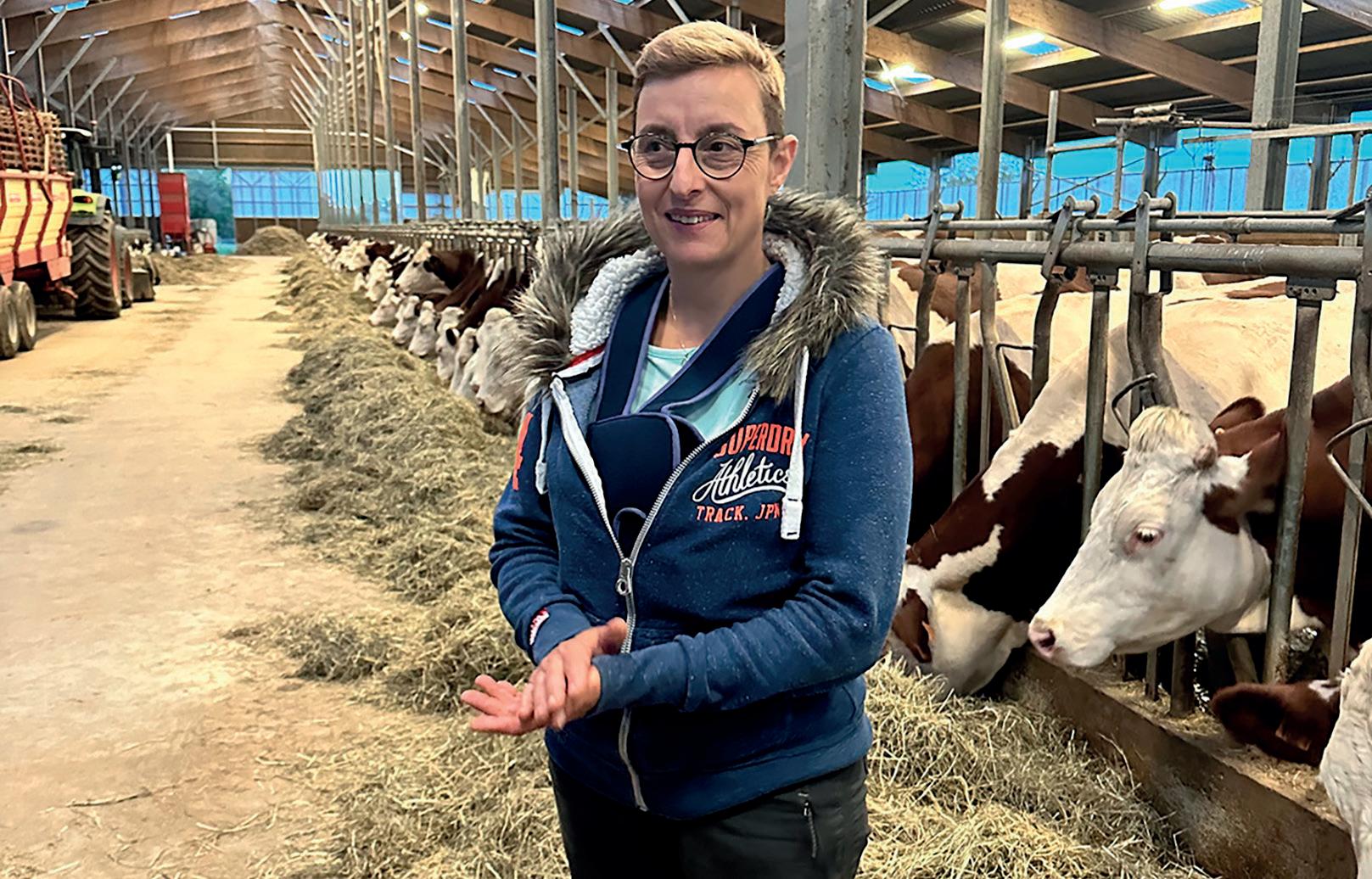

lated means a cheesemaking facility.
e term gets its meaning from milk producers coming together in a desire to be ‘fruitful’ and produce large quantities of cheese.
ese fruitieres are co-operative in their structure, with the group of milk producers involved employing a cheesemaker and working together to make decisions about the way the business is run.
As farms became bigger over the years, these fruitieres began to amalgamate and now there are about 140 in the Jura region.
e farmers supplying milk to make this cheese are involved in every aspect of the process and will o en visit the fruitieres and cheese maturing plants.
One such farmer is Marie Roy, who farms in a ‘gaec’ or partnership with Mickael Pelletier, at Sauget Farm, in Vevy in the north of the Jura region. Brought up on her
family’s farm in Chevigny in the North Jura, Marie went on to spend 10 years in Ireland running a large farm and two years in New Zealand where she was a farm manager until 2009.
On returning to France, she took on a farm in Vevy, but a er a re in 2018, she decided to go into partnership with Mickael and the new farm steading at Sauget was built.
e farm is now home to 100 Montbeliarde cows, which supports the two of them in the farming partnership and also allows them to employ one full-time and one parttime member of sta .
Marie says: “It is possible to make a full income for one person on 30 cows.”
And this is thanks to the milk price farmers in the region receive for the milk which goes into Comte cheese.
Marie says: “ is is a high value product, so it means that we are paid €729/tonne of milk, which is about €200/t above the average price paid to French farmers.”
However, there is a strict set of rules that farmers supplying milk for Comte cheese must adhere to.
Firstly, Comte cheese can only be made with milk produced by Montbeliarde and French Simmental cows. Cross-breeding is not allowed.
Marie’s cows produce an average of 6,500 litres a year at 3.3% protein and 3.8% fat.
e other rules are around feeding and management.
Farmers adhere to a stocking rate of at least one hectare per cow – 1.3ha/cow (3.2 acres/cow) in Marie’s case – and milking animals can be housed for a maximum of 75 days a year.
Marie, who spent time working with grazing herds while in New


Cows graze from late January to early December and are fed only hay while housed.
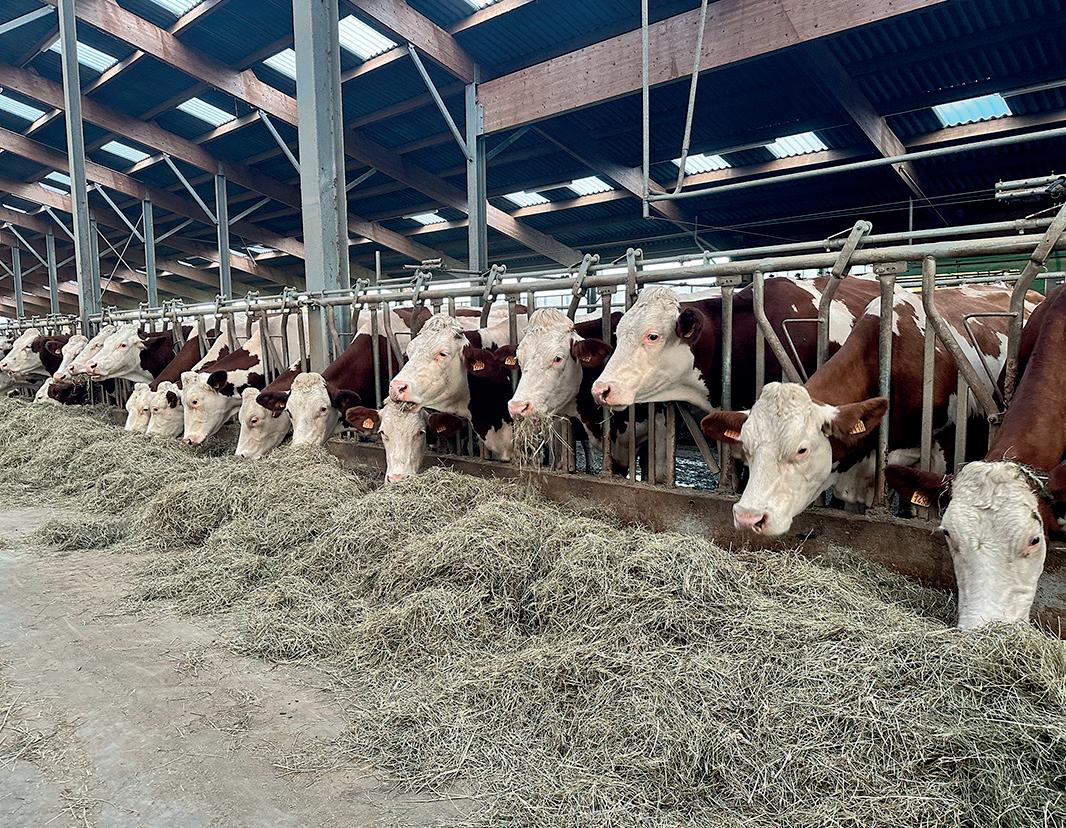
Zealand and Ireland, is fully commi ed to this system, with cows rotationally grazing around 42 paddocks. Cows are moved every 24 hours.
She adds: “Our farm is 240ha, of which 80ha is grass and 80% of this is within a mile of the farm buildings.
“We grow grass containing seven di erent species including ryegrass, white clover, bluegrass, cocksfoot, Timothy, trefoil and bird’s-foot trefoil.”
As well as adhering to the principles of Comte cheese production, Marie says this is also good for the sustainability of the business.
“We want to reduce our carbon
footprint and be as economically e cient as possible. Grazing grass is a great way of helping us to achieve this. Grass is the most e cient feed stu that we have,” she says.
Cows will usually graze from late January until early December and, while housed, only hay can be fed.
e feeding of silage is prohibited as it is thought to adversely a ect the quality of the milk.
e region is famed for its continental weather, with mild and dry summers. Marie says that Sauget is located on the rst plateau of the Jura mountains, which is about 550 metres above sea level.
“In the summer we can see highs




of 30-35degC for six to eight weeks of the year, but the dry spells seem to be ge ing longer each year.
“ e soils are very light and our soils are only about 7cm in depth. A er that, it is just rock.”
e feeding of concentrates is limited to 1.8 tonnes per cow per year and any feed bought in must be locally-sourced and genetically modi ed organism (GMO) free.
Hay can be bought in, but again has to be locally-sourced.
Another stipulation of Comte cheese is that robotic milking is not allowed.
Marie says: “We believe that we should farm using our senses; we want to see and touch the cows and we do not think you can have this connection to the cows when milking via a robot.”
e focus on reducing the farm’s carbon footprint does not stop at grazing and Marie says she is working hard to reduce age at rst

How can Kersia help to protect teat skin condition?


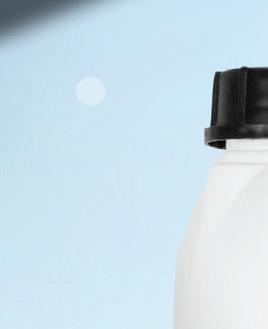
calving, so that the farm has to carry fewer replacement heifers.
She says: “Heifers used to calve at about 30-31 months on average, but we have reduced that to 27 months.
“ is has cost savings as well as the carbon footprint reduction. We reckon it has saved us about €15,000 a year.”
Everything is served to arti cially inseminated bulls, with sires selected on milk yield, legs and feet and fat and protein.
e top third of the herd based on performance are served to sexed semen, the middle third to conventional semen, while the bo om third goes to non-Montbeliardes, usually Limousin or Angus for ease of calving, with calves sold o farm.
Calves spend 24 hours with their dam, before being moved to individual pens where they are fed whole milk for about 10 days.
ey are then moved into groups and are fed powdered milk until weaning at 2.5 to three months. Calves are weigh banded and are


• Pre and post, ready to use and highly convenient
• Actives: Chlorhexidine and lactic acid
• Contains a combination of e ective actives to provide good disinfection

• Formulated to create excellent foam quality and superior cleaning power
• High emollient content for excellent skin condition

T: 01576 205 480 E: enquiries.uk@kersia-group












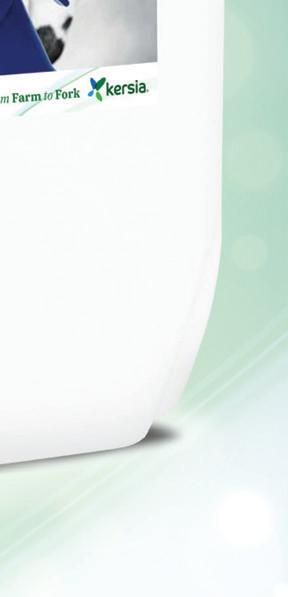
weaned when they have doubled their birth weight.
Marie says the attractiveness of the proposition offered by Comte cheese production means there is strong interest in taking on farms in the area including from young people.
She says: “For every one person retiring, we have another waiting
to take on a farm. People are very strongly linked to the ‘terroir’; the history and the land in this area.
“Covid also enhanced this and many now want their own business and to be self-reliant.
“A lot of people want to come back to the land and a lot of young people now want to come back to farming,” she adds.
JMarie Roy and 22 other farms send their milk to the Fruitiere a Comte de Plasne Barretaine and, in total, the fruitiere takes about 8.7 million litres of milk a year.
As well as Comte cheese, this facility also makes Morbier, tomme and raclette cheeses.
The fruitiere employs four cheesemakers, including
a ‘master cheesemaker’, alongside two members of staff who collect the milk and two apprentices.
Each of the 23 farmers who are part of the co-operative is entitled to vote on all matters concerning the fruitiere, such as milk price and how the cheese is marketed.
All farmers, no matter how big
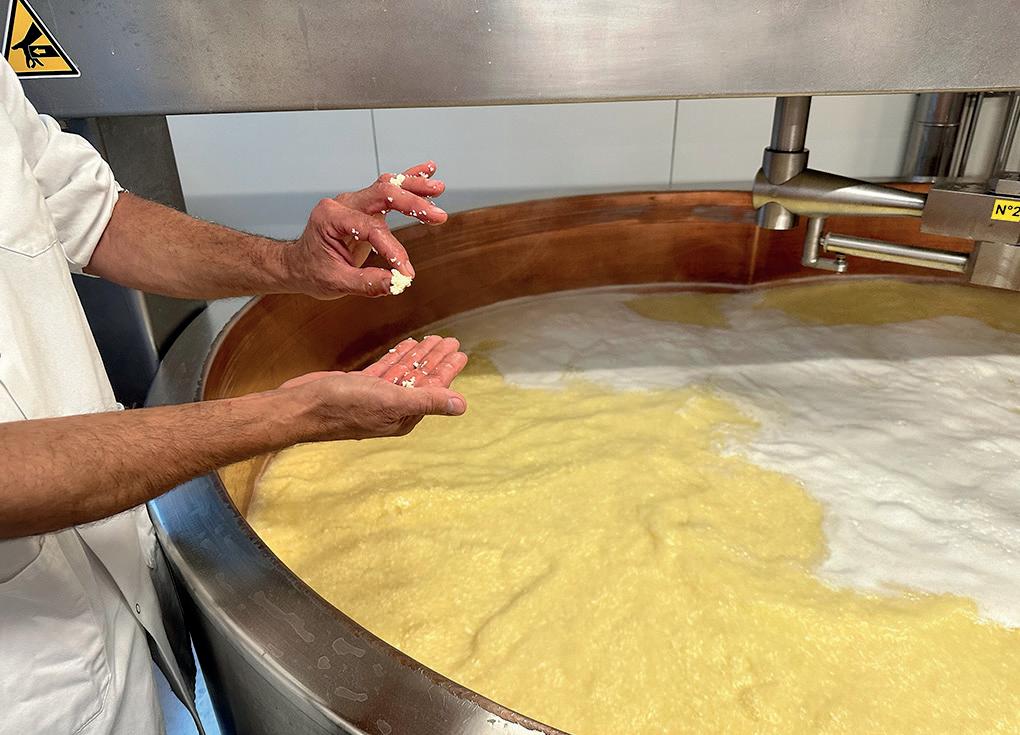

JThe PDO cheeses associated with the Jura region provides work for about 14,000 people when you take into consideration the farmers, the workers at the fruitieres and maturing cellars, along
with the companies that make the cheesemaking equipment.
Each Comte cheese has an identity card, so it can be linked back to the exact batch of milk it was made from so there is full traceability.
their farm or how much milk they produce, have an equal vote.
The milk is collected after the afternoon milking and processing starts the following morning.
It takes 430 litres to make a single wheel of Comte cheese.
After separating the whey, the milk is warmed in copper pans to create the curd and then pressed to remove excess liquid, before being put into cheese moulds.
The freshly made wheels are then pre-ripened for 30 days, before being moved to one of the 16 maturing cellars at the maturing facility – Monte de Terroirs in nearby Poligny.
Here the affineurs look after them for four to 18 months or more – regularly turning, salting and rubbing each one with brine solution.
At Monte de Terroirs, the cheese is firstly matured in cold cellars before being transferred to hot cellars where temperatures
are about 16degC, and finally ends up in the aging cellars where the temperature is gradually decreased to 6degC.
The cheeses are turned, salted and brined three times a week, with this process carried out by robots.
During this whole process, the cheeses are stored on shelves made of wood which is specific to the Jura region, which also contributes to the maturing process by bringing mould and yeast into the wheels.
The cheeses are monitored throughout the process to check on progress and then the cheeses are scored on quality. At the point of sale, the wheels of Comte cheese weigh about 40kg and, when matured, they can sell up to €16/kg in supermarkets, while the most mature and highest quality cheese can sell for up to €50/kg in specialist cheese shops.
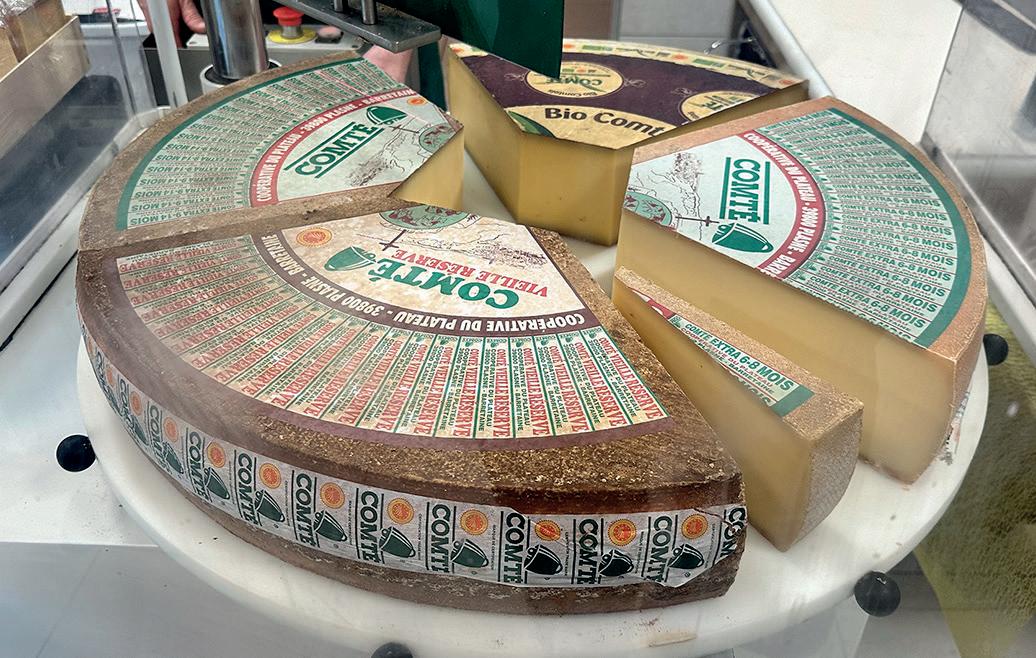
After the year started with a continuation of 2023’s dire weather conditions, most farmers reported better silage-making weather as summer progressed.

Strong grass growth rates across almost all regions throughout the season means silage clamps are full, but quality has been very mixed, according to Peter Smith, silage expert with Volac.
He says: “Once again, we have seen that where farmers go for an early cut to take younger grass when the weather is right, this has paid off.
“The silage made has been high quality and yields have generally been good.
“First cut silage made early in the season has typically analysed at 11.5ME, whereas later cuts made in poorer weather have averaged around 10.5ME.
“While this may appear a small difference, it can be worth five to six litres of milk per cow per day.
“Opting for an earlier first cutting date is not just recommended for those adopting a multi-cut system. For farmers preferring a conventional two or three cut regime, it makes sense too.
“There are three advantages to mowing early; it ensures that any carry over grass is taken before it starts dying back, it promotes quicker regrowth and it means poor weather delaying second cut is less of a problem and is likely to have less impact on quality.”
Looking ahead to the start of 2025, Mr Smith urges farmers to resist the
temptation to apply thick applications of slurry to grass as soon as the closed period for spreading is over.



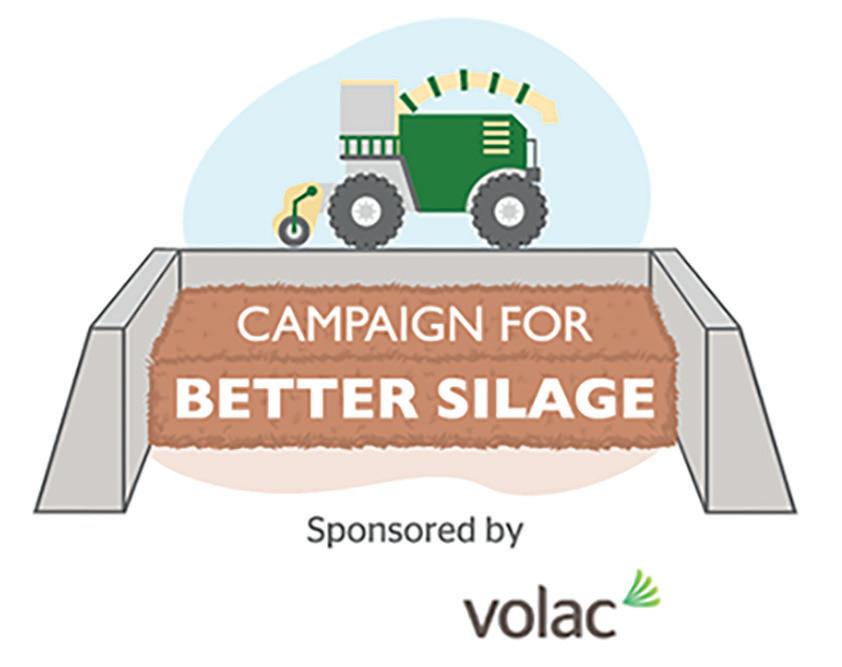



He says: “Ideally, there should be a 10-week gap between a slurry application and the silage-cutting date. In reality, this is difficult to achieve.
“Adopting a cautious approach and applying smaller amounts will reduce the risk of issues such as low palatability and dry matter losses in silage.
“These losses are caused by the bacterial residues from slurry, which cause poor fermentations.
“Using an additive such as Ecosyl, which applies one million bacteria per gram of grass, will help counteract the effects of bad bacteria in silage.
“Moving early in the season to take a clearing grass cut prior to applying slurry will enable the UV from sunlight to destroy any bad bacteria on the sward.”
John Spence, forage crops product manager at Limagrain UK, agrees 2024 was a good grass growing year, but says there was significant variation across the UK.
He says: “Most farmers are reporting forage stocks have been replenished, but the quality of both first and second grass silage cut was below average.
“The maize harvest has been good in the south and east of the country,



Peter Smith says that ideally there should be a 10-week gap between a slurry application and the silage-cutting date.
but more problematic further north and west due to the onset of wet weather.
“With a significant proportion of the maize crop still standing in fields in some parts of the country into November, poor feed value is likely to be an issue.
“Many farmers have not caught up with their grass reseeding programmes after the very wet autumn and spring last year, so this will impact on production and quality.
“This winter provides an opportunity for farmers to review their reseeding programme and target those fields which are performing poorly.
“It seems there is no longer a ‘normal’ season and prolonged periods of wet and dry is likely to be the usual weather pattern in the future.
“With this in mind, it is advisable to spread risk by growing different forages, rather than relying on a single crop.
“Increasing the value of home-grown forage always pays dividends and this can be achieved by reseeding the most productive fields and managing existing grass leys to optimise performance.
“Growing some herbal leys or introducing a break crop between grass reseeds, such as fodder beet, forage rape, kale or another brassica, will build in some margin in terms of additional production, creating greater resilience for the farm business,” Mr Spence says.

In this parlour and milking technology special, we look at products developed to improve cow comfort and teat health, plus farmers who have embraced technology and automation.
38 TRANSITION TO ROBOTS
Tenanted farmers move to automation
40 TECH FOR SUSTAINABILITY
Dutch farmer looks at farm innovation
New products are emerging on to the market all the time. Dairy Farmer takes a look at some of the latest innovations from milking technology specialists.
ADF Milking has launched a new product, DipSmart, at this year’s EuroTier exhibition.
DipSmart is the company’s latest development in teat dip technology.
e product automatically blends concentrated sanitisers and skin conditioners with local potable water to create a teat dip that is customisable to every herd on every dairy farm.
e DipSmart system aims to create a high-quality teat dip designed to ensure optimal teat condition at a low cost to farmers and the environment.
Smart cow monitoring
JA new concept for smart monitoring of cows and shed operation has been unveiled by Lely.
The Lely Zeta is a revolutionary concept based on a strong vision for the future.
By using cameras, LED lighting, artificial intelligence
e blended teat dip mix can be tailored to suit speci c farm requirements and weather conditions.
For example, during extreme weather, skin conditioner ratios can be increased to give teats extra protection.
In the event of a high bacterial load, the sanitiser concentration can be increased to combat udder infection.
With the new DipSmart system, the active/emollient ratio can be adjusted on-farm by the operator.
Farmers can access the DipSmart control panel via a smartphone app which enables
and smart algorithms, Zeta will enable farmers to collect even more data to further improve animal welfare and farmer prosperity.
With this visionary concept, Lely says it has ‘opened a new era in monitoring cows and barn operation’.
44 COW COMFORT
Achieving a more pleasant milking experience
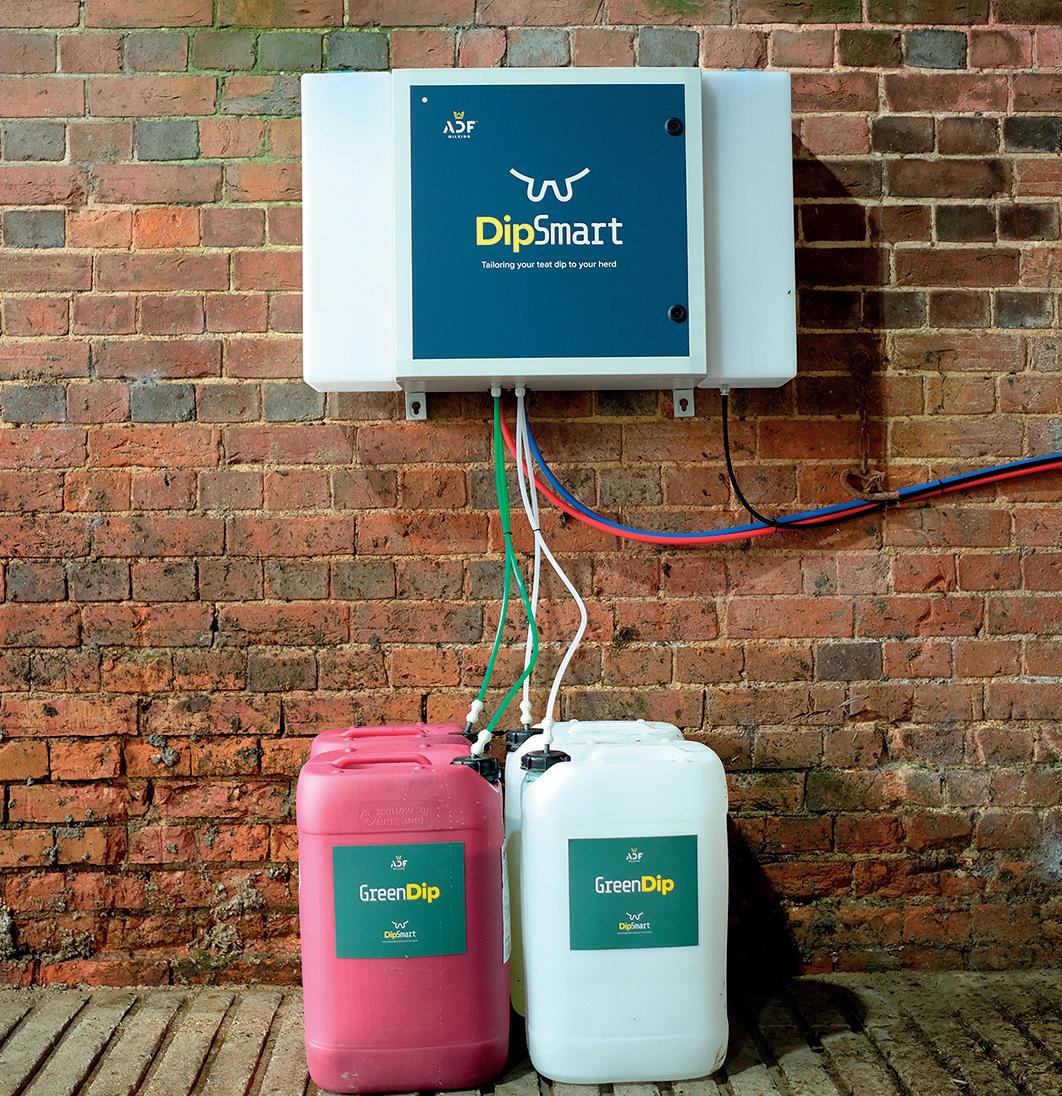
real-time adjustment of the teat dip mix.
e DipSmart app also monitors the amount of concentrates




DipSmart was launched at EuroTier 2024.
used for accurate stock management and cost control, as well as reporting the total amount of teat dip used.
JSwedish manufacturer Delaval has added to its Optimat range of robotic systems with the introduction of an autonomous feeding robot.
The fully electric OptiWagon works in conjunction with the brand’s existing feed kitchen, which operates with a fixed TMR mixer to produce rations, with intake material drawn from a range of bunkers and silos.
Forage can be automatically loaded into DeLaval’s OptiWagon for an entirely autonomous feed solution.
The current feeding system uses a suspended monorail distribution wagon which travels
through the buildings to deliver feed. The introduction of the OptiWagon removes the need for overhead monorails and is claimed to be capable of supplying a variety of animal groups with different feed mixes up to 12 times per day.
Control of the feeding routes and individual mixes is managed through the manufacturer’s DelPro farm management system.
Delaval says the existing Optimat feed kitchen has been installed at over 600 farms, mostly across Europe, and has the capacity to deliver feed to herds up to 1,000 cows.
Anti-starling salt for maize and wholecrop feeding



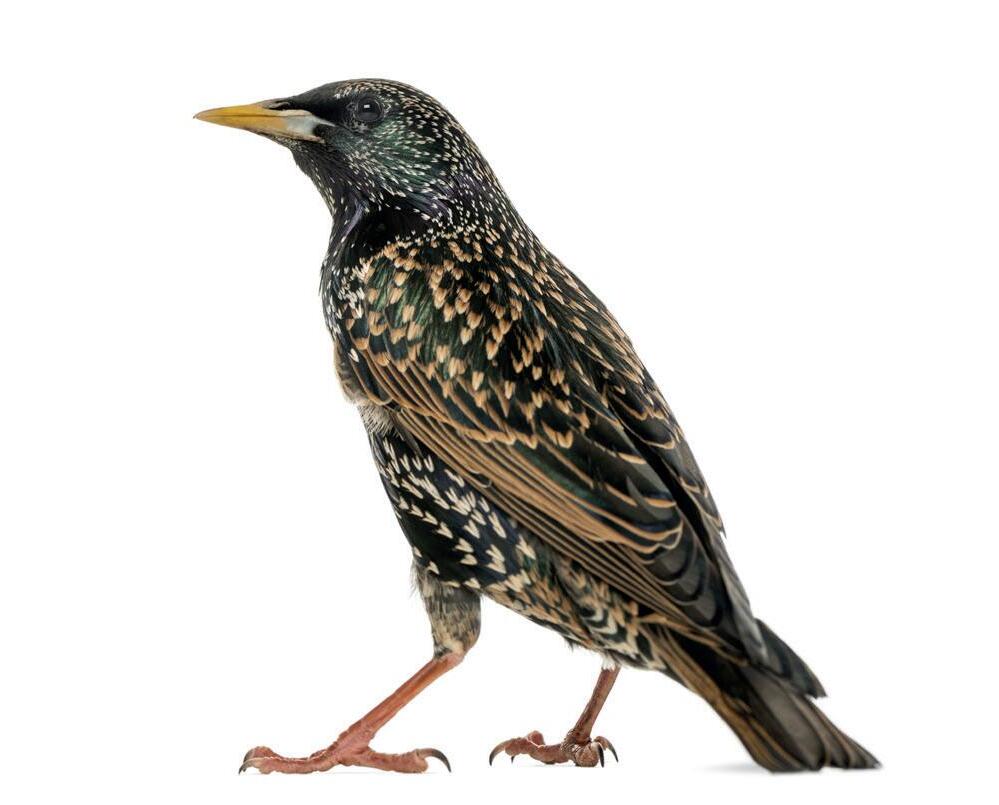

B2B Technical Dept: 01363 775 115 Nigel Hemphill, Head of Commercial: 07803 736181 techteam@brinicombe.co.uk
B2B Nutrition is the trade arm of the Denis Brinicombe Group





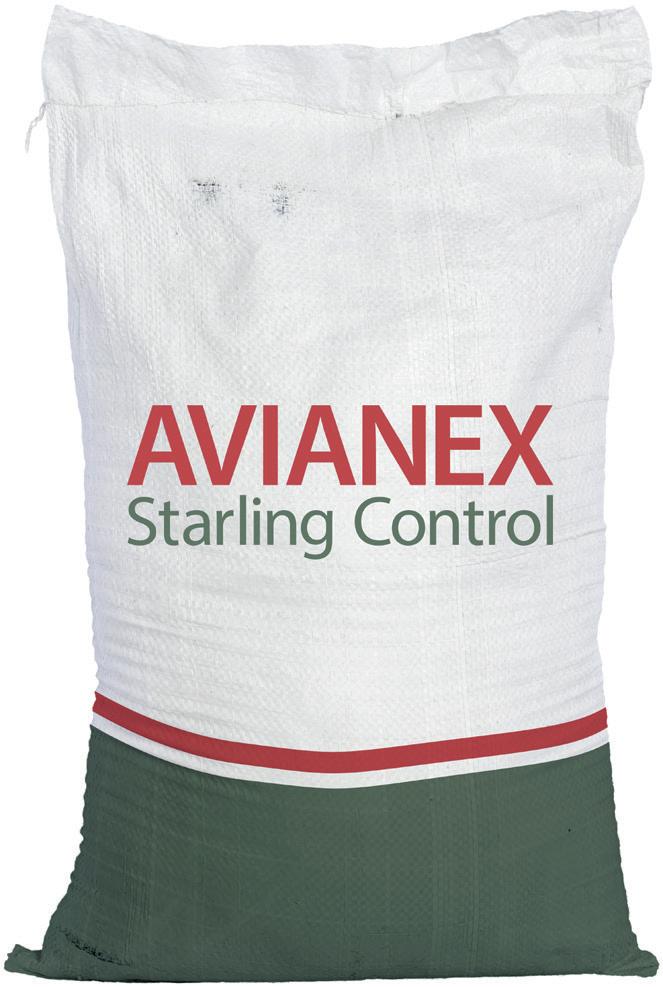



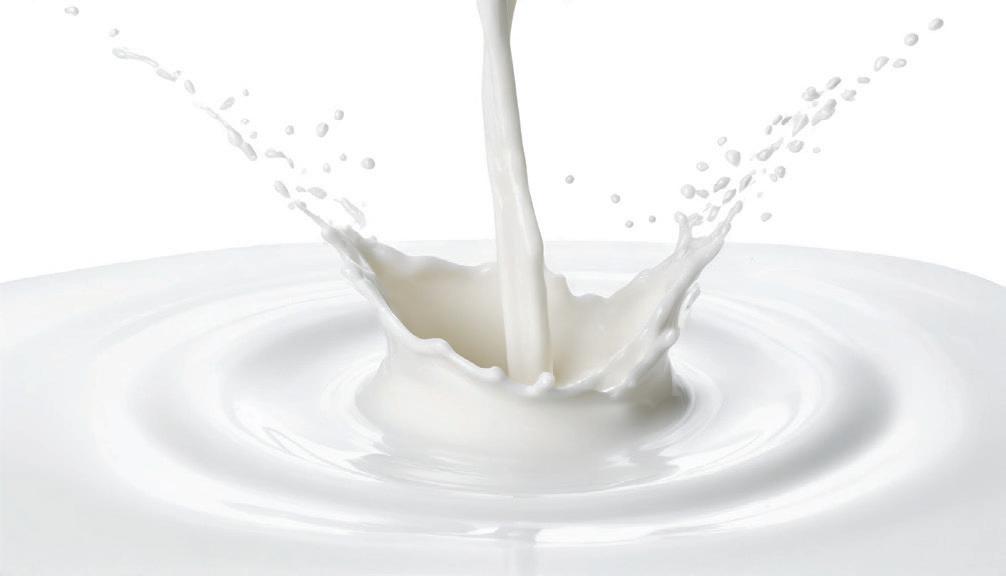
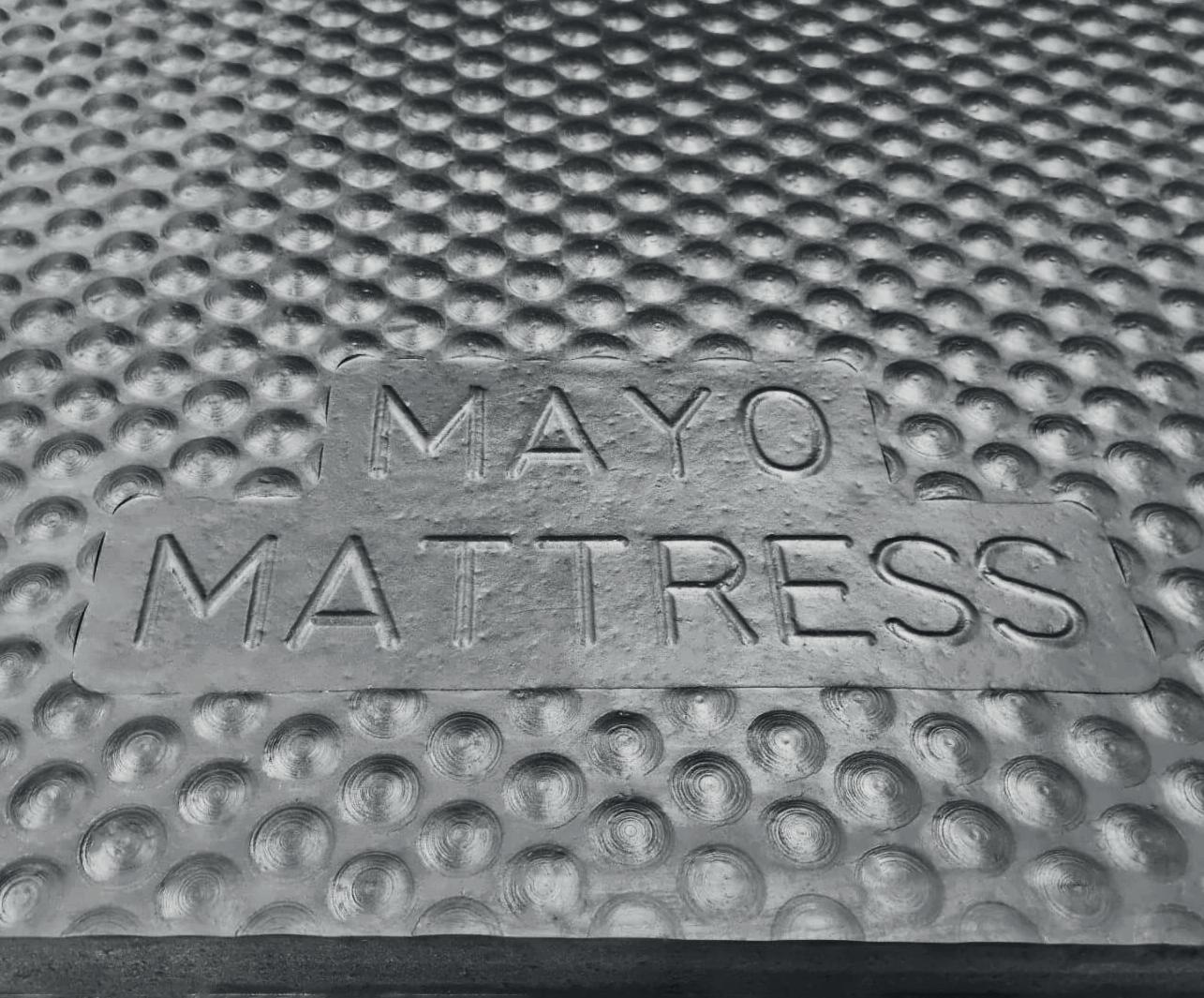


Comprehensive 25 year warranty Materials meet EA and SEPA requirements Installed and tested by certified technicians Enviroseal provide a complete range of products for slurry storage
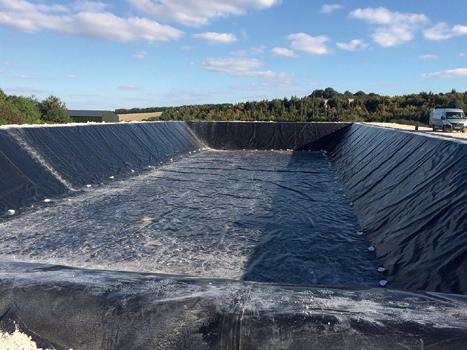
LAGOON



Transitioning to robots has helped rst-generation farmers Simon and Alison Ward improve cow welfare and li milk yields.
e couple gained a tenancy on the Prideaux-Brune Estate, near Wadebridge, Cornwall, and have grown the farm to 182 hectares (450 acres), having started their careers managing a dairy before contract farming in Dorset.
ey now milk 340 cows at Trevorder Farm, alongside their eldest son Ben, and supply milk to Trewithen Dairy. e Wards calve over six months to meet their processor’s milk pro le.
Simon says: “We produce as much milk as we can from July to August, because that is our highest milk price and we have to graze.”
To achieve this, the Wards have made robots work for their system by milking fresh calvers through the two robotic machines.
Alison says: “We will get cows in-calf, and once they are 45 days PD-positive, we move them back to the existing shed and they are milked through the parlour.”
Parlour-milked cows are grazed from March to September to meet contract stipulations, with dry cows and lows grazed an extra month.
In 2020, they spent £600,000 on a new slurry lagoon and greeneld shed, comprising two Lely
Milking through robots and a parlour has given one Cornish family farm the confidence to move fully to robots in the future. Dairy Farmer reports.
A5 Astronauts to relieve labour and accommodate more cows, as milking numbers had risen from 220 to 280.
Investments included a Lely Juno feed pusher, which was grantfunded alongside the two Lely A5 Astronauts, and two Luna cow brushes. ey also bought a Lely Discovery robotic scraper, but did not receive funding towards this.
Feed fences
e building comprises 124 sand-bedded Easy x cubicles. e feed fences are situated along the inside lengths of the shed and have self-locking yokes to make cow handling easy.
Originally, the shed sides were le open, but galebreakers and fans were added to be er control ventilation, and roller curtains installed on the doors to prevent starling incursion.


Having the two milking systems running side-by-side o ers the Wards a good insight into the bene ts of robotic technology.
Simon says: “We thought the robots would allow the cows to show their true potential, and that is precisely what has happened.”
Despite already milking three times daily when they moved some of the herd into robots, the Wards saw a 15% li in milk yield.
On average, robotic-milked cows are yielding 43 litres daily, while those milked through the parlour are giving 34 litres, with cows now only milked twice daily through the parlour. is equates to 2,000 litres more per cow from the same diet, says Simon. He adds the insights o ered through Lely’s Horizon so ware are helping them to lower antibiotic use, too.





Simon says: “If a cow has a high temperature or her milk conductivity has changed, I will give her anti-in ammatories as a rst port of call. In the parlour, the rst sign of mastitis can be clots, by which time she requires antibiotics.”
When it comes to feeding, feed is pushed up 18 times a day.
Milkers are fed 30kg of grass silage, 12kg of wholecrop and 5kg of crimped wheat, alongside 5kg of a 28% protein blend, plus minerals and fats (based on freshweight fed per head per day). is costs 16.5ppl.
Feed rate
e feed rate inside the robot is low at just 0.14kg/head/day, with 6.5kg fed at maximum. is is helping the Wards maximise milk from forage and home-grown feeds.
Having the robotic-milked cows at similar stages of lactation enables Simon and Alison to keep a high level of feed at the trough, which is minimising robot refusals to 0.7%.

Providing they receive grant approval, the Wards plan to retrot an additional four robots in the existing cubicle shed for the remaining cows. A Grazeway gate will be used to give cows access to grass.
“ e reason we installed robots in the rst place was for cow welfare and we can see it will be bene cial to move to fully robots,” says Alison, who hopes to get them installed before they start calving again next season.
r182 hectares (450 acres), growing grass, wholecrop wheat, barley and maize
rPart of a 26-year tenancy on the Prideaux-Brune Estate
rPredominantly Holstein Friesian genetics with some Fleckviehs and Scandinavian Red
rCalving May to November
rMilking 340 cows; 104

Milkers are fed 30kg of grass silage, 12kg of wholecrop and 5kg of crimped wheat, alongside 5kg of a 28% protein blend, plus minerals and fats.
through two Lely A5 Astronauts
3.3 times daily, on average, and the remainder through a 15/30 swingover parlour twice daily
rYielding 10,500 litres at 4.3% butterfat and 3.35% protein
rSomatic cell counts average 144,000 cells/ml
rEmploys one apprentice, one person full-time and four milkers part-time

Innovation and transparency sit at the heart of Ad Van Velde’s Netherlands dairy business, with aims to become climate-neutral. Liz Falkingham reports.
Dutch people have dairy in their genetics, says farmer Ad Van Velde. He says: “You see it wherever they are around the world. at and being entrepreneurs.”
Together with his wife Anne e, Ad runs Hunsingo Dairy, a 90-hectare (222-acre) unit near Kantens, just ve miles from the Wadden Sea. Passionate about research and innovation, Ad was an early adopter of robotic technology in 1998 and now has four robots for the 240-cow herd, which averages 11,000kg of milk.
“We do a lot of benchmarking of the business, and one of our KPIs is milk from roughage, which
currently stands at over 8,000kg. ere are various pilots running on-farm, looking at forage/grass mixes, alfalfa mixes and using fodder beet and maize silage to [the] best advantage; we are keen on trial work and participate in think tanks with feed companies, as there is more development to come in this area.
“Always nding new ways of being successful and making a pro t is essential, as it means we are able to keep innovating on sustainability.
e two go hand in hand; when we invested in a wind turbine in 2022, it was funded via pro t from the farm,” says Ad, whose farm is now energy
self-su cient from a combination of wind and solar generation.
Like many dairy businesses, Hunsingo is focused on regenerative agriculture, which Ad believes will become the middle ground between conventional and organic systems.
He says: “ ere are organic dairy farmers going regenerative now, as the high input costs to stay organic are not matched by the market for the product.
“ e organic consumer market here is about 4% and has been at that for the past ve years; the challenge now is to communicate the bene ts of regenerative agriculture to consumers in a way they nd as easy to understand as organic.”




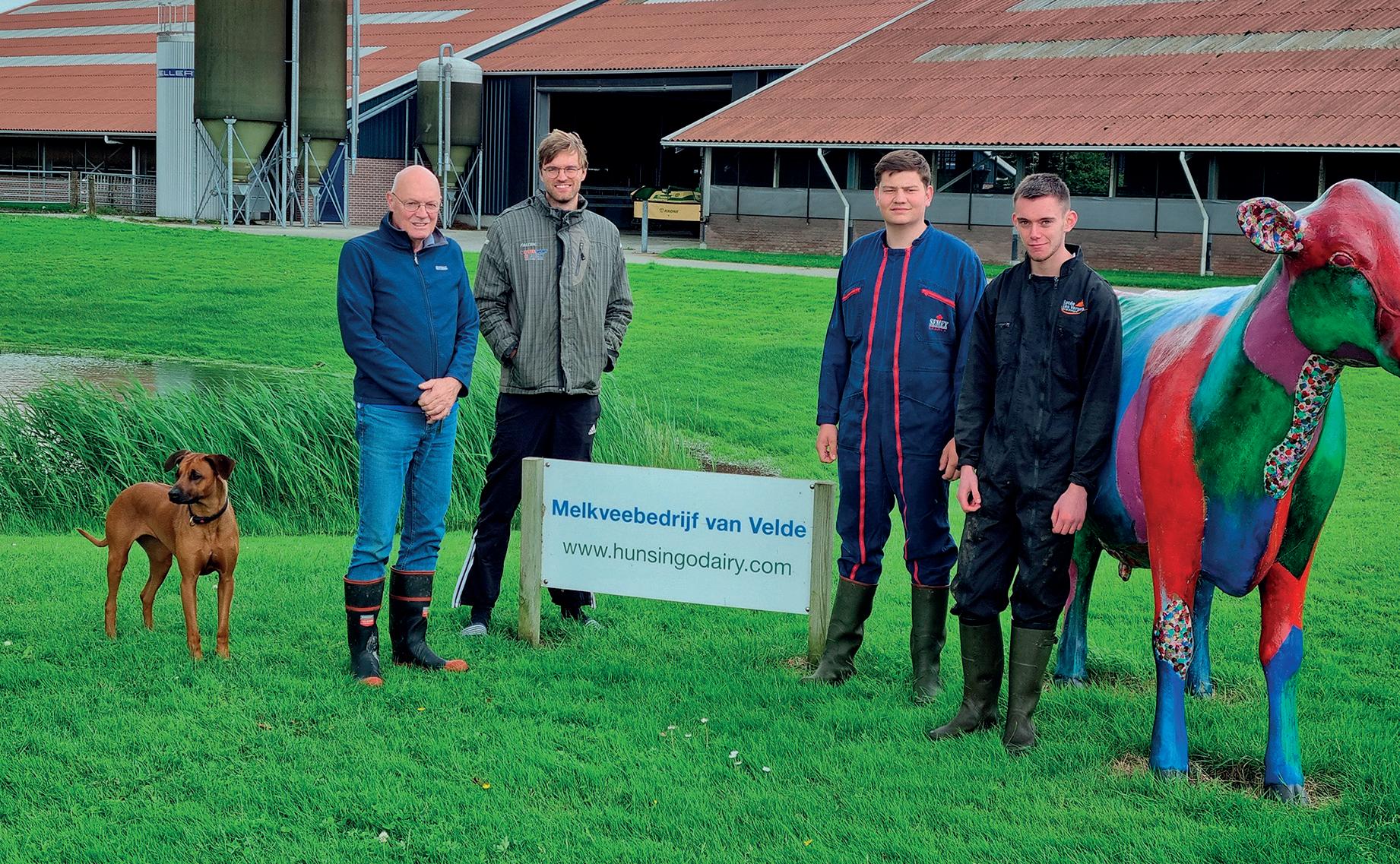


e pressure on being sustainable does not just come from consumers, however; it is a legal requirement to be assessed on a wide range of factors which then create a sustainability score for the business. A poor score means potential nes of up to €50,000 (£41,563), as well as diculty in accessing bank lending.
e assessment system was developed by Wageningen University and focuses on key sustainability metrics in dairy farming (see panel)
“ e new Government aims to shi towards target management, placing greater responsibility on farmers to meet sustainability goals.
“For example, in the case of urea management, farmers are tasked with independently meeting set targets, giving them more control over their approach and encouraging innovative, tailored solutions – but in reality it is complicated and there is the potential for fraud,” says Ad.
e system also takes into account animal welfare, something
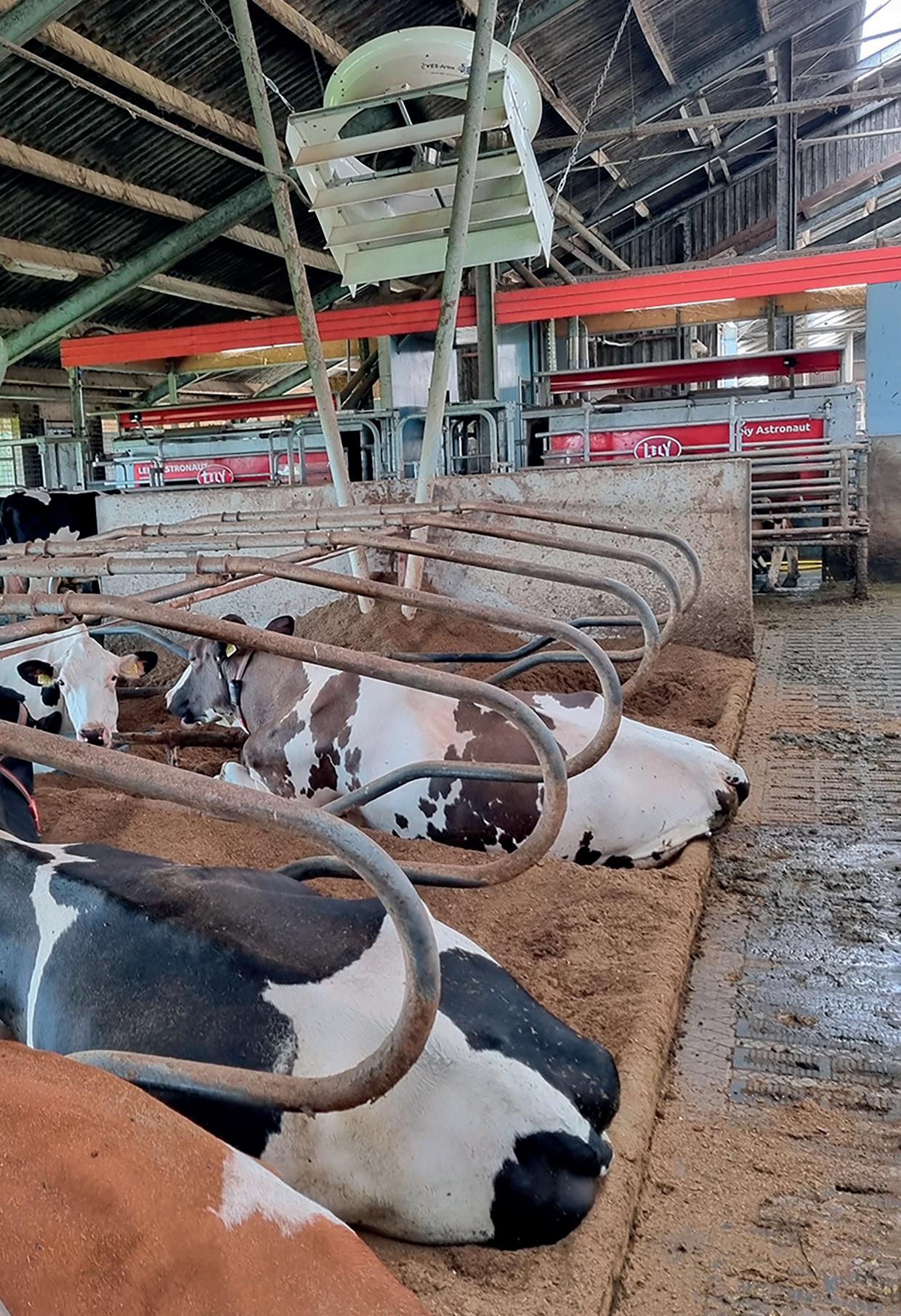

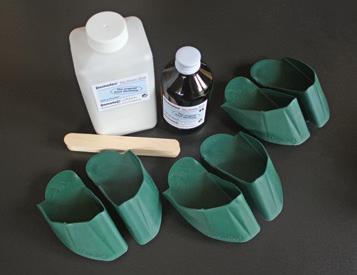
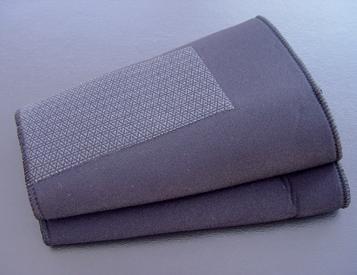



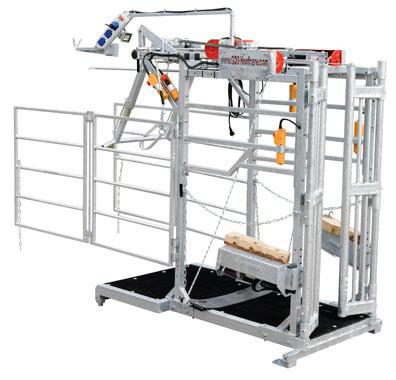

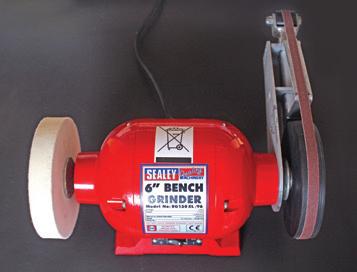
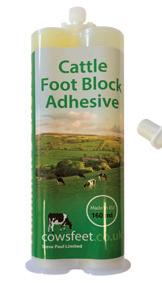





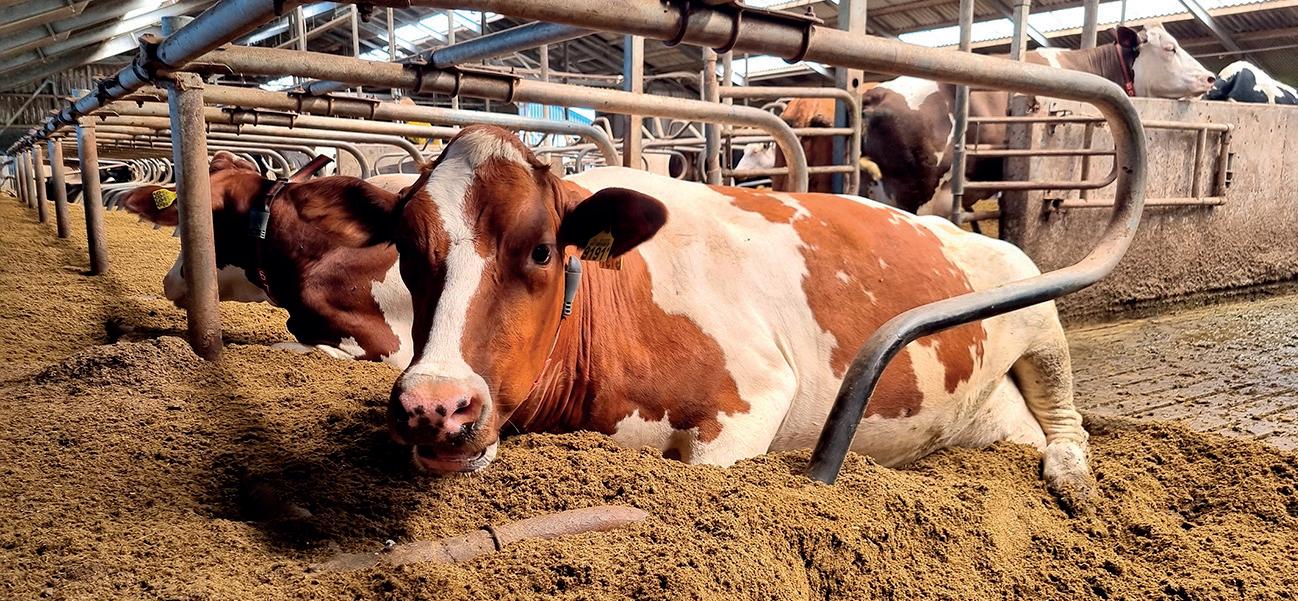
which is the subject of much a ention at Hunsingo.
Ad says: “Our cows are critical to the business, so we focus very hard on taking care of them. When we designed the new free stall barn for them in 2016, comfort, hygiene and cow well-being was all at the forefront, with pastures around the buildings to give the herd access to grass and meet the wishes of our society.
“All that has helped result in very low antibiotic use, with only 25% of cows being treated at drying o . Our replacement rate is 15% and we have more than 10 cows over 10 years old in the herd; I regularly travel to the US looking at dairying there, and while they are ge ing big yields, the cows are only lasting two lactations, which is not acceptable for us.”
e breeding programme combines high genetic merit Holsteins with Fleckvieh and Scandinanvian Red/Jersey in a ratio of about 65:25:10.
Ad says: “ e focus has been on increasing the percentage of
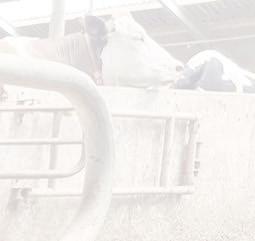





The Van Velde family’s system prioritises cow welfare and well-being.
Holstein more recently, with an increased use of sexed semen. Around 30% of the herd get beef semen.” e ration is a combination of fresh grass, grass and maize silage, and concentrates. Maize silage is a key aspect of balancing not just the nutritional needs of the cows, but in ensuring milk urea levels stay in the right range.
“When we are seeing milk urea at 15-18%, then we know that the protein fed is being used e ciently, rather than being lost in the slurry. is is important not just to keep input costs down, but because of the legal restrictions on nitrogen applications via slurry,” says Ad.
e loss of derogations around slurry applications has resulted in many Dutch farmers being faced with paying to have slurry removed from their farms: a situation exacerbated by high land prices, making expansion very di cult. For Ad, one of the answers to this has been the
JThe mineral accounting system developed by Wageningen University includes measurements on:
rNitrogen soil surplus: Tracking excess N to monitor environmental impact
rAmmonia emissions: Measuring emissions both per farm and as a total to reflect the farm’s contribution to air quality concerns
rProtein production from land: Higher on-farm protein production
is encouraged, as it reduces the need for external feed sources and enhances self-sufficiency
rCarbon dioxide equivalent per kg of milk: Evaluates greenhouse gas emissions per unit of milk produced to assess and reduce the farm’s carbon footprint
rSoil data (N and phosphorus balance): Detailed soil data helps optimise nutrient cycles and minimise run-off, preserving soil health
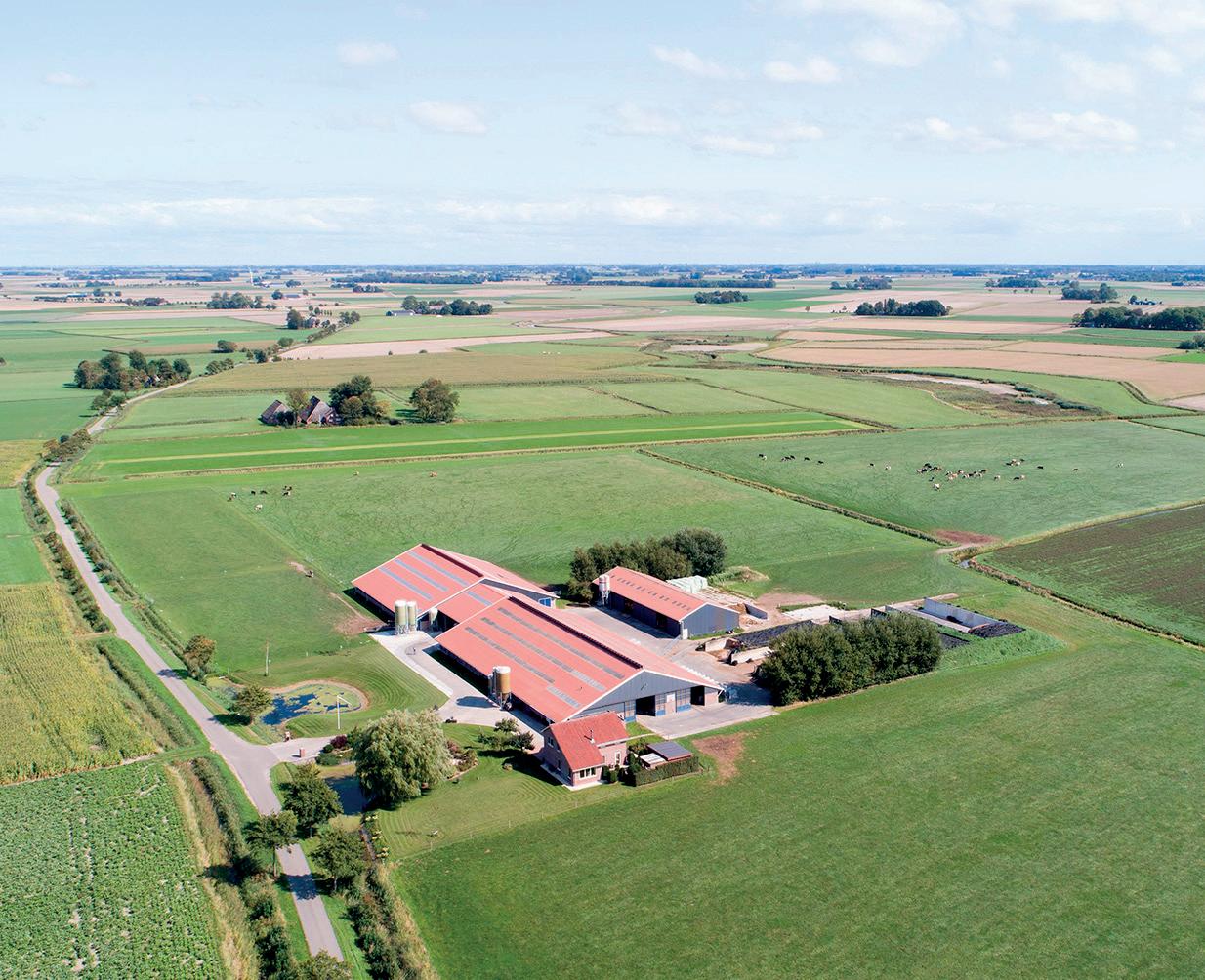

development of partnerships with neighbouring farmers.
He says: “ e area where we farm is very productive reclaimed land, so there are a lot of crop farmers here.
Seed potatoes are one of the specialist crops in this region, with growers exporting to places such as Africa, Pakistan and Egypt, and we work with one such farm to exchange land and slurry.
“Within that farm’s rotation, seed potatoes are grown one in every four years, and we are then able to grow grass and maize within that rotation. We also use the land for slurry applications.”
e fertile clay loam soil of the region is a key asset to the business, and investment in drainage tiles has helped ensure optimum productivity and keep the soil structure in good condition.
“You could have a discussion about whether this kind of soil should be producing grass rather than crops, but dairy products have an important role to play in our diet. Cows are very good at converting roughage into a high value food for humans, and the Netherlands has an ideal climate for producing grass,” says Ad.

Cows are fed a combination of fresh grass, grass and maize silage, and concentrates.
A transparent production chain is important to the business, and the Van Veldes operate an ‘open book’ policy which welcomes visitors to the farm at any time. Milk produced at the farm goes to NoorderlandMelk, a farmer-owned co-operative which Ad helped establish in 2007 and which also champions transparency in the production chain.
Ad says: “If we want consumers to have con dence in our product, we need to take pride in it and be open about what we do.”
However, Ad’s passion for the sector extends far beyond his own farm. As president of Global Dairy Farmers, owner of business development consultancy DairyNext and a member of the Global Farmer Network, he travels internationally, exchanging ideas and providing support and advice to the dairy sector.
He says: “ ere is so much still to be done in a world with a growing population set against the demands of climate change. It is why innovation and communication is so important for the future of the dairy sector.”
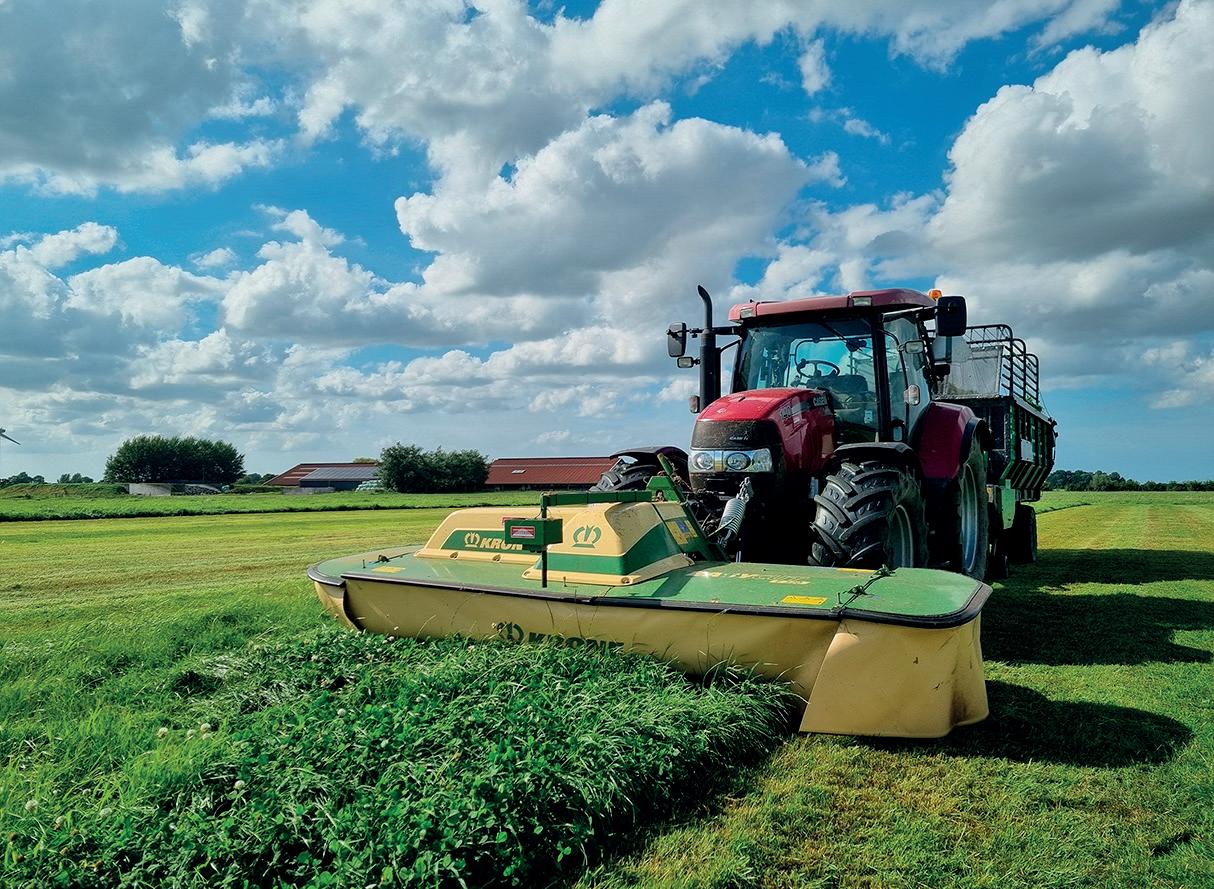


AN is 34.5% total nutrient
34.5% N
Nitrogen for yield


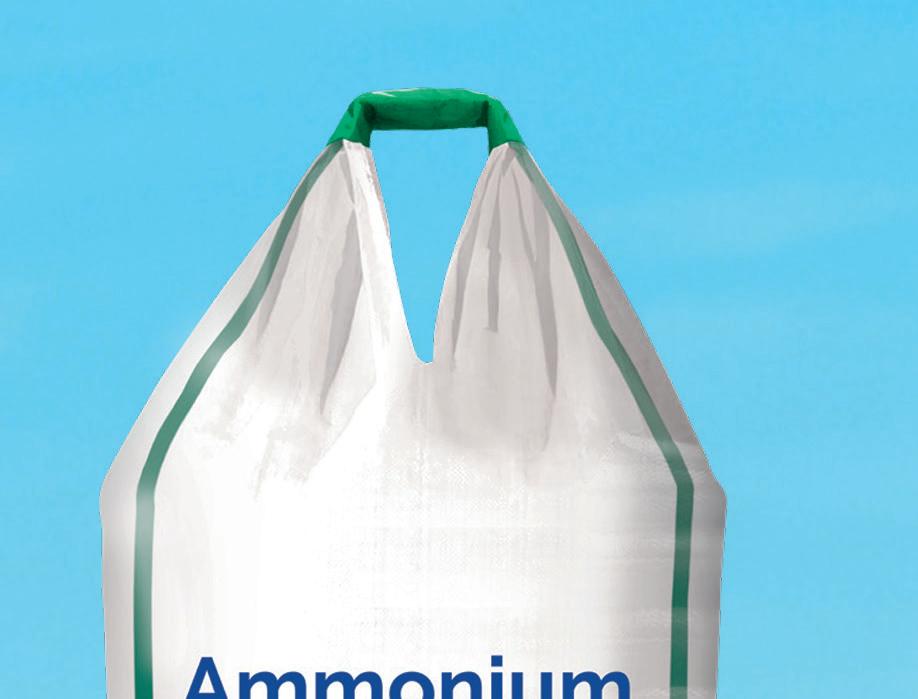



Sweetgrass is 33% total nutrient 23% N + 5% SO3 + 5% Na2O
Nitrogen for yield
Sulphur for protein


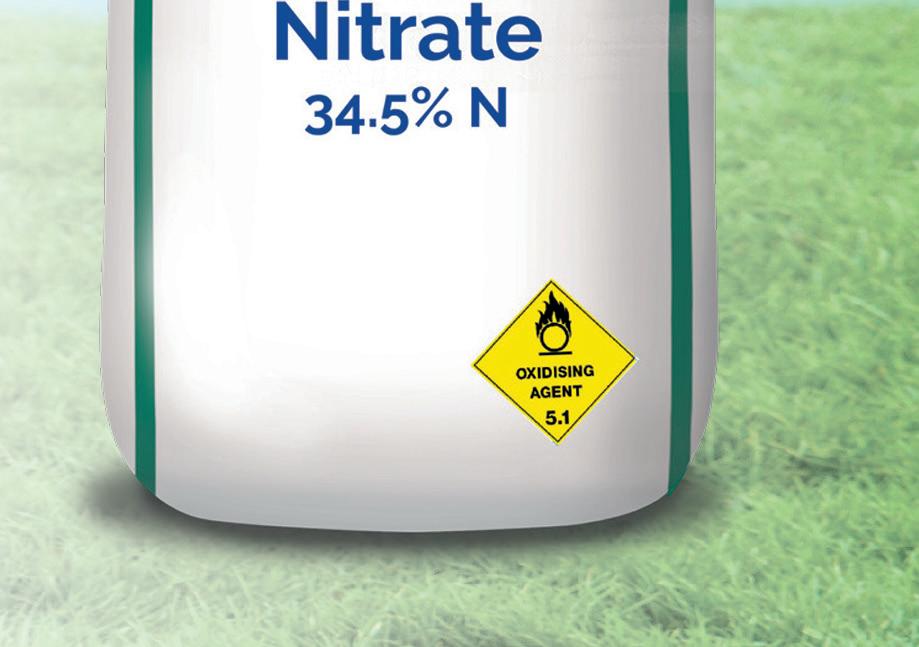


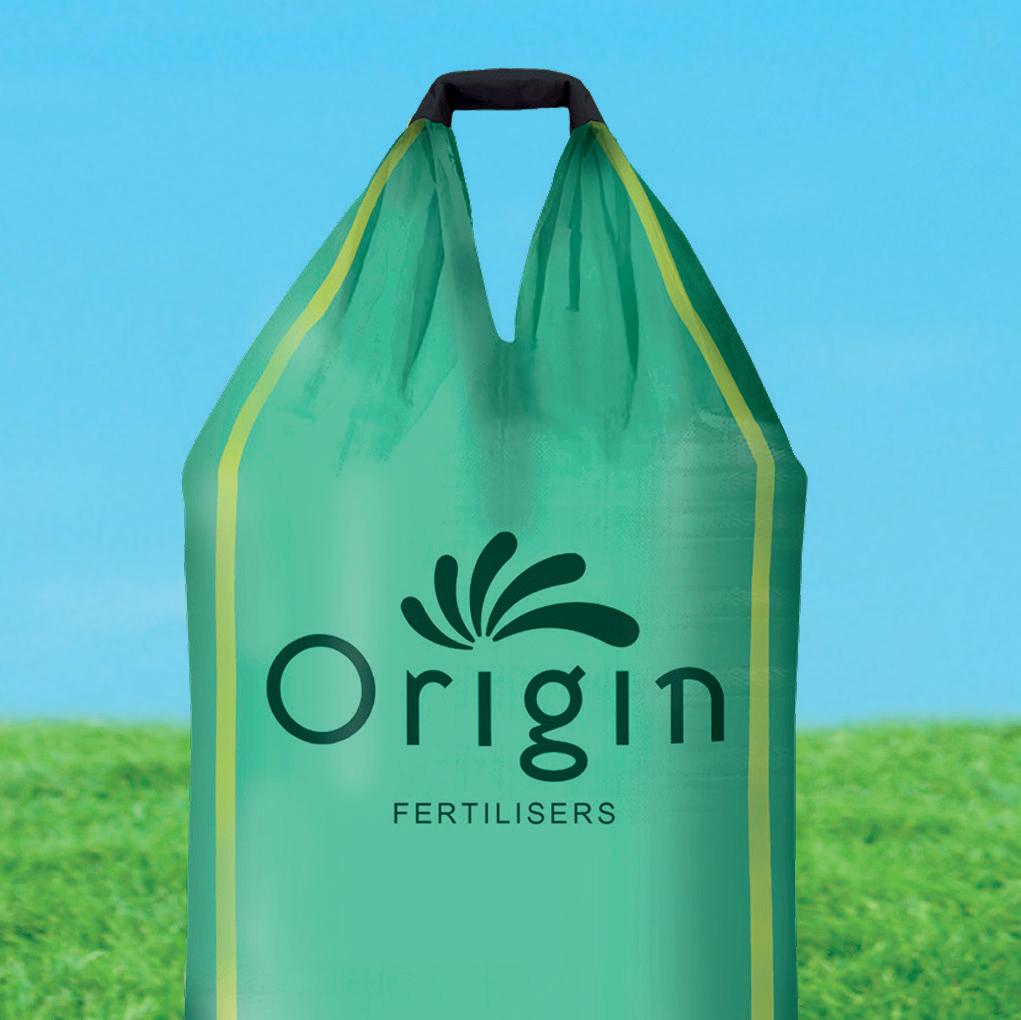
Sweetgrass
23% nitrogen
5% sulphur
5% sodium
91% of grassland soils are deficient in sulphur and 97% in sodium* * from 1,560 soil sample results

*from 1,560 soil sample results
Sodium for palatability t:







With a herd of 750 cows, Peter Cope is acutely aware that the traditional ‘one size ts all’ milking liners might not necessarily be suitable for the whole herd.
Mr Cope, who farms in partnership with his wife Julie and uncle Richard Fair at Brookside Farm, Poulton, near Chester, explains this had previously been a particular concern for heifers with smaller teats coming into the milking herd.
He says: “We were nding that with a traditional liner, it was not possible to have an optimal size for the whole herd.
“And for the heifers with smaller teats, we were seeing a few problems with teat swelling, with some instances of purple teats and rings around teats, and also teat congestion.” is led to the decision in 2020 to upgrade the existing ADF system, which was installed 15 years ago, to the ADF InVent system, which uses ‘intelligent venting’ to help reduce the risk of congestion by continuously controlling vacuum levels on each teat individually. e InVent technology introduces clean, ltered air into the mouthpiece of the liner when vacuum rises to a threshold level. is acts to maintain the vacuum at the ideal ‘sweet spot’ that is comfortable for the cow and also maintains peak milk ow.
And while teat health and cow comfort were not previ-
For Peter Cope, a desire to continually look at ways to improve performance led to a focus on the milking process, with the adopted technology having a positive impact on teat health and cow comfort in the parlour. Katie Jones reports.

ously a huge problem, Mr Cope says the new system has led to some subtle, but nevertheless important, improvements.
“We have seen less liner slippage, and I do believe that milking is now a lot more comfortable for the animal.”
He explains there is minimal dgeting from the cows while being milked on the 60-point
JExcessively high vacuum in the mouthpiece chamber of the liner causes swelling of the teat both externally and crucially, although not visible, internally.
The internal swelling –congestion – restricts the capacity of the teat canal,
slowing down milk flow and preventing full milk-out, leaving milk in the udder.
Slower milk flow means the teats are under vacuum for longer than is desirable and makes them prone to increased trauma.


rotary platform, and kicking behaviour is rarely seen.
He adds these cow comfort improvements have been backed up by visible improvements to teat health.
While Mr Cope says there is always room for improvement, he does not think he is far o the mark when it comes to mastitis, with incidence standing at seven in 100 cows.
Somatic cell counts are also low, at around the 100 mark, and Mr Cope says this, along with low mastitis incidence rates, means the team at Brookside Farm have been able to successfully implement selective dry cow therapy, with just 7% of the herd now receiving antibiotics at drying o .
“However, I always say ‘do not let good be the enemy
of great’ and the aim is always to do be er,” says Mr Cope.
Visually, teat condition has improved, and Mr Cope says this is particularly noticeable in the cows and heifers with smaller teats, and among the freshly-calved heifers coming to the parlour for the rst time. And, he says, the enhanced comfort the InVent system o ers is vital for this group.
“For these heifers on their rst time on the parlour, they might not let their milk down brilliantly. So, it is especially important for that animal that we make things as comfortable for her as we possibly can.”
And with 10 full-time and three part-time sta members, all of whom take some responsibility for milking, the ADF system itself o ers a great deal of reassurance.
I do believe that milking is now a lot more comfortable for the animal
PETER COPE

Mr Cope says: “It means we know the teat dipping is being done correctly and at the correct time, every time.
“It also saves on a member of sta standing at the back of the parlour to do the dipping.”
Milking is three times a day, with two members of sta operating the parlour; one wiping and stripping teats, and the other a aching the units.
Mr Cope adds that the time allowed for milk letdown has recently been increased.
He says: “Previously we did not allow the correct letdown time, but the InVent system helped us achieve good results when we were not doing the best preparation.”
r750 cows averaging 12,500 litres
rMilk sold to Muller

Since installing the ADF InVent system, there have been visible improvements in teat health, particularly in heifers with smaller teats.
rCows are housed allyear-round in sand-bedded cubicles
rCow accommodation uses
a flood wash system to keep passageways clean
rCows are fed a TMR based on grass silage and maize silage
rJust started to genomically test heifers with the aim of increasing milk yields




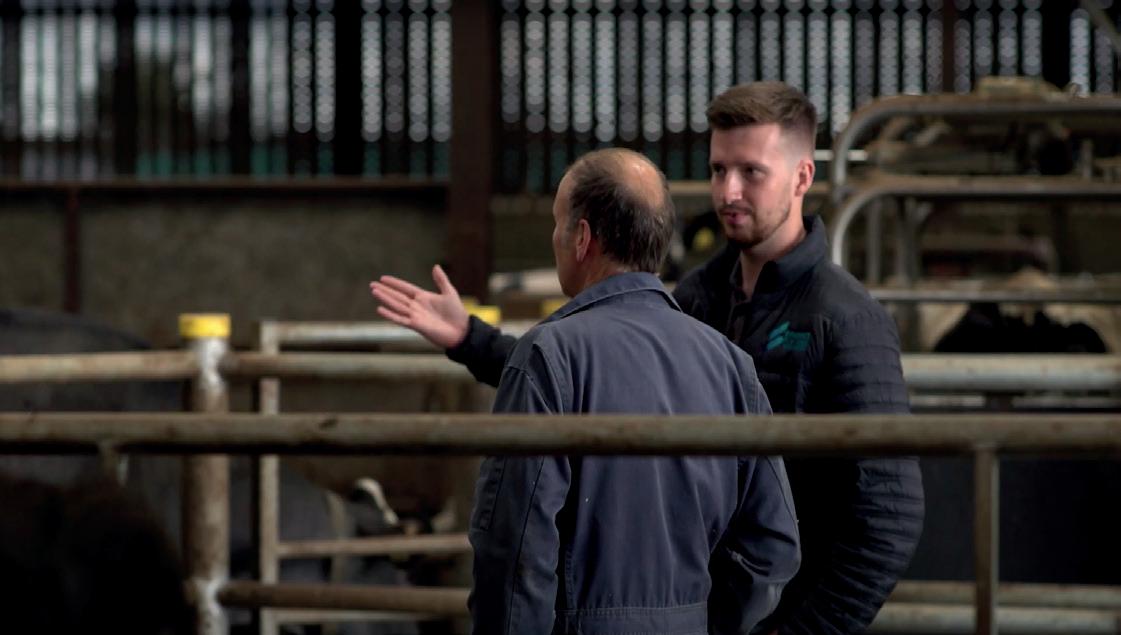













Muck and slurry are valuable products on all farms, so here we look at advice for treatment, utilisation and application, to help farmers maximise their use and efficiency.
Dairy consultant
Douglas Green has put together a budget for the proposed installation of three robotic slurry collectors for a 275-cow herd.
He uncovered the potential for an annual cost saving of more than £17,000 compared with tractor-based scraping, although he says that farms need to be individually assessed to determine viability.
Only a minority of farms currently have robotic slurry handling systems, but interest is growing, says Mr Green, of Wiltshire-based Douglas Green Consulting.
Large units which use tractor-powered scraping to remove slurry from the cubicle housing twice daily will spend about 2,000 labour hours a year on the task. This equates to almost one full-time staff member.
The robotic slurry handling machines fall into two main categories.
Mr Green says: “One type has blades which can be set
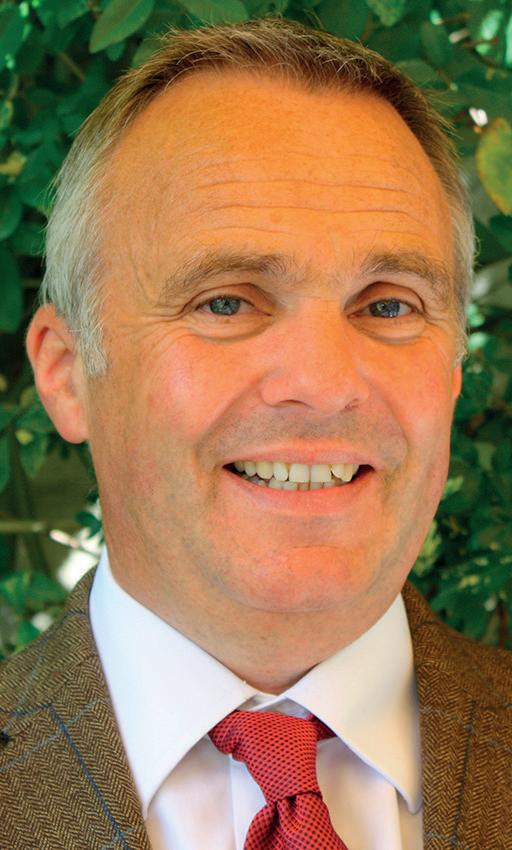
52
54
Robotic slurry scraping and collection are relatively new concepts, but for the right housing layout they can deliver savings and improved cow health. Wendy Short weighs up the pros and cons.
to push slurry into slatted channels throughout the building, while the other collects the slurry for deposition into a tank and on to a reception pit.
“Both types are powered by electricity, which is more energy efficient compared with diesel.”
Prices for individual robotic scrapers vary and he estimates a
By avoiding or reducing ‘udder splash’, robotic slurry handling can help to bring down average somatic cell count figures
DOUGLAS
GREEN
cost of about £35,000-£45,000/ unit, model-dependent.
Each will have a specific time required for charging, as well as a set time limit on operation when fully charged.
On average, one robot should be allocated per 500-700sq.m and it will serve about 100-120 cows, with precise figures varying according to housing layout.
Mr Green says: “Some automated systems will spray water ahead of the machine and in its wake. This will incur an extra cost, using up to 1,500 litres per day and requiring a tank with capacity for about 45sq.m per collector per month, and perhaps the expansion of the main storage facility.”
Most units limit robotic slurry installations to their milking cow sheds, due to dung consistency and the required frequency of scraping, he says.
A tractor and box scraper will have to be factored into the budget, as they will be needed for the other areas.
He says: “It would be possible to operate slurry robots outdoors, but I have not personally seen them in operation.
“My approach is to encourage producers to cover dirty yards, where possible.”
Installation is straightforward for new dairy units, but it can be more complex for retrofitting, says Mr Green.
The investment in buying and maintaining robotic scrapers may not be the only expense, as building alterations could be needed to accommodate their requirements.
If a new building is being planned, it might be advisable to allow for the features which may be needed, as it will save money and disruption if robotic slurry handling is chosen in the future.
Mr Green says: “The robots which push slurry ahead must be combined with regular slatted channels along the dung passageways, whereas the tanktype machines will require a reception pit at the end of the shed for dumping the slurry.
“Finding a route for the material will normally involve underground works, incurring additional investment.
“All of the robots on the market will need a 13-amp power
Continues over the page...
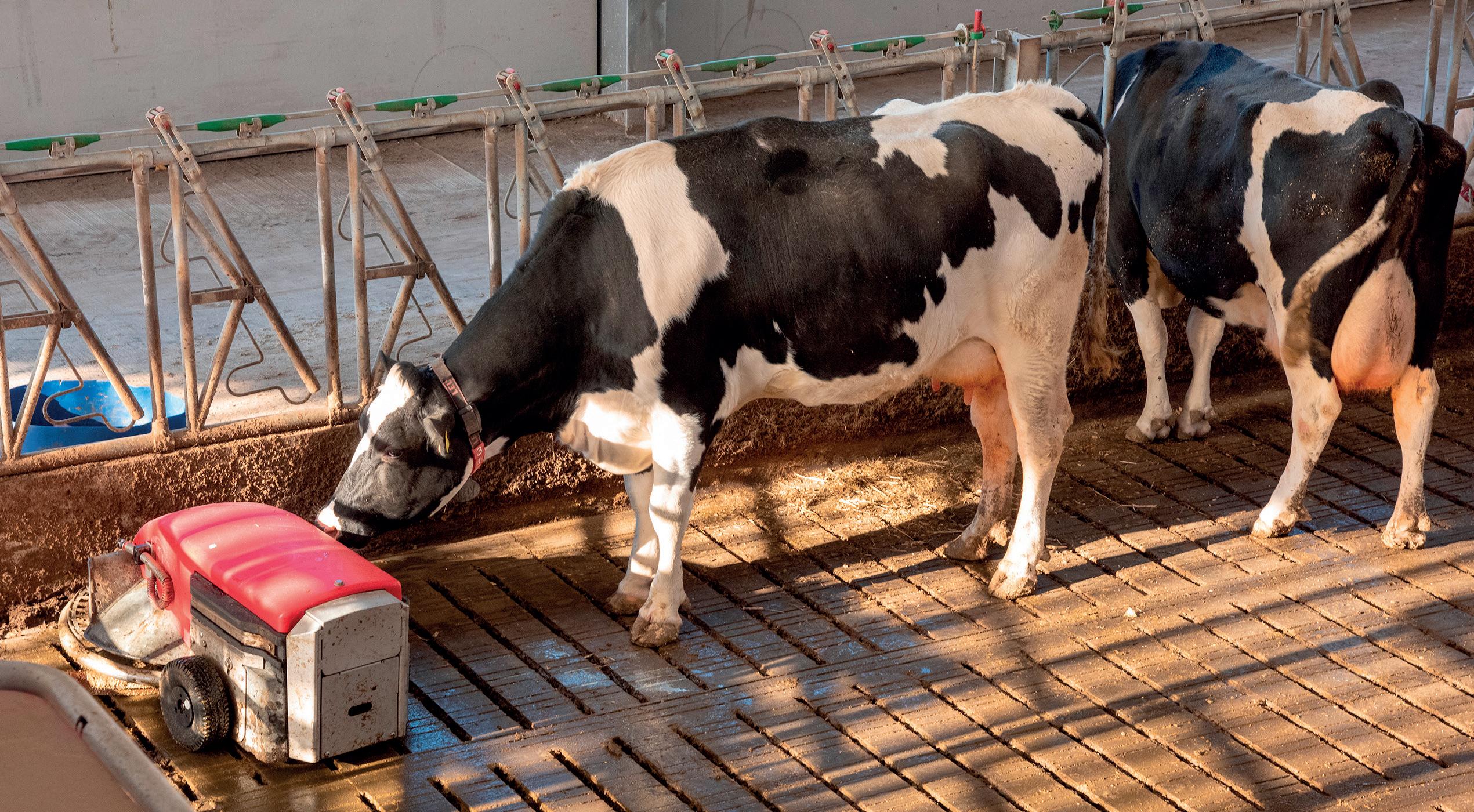

• Ideal for sand laden slurry
• Timer clock to schedule cleaning
• Easy control system
• Lowest cost maintenance
• 5 year extended warranty available
Manufacturing & installing rope scrapers for over 25 years For
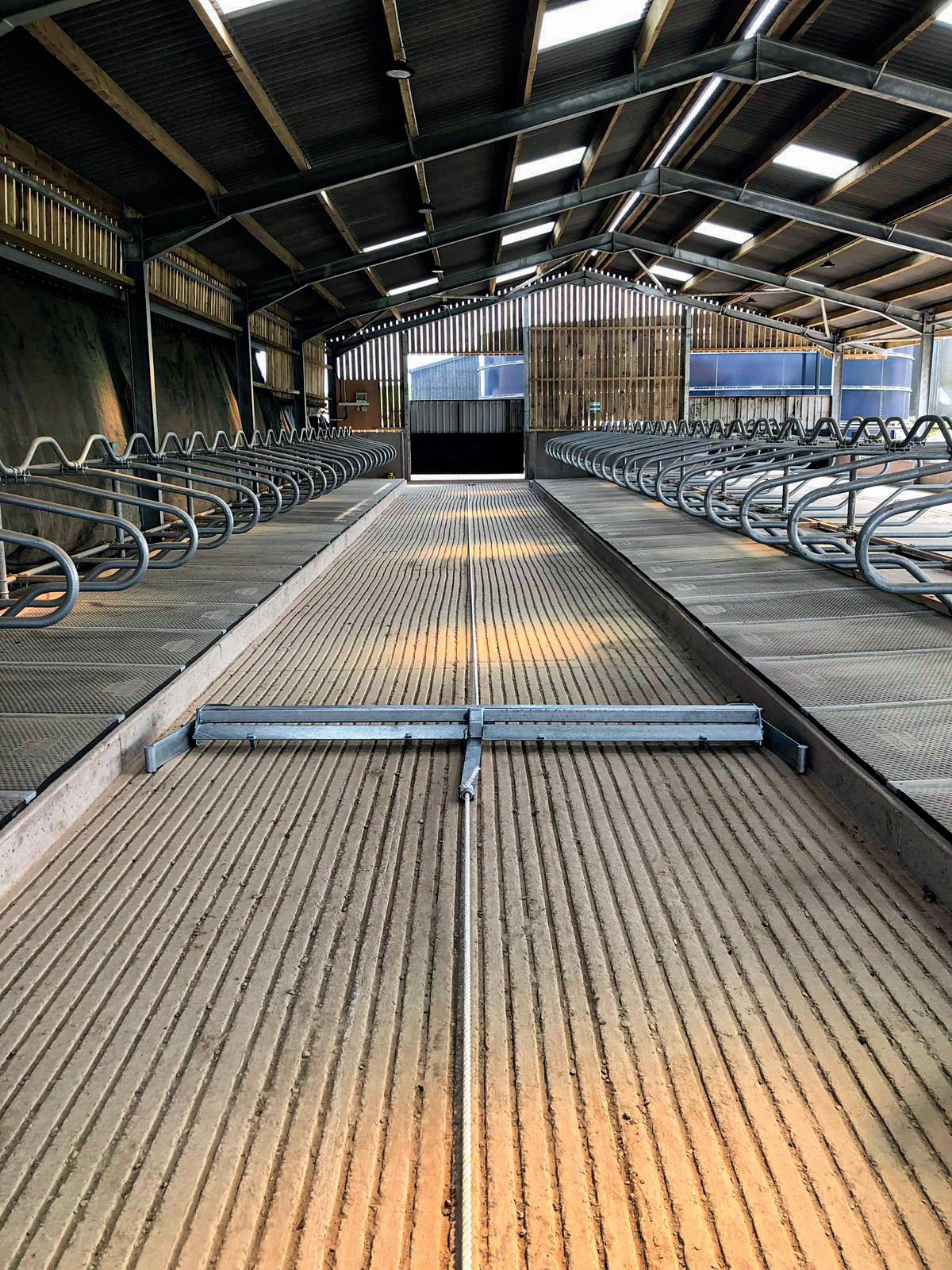
supply and a protective cage for the recharging unit.
“A wide passage is preferable to allow the cows to get out of the way of the machine when it is in operation. A further point is that some models are unsuitable for units which use sand, due to its abrasive qualities.
“My advice is to schedule a supplier visit to make sure the system will t in with the existing facilities and pinpoint any changes which might be required to make it successful.
“A building consultant should be employed to provide insight from an engineering perspective.”
Robotic slurry management has huge potential for improved building hygiene, he adds, because slurry is removed
2024 cost comparison of Lely Discovery Collector versus tractor-based slurry scraping (over a 275-cow herd)
DAILY COST FOR TRACTORBASED SCRAPING (BOX SCRAPER, TWICE DAILY)
rFour hours per day at £20/hour: £80
rSix litres of diesel used/day (at 80ppl): £4.80
rTractor and box scraper maintenance: £6
rTractor and box scraper depreciation: £8
rInterest on investment (borrowing): £3
rTotal cost: £102
DAILY COST AFTER MOVE TO THREE LELY DISCOVERY COLLECTORS
rElectricity (3kWh): £2.70
rCollector maintenance: £12.50
rCollector depreciation: £27
rInterest on investment (borrowed finance): £11
rTotal cost: £53.20
up to eight times a day, compared with two or three times a day for tractor scraping.
Mr Green says: “Robots enhance foot cleanliness compared with standard automatic scrapers, which tend to push a wave of slurry in front of the blade. is can lead to foot contamination and a rise in cases of dermatitis and foul in the foot, for example.
“More e cient and e ective slurry scraping will also reduce mastitis levels in the herd, which can have a major impact on yield and pro t.
“By avoiding or reducing
‘udder splash’, robotic slurry handling can help to bring down average somatic cell count gures, which may in turn avoid milk price penalties.” ere is also an element of time saving, says Mr Green.
He says: “Delegating slurry management in the housing to a robotic system will free up time for other tasks, and the cows have looked noticeably cleaner on the units I have visited.
“It may be worth considering investment in the robotics, although the infrastructure of the milking cow housing is likely to have a signi cant e ect on project viability and overall cost.”
Schedule a supplier visit to make sure the system will fit in with the existing facilities and pinpoint any changes which might be required to make it successful
DOUGLAS GREEN
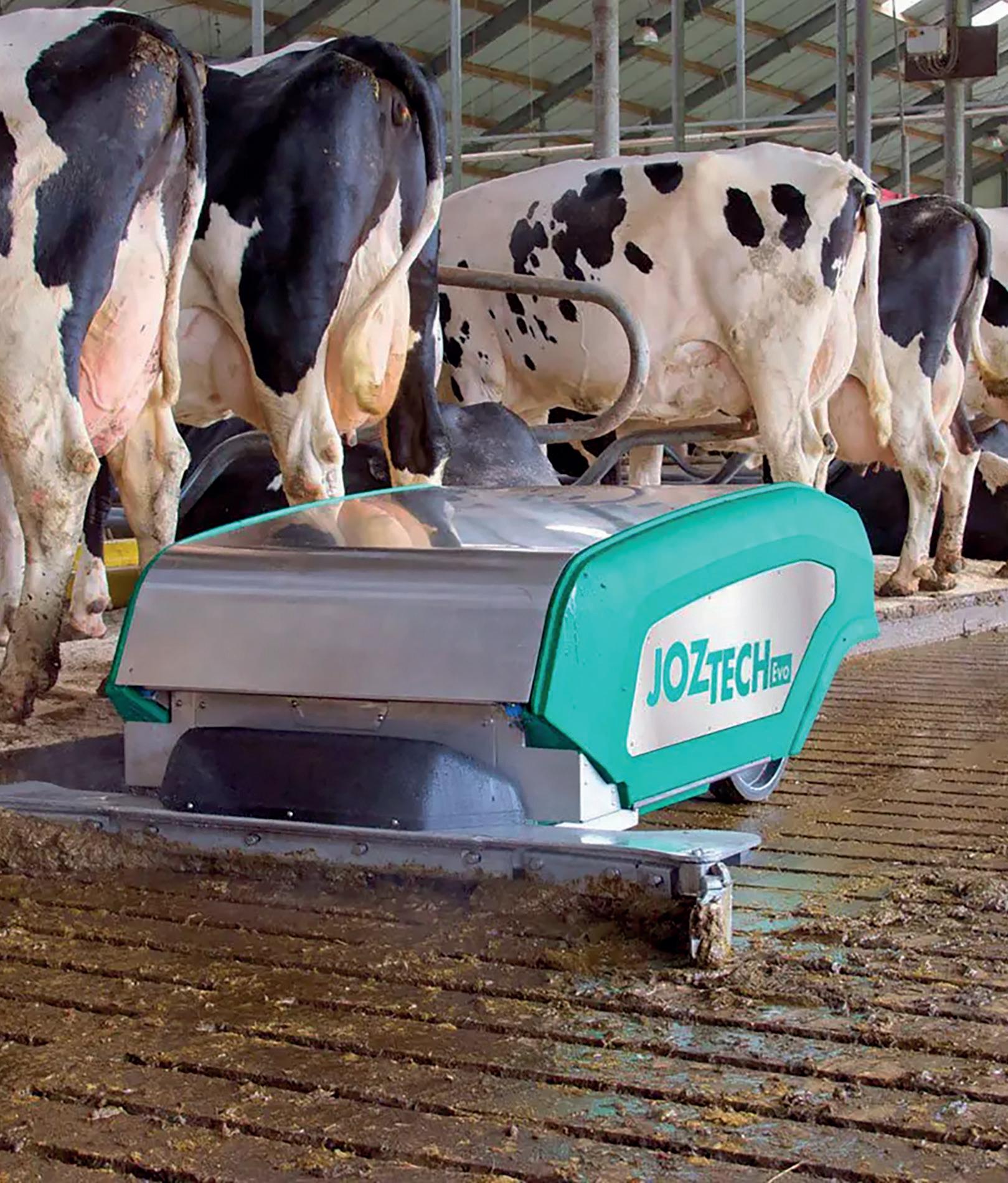







Compact, manoeuvrable, powerful

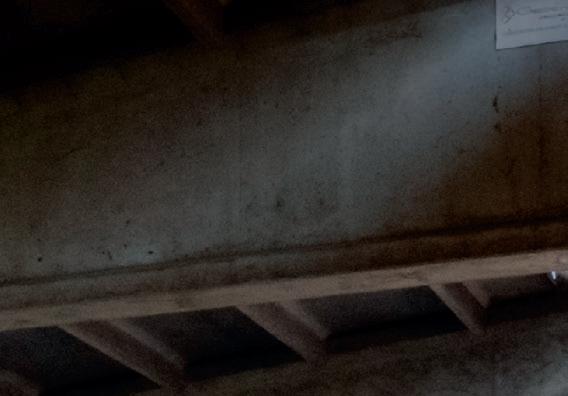

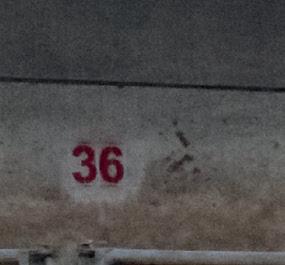


3.0 t
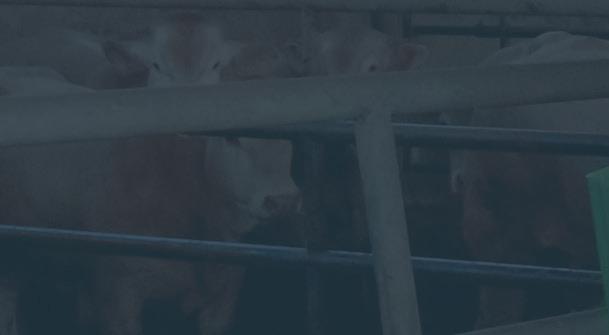
LIFT CAPACITY
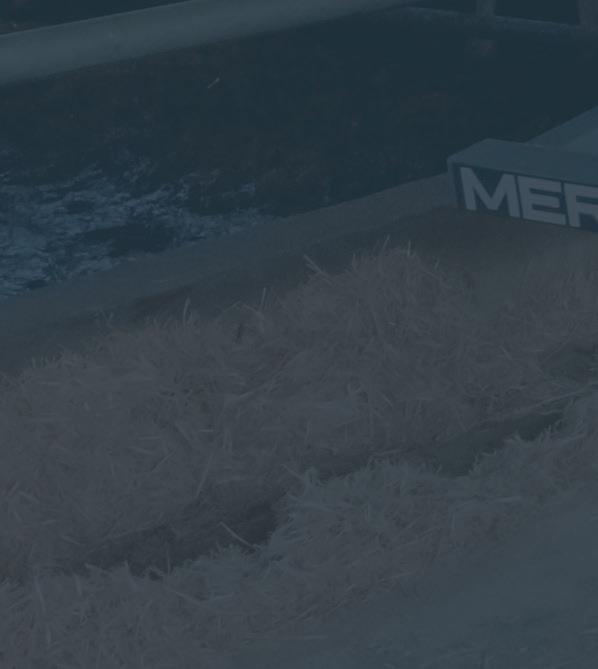
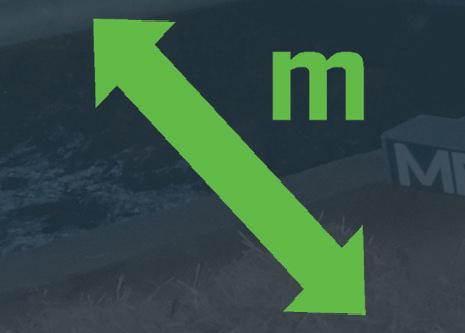
LIFT HEIGHT
6.7


ENGINE 100

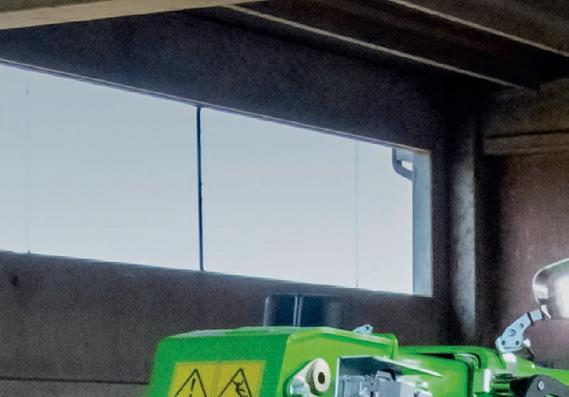
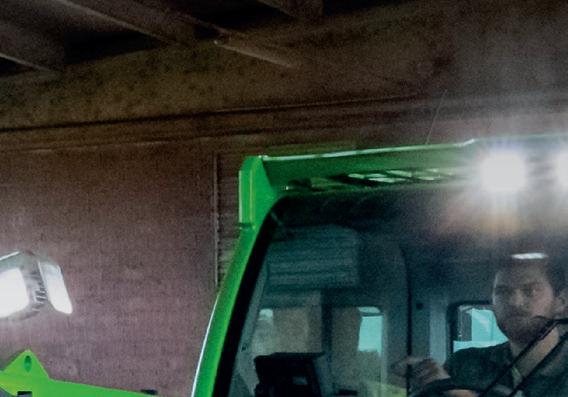
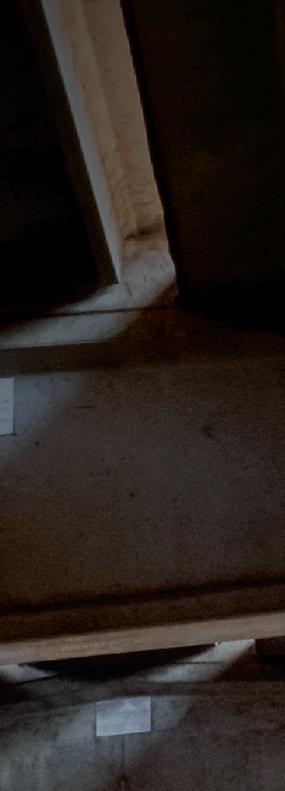
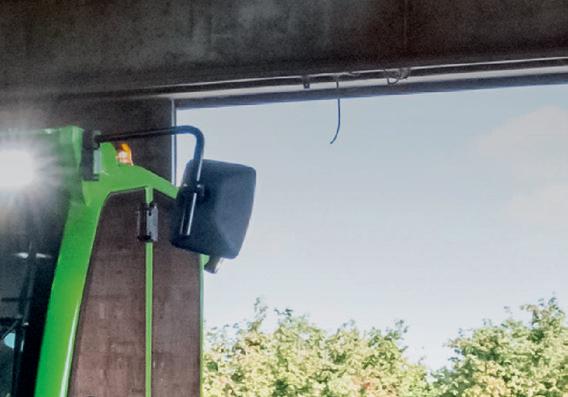
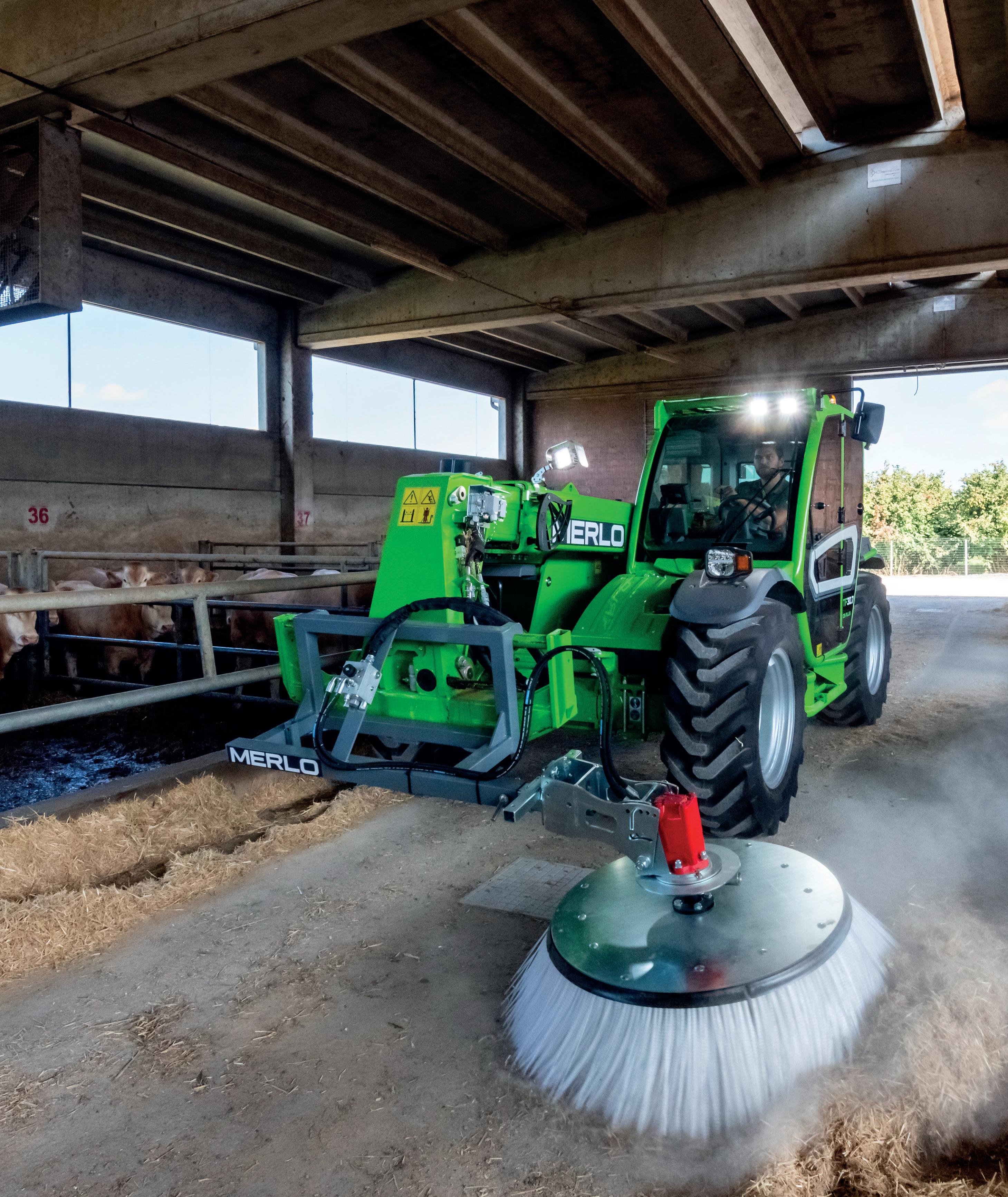
The TurboFarmer 30.7 is the ultimate compact telescopic handler at 2m x 2m. Despite its compact dimensions the new TF 30.7 packs a punch when it comes to performance, powered by a 100hp DeutzTCD 4-cylinder Stage V diesel engine this new model offers almost 7 meters of lift and 3-ton lift capacity.
@merlouk



Investing in slurry storage and using inoculants is saving a Welsh dairy farmer time and money while increasing grass yields. Dairy Farmer reports
AWelsh dairy farmer estimates he is growing an extra 1,000 tonnes of grass a year since using slurry more e ciently.
Rhys Watkins, who milks 480 cows at Pantglas Home Farm near Carmarthen, invested in a new clay-lined, three million gallon slurry lagoon three years ago to help him manage the slurry be er.
Mr Watkins says: “Our old lagoon only gave us three to four weeks of storage, so we could not use the slurry as e ciently as possible.
“Spreading slurry over winter is a headache and there are no nutrient bene ts to spreading at that time of year. With the winters ge ing we er, we decided to invest in the infrastructure.”
Cows are housed inside all year round, as are the 300 followers throughout the winter. All the slurry from the housing is scraped into slats, which then feed into the lagoon.
Slurry is applied via an umbilical system with a dribble bar, with 28,060 litres per hectare (11,356 litres/acre) applied before the rst cut of silage and a er each subsequent cut, with four to ve cuts taken a year.
“We are short of land and feed our cows heavily, so we need to get as much out of the ground as possible,” he says.
His cows are fed a diet of grass
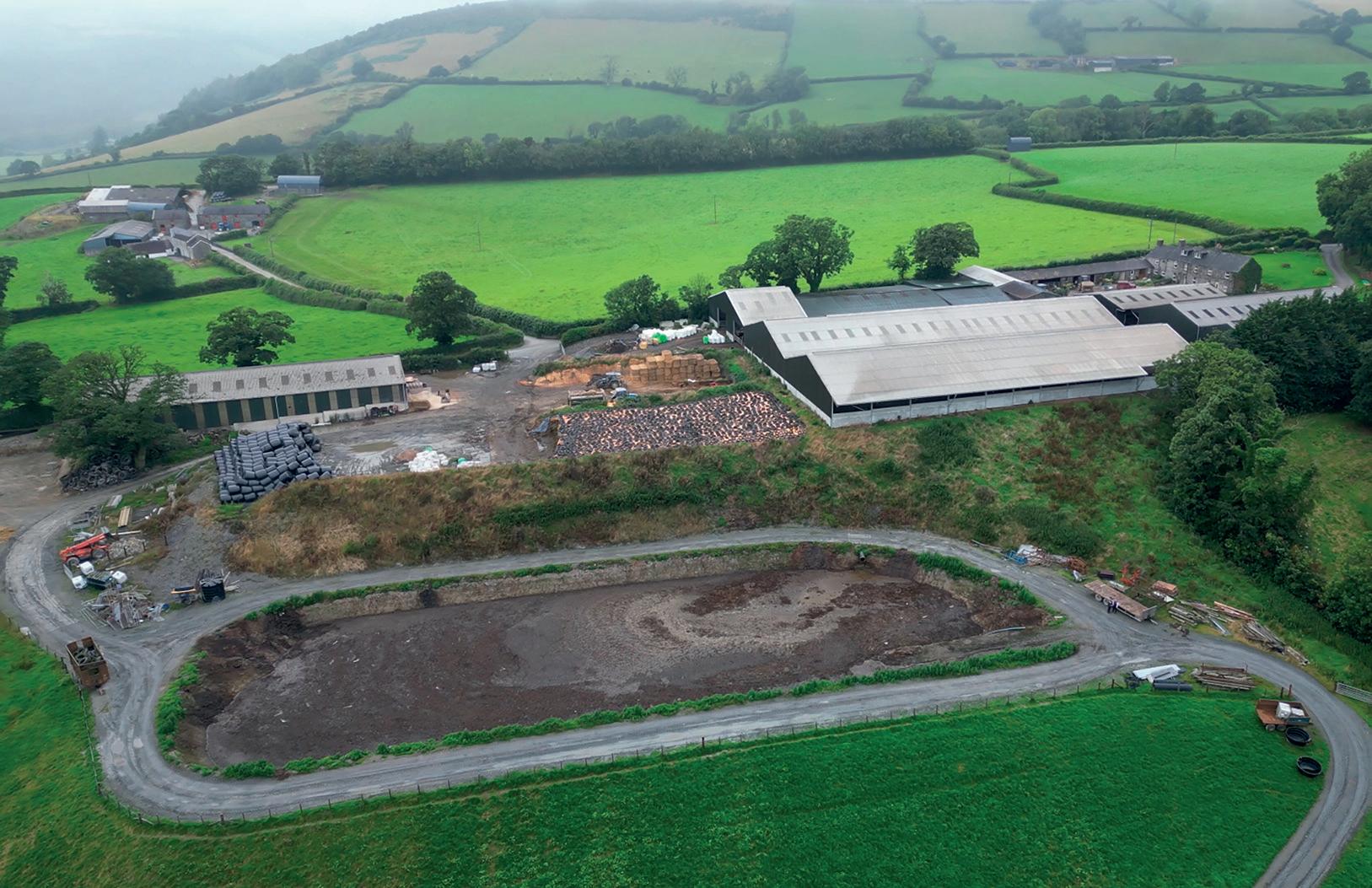
silage and a pre-mix containing maize gluten, and water.
e cows are yielding 9,700 litres, with a fat content of 4.29% and protein at 3.4%.
When he rst installed the lagoon, he found the slurry was too thick to pump, so they had to add water to thin it down.
He says: “It was too thick to do anything. It did not make sense to be adding water and then the time it was taking to mix.
“We had two-and-a-half feet of crust and that was separating. We needed to improve e ciency and that is when we decided to use SlurryBugs from EnviroSystems.”
Mr Watkins says before using
the product, it would take contractors 10-12 hours to mix the slurry due to the thick crust, compared to only two to three hours now.
“It is taking just a quarter of the time and we do not have to keep the mixer going while spreading slurry, so diesel use is a lot less,” he says.
e inoculant is added once a year to the lagoon in the spring.
e bugs rapidly colonise the store and start breaking down new brous material.
Five strains of bacteria and fungi contained within the product are unique and have been found to work most e ectively on
maximising the complex lignocellulosic biochemical pathways within slurry stores.
e bacteria secrete enzymes that break up undigested bre (cellulose and other plant ma er), releasing soluble nutrients and making them available for spreading on to land, producing a more homogenous liquid slurry.
Research by the EnviroSystems has found increases in the following nutrients in treated slurry – ammonium nitrogen +21%, phosphorus +48%, potassium +17%, and sulphur +31%. is is because organic materials are released into the slurry when the crust is broken down.

Rhys Watkins has found more efficient management of his slurry has boosted productivity.
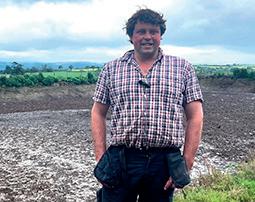
Mr Watkins can vouch for the improved nutrient content of the slurry based on the improvements to his grass quality.
He says: “ is year our soil fertility has improved and the quality of the silage is improving too.
“Sugar levels have gone right up and the fermentation in the clamp is a lot be er. We put that
down to the slurry. It is de nitely a more valuable product we are pu ing on the grass.
“Over a season, we are producing an extra 1,000t of grass by having proper slurry storage, applying the slurry when needed and having the bugs working.
“We want to maximise the yield potential of grass and reduce
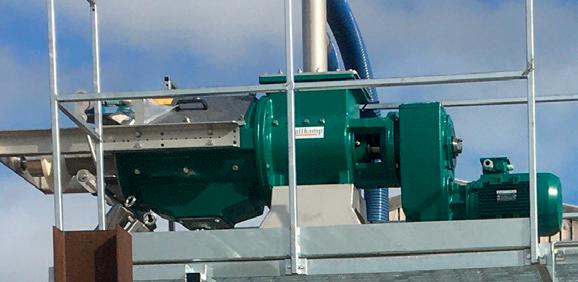
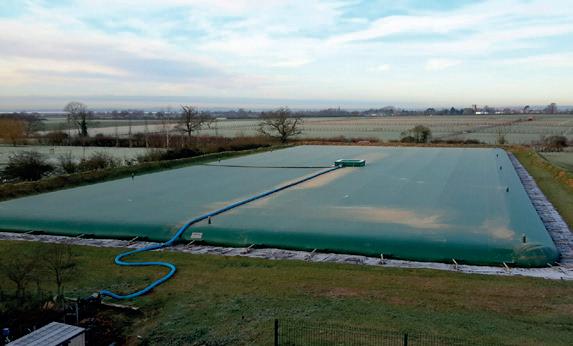

JA TWO-year study, funded by Innovate UK and conducted in collaboration with Myerscough College, near Preston, Lancashire, shortlisted almost 30 strains of bacteria and fungi and narrowed it down to a final five, which were tested under laboratorycontrolled conditions.
These microorganisms were found to work most effectively on maximising the complex lignocellulosic biochemical
fertiliser costs. We are seeing the bene ts, with the returns on the infrastructure certainly ltering through.”
Mr Watkins says leys are a visually a lot thicker and grass is not going to head, which he believes is because the slurry is being applied at the correct time, resulting in improved soil P and K levels.

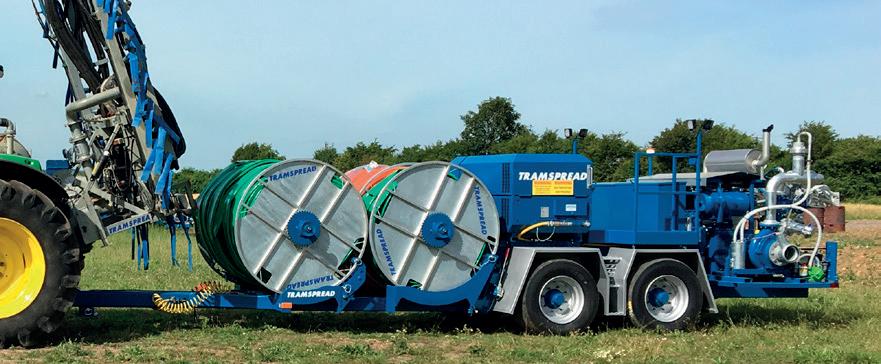
pathways within slurry stores.
The results showed:
r29% reduction in crust formation using SlurryBugs and 23% reduction when using SlurryBugs Maintenance
r10-15% increase in each of the following nutrients in the treated slurry: nitrogen, phosphorus, potassium, and sulphur; this is because organic materials are released into the slurry when the crust is broken down
“ is means we are ge ing a lot more grass per cut – at least a tonne extra per acre,” he says.
Grass is harvested four to ve weeks a er slurry is applied, compared to just two to three weeks in the time before the investment in the new slurry infrastructure, which is also making the grass more palatable to the cows.


• Tramspread is the largest supplier of G&H slurry hose in the UK and across Europe.
• New addition: RIB PU blue ribbed drag hose, polyurethane thru-the-weave, strong and highly abrasion resistant.
• Large quantities of a range of hoses are held in stock.
• Wide range of couplings stocked including Bauer, Storz and Shug types.
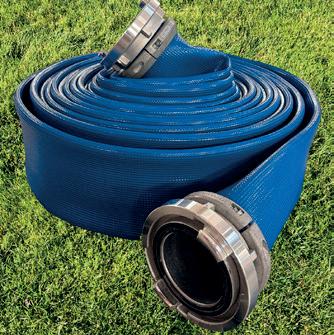
Faced with volatile energy prices and the desire to minimise the environmental impact of their dairy farm, the Goodall family has turned to a micro-anaerobic digestion system to reduce running costs and boost self-sufficiency. Dairy Farmer reports.
Founded more than a century ago near Leeds, the business run by the Goodall family, trading as T.D. Goodall, has evolved into a diversified dairy enterprise comprising a 230-strong Holstein Friesian herd milked via Lely robots, milk processing and bottling facilities, local doorstep milk deliveries, along with an ice cream shop and cafe.
With a focus on ensuring the long-term sustainability of their farm, six years ago the Goodalls invested in a slurry-fuelled micro-anaerobic digestion (AD) system for their dairy unit at Beechgrove Farm, Scarcroft.
Edward Goodall says this setup
now meets most of the farm’s energy needs, helping to offset unpredictable increases in electricity costs and reduce the business’ carbon footprint.
He says: “We are always looking for ways to ensure the farm remains viable in the long term and a big focus has been on renewable energy production. We need a reliable source of energy that will power our business, without the volatility of grid-supplied electricity prices.
“We had previously installed an 11kW wind turbine, around 11 years ago, and then 40kW of solar on the farm, but these systems are weather dependent and have production efficiencies annually around 20% and 10% respectively.
J“Micro-anaerobic digesters are small-scale biogas plants running primarily on slurry, capturing methane and converting it into electricity and heat,” explains Biolectric’s UK and Ireland manager, Joseph Fayolle.
“Typically designed for herds of 60 to 900 cows, micro-AD plants generate
11kW to 75kW of power and include a stainless steel tank for processing slurry with a combined heat and power (CHP) unit.
“Operating 24/7, microADs also produce high-quality digestate and reduce methane emissions from slurry storage, which is a priority for dairy buyers and retailers.”

“With all the different elements to our overall business, our energy needs are continuous and that is one of the main reasons we started looking at AD systems.”
The family ruled out a large-scale AD plant due to high installation and maintenance costs and they hoped to find a small-scale solution that could use the dairy cows’ slurry without requiring intensive management or additional feedstock.
“The Biolectric micro-AD system fit the bill and has proven incredibly reliable,” says Edward.
“The system utilises the methane from slurry to produce electricity, operating at around 90% efficiency over the five years, day and night, and it is this consistency in energy supply that is so invaluable to us.
“We are also making significant financial savings by incorporating the AD system into our dairy farm.
“With grid electricity costs at around 20p per unit and a feed-in tariff of 5p per unit, our monthly saving is around £5,000.”
The micro-AD system now produces around 33kW of power using two combined heat and power (CHP) units and has allowed the Goodalls to generate nearly all their electricity requirements on-site.
Beyond electricity, the digester also produces hot water for their cafe and for processing milk, as well as for washing down the milking robots, providing even more cost-saving benefits.
“It has been a positive move and we are now saving around £50,000 – £60,000 a year on electricity costs,” says Edward.
“But we are also reducing our greenhouse gas emissions by turning the methane produced by slurry into biogas to fuel the CHP units. It is a ‘win-win’ from both an environmental and economic point of view.”
Another benefit has been the production of digestate as a by-product of the energy production process.
Edward says: “The digestate has proved more effective than raw slurry for improving soil fertility. The nitrogen in the digestate is much more readily available to the plants.
“The digestate we produce has been tested and found to have ammonium N content of around 76%, compared to 40% in untreated slurry. This translates into about 190kg of ammonium N per hectare, which is excellent for grass growth and reduces our purchased fertiliser requirements.”
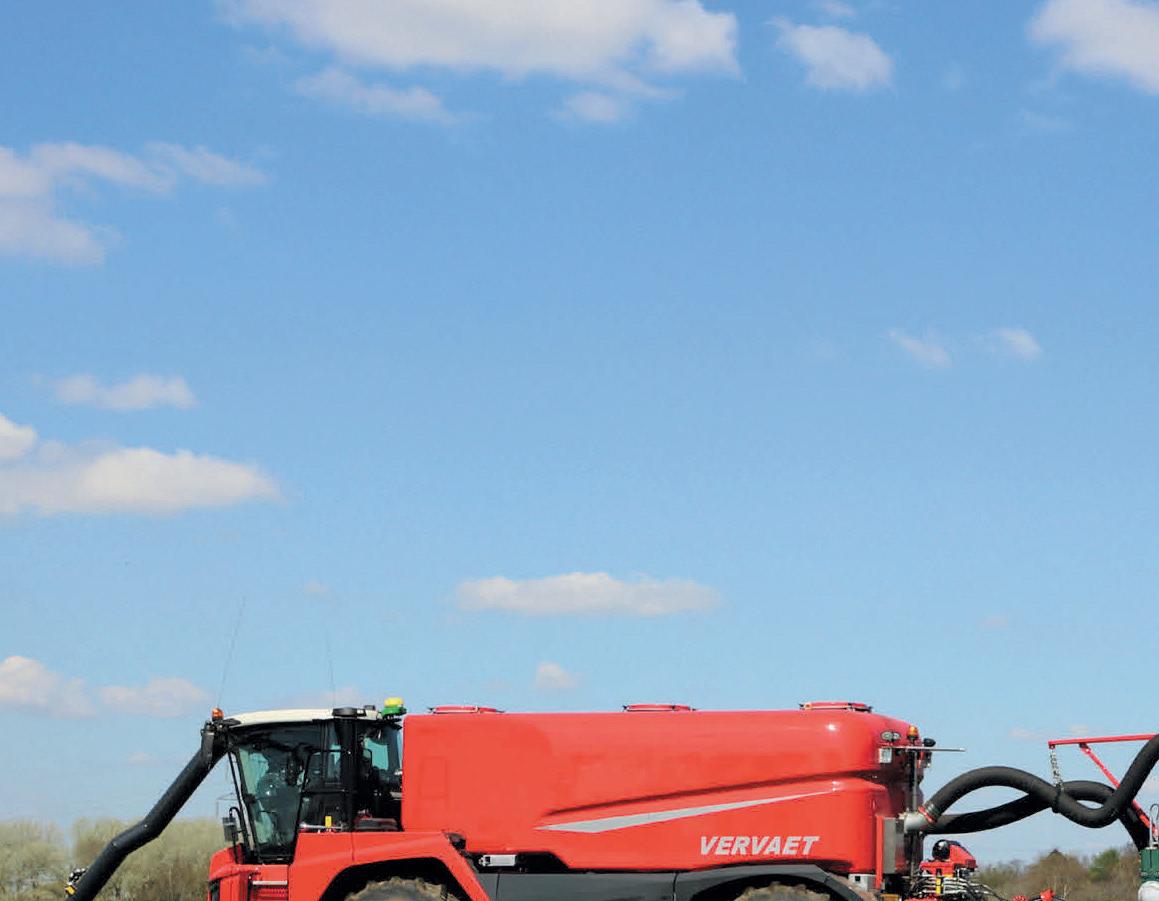
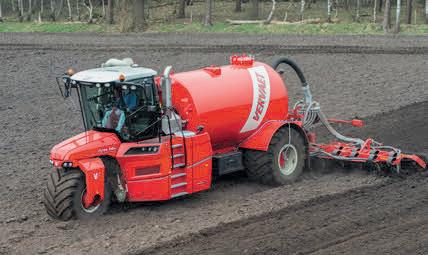
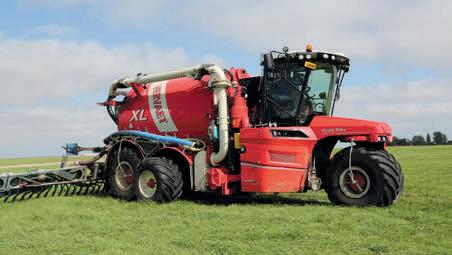

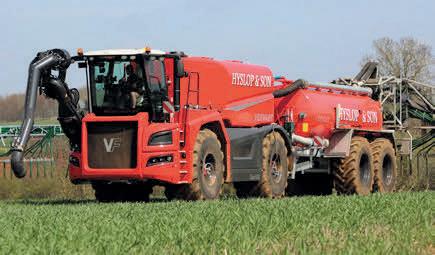
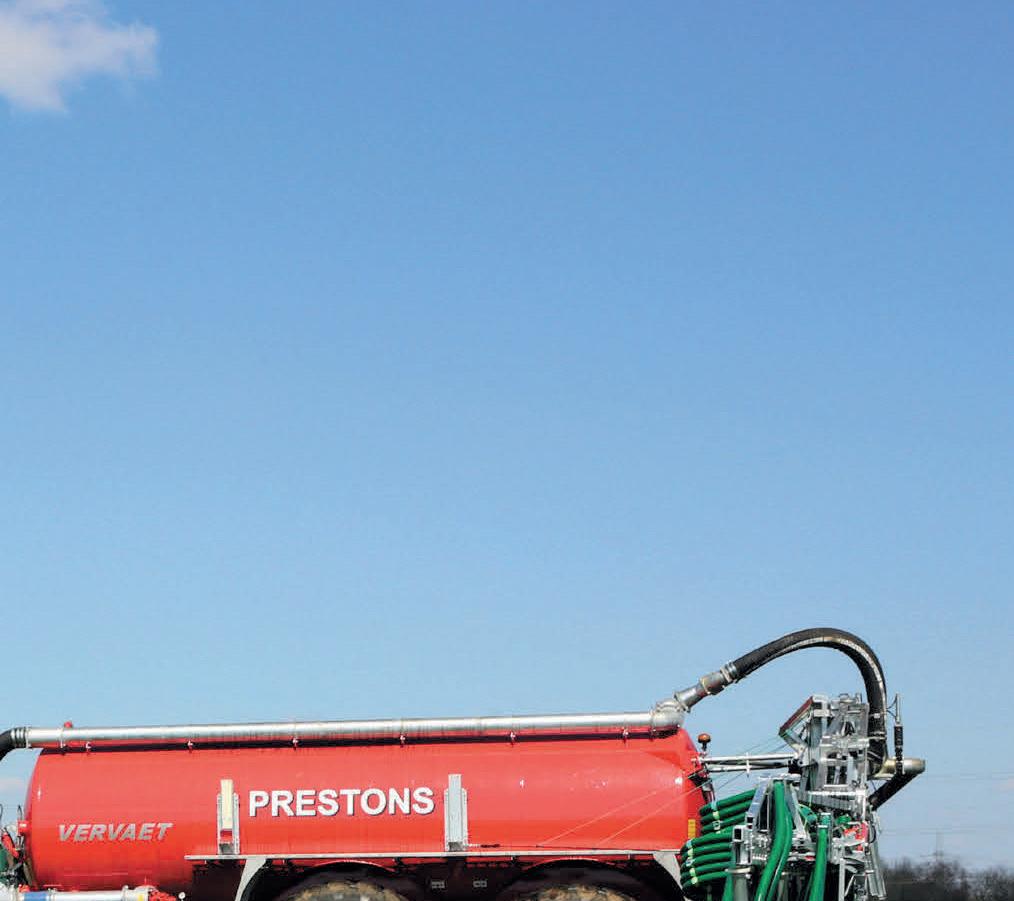

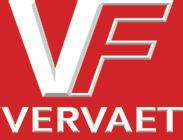




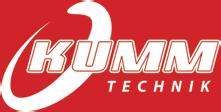


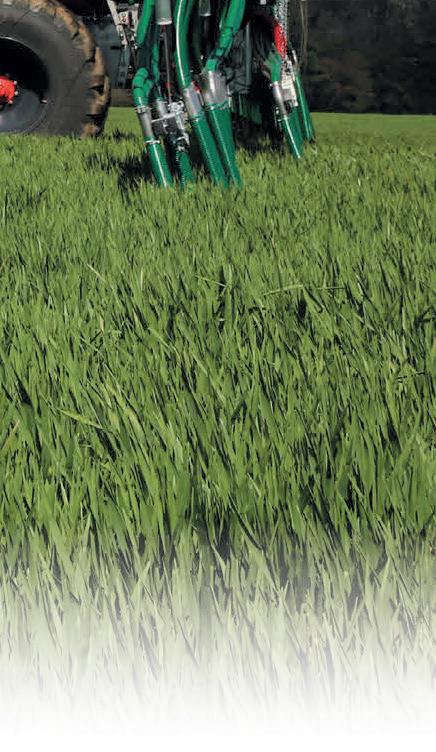


For a company which does not really ‘do’ slurry application equipment, Vogelsang has updated some of its existing lines and released some new applicators for 2025, which could make users think the company takes it somewhat seriously. Ken Topham reports.

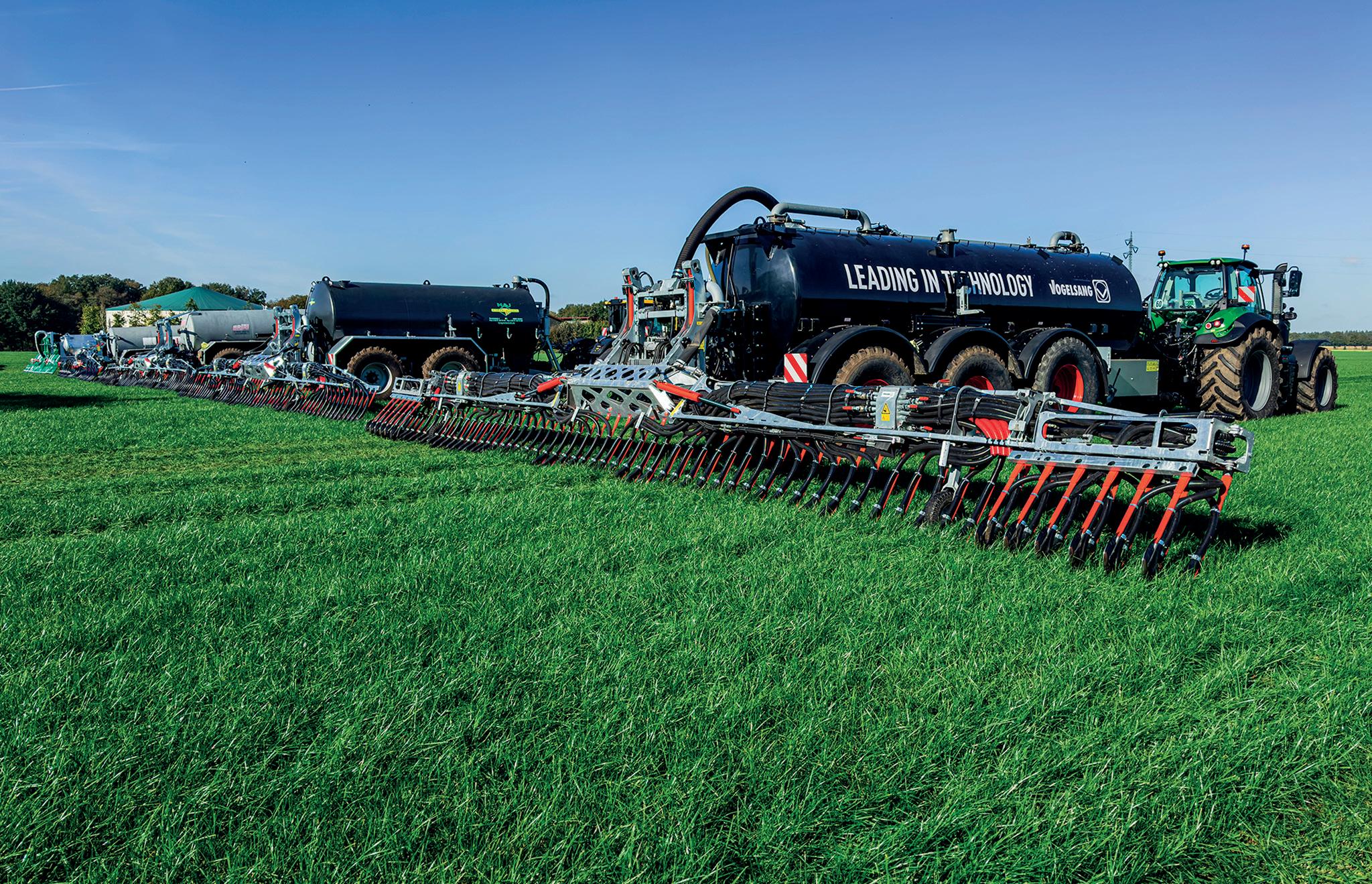

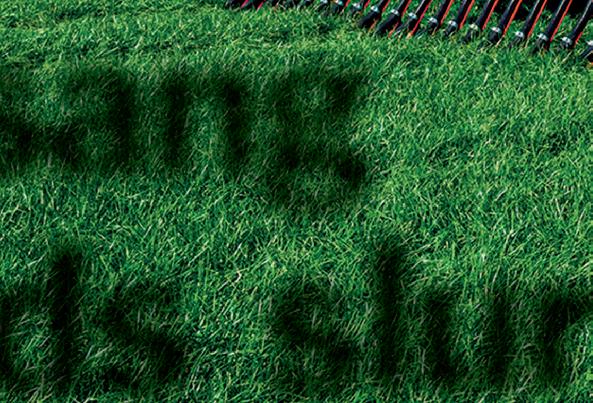


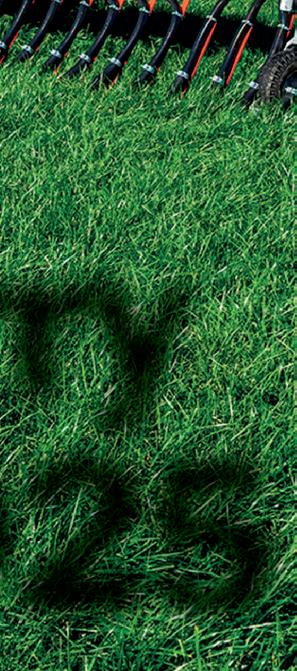
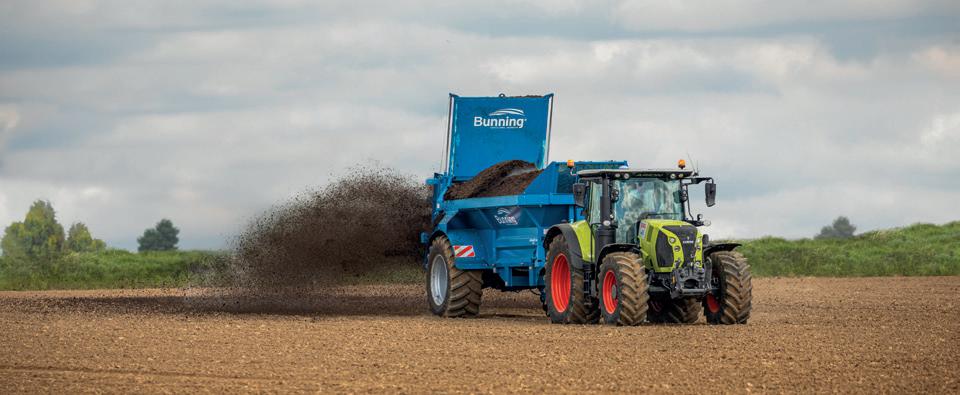


Held in mid-October at Vogelsang’s Essen factory in Germany, was a new product event launch by the company’s international eld sales head for agricultural technology, Hubert Schmidt.
He gave an insight to the products the business produces across Europe.
pumps, and equipment to make materials pumpable.”

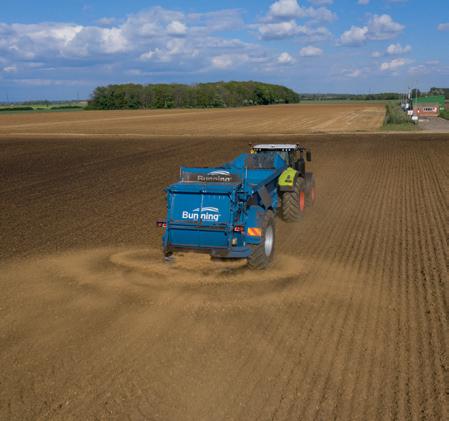



In the UK, Vogelsang is synonymous with ca le slurry and biogas liquid spreading equipment, but a look around the factory tells a slightly di erent story.
Mr Schmidt said: “We make
And with its lobe pumps and components ed to a claimed half of the biogas plants in Germany, the spreading equipment range is de nitely a more recent addition to the line-up, with onethird of the business in agriculture. e rm showed o a refreshed line-up and some new models to boot, as well as a new macerator, all to make a achments lighter and narrower for transport, while o ering machines which appeal to small and medium operations, as well as large-scale options.












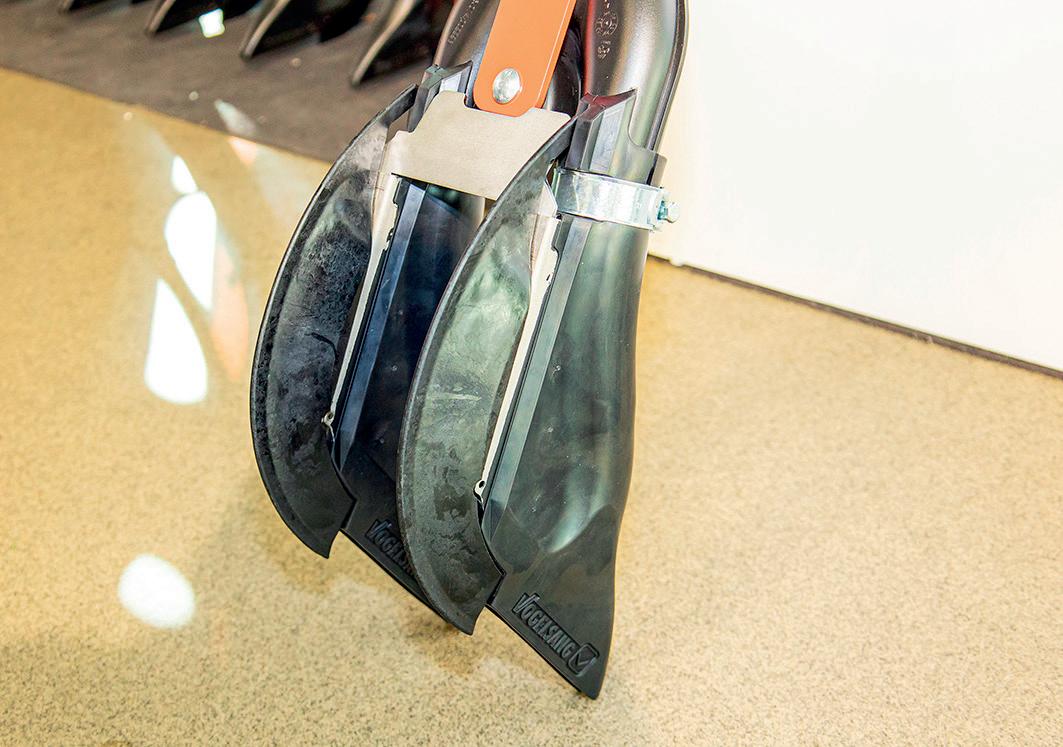

JThe major introduction at the event was the Blackbird MAX, with the 21- to 30-metre model demonstrated.
It uses telescopic arms, as well as folding elements, to work at different widths.
The arms carry the slurry with a plastic pipe inside the first section, which uses a seal to facilitate the slide, and the end galvanised boom section assembled as part of the pressurised pipework.
The Pro runs ECM distributors to keep the profile narrow and the transport width below three metres,
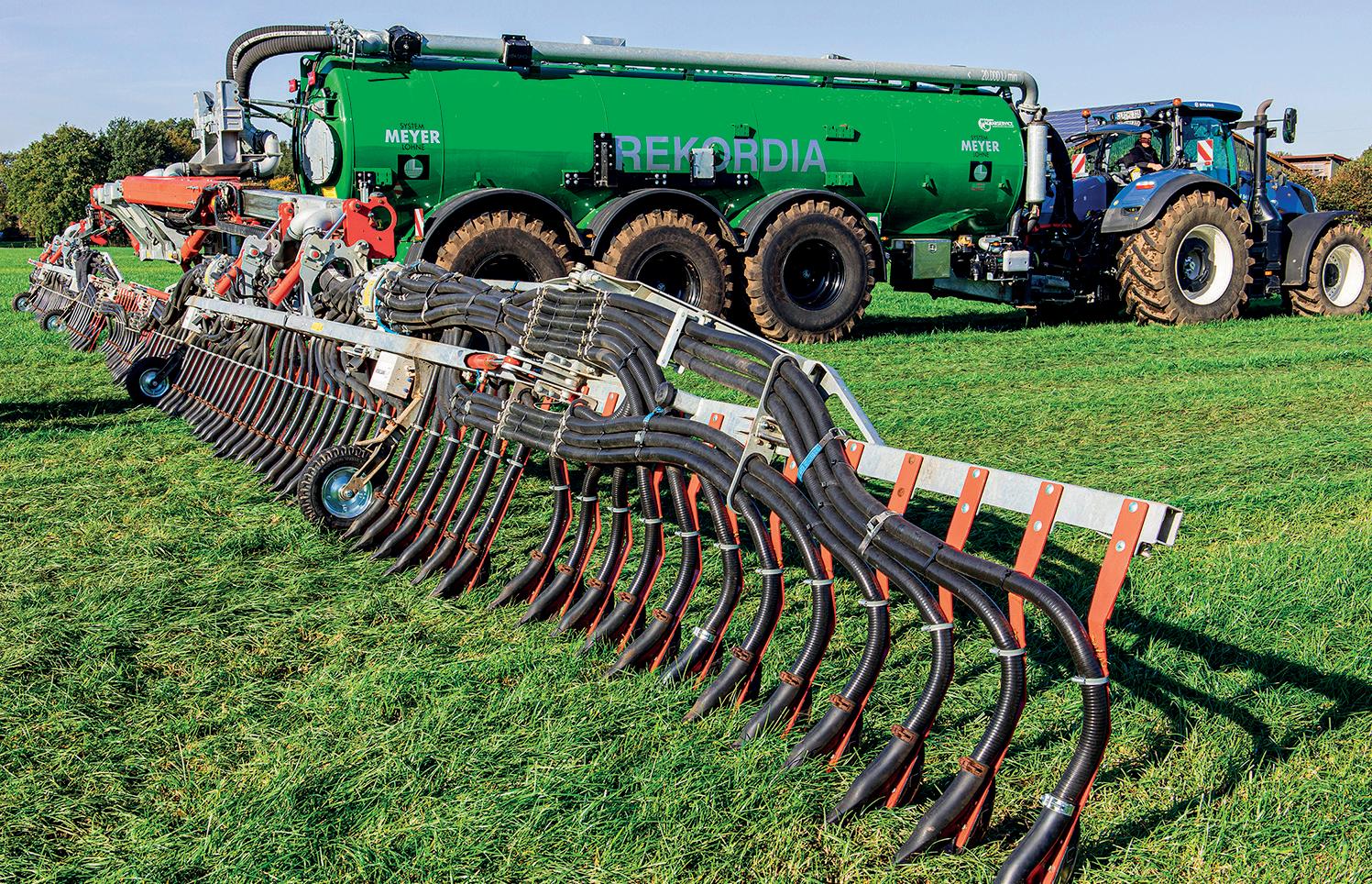


The Blackbird Max can spread from 21 metres to 30m with telescopic arms and folding sections.
the sections are operated by air operated Comfort Flow Control valves.

Part of the arm is used to carry slurry, with the trailing shoe sections mounted centrally so each boom is not stressed from one end.
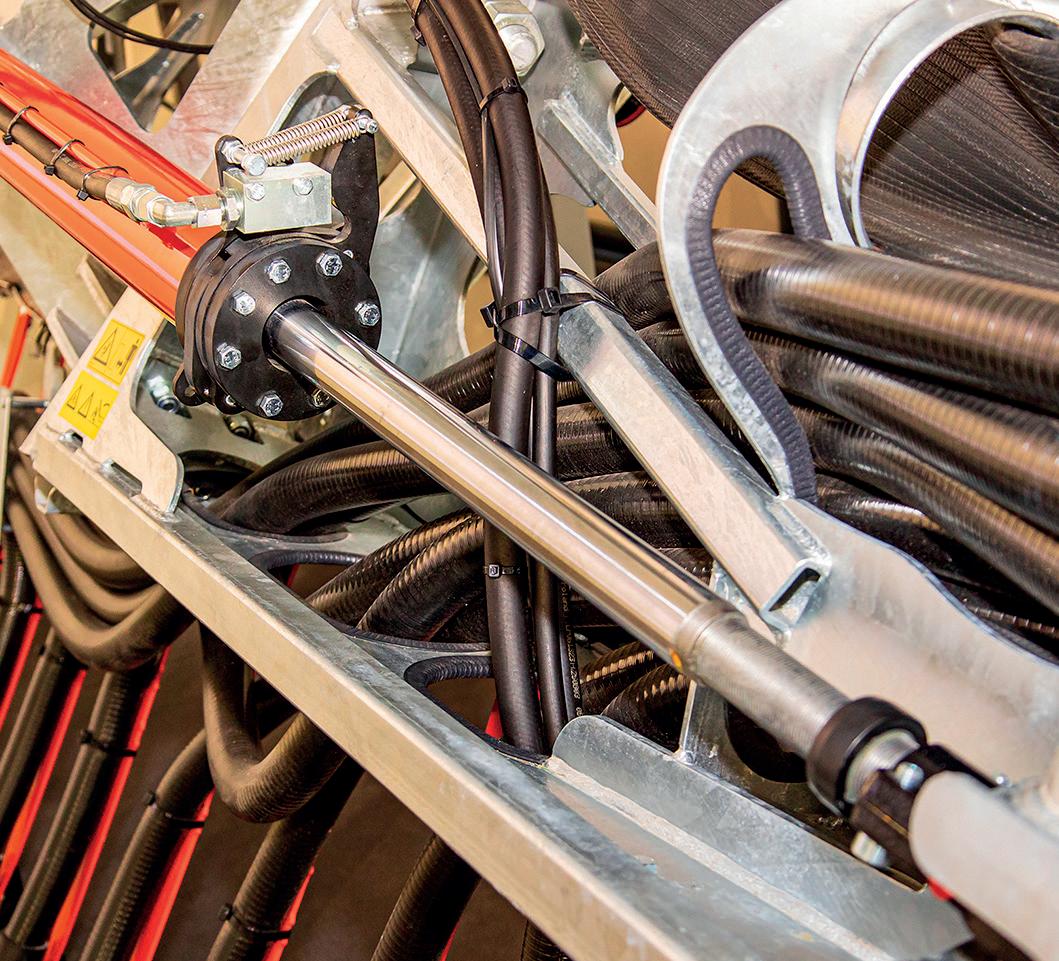
The section shut-off is currently used to manage the working width, not to offer section control.
Operating on an IsoBus system, the Blackbird MAX is designed to work with any universal terminal and can be mounted on any appropriate tank. The demonstrated
machine was mounted on a 33cu.m tanker.
This was a pre-series unit that had been out on test with a local contractor, with a claimed 4,000 hectares (9,884 acres) covered, the factory reported a few running improvements needing to be made, but generally a successful season.
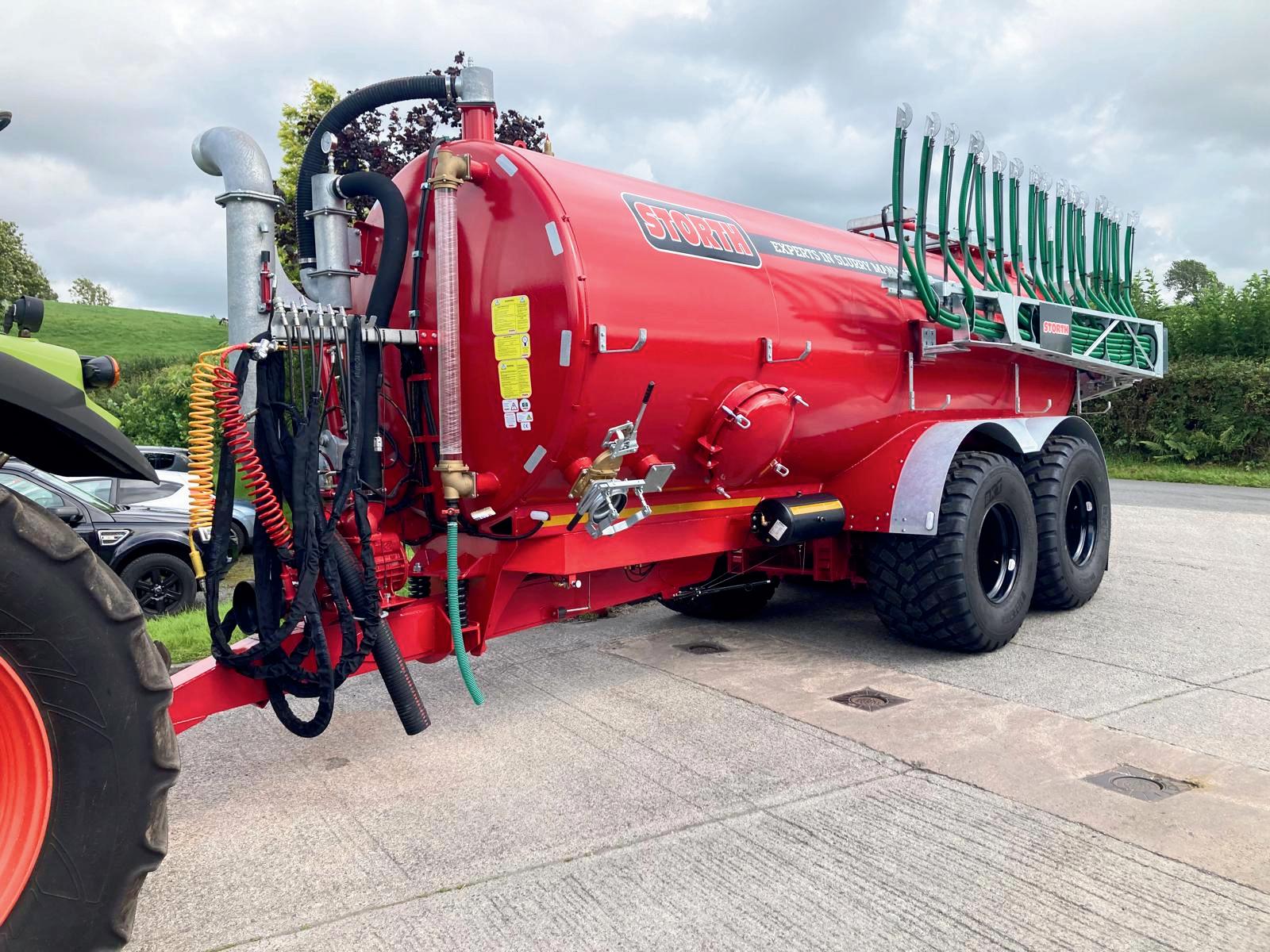
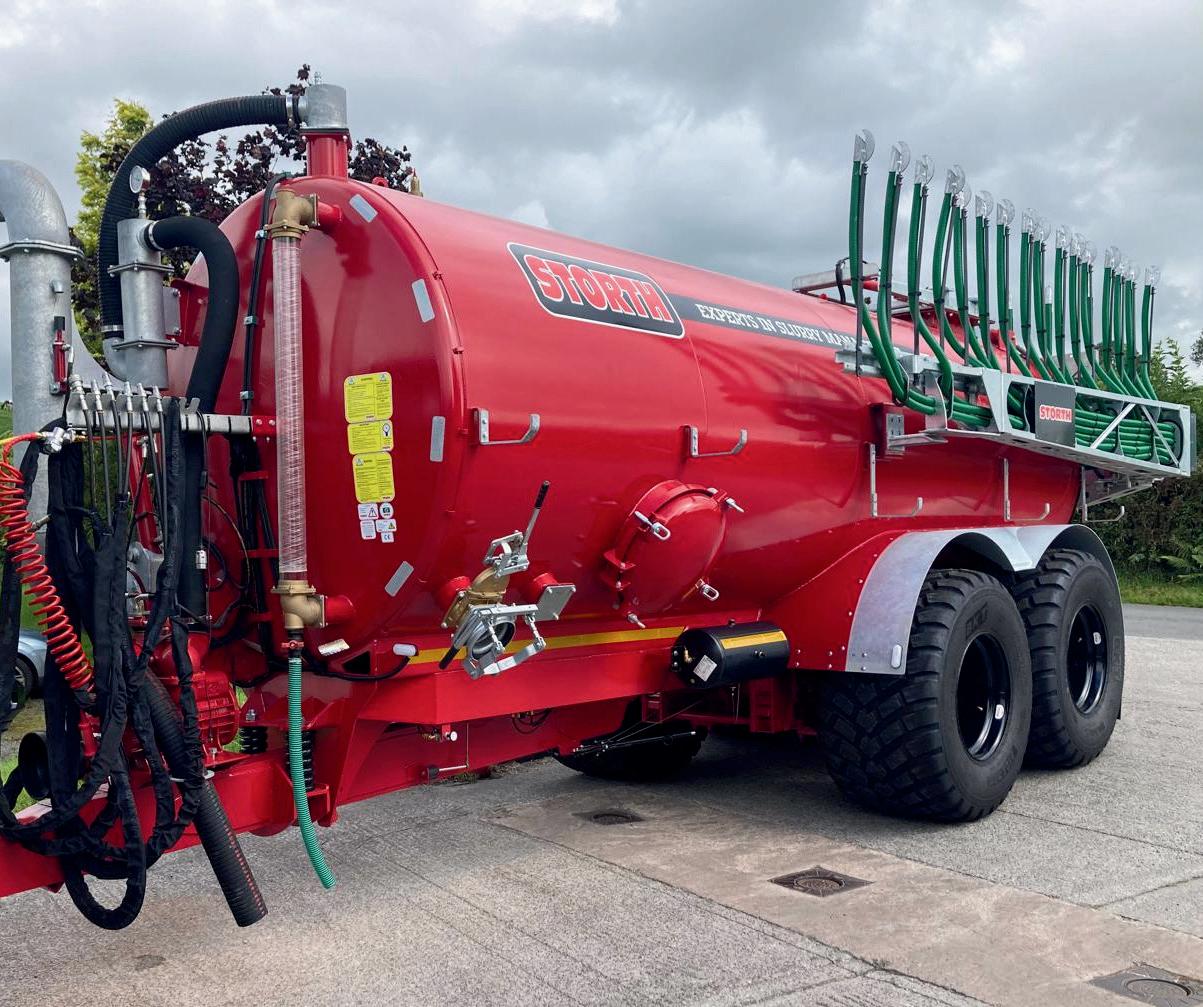







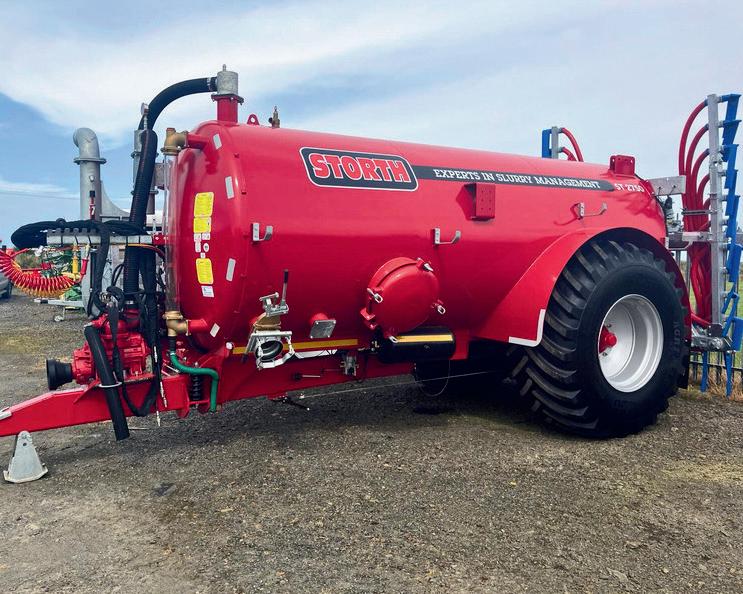
JVogelsang has developed a distributor/macerator which is smaller, meaning some of the new trailing shoe applicators can be kept under the transport width.
It uses a completely new rotor design, which claims to not need air induction to reduce pulsing in the slurry lines.
Inside the ECM are two stationary plates, like most
macerators, but with only 14mm holes, which Vogelsang says does not impede throughput.
Where it differs from the larger ECQ macerator is that fewer of the outlet holes are covered by the cutting blades, for much less time during operation.
The key difference is the rotor, which still uses the Vogelsang eccentric
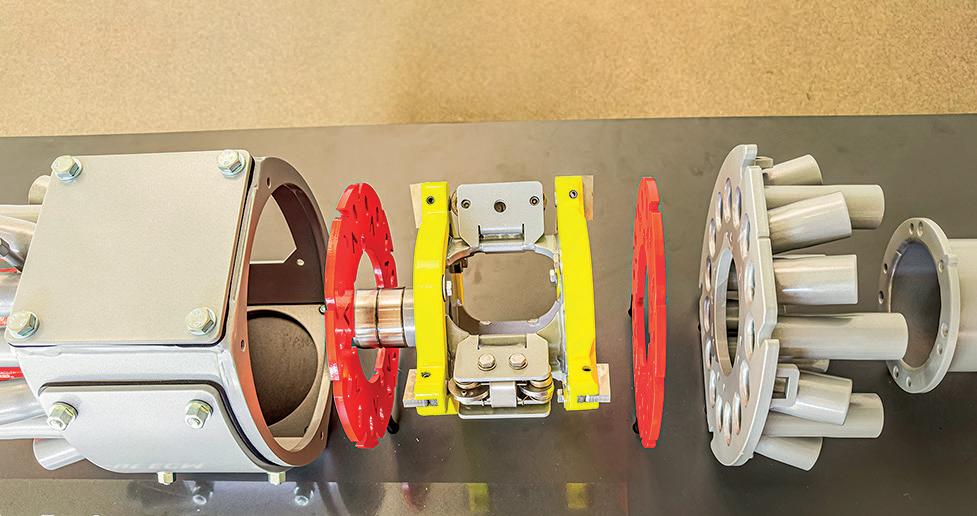
The new distributor negates air induction, which reduces size.
cam adjusters to maintain pressure on the blades.
The blades and central hub allow flow of material through virtually unimpeded, which Vogelsang says means there is no need for air induction and why the unit is much smaller yet sees only slight



reduction in capacity compared to the ECQ. Although small, the 14mm holes are claimed to be fully functional in a range of conditions, with Vogelsang testing the unit in Ireland as well as other locations with variable and challenging slurry conditions.
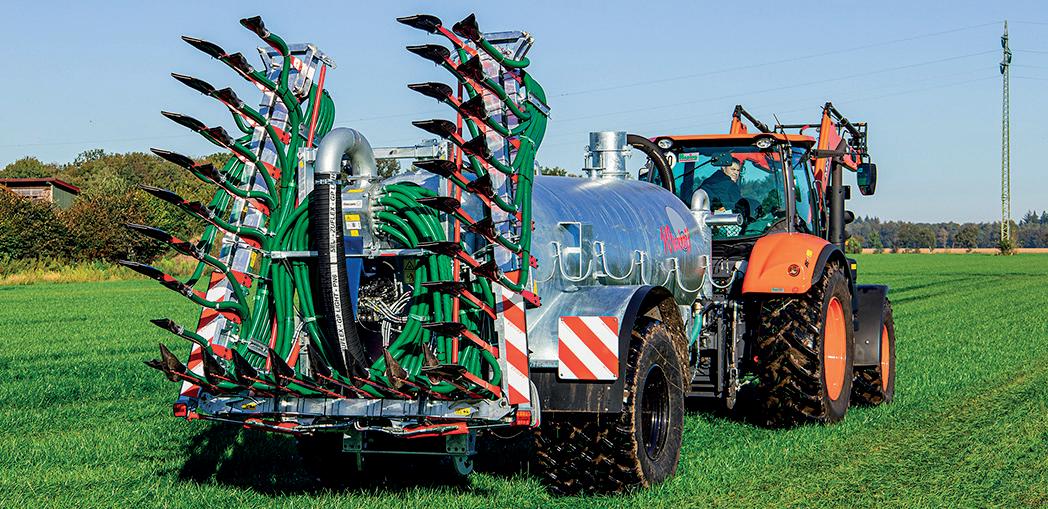
JUsing a fixed chassis mounting system that saves much more weight over the flexibly mounted version, Vogelsang claims the Light is 20% lighter than the Pro.
It is offered in 12 metres or 15m options and, to keep dimensions down, it also comes with the new ECM distributors.
It uses the 3D collision protection system on the outer sections too.
Vogelsang also released

its new folding rams with an integrated latch system which is fitted to the Light model, a thread at the eye-end of the piston has an adjustable collar, this latches into a receiver on the cylinder that incorporates an hydraulic lock.
The Light will be available with the plastic shoe instead of the cast version, saving more weight, and is designed for farmers and users who work in sensitive land areas, where weight is critical.
JDeveloped as a solution for smaller operations, the Unispread folds vertically to the rear and can be fitted without additional brackets and latches directly on the tank itself.
Currently the widest available model is 10.5 metres, but a 12m version is in the pipeline.
Using a single centrallymounted distributor, the pipework is uninterrupted along the length of the arms. This is claimed to reduce the chances of blockages on a machine that will likely be used with a variety of slurry viscosities.





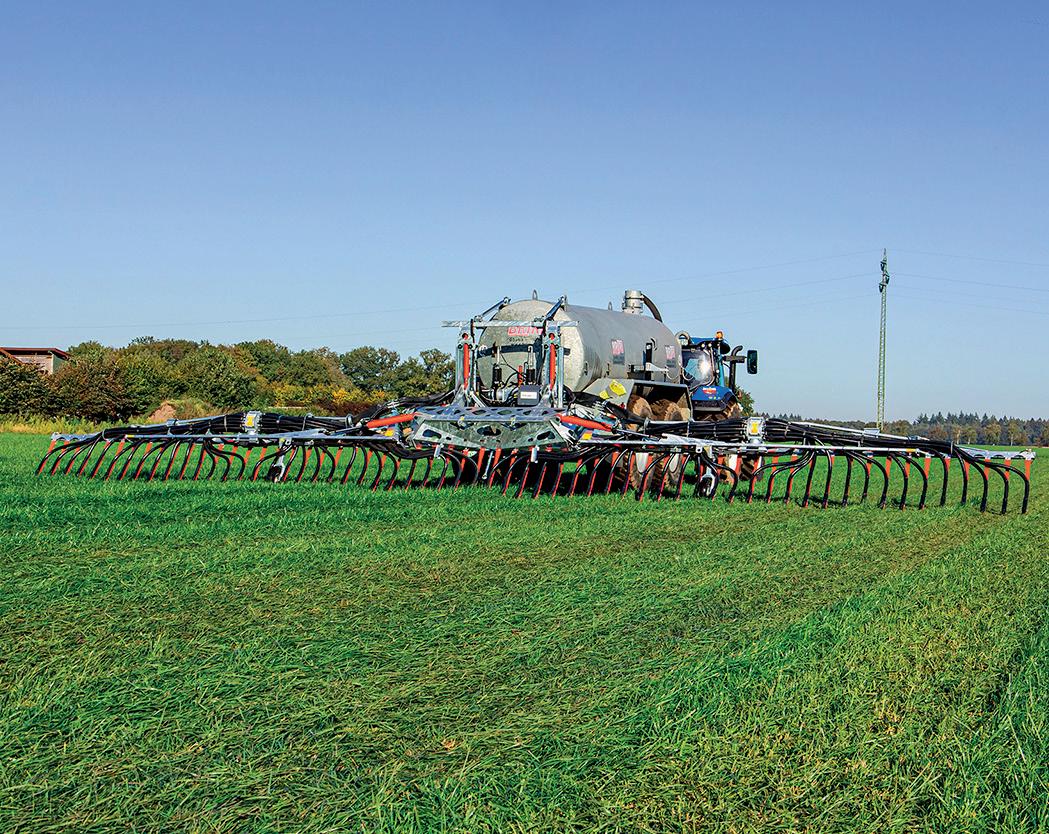

Blackbird Light is a fixed chassis mount option, giving higher capacity with reduced weight.


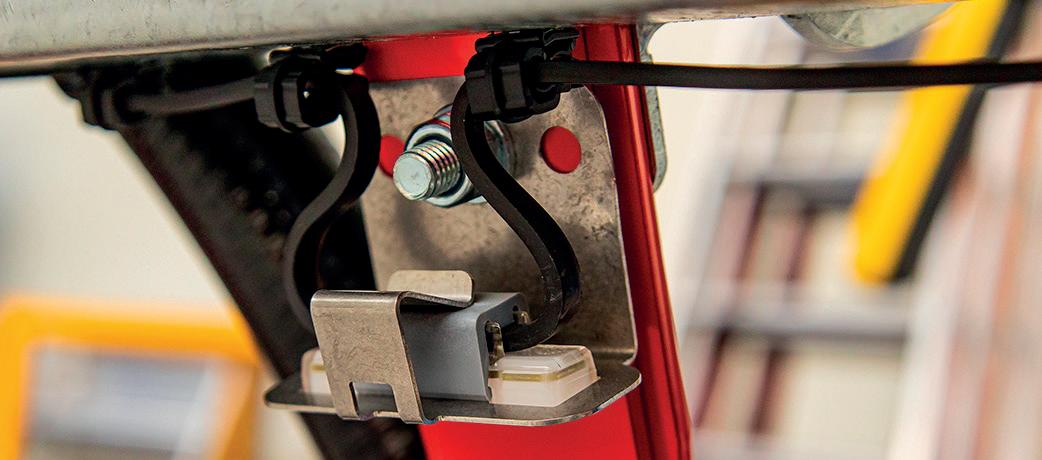
JVogelsang also showed some new lights for its booms at the event.
They are fitted along the undersides and are fixed above the spring, so the operator can see what is happening.
Instead of wires and fittings,
which can get corroded by slurry, they operate using an optic fibre lighting system. Where, conventionally, the bulb would be located, a lens, pictured left, is used to direct the light downwards from the optic cable.
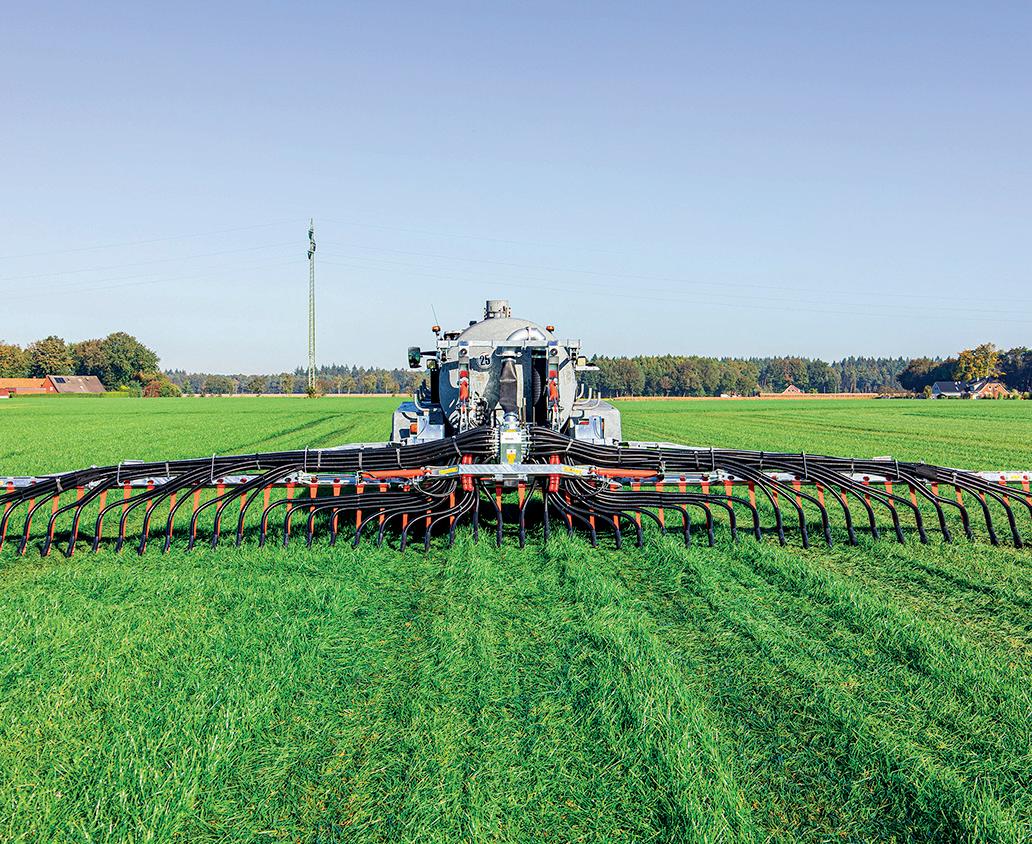

The Blackbird Single is a lightweight solution for small to medium farms.

JDesigned to be mounted on a tanker rear hitch, the new version is a claimed lighter 200kg on the previous model and can be specified with either the new ECM or the ECQ distributors.
A working width of 12-15 metres is offered. Using the cast iron leading edge on the trailing shoe, the Pro is designed as contractor level machine and includes a headland off function, where one switch
lifts the arms up and switches the flow of slurry off.
New pipework at the folding joints claims to prevent the collapsing of the joints and maintains consistent flow.
In the narrower Pro models without the folding end section, a 3D collision protection system has been implemented.
This employs a shear bolt, which allows the end section of the arm to swing out of the way if impacting an post or tree.
JThe 12-metre Single is aimed at users who want a lightweight simple solution. With a single ECQ distributor mounted in the centre of the booms, it adds a claimed one tonne additional weight to the host tank.
The new features on the Light are also present on the Single, with the locking folding arms and 3D collision protection. It will offer a solution to farmers who do not run large equipment, but still require an applicator.
Blackbird Pro offers the ability to spread at either 12 metres or 15m, with folding end sections that can be isolated at the distributors.

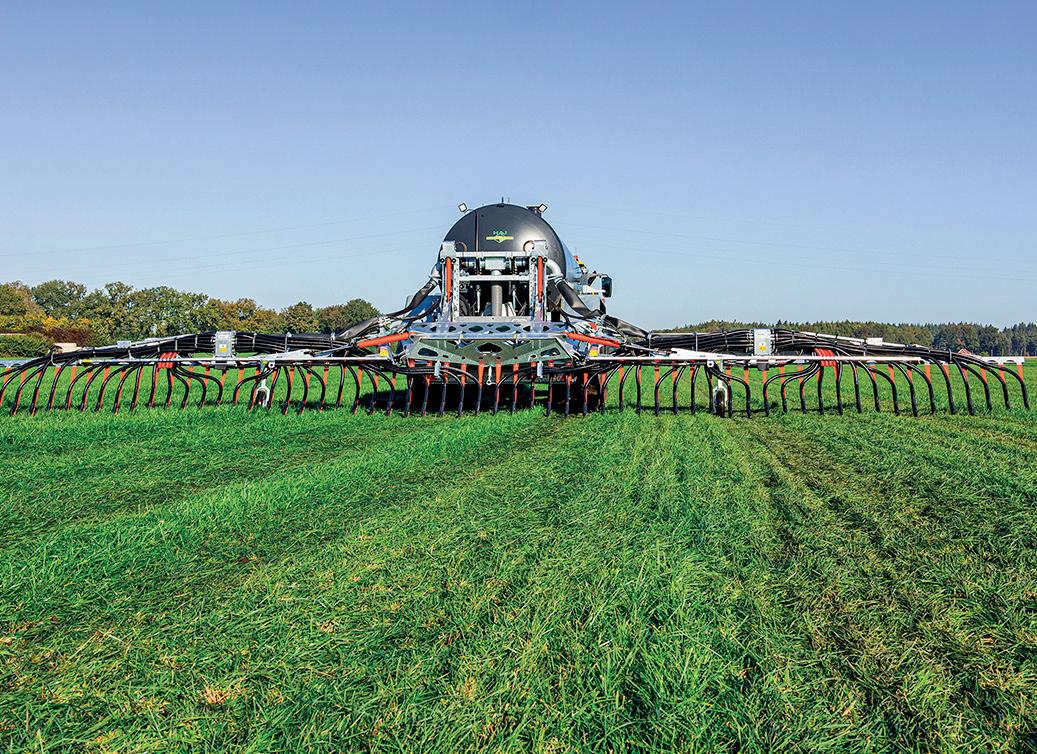




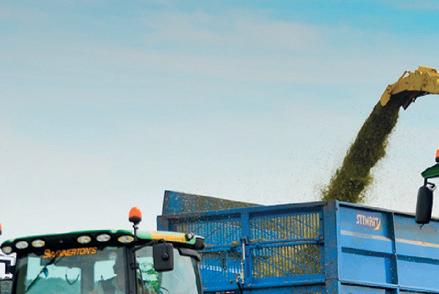



























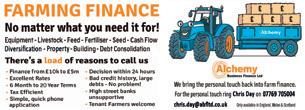
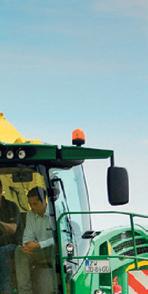






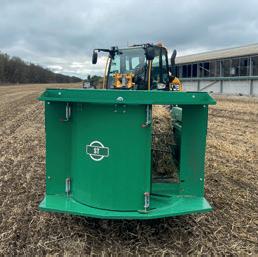
Indispensable on many dairy farms for cutting and handling clamp silage, the shear grab is a daily necessity which may not get the service attention it needs. Toby Whatley reports.
For many dairy farms, the shear grab is one attachment that spends more time fitted to the farm handler than any other during winter, and provides for the daily needs of stock feeding
JVirtually all manufacturers of shear grabs will use hardened, specific ground knife sections and blades to generate the clear cut required. With normal use, the blades will wear gradually, but sharpening must be carried out correctly.
Mr Worthington says: “Since the grab is cutting through dense and heavy material, it uses surprisingly large hydraulic cylinders to exert the cutting force needed. If the blade is blunt or damaged, or the pins are corroded, this force is transferred into the frame of the grab, not the clamp face.
“Sharpening the blades using an angle-grinder heats the cutting edge and removes the temper of the hardened steel.
and silage handling. Gloucestershire-based attachment manufacturer Albutt produces 600-800 units a year, with capacities from 0.7cu.m to 2.5cu.m and designs suited to skidsteer, tractor loaders, telehandlers and loading shovels.
This results in blades which are softer and more prone to wear. Sharpening should be carried out regularly using a hand file on the outside chamfered edge of the blades only.”
For users with heavily worn blades, replacements can be fitted through cutting the worn sections from the front grab and welding in replacements.
“We stitch-weld the blades in sections so it is possible to cut them out and replace them. This is a more complex process than a bolted design, but we have found that any bolted assembly used in the position of the cutting blade becomes so corroded that they become impossible to remove when replacements are required.”

Operations director Tom Worthington advises on some key points for keeping the attachment working and cutting correctly. He says: “We produce shear grabs across a wide range of sizes, and different options to suit specific farm needs, but the fundamentals of all machines are the same.
“All grabs must be sharpened correctly and properly lubricated and maintained to prevent any damage or wear to the attachment frame.” Tom Worthington
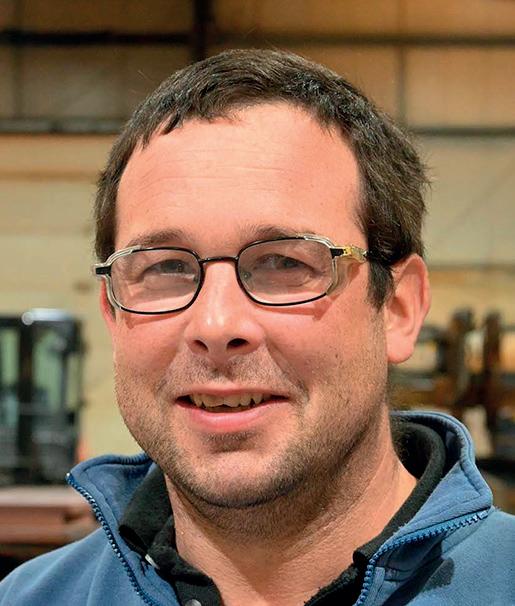
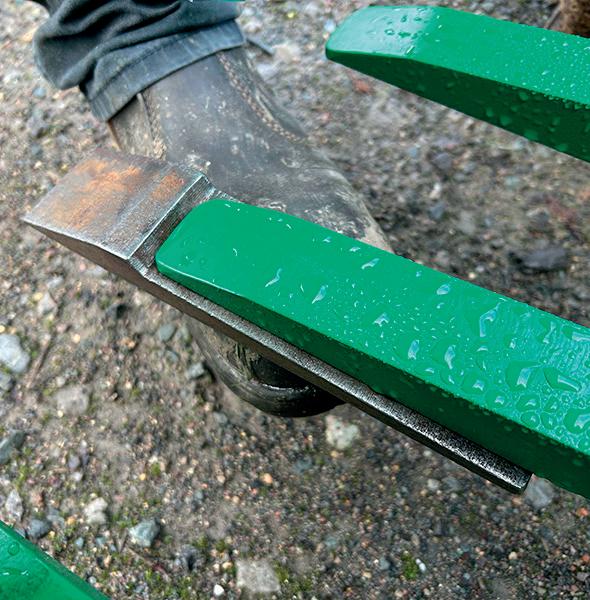
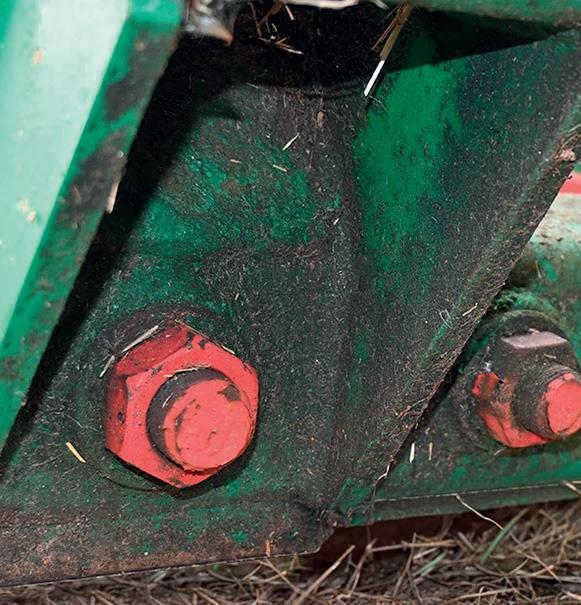
JAcross several manufacturers, grabs are offered with hardened welded tines, or Kverneland-style steel tines for when the attachment is used to pick up bales or when loading a mixer.
Mr Worthington says: “Like the cutting blades, the tines will wear as the machine is used, particularly if users are running the attachment on the clamp floor to pick up material.
“The tine length is important to ensure the cut is correct and each block is cleanly removed from the clamp. Too short, and excess material is ripped away,
leaving an untidy and messy clamp face.
“If the tines have worn back more than 50mm, then replacement tips can be welded on to replace the missing material and return the tines to the correct length.
“These are supplied to fit to the underside of the tine and welded either side.
“Machines with Kvernelandstyle tines which have been worn or bent can be unbolted and replaced with new. It is important to tighten any tines which are loose to prevent any further damage.”



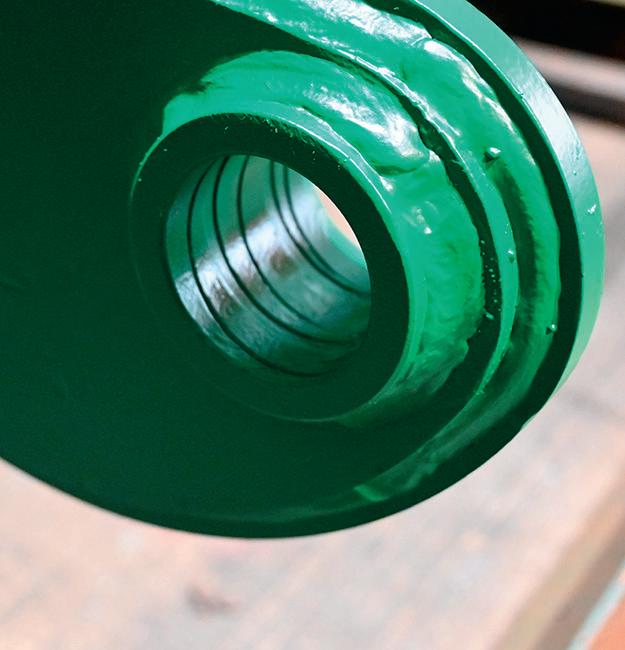




JThe combination of the hydraulic cylinders and front grab pivots can result in up to nine individual pivots on a machine which require greasing and inspecting for wear.
“Replacement of any worn pins and bushes prevents minor issues from having a more serious impact on the overall grab.”
Depending on the machine size, two or three hydraulic cylinders are used to power the cutting blade.

If pins are worn or seized, the grab can cut off centre, which can introduce large twisting forces to the implement and have a significant impact on and permanently bend the frame.
Mr Worthington says: “The moving parts of the machine must be kept lubricated to provide the maximum cutting performance.



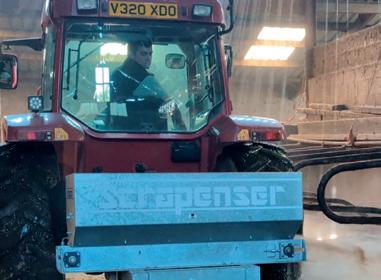


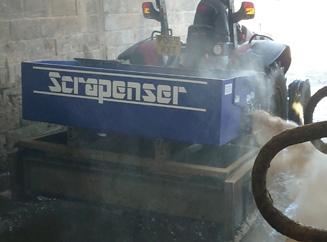
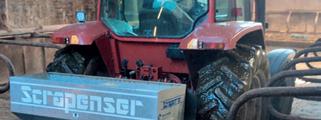
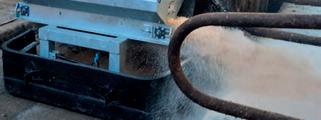


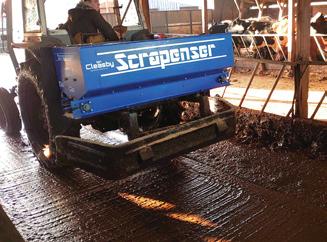
“All of our pivots are greased and use a helical cut to force the grease across the pins.
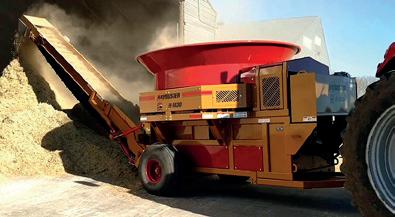
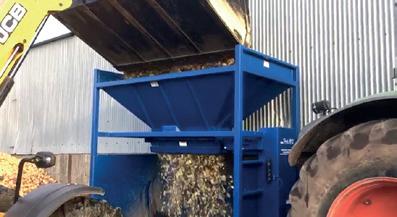

“Any damage from misuse or corrosion due to the longterm impact of acidic silage on the cylinders and rods can cause the pistons to leak,” says Mr Worthington.
“This can be solved by resealing or replacing the entire piston, which improves the cutting performance and prevents any oil contamination into the feed.”

Tub Grinders
- Exclusive UK Distributor of Haybuster & Rotogrind Grinders.
- Range of models from 5t - 25t / hour output.
- New, used & refurbished machines available.
- Ideal for straw, hay, green waste, roots, biogas feeds etc.
Root Choppers & Cleaners
- Loader, 3 point linkage, free standing PTO and electric drive available
- UK Distributor of VDW range of choppers, cleaners & feed dispensing equipment
- Output from 10t/hour to over 120t/hour available
Diet Feeders
- Largest stock of mixers in the UKover 50 machines in current stock
- Refurbished, used & nearly new units available
- New Mini Mixer available
- Diet feeder parts available- Blades, Conveyor belts, gearboxes, weigh cells.
- All feeders undergo 30 point service
- Finance available subject to terms
- Nationwide delivery available

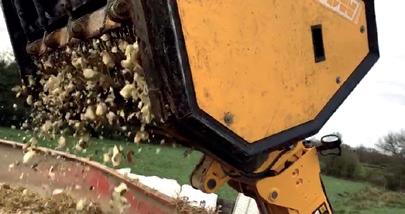
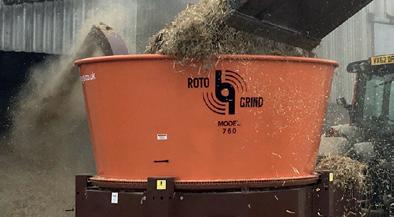
Current Used Stock:
Trioliet 8, 12, 14, 20
Strautmann 14, 20
BvL 15, 17, 20, 24
JF Kongskilde 12,14, 22
Kverneland / Siloking 14, 16,18,22
Keenan 10, 14, 16, 20, 24
Shelbourne 11, 22, CB150 bedder
Hi Spec 14 x 2, 16
Redrock 20
Seko Samaurai 14
Rotogrind x 4
Teagle C12 grinder
Farmhand 880
Profi freestanding root chopper x 3
VDW root bucket RS1800
Used Diet Feeders always wanted
Breaking for parts -Trioliet 28, Shelbourne 11, 13, 19, Abbey 1500, Strautmann 1250, Siloking 22,



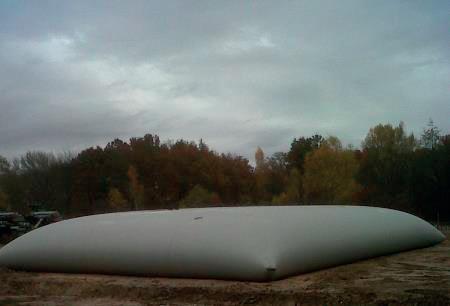
•
•
•
•
•






















JWith a good number of milk buyers thinking towards the end of October that milk price increases for 2024 were done, several milk prices came up against the bu ers with no increase for December.
So therefore, imagine when Arla Foods announced its €3/ kg (£2.49/kg) increase for November, on Halloween of all days, sending spooky shockwaves around the industry.
is will have led to a certain amount of head scratching, with questions as to how this level of price move could be justi ed.
In short, the answer is Arla does not have to justify any price move, it may wish to explain to customers of course, but the company pays what its price model calculates.
is encompasses the whole Arla group, not just the returns from their UK business.
Last year was not exactly Arla’s best milk price performance in the UK as its price uncharacteristically su ered more than usual against its peers.
is summer, the price has been creeping up on the inside
rail and how quickly it becomes forgo en that Arla is a European dairy business with global reach. A couple of milk price decisions this autumn that run out of sync with the sentiment of many milk buyers here in the UK, not least due the rising level of milk production, show that normal order is being resumed. It is not just UK milk buyers either that may have been taken by surprise, there will be some Arla farmer owners over the last year or so who may well have been having some doubts, given the lower price performance versus what is contractually asked in return. Hopefully faith is being restored.
As luck should have it, within a week or so of the company’s announcement, markets both physical and futures, and particularly the bu er market, started to show renewed signs of positivity.
e outlook is reported to be stable, as commodity markets continue to increase, driven by consistently strong demand, as retail sales continue to be strong with global milk supplies stable, and Arla’s increase translates into a 2.63ppl increase in our manufacturing standard* to 47.65ppl.
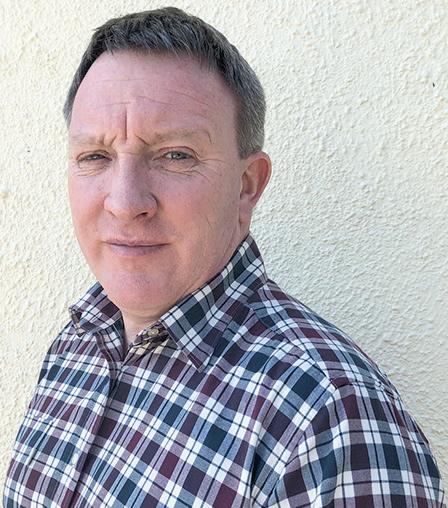
JQuite a number of milk buyers both for liquid and manufacturing have decided to hold their milk price unchanged for December. However, in more hotly contested milk fields, certainly in the South West, some have not been able to let up on the pace.
On the liquid side, Crediton Dairy has increased by a further 1.25ppl taking our liquid standard up to 44ppl, which represents an increase in its base price of 7ppl.
Meanwhile, Pembrokeshire Dairy, which is now gaining solid traction in its recruiting, increased by 1.12ppl to deliver 44.66ppl and is now coming second to the Arla price for November.
First Milk’s Blackmore Vale Dairy increased by 1.5ppl to 44.5ppl, which equates to a 1.57ppl increase on manufacturing to 46.26ppl.
November, the Dale Farm Cumbrian price increased by 0.98ppl to 43.64ppl while in Northern Ireland the company held its price unchanged for September on 43.32ppl (manufacturing) 42.32ppl (liquid) after its 3ppl increase for August.
A similar tale has unfolded in the cheese sector as once again, under the heat of competition, Barber’s Cheesemakers has made a significant increase for December to take our manufacturing standard up 1.53ppl to 46.10ppl.
This represents an overall increase for 2024 of 9.96ppl after increasing the price for 11 out of the 12 months.
Another feather in the company’s cap is that it is one of the first to launch its new contract under the Fair Dealing Obligations (Milk) Regulations of 2024.
A month behind for JParkham Farms increased its November milk price by 1ppl and not 0.5ppl as reported in last month’s Dairy Farmer.
This takes the producers’ manufacturing price up to 43.5ppl, and this price is being held for December.
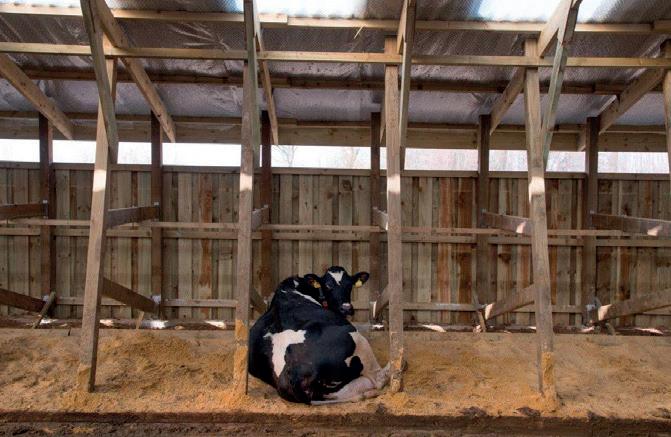
•
•
•
•
•


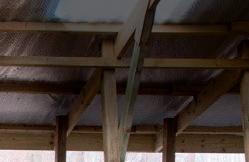



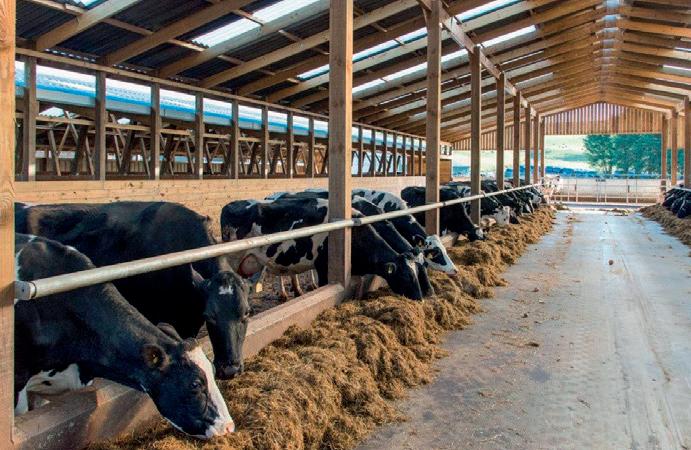
•
•
•
•
•


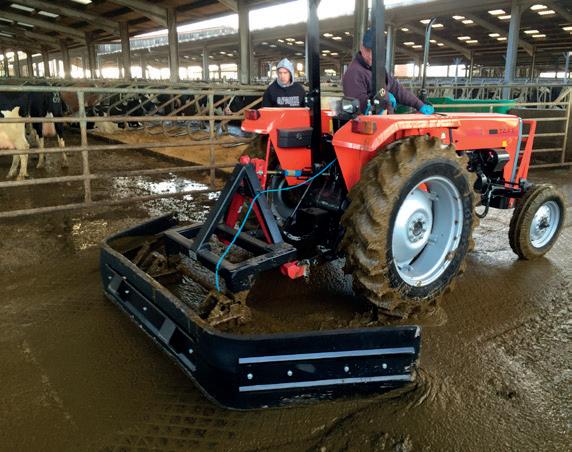
•

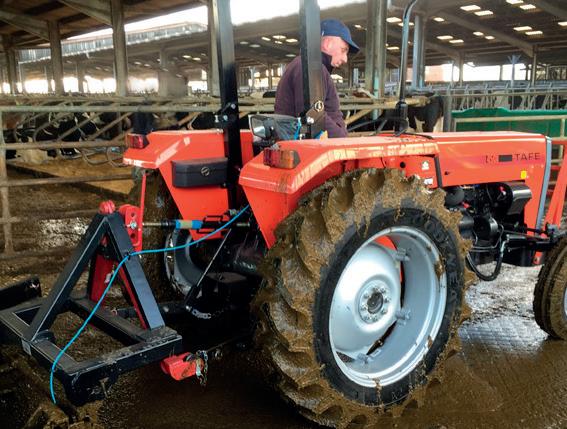
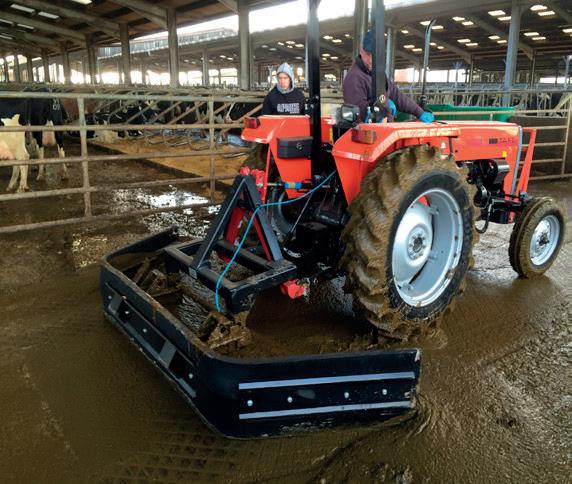


•
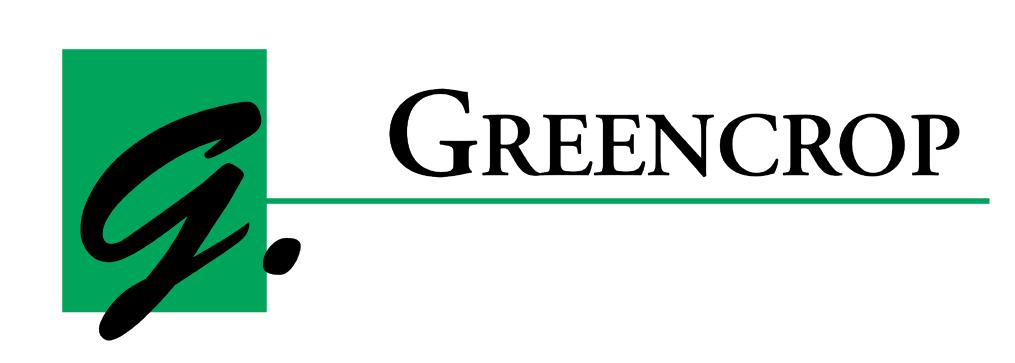
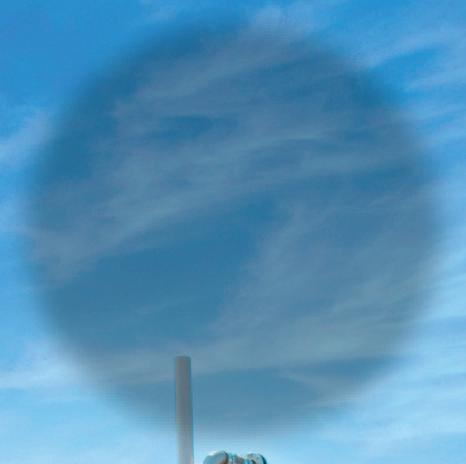
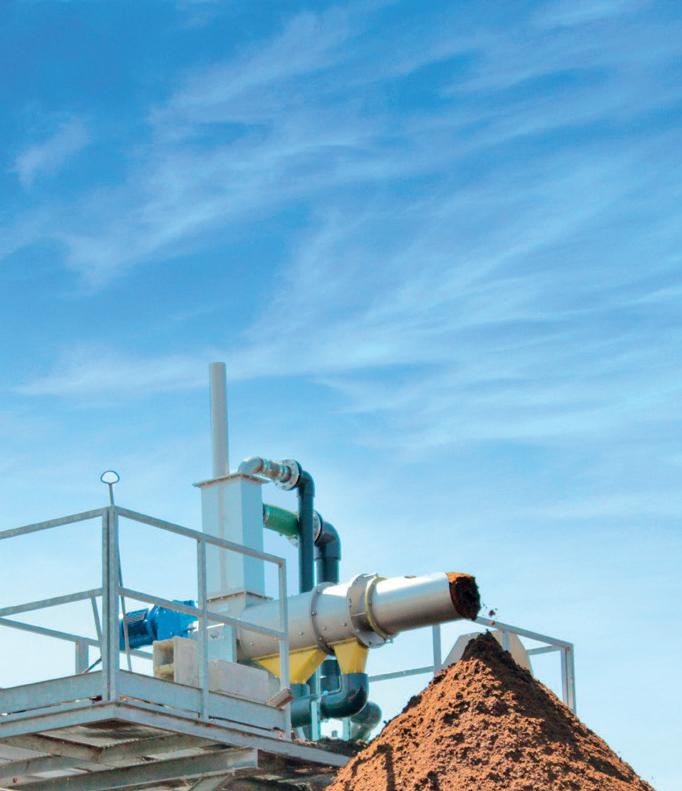

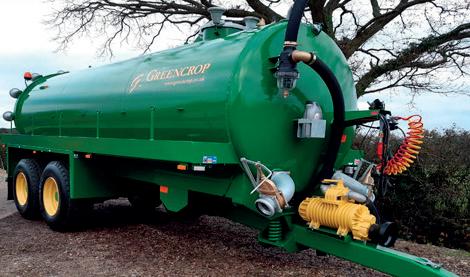
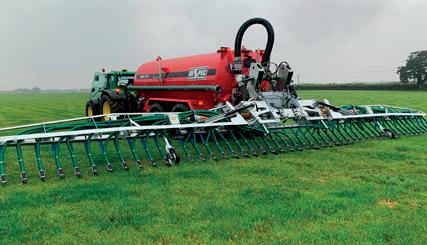

‘B’ Price Indicators
Notes to table
Prices for both Liquid & Manufacturing tables paid for a producer sending 1mltrs/yr on EODC (max vehicle size accessibility) with Bactoscans of 30,000/ml and SCC’s of 200,000/ml with Thermodurics of 500/ml. Excludes capital retentions or AHDB levies, profile adjustments from level supply, seasonality, balancing and A&B price schemes (includes the winter premiums paid in NI). Excludes annual / part annual growth incentive schemes or supplements not directly linked to dairy market price movement. Liquid price for milk contains 4% b/f and 3.3% protein. Manufacturing price for milk containing 4.2%/b/f and 3.4% prot. All prices for non-aligned prices are before monthly retail supplements. (i) Jul’24 prices before seasonality or B pricing (ii) Aug’24 prices before seasonality or B pricing (iii) Table ranked on simple rolling 12mth average of monthly prices Sept’23 to Aug’24. (i) v (ii) The difference Aug’24 compared with Jul’24. UK Arla Farmers 0.78ppl increase for Jul’24 includes 1.366ppkg (1.407ppl) Farm Ahead™ Incentive and Guaranteed minimum supplementary payment of 1.243ppkg (1.280ppl) based on our liquid std litre. UK Arla Farmers 0.81ppl increase for Jul’24 includes 1.426ppkg (1.469ppl) Farm Ahead™ Incentive and Guaranteed minimum supplementary payment of 1.296ppkg (1.335ppl) based on our manufacturing std litre. UK Arla Farmers 0.71ppl increase for Aug’24 includes 1.639ppkg (1.688ppl) Farm Ahead™ Incentive and Guaranteed minimum supplementary payment of 1.243ppkg (1.280ppl) based on our liquid std litre. UK Arla Farmers 0.74ppl increase for Aug’24 includes 1.711ppkg (1.762ppl) Farm Ahead™ Incentive and Guaranteed minimum supplementary payment of 1.296ppkg (1.335ppl) based on our manufacturing std litre. First Milk price includes 0.5ppl Member Premium accrued as a 13th payment paid Apr’25. First Milk Haverfordwest Tesco Cheese Group includes 2ppl retailer premium averaged as 1.5ppl based on seasonal profile. Fresh Milk Company price before Morrisons monthly cheese supplement (payment made in Mar’24 of 0.024ppl for supplies Nov’23 to Feb’24). MMG Direct price includes 1ppl Premium paid quarterly in arrears to Direct/Organic farms meeting specific Müller Direct criteria (Quarterly payments started from Apr’22). Crediton Dairy price includes FarmMetrics Scheme Bonus of 0.5ppl paid monthly. South Caernarfon price includes flat 0.25ppl annual member for 2024/25.
(1.688ppl) Farm Ahead™ Incentive and Guaranteed minimum supplementary payment of 1.243ppkg (1.280ppl) based on our liquid std litre. UK Arla Farmers 0.89ppl increase for Sept’24 includes 1.711ppkg (1.762ppl) Farm Ahead™ Incentive and Guaranteed minimum supplementary payment of 1.296ppkg (1.335ppl) based on our manufacturing std litre. UK Arla Farmers 1.62ppl increase for Oct’24 includes 1.638ppkg (1.687ppl) Farm Ahead™ Incentive and Guaranteed minimum supplementary payment of 1.242ppkg (1.279ppl) based on our liquid std litre. UK Arla Farmers 1.69ppl increase for Oct’24 includes 1.709ppkg (1.760ppl) Farm Ahead™ Incentive and Guaranteed minimum supplementary payment of 1.295ppkg (1.334ppl) based on our manufacturing std litre. UK Arla Farmers 2.53ppl increase for Nov’24 includes 1.638ppkg (1.687ppl) Farm Ahead™ Incentive and Guaranteed minimum supplementary payment of 1.242ppkg (1.279ppl) based on our liquid std litre. UK Arla Farmers 2.63ppl increase for Nov’24 includes 1.709ppkg (1.760ppl) Farm Ahead™ Incentive and Guaranteed minimum supplementary payment of 1.295ppkg (1.334ppl) based on our manufacturing std litre. Fresh Milk Company price before Morrisons monthly cheese supplement (payment made in Mar’24 of 0.024ppl
• Premium Halo LED High-bay with 20W Red Night Light
• Provides 200Lux simulated daylight for indoor dairy lighting
• Durable, designed for harsh environments
• IP66 rated for dust and humidity
• Resistant to dust, water, and corrosion
• Handles temperatures from -40°C to 55°C
For a no obligation quote or more information please contact:
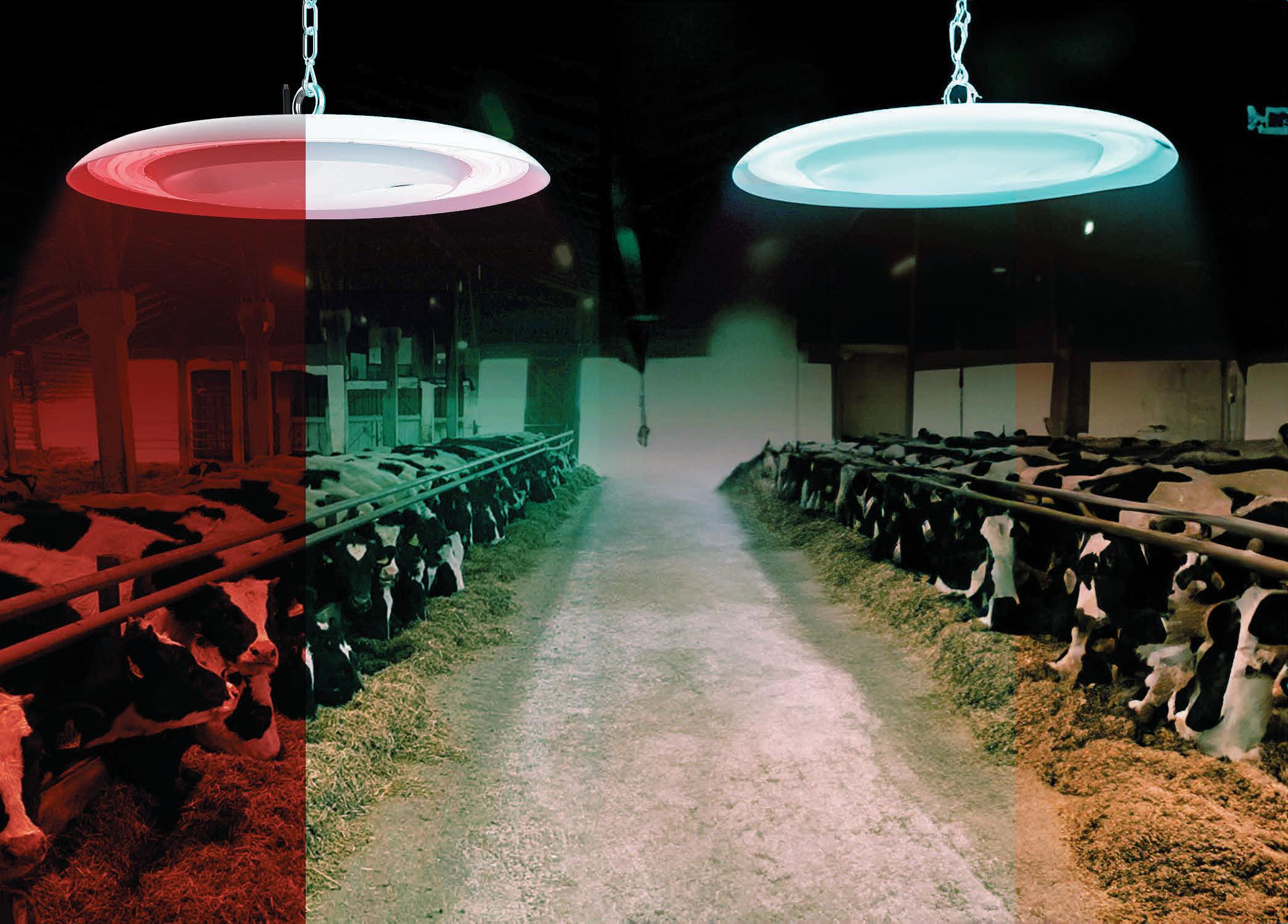
info@cowcaresystems.com



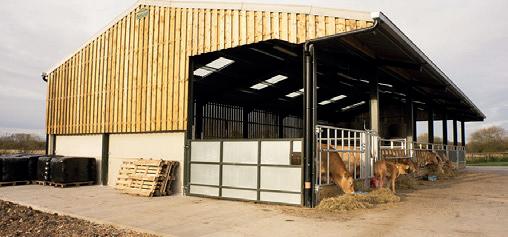
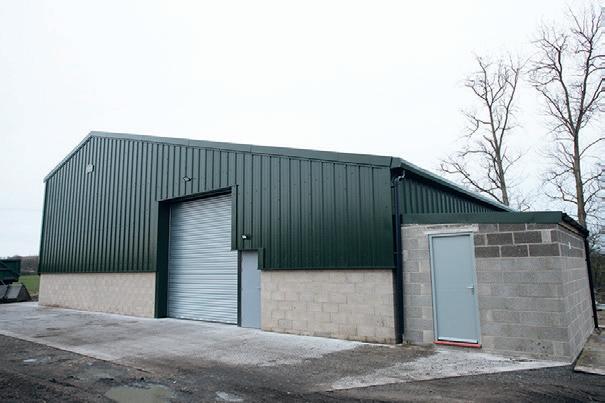

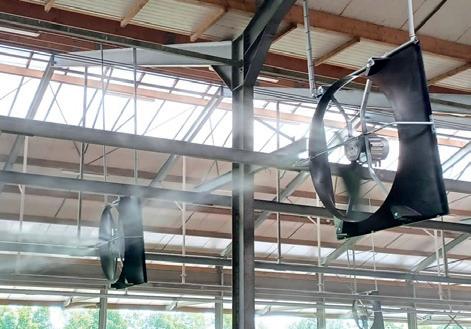

T• Extremely energy-efficient: maximum only 530W/1A!
he daily production gures are showing staggering gains on last year and the longterm average, with AHDB’s latest gures for the start of November showing that UK volumes averaged just over 40 million litres per day – up 1.7m litres/day and over 4.5% more than last year, and some 3% more than the long-term average.
GB milk volumes have averaged 33.5m litres/day, up 1.06m litres and 3.3% more than last year, and up 1.5% more than the long-term average.
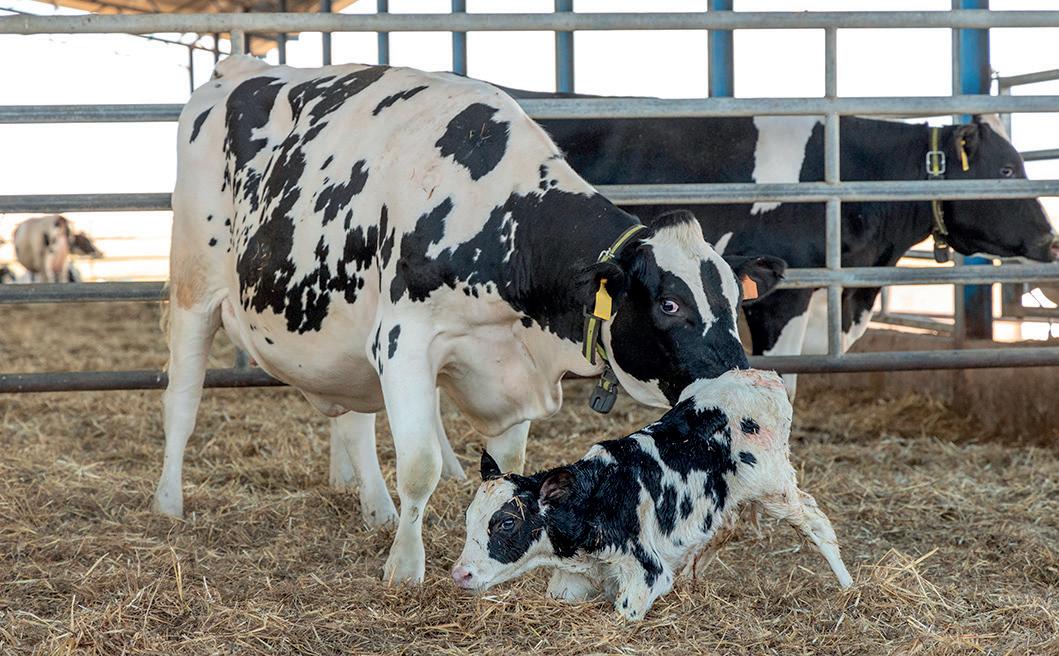
Calving pattern changes have supported the surge in milk volumes, with this year’s September calvings likely to be near 180,000.



• Mains: 400V 50Hz
• High end motor technology
• Direct driven; no slipping
• No frequency control needed
• Built-in thermal safety switch
• No special wiring needed
• Perfect cooling
Tube ventilation
Fresh air for calves
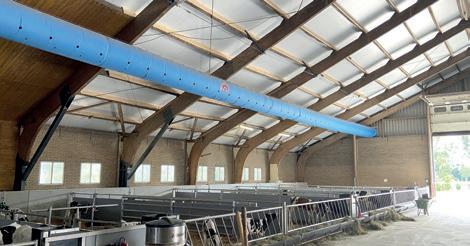
• Healthier calves
• Improved development
• Optimal air distribution without draughts
• Draws fresh, outside air into the barn
• Improved air quality
• No condensation due to use of fabric with micro perforations
Northern Ireland’s volumes are up more than 10% on last year, with the region now contributing 16% of the UK’s total milk.
e volume surge is undoubtedly due to be er weather (especially in
Northern Ireland), a very favourable milk price:feed price ratio on the back of high milk prices, plus a major change in the calving pa ern.
Back in 2016, for example, there were about 150,000 calvings in August and September. By 2020,
September calvings had increased to almost 160,000 births, and then by 2021 and 2022 they were closer to 170,000 births.
Last year topped that gure, and this year’s numbers could be nearer to 180,000.
JDespite the high volumes, and the rising volumes in Europe, commodity prices increased in the first week of November, having dipped throughout October.
One of the main reasons for the upturn was a strong GDT result, as the rise in the index was the second highest since September 2022, with butter a major winner and European prices being propelled to the equivalent of €7,900 (£6,533).
EU spot prices then went €100 (£82) better to top
€8,000 (£6,615), with Q1 butter trades increasing from €7,400 (£6,119) to a ceiling nearer €7,600 (£6,284).
UK butter is relatively unchanged on two weeks ago, at £6,600-£6,750.
Cream has increased to as high as €11,000 (£9,096) on the continent – a new record high.
This is over £3.50 when converted into UK language, but the UK price is between £3.05-£3.09/kg.
SMP also received a shot in the arm from the GDT and in Europe on the back of some increased export demand.
The latest GDT price for Arla’s EU powder was the equivalent of €2,500 (£2,067), thus recovering most of October’s losses.
Cheese in Europe has been on the slide in recent weeks, but the pressure seems to be off and prices are stable to slightly firmer.
Mild Cheddar in the UK is at £4,300, with mozzarella at £3,800.
But there are few spot trades being done as Q4 sales are put to bed, and some sellers say there is limited demand, although one or two traders are reporting more activity and a firmer tone.
Spot milk is also relatively unchanged, staying in the mid-40p zone.
JPartly as a result of the latest GDT, Fonterra has raised its milk price forecast again, with its midpoint price up from $9/kg (£4.17/kg) solids to $9.50 (£4.40), and with the forecast range narrowing from $8.25-$9.75 (£3.82-£4.51) to $9-$10/kg (£4.17-£4.63) solids.
The midpoint price equates to around 35p, with the range
from 33.5-37.5p. The price is well above the cost of production, and this has led to one of the strongest starts for the new milk season in years.
Milk volumes are currently tracking 5% higher on a solids basis, for example, with September’s above 2.7 million tonnes for the first time since 2020.
JThe latest official Defra milk price for September is 43.06ppl at 4.32% fat and 3.44% protein, which is up 1.50p on August. When corrected for constituents back to a standard 4% fat, 3.3% protein standard litre, the price is around 40p. It is now the highest price since March 2023,
when prices were rapidly falling from their 2022 highs.
In reality though, incomes are likely to be even higher, as NMR’s fat and protein for the month are higher than Defra’s at 4.4% and 3.48%. The price has steadily increased from a low of 37.2p in April.


JThe GDT posted its second highest rise of the year at the beginning of November, gaining 4.8% and lifting the average price across all commodities to within $3 (£2.33) of the $4,000 (£3,108) threshold –the last time it crossed this was in September 2022.
Butter was the star of the show, and increased over 8% to take the price to $6,990 (£5,432), which was its third highest price on the auction.
WMP and SMP posted 4% gains to take their respective prices to over $3,700 (£2,875), with WMP beating its highest price this year by $150 (£117)
On current trends, the average milk price for 2024 is on course to cross 40p for only the second
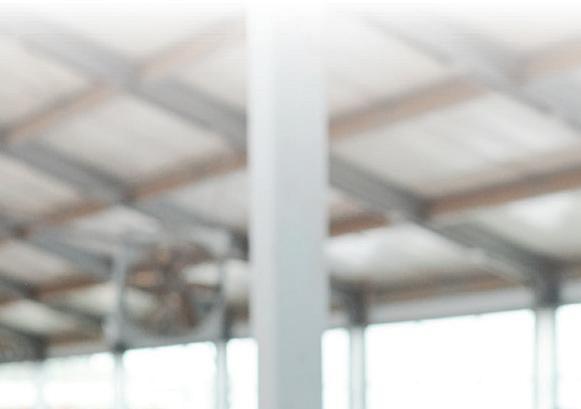


and now the highest since September 2022. SMP went to $2,850 (£2,215), which is its highest price since December 2022.
Cheddar increased by the same percentage to $4,973 (£3,865), its highest since February 2023. Mozzarella also posted an increase after hefty falls on the last two auctions, albeit a modest one of less than 1% to $4,600 (£3,575).
The commodities convert into an approximate UK milk price equivalent of 38-39p, which is up over 4p on the previous auction, largely due to the rise in butter and SMP.
time after 2022. Prices in 2023 ended up averaging just under 39.5p.

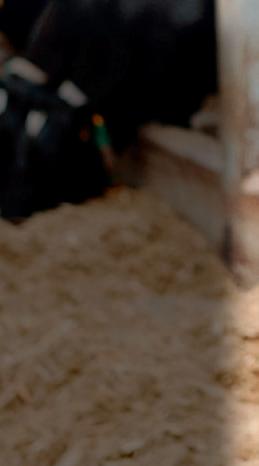

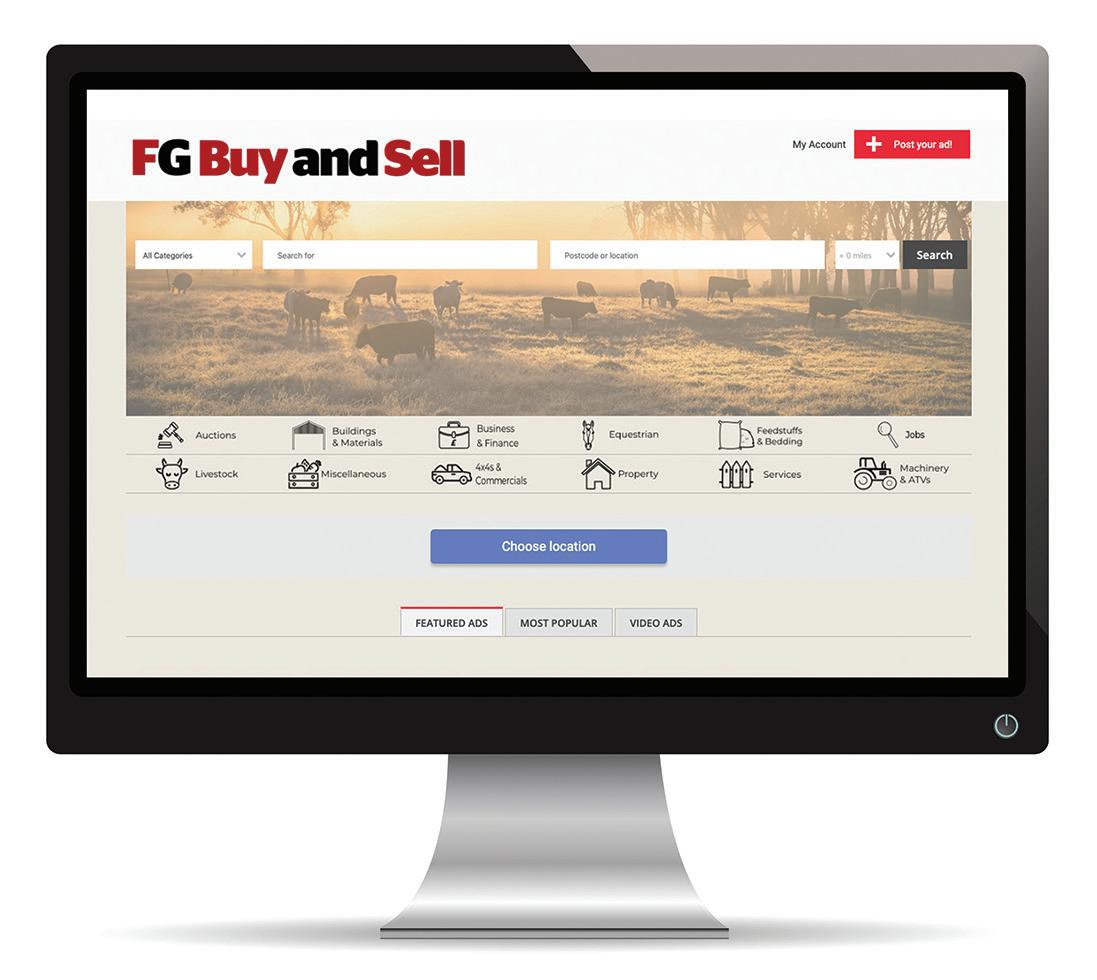

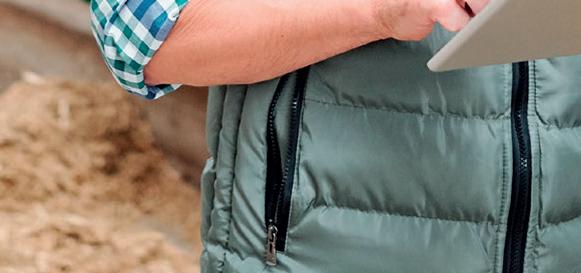

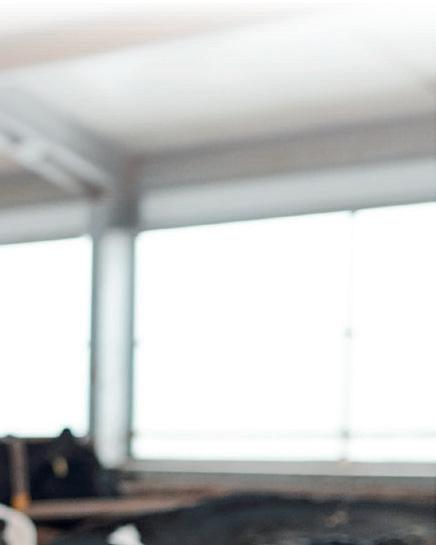
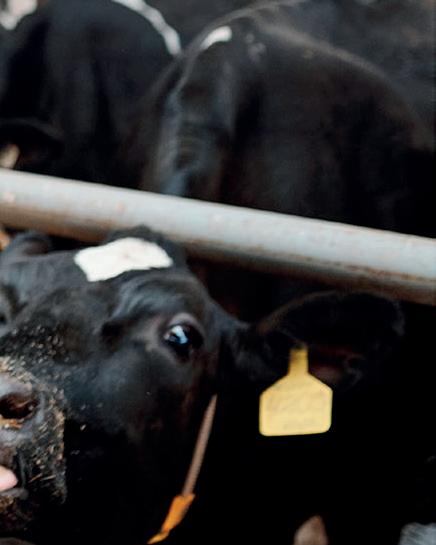
This month, we feature an automated body condition scoring system, a new data sensor solution using artificial intelligence and the news of a new Mycoplasma bovis vaccine.
Anew live, singlestrain vaccine for Mycoplasma bovis is set to be launched onto the UK market in 2025. Farmers have had access to a three-strain inactivated single-shot vaccine since 2019, which is a one-shot vaccination and can be given from 60 days old.
The new, live vaccine differs in that it can be given to calves from an earlier age, from seven days old, with a booster given 21 days later, and the onset of immunity provided 12 days after that.
rMore information from thevets@meadowsvets.co.uk, or 01651 872 481
JNew products are featured in each issue of Dairy Farmer. Please send details and pictures to Katie Fallon at katie.fallon@ agriconnect.com, or call 07815 003 227.
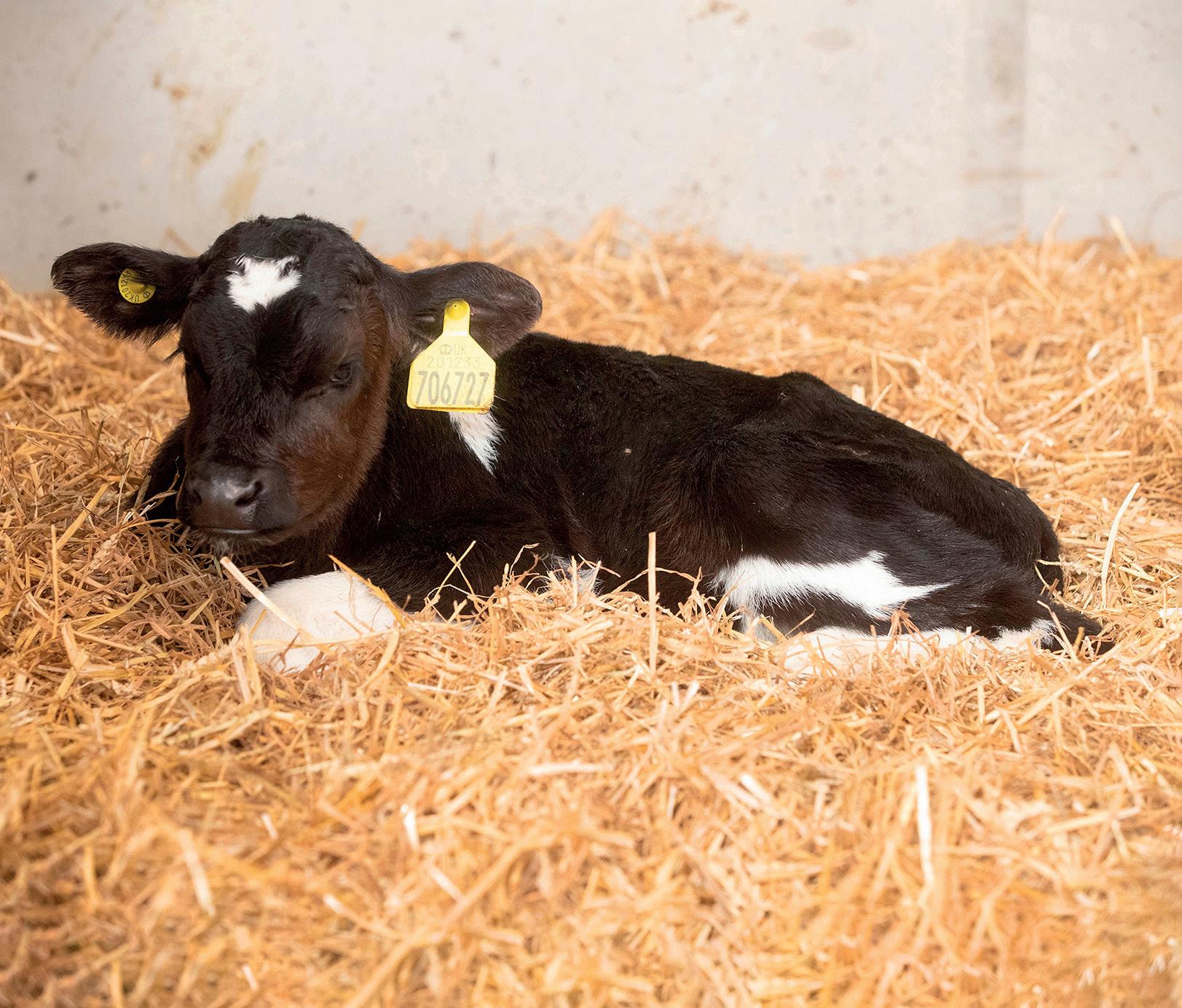
JBerg + Schmidt Animal Nutrition launched several new feed solutions at EuroTier, Germany. The solutions are aimed for optimal livestock management with additional health and performance benefits, and are designed to enhance nutrient absorption, improve feed efficiency and
support overall well-being of ruminants.
One of the products, BergaFat NGF, is fractionated rumenprotected fat with a content above 97% to improve dairy cows’ welfare and performance. The optimal ratio of unsaturated and saturated fatty acid increases the absorption in
the small intestine to provide an extra boost of energy, increasing production and minimising body weight loss.
The LipoAktiv range consists of lipid-coated nutrients produced by fluid-bed technology, and the new LipoAktiv Lys 40 provides a high degree of rumen protection and intestinal digestibility.
Another product, LipoVital WS, provides a stable emulsion designed for use in drinking water for livestock. Its non-volatile nature is ideal and effective throughout the entire gastrointestinal tract.
rMore information from jseib@an.berg-schmidt.com
JDeLaval Plus Behaviour
Analysis is the latest farm management tool from DeLaval. The system uses data sensors to record animals’ behaviour and analyse each cow’s data using artificial intelligence (AI) to help identify sick cows and cows in heat.
DeLaval Plus Behaviour
Analysis can also track cows’ movement to help find cows which need attention, with daily updates and real-time information delivered digitally to help with herd management.
The system uses the new DeLaval BioSensor eartags, which automatically communicate with housing sensors. Data is then shared with DeLaval DeepBlue, an AI-based software which analyses the information using models of cow behaviour, for

heat detection, rumination and eating behaviour calculations, to enable more accurate decision-making.
rMore information from scott.patrick@delaval.com
JSavings of up to £75 per cow can be achieved by dairy farmers in the South West, with the new body condition scoring (BCS) system developed by CattleEye.
The solution complements the existing lameness monitoring solution introduced to the UK market by CattleEye in 2022.
The BCS system enables farmers to prevent productivity loss and reduces veterinary costs, requiring no hardware on the animal, and installation involving only a security camera at the exit of a milking parlour.
Advanced artificial intelligence does the rest, delivering actionable insights directly to
the farmer. Regular BCS will allow dairy farmers to optimise feeding costs. And by combining scores with milk production data and days in milk, the CattleEye app allows farmers to measure the impact of a specific ration, allowing them to increase margin over purchased feed.
The video monitoring system allows users the flexibility of having either or both locomotion and BCS insights using a camera which costs about £150 to purchase and install.
rMore information from geoff@foundrymarketing. partners, or 07894 831 677
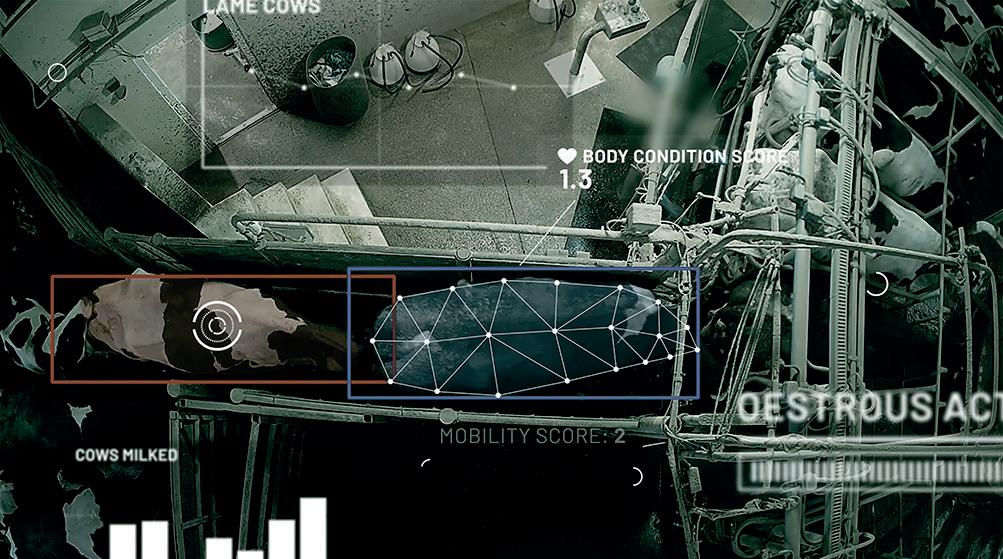
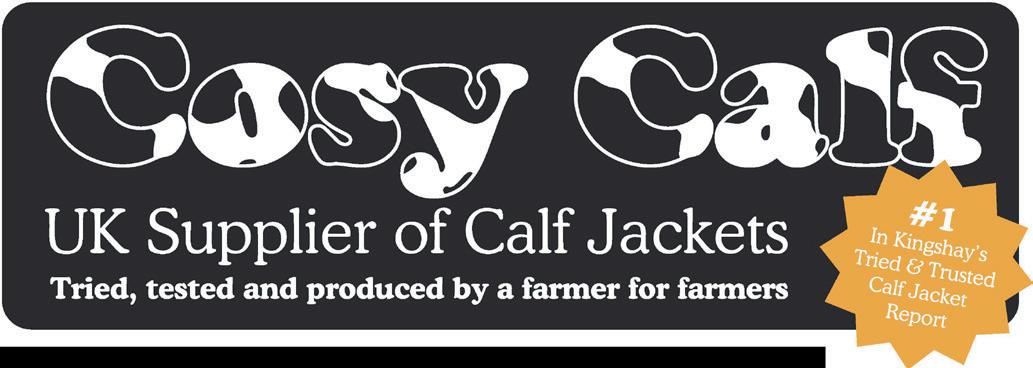

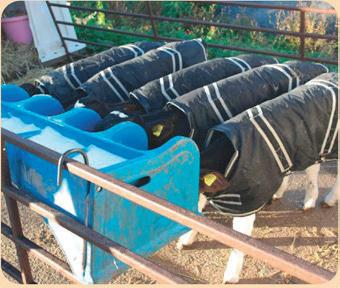





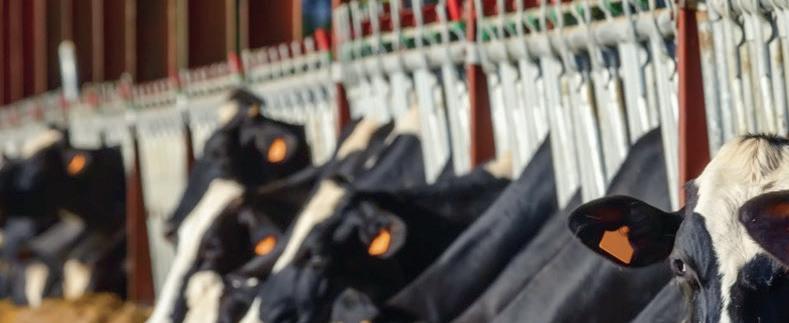


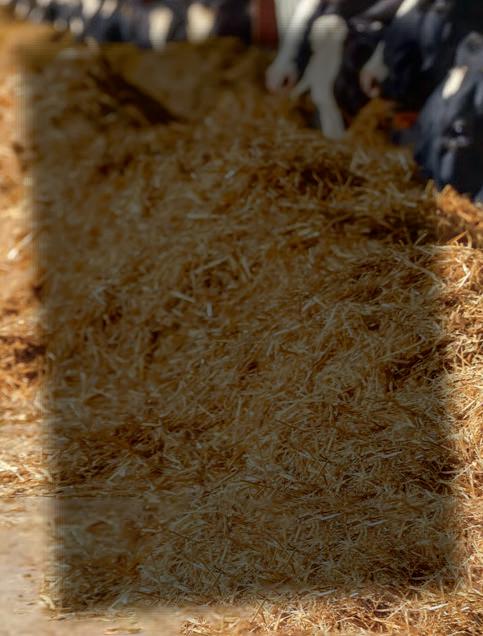




































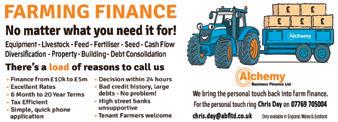



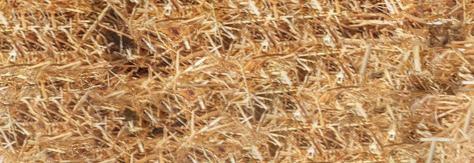


With recovery and recycling for farm plastics limited in some parts of the country, one organisation is working to improve the options for farmers. Hannah Morgan reports.
Currently, about 2530% of agricultural plastics are recycled in the UK, which is signi cantly less than countries such as France (75%), Germany (70%) and Ireland (95%).
However, not-for-pro t organisation Agriculture Plastics Environment (APE) is looking to change that.
e industry-led body, funded by manufacturers, distributors and merchants supplying farmers and growers, was launched in the UK four years ago.
APE chief executive Ian Creasey says its focus is to fundamentally improve UK agricultural plastic recycling rates and reduce the shortfall the UK currently has in comparison to other countries.
He says: “ e sense we as an organisation are ge ing is that farmers want to recycle more but are limited because of high costs or because outlets to do so are not available in their area, and so recycling does not get done.
“Costs can typically range from between £150-£300 per tonne for harder-to-recycle plastics like silage bale wrap, silage sheeting or mulch lm.
“ ese materials are o en typically dirty or wet too, and therefore heavy, which contributes to pushing up the cost for farmers.
“Another common scenario we see is some confusion or misunderstanding between farmers and col-
The amount of agricultural plastics currently recycled in the UK.
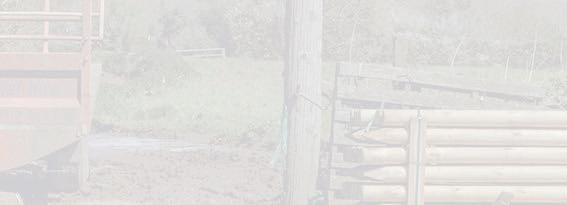
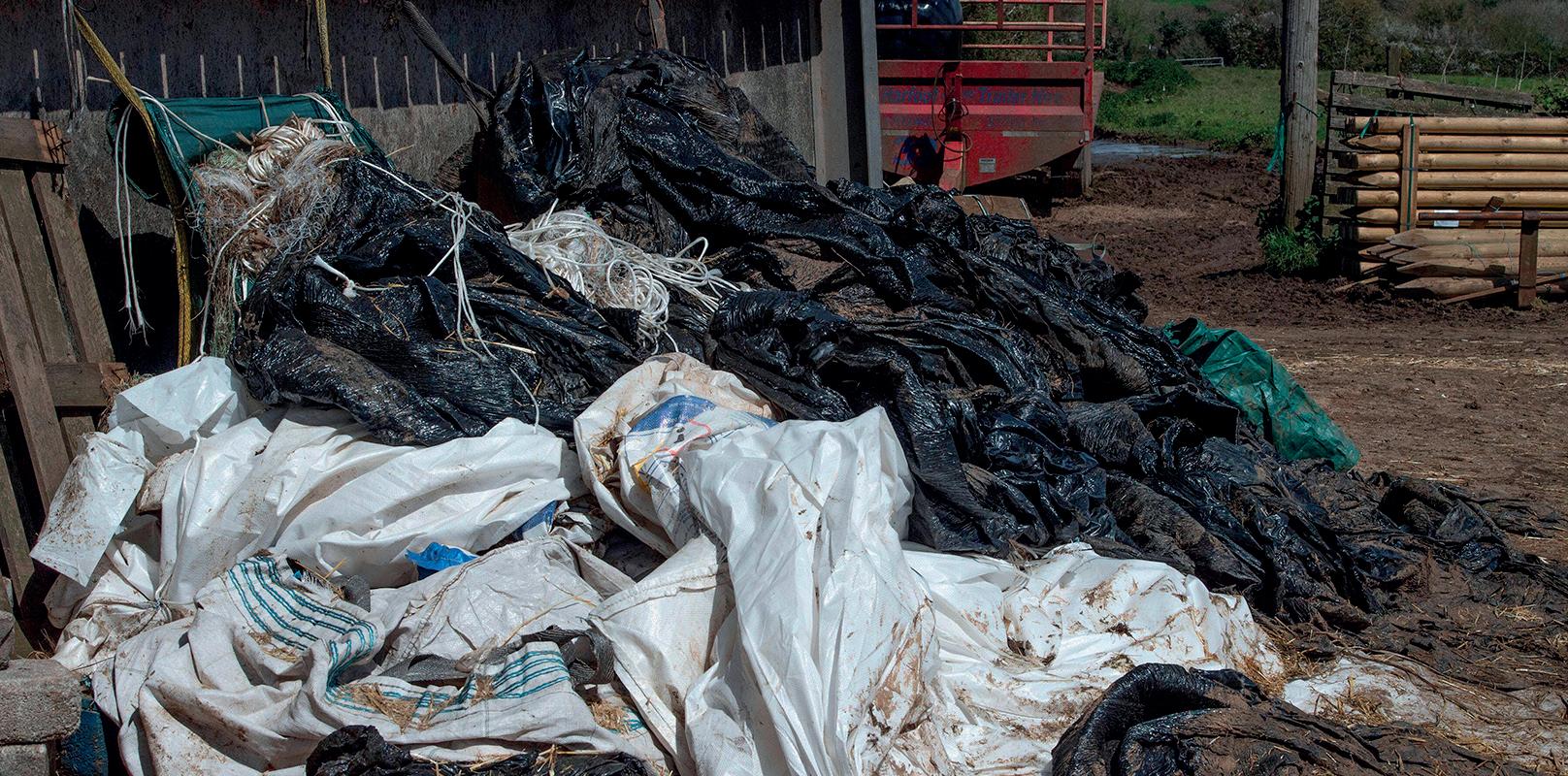
lectors of this kind of waste. It might be collected by a local council, for example, for what is assumed to be recycling, but the council may then not want to cover the recycling cost so the products end up in land ll.
“ ere are parts of the country that are very well served with collectors and recycling capability, but many regions simply do not have this resource or structure in place.”
To address this, APE is looking to build a national recycling structure focused on a network of bring centres or collection points.
“Solutions have got to be easy, accessible and a ordable for farmers or they will never work,” says Mr Creasey.
“Having bring centres or collection points has proved to be a signi cant part of the success model in Europe and other parts of the world.
“ ese centres are open at various times of the year within a 10-15 mile radius, for example, of a group of farms. Farmers can then take their products here, rather than just relying on on-farm collection.
“ is is not only cheaper for farms but can also create a sense of momentum within communities and awareness that on a particular date, plastic waste can be dropped o at a bring centre and then picked up by a collector or recycler.”
Key to this, however, is the requirement to sort and separate plastics, which is part of the education process APE wants UK farmers to go through with the manufacturers, distributors and merchants it is working with.
e overarching ambition APE is working towards is for UK agri-plastics recycling rates to move upwards of 60% in the next four to ve years.
Mr Creasey says: “It is an ambitious target, but the UK needs to be up to recycling 70-80% of its agricultural plastics in this time, not just from a more e cient use of resources perspective but also an environmental one – that is what is driving APE to work with and across
the whole sector to improve UK agricultural plastics recycling rates.
“ ere is a lot of work going on both to reduce the volumes of plastic used on-farm and increase recycled content, but it is di cult to imagine right now how we can take plastic out of farming. [What is needed is] a more sustainable approach to the whole process of recycling what is used.”
Crucial to making this happen is engaging with Government, says Mr Creasey.
“Engaging with UK Government to get their input and support to increase agricultural plastics recycling without costly legislation is an important step. In England, we are working to engage with Defra to get agricultural plastic recycling supported and incentivised, potentially as part of the Sustainable Farming Incentive.
“In order to be a sustainable farming enterprise, there has to be a solution to agricultural plastic waste – it cannot just be dumped in a land ll or burnt.”

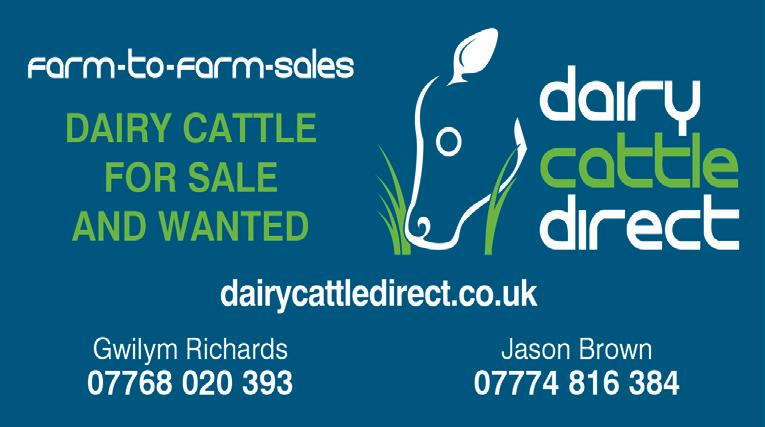


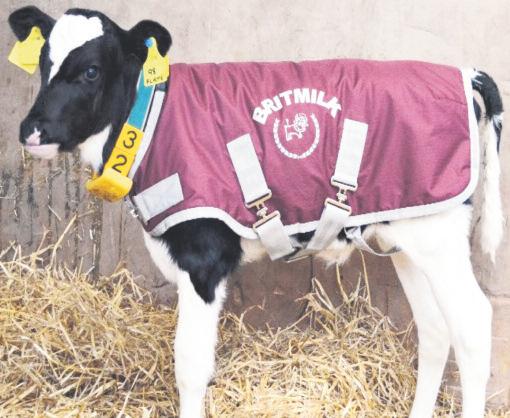





‘That
This month, Roger Evans discusses who is buying farms in his area, food security and the use of metric measurements for length and area.
Icall it ‘city money’, but I could be wrong there. Truth is, I have no idea where the money comes from; all I know is that the people spending it are not real farmers and therefore the money they spend is not ‘farming money’. It could be from the city, but it could also be from elsewhere.
What I do know is that two farms changed hands about three months ago and, as yet, no-one is farming them.
Previously they were farmed by tenants, tidily, but the tenants are now gone and who knows which fud owns them now.
Not that I know these farms well, but they are roadside farms, and for someone as nosey as me they are ideal to keep an eye on.
In just a few months they have gone from active, tidy farms to unkempt places.
The first giveaway is the empty farmhouses without curtains, but that is soon followed by the yard. There is no traffic on the yard.
No human feet, no tractors and certainly no livestock. The yards quickly become a mass of weeds.
There is no livestock in the fields and no cattle in the buildings. The fields will soon be grazed by sheep and the buildings will soon be full of cattle. I bet other farmers have got their eye on what is going on.
That is one of farmers’ weaknesses – their inquisitive nature. I am in that category. I never ever thought I’d see empty farms, not in this country anyway. So much for food security.
I don’t think politicians are a bit bothered about food security, as they take food supplies
for granted. We need a modern day equivalent of U boats to focus our minds.
We need empty shelves in supermarkets and it’s my guess we won’t have to wait long for that. Just 1% too much corn can be a glut, just as 1% deficit can be a shortage. All the signs are that we are heading for a shortage.
Some months ago I made an assumption. This is dangerous; you should never assume anything. It’s a bit like asking an important question. You should never ask an important question unless you know what the answer is going to be. That way lies disappointment.
I don’t know why, but I had assumed that once we had left the European Union the headlong rush to become metric would be over. I’ve no problem with kilos and litres, but I’ve avoided distance and area, to be honest. I’ve not tried to get my head around some of that.
I know that in the past a good cow would give you 1,500 gallons of milk and now there are whole herds averaging more than 12,000 litres, which is a lot of milk.
I understand why garages quote the prices of petrol and diesel in litres; if people knew just how much they were paying for a gallon, there’d be a riot.
I’m not advocating the use of chains or furlongs, I’ve never used them. The only people who seem to still use furlongs are the horse racing fraternity and I have watched quite a lot of horse racing on Saturday afternoons on TV.
I’m not so bothered about the actual races, but I like to watch the horses being led around,
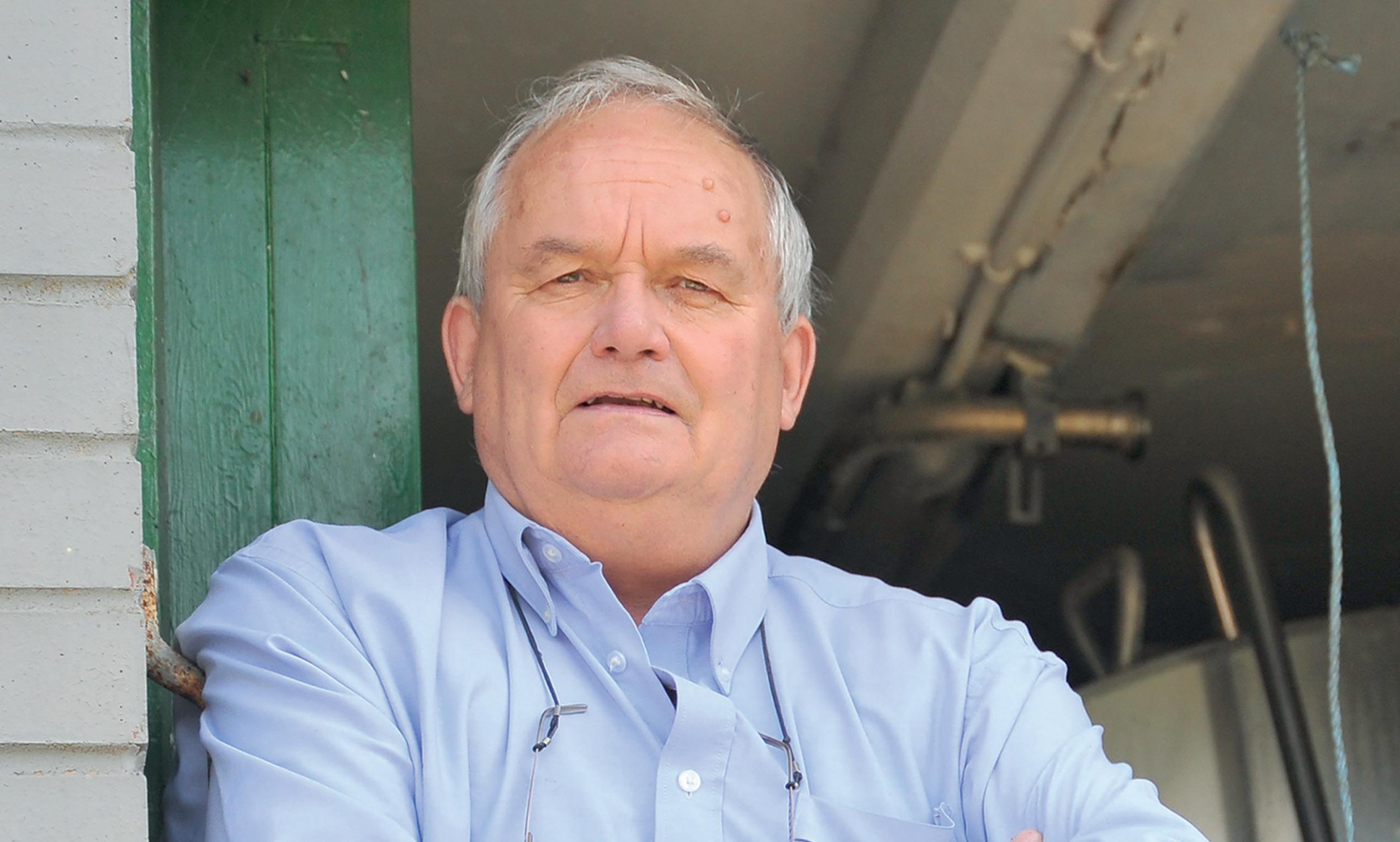
“I’ve never used a washing machine, but I bet I could, so I feel better
pre-race, and I like to watch them being loaded in the stalls.
A hectare has always seemed too big to me. I used to step out an acre when I used to put grass seeds on.
When I put grass seed on, I used to use a Vicon spreader with a pendulum mechanism. It was a bit hit and miss; sometimes you got it right and sometimes you got it wrong. ere was always an element of luck in this.
I rarely stepped out a second acre. It was a case of opening the hole in the plates that the seed fell through, or closing it up, and thinking: “ at looks about right.”
I don’t know what they do now, they’ve probably got some sort of meter which tells them how many hectares they’ve done.
I know that, ever so gently, my role changed and I was put to roll grass seed in, and as we all know, rollers don’t need calibrating.


What I also know is that if I talk to my grandchildren in feet and inches they don’t have a clue what I’m talking about, just as if the weather lady on the TV says we can expect so many millimetres of rain. She’s lost me.
My youngest grandson has just started his rst year at university. He’s studying maths and computer science. I know very li le of maths and even less of computer science, so I’m keeping my head well down. We are with my daughter, his mother, when she receives a phone call from him. He’s in panic mode.
When you take out all the expletives (I wonder where he learned language like that), turns out he can’t get his washing machine to go. I’ve never used a washing machine, but I bet I could, so I feel be er. Bet he couldn’t step out an acre.

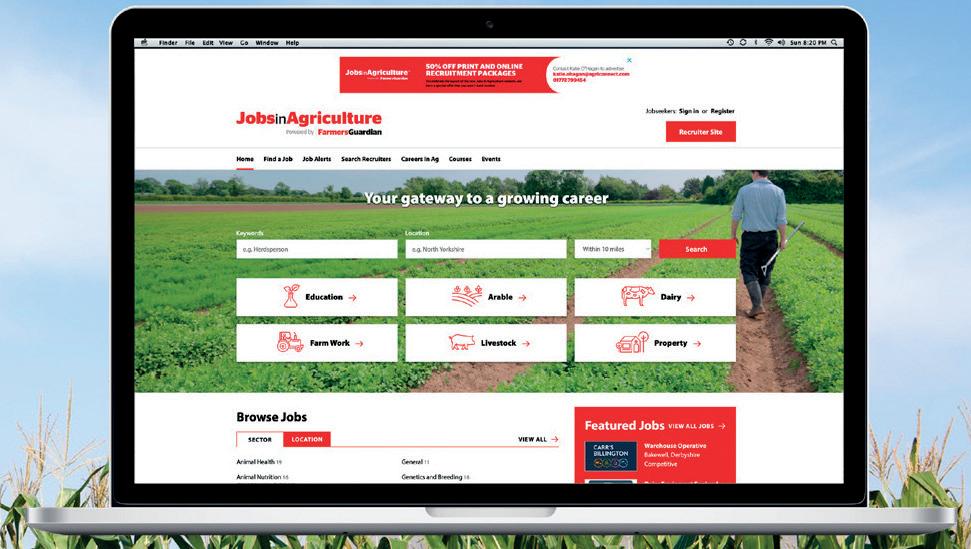


Poor business structures and lack of tax planning can sink an otherwise viable farming business and recent changes announced in the Budget make it more important than ever.
e main changes were to Agricultural Property Relief (APR) and Business Property Relief (BPR), Inheritance Tax (IHT) reliefs which currently cover shares in a farming company or interest in a farming partnership.
In the past, handing on a working farm either in lifetime or on death did not a ract any IHT, provided the conditions for APR and BPR were met. However, from April 6, 2026, while there will still be 100% tax relief on the rst £1 million of an active farming estate qualifying for APR or BPR, that reduces to a 50% relief a er values exceed £1m.
On the remaining estate, 40% IHT will be levied. In e ect there will be a 20% rate for APR and BPR qualifying assets above £1m, held on a per taxpayer basis.
In introducing the new allowance, Chancellor of the Exchequer Rachel Reeves said that 73% of farming estates would not be a ected by it. She based that on gures from 2021/22.
Analysis of 3,200 farm and land sales on the UK Land and Farms website shows that 43% of what is on o er is under £1m. However,
JDrawing on 11 scholar reports published in the last few years, Nuffield Scholarships and the Royal Agricultural Society of England have published a guide to succession.
Benefits of acting on succession, according to 2011 Nuffield Scholar John Martin are:
rFamily unity and happiness
rContinuity of family success
rIn control of managing change
Getting the structure of your dairy business right can inject fresh motivation for all its owners and deliver much-needed security in a period of uncertainty. Cedric Porter reports.


many of those units are residential holdings with a few acres that will mainly not be used for commercial farming.
With many farms selling for £10,000 an acre, few holdings of more than 100 acres will be IHT free without some pre-planning.
rDoing what you want to when you want to
rOpen communication with family members
rExpectations are real
rBuilding on each other’s strengths
rInvolvement and being valued for your contribution
rEstablish disciplines to monitor and revise plans
rFlexibility to change course as circumstances change
rFor more on succession, see p74
Following widespread condemnation of the new rules, Defra sought to clarify the new arrangements. It said that they do not alter the right to pass on up to £325,000 of general wealth per individual IHT free and £500,000 if a residence is passed to a direct descendant.
No IHT is due if assets are passed to a spouse or civil partner. In e ect, Defra claims that an individual can pass £2m to direct descendants (including children and grandchildren), with a couple able to pass on £3m, but seeking advice is recommended.
If a farmer passes on their farm more than seven years before their death then there should be no IHT bill, with the contingent amount of IHT reducing a er three years from the point of the gi . at could be a spur to pass the farm onto a new generation earlier, which might be be er for the business.
However, provision will need to be made for the retiring farmer. In most cases, an IHT bill will be able to be paid in 10 annual instalments, according to Defra.
Owned assets such as cows, plant and machinery will also fall under the new system, with an e ective IHT rate of 20% above the £1m threshold.
Lucy de Gree , a director in the private wealth and estates team at chartered accountants Sa ery, says it has never been more im-
portant to look at a farm’s business structure.
She says: “It is all about peace of mind, and e ciency in business terms. Having a conversation early and with all those involved in the business is a sensible idea.
“Lifetime gi s are still an important mechanism, with no changes to those rules in the Budget. Such gi s can mitigate against IHT charges on death, essentially by passing on value to the next generation within lifetime rather than on death.
“In terms of asset protection, trusts can still be helpful, as can companies, but it will be important to consider values, long-term intentions or goals and when the right time to pass on assets is in each individual circumstance.”
She says life insurance policies can be used to help pay for IHT, but by their very nature, premia will become more expensive as the insured individual becomes older. Pu ing a policy in a trust should mean the proceeds of the policy fall outside of the chargeable estate for IHT purposes.
Business planning should not just focus on succession, adds Ms de Gree , but also the long-term goals of the farm.
“It might feel less daunting to think about objectives – do you still want to be milking twice-a-day when you are in your late 70s? If not, how do you imagine the farm
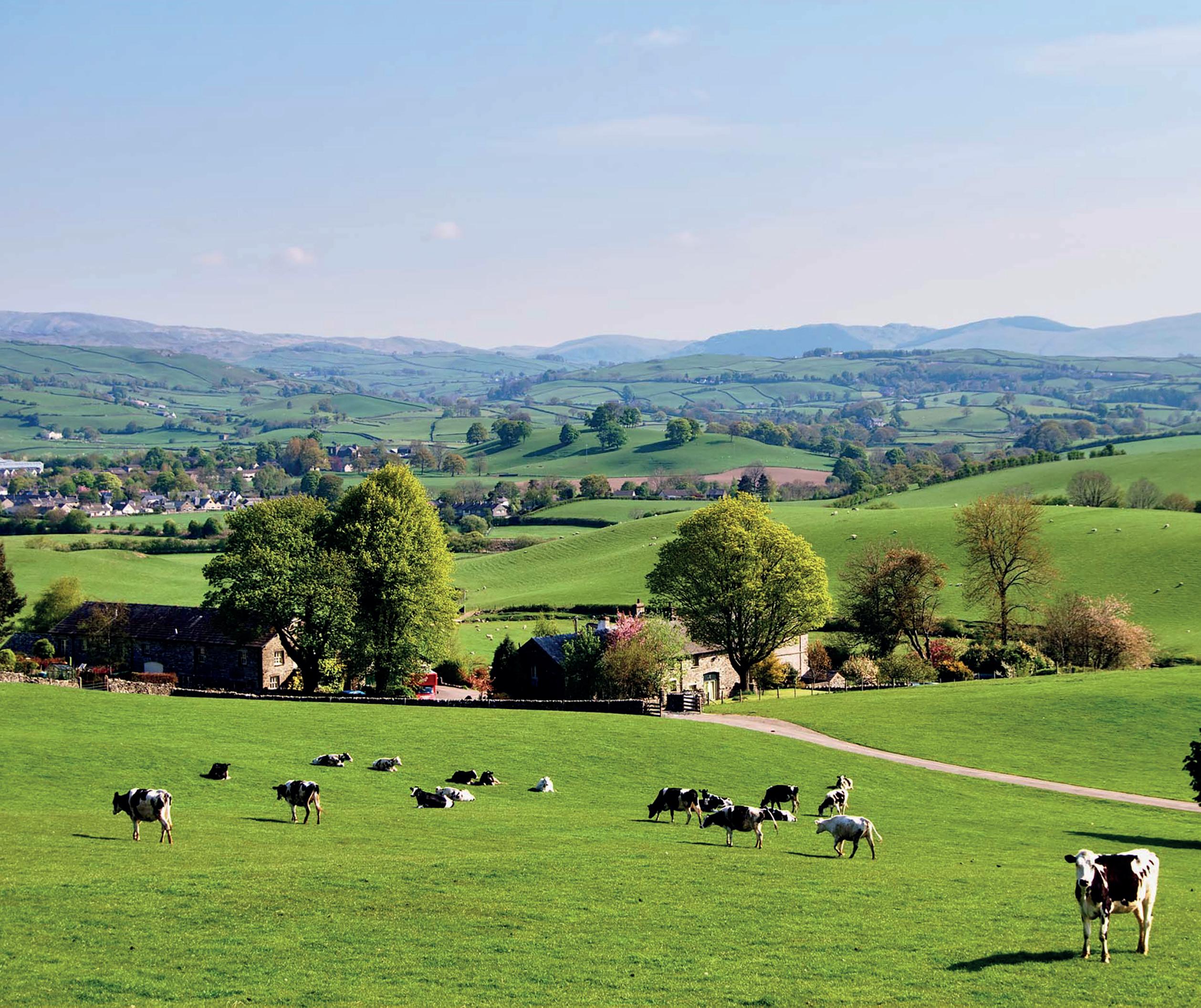

will operate? Who are the key individuals who should be involved in the decision making?
“Sometimes the reluctance to talk about things comes from feeling that the responsibility lands on one person’s shoulders, so it can be helpful to get everyone who is involved around the table and hear their views.”
e Chancellor also announced an increase in Capital Gains Tax (CGT) rates with immediate e ect from Budget day. e main rate increased to 24%, with a 14% rate for business asset disposal relief-qualifying assets before April 6, 2025, increasing to 18% for disposals a er April 6, 2026. Rollover relief has not changed, so farmers selling an asset, including land, should not pay CGT if they are reinvesting in another eligible farming asset.
A planning meeting can also discuss the structure of a farm.
Ms de Gree says: “We commonly see three main operational structures. Firstly, sole traders: this is potentially the most simple option, but there is no limit to liability.
“Partnerships are another option. ere are o en tax e ciencies available when transferring interests in partnerships between individuals, although these will be reduced by the APR and BPR allowance change.
“Finally, a limited company may also be considered: this o ers limited liability, while the main rate of Corporation Tax is lower than the higher or additional rates of Income Tax.
“However, if cash is being withdrawn from the company by way of dividend or salary, the e ective rate of tax is much higher. Accounts are also led at Companies House so available on public record,” she adds.
JOther changes to the Budget include the capping of the English Basic Payment Scheme supports at £7,200 in 2025.
Now a farm that received up to £30,000 (up to 129 hectares) before Brexit will receive £56/ha, when it was expecting £87/ha before the cuts were made.
A farm receiving £150,000 (more than 643ha) pre-Brexit will get just £11/ha. Before Brexit all payments were at £220/ha. Because farm payments are devolved there were no changes to support in Scotland, Wales and Northern Ireland from Chancellor Rachel Reeves’ Budget announcement.
Michael Haverty, partner at The Andersons Centre, says:
“For farms heavily reliant on support, this change may necessitate difficult decisions, either by adapting operations or exiting the sector.
“However, land that becomes available will likely be acquired by other producers, maintaining overall farming activity.”
The immediate increase in employer’s National Insurance (NI) from 13.8% to 15% and the lowering of the rate when NI has to be paid from £9,100 to £5,000 a year along with a 4.8% rise in the main National Minimum Wage to £12.21 an hour, will also add to business costs, says Mr Haverty.
The
Budget has put succession planning in the spotlight, but how do you start the conversation? Katie Fallon reports.
Succession remains a di cult subject for many farm businesses, with communication o en a barrier to achieving a successful transition. However, farmers are being encouraged to start broaching these conversations now, before a time of crisis.
Speaking at a recent AHDB event in Harrogate, North Yorkshire, farm family transition expert and coach, Elaine Froese, from Manitoba, Canada, said the industry needed to change the way it thought about succession, as the ‘old way was not working’.
Ms Froese, also known as ‘Canada’s farm whisperer’ said conversations around succession o en involved discussions about nances and death, which were
The more you want family harmony, the more you are going to have to open the box and stop keeping secrets
ELAINE FROESE
two topics most families tended to avoid.
Ms Froese said this avoidance was not only impacting the families themselves, but also the future of agriculture.
She said: “ e avoidance of con ict is killing agriculture all over the world, as is procrastination.”
Ms Froese advised farmers that con ict in the context of succession was not always a bad thing, and that con ict resolution was a business risk management strategy and could lead to ‘good arguments’.
She added: “You can have really good arguments, because when you have be er, robust conversations, you can have clarity.”
As a result, Ms Froese said farming families needed to start having these conversations on succession now, and advised it was important to remain transparent in the process.
She said: “You have no idea what your family is thinking, needing or wanting, because you have not had these conversations yet. “ e more you want family harmony, the more you are going to have to open the box and stop keeping secrets.”
When looking at the younger generation coming through, Ms Froese advised young farmers
Farmers are being encouraged to start broaching succession now, before a time of

crisis.
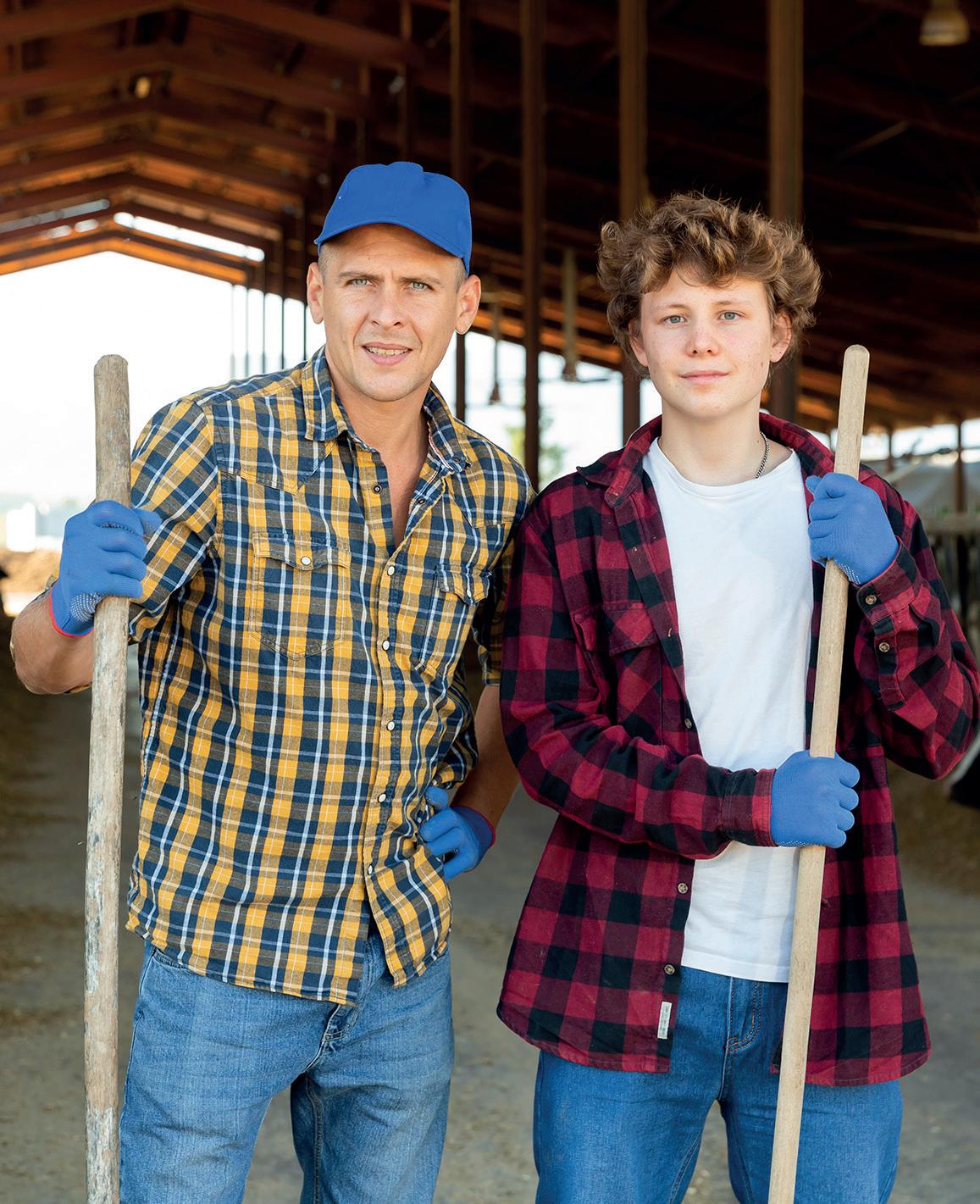
to harness ‘the power of a le er’ and write a le er to their parents, prompting conversations about the future.
She said: “ ink about what you need your parents to understand. Do they know what you really want? And when was the last time you showed your parents some appreciation? But that also works both ways.”
Ms Froese said lack of appreciation in farming families was killing family harmony, with pride and stubbornness sidelining farm businesses.
Looking to the older generations, Ms Froese said some family members might struggle with succession planning due to fear of losing their identity or their wealth.
She said: “Ask your parents what a good day on the farm looks like for them going forward and what does stepping back from the farm look like without stepping away?”
She added that, in some cases,
the younger generations’ inexperience could also be a reason for the older generations’ reluctance to let go of farm equity. In this case, she advised families to create learning plans for young farmers to develop their skills and prepare for succession.
She said: “ e gap between willingness and readiness is growing, and part of the reason is due to personal development.
“Know what you do not know and gure out what you want in your learning plan. e stu you do not know, outsource, such as farm accounts.”
She also advised families to consider their farm culture, especially around making mistakes. She said: “What is the culture on your farm? Is there a culture on the farm that mistakes are okay?
“We are all lifelong learners, but is there a fear of passing the baton to the inexperienced?”








